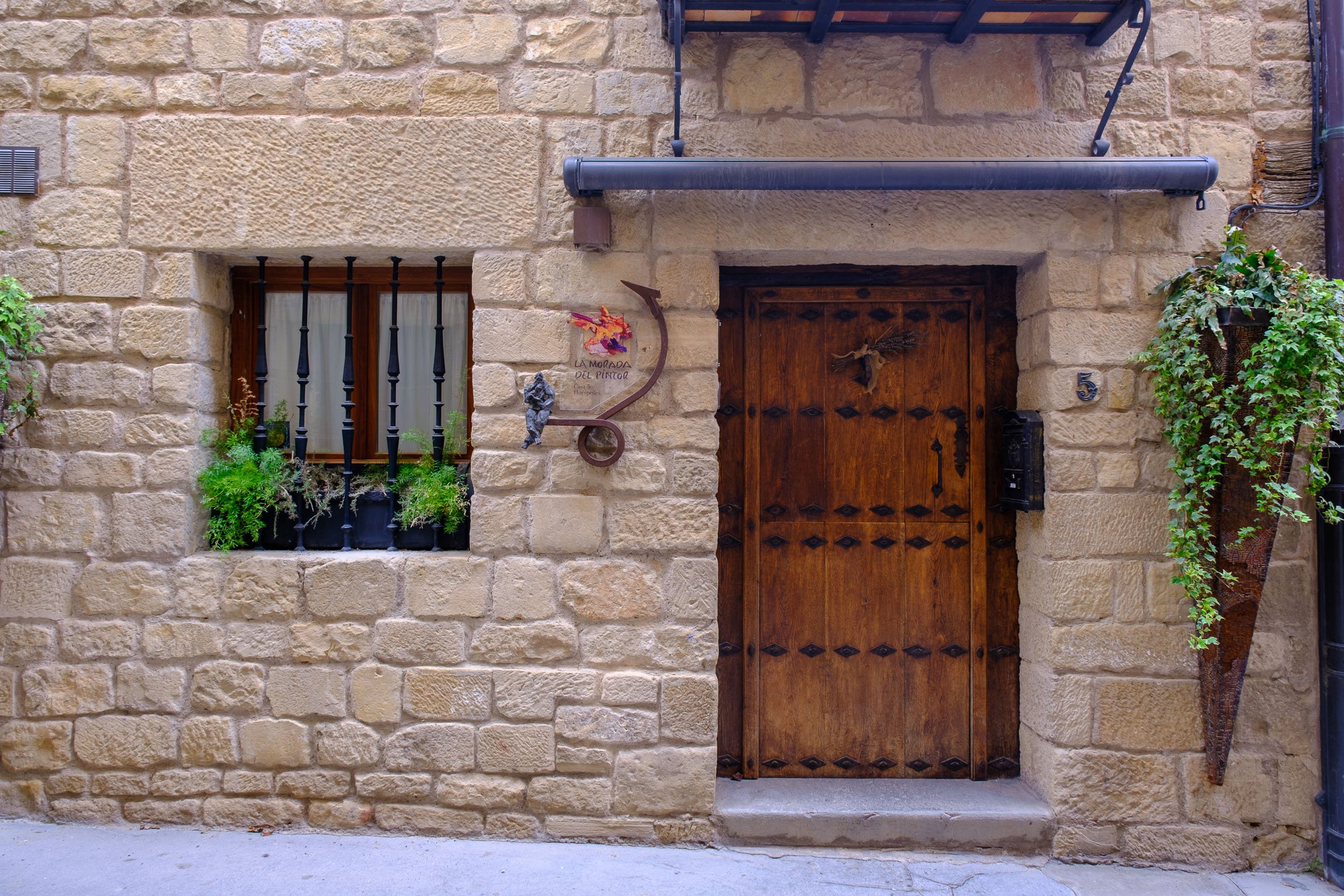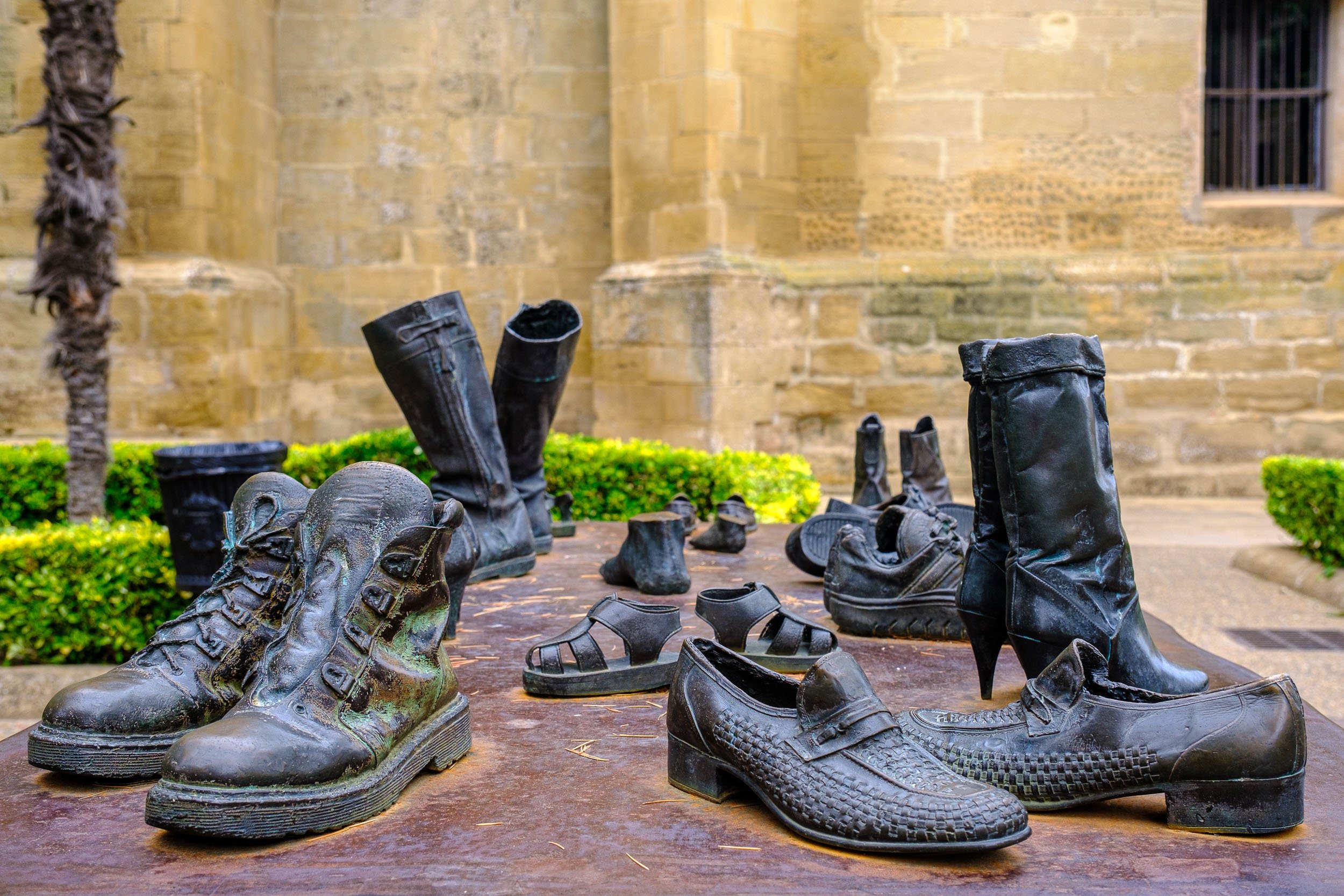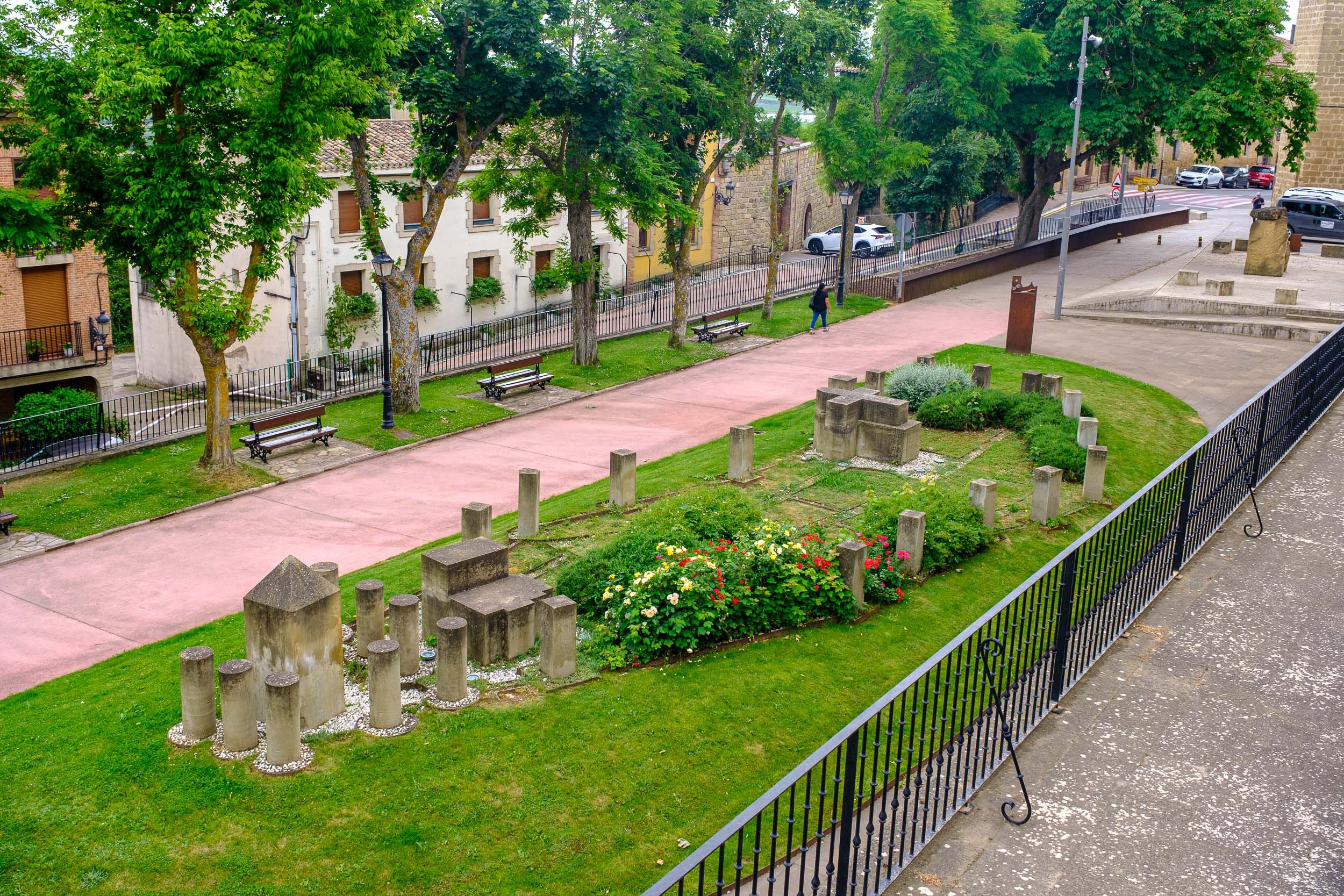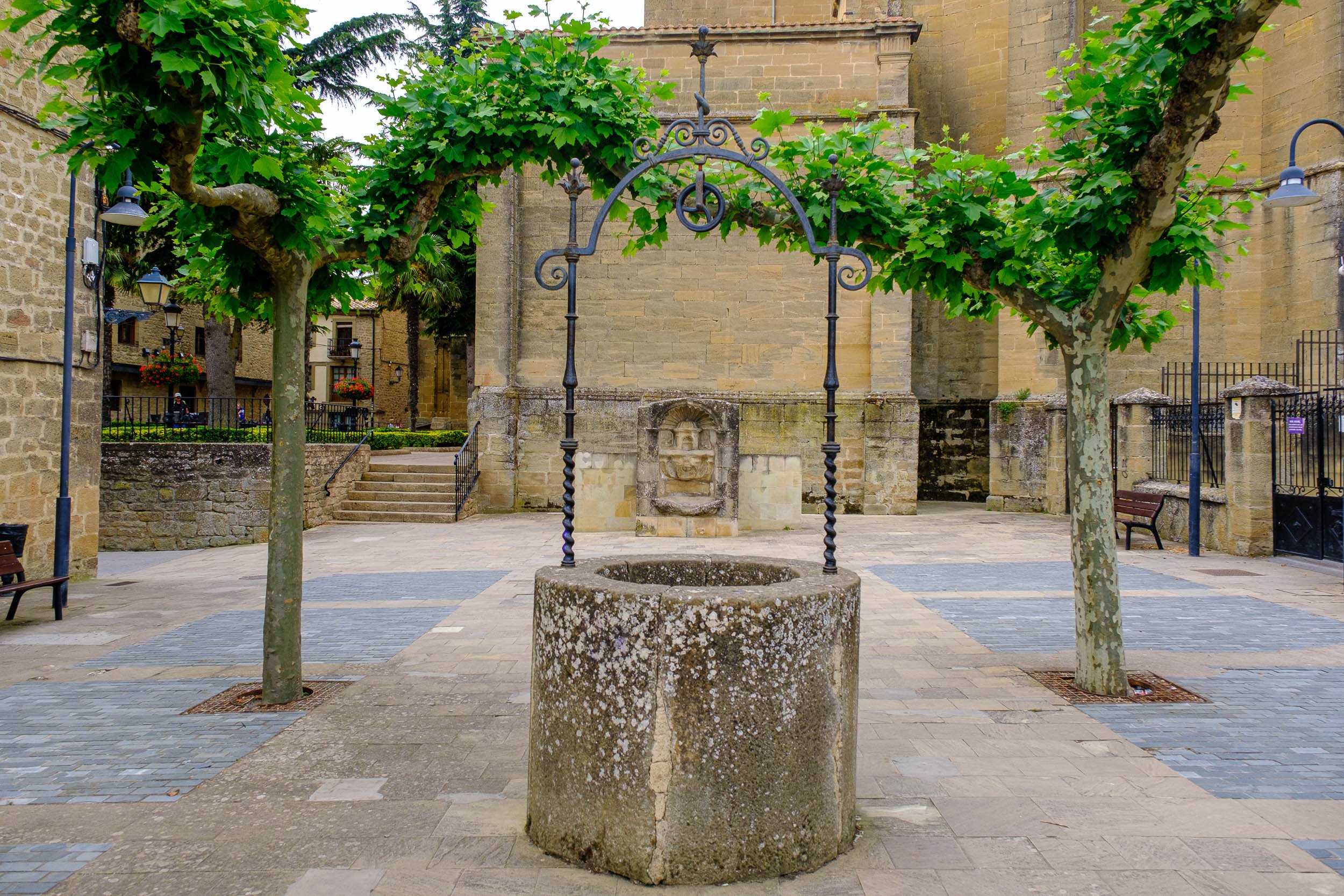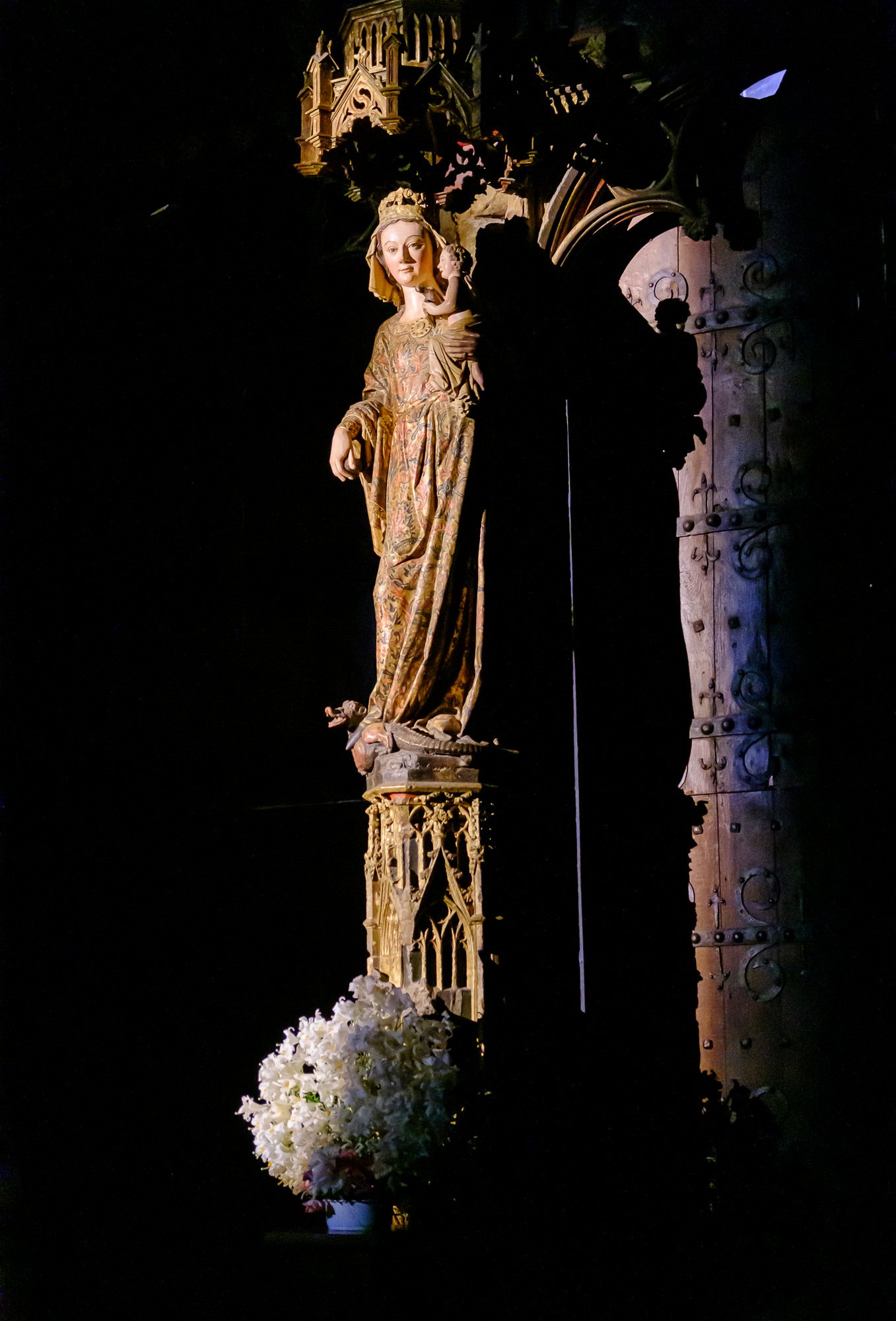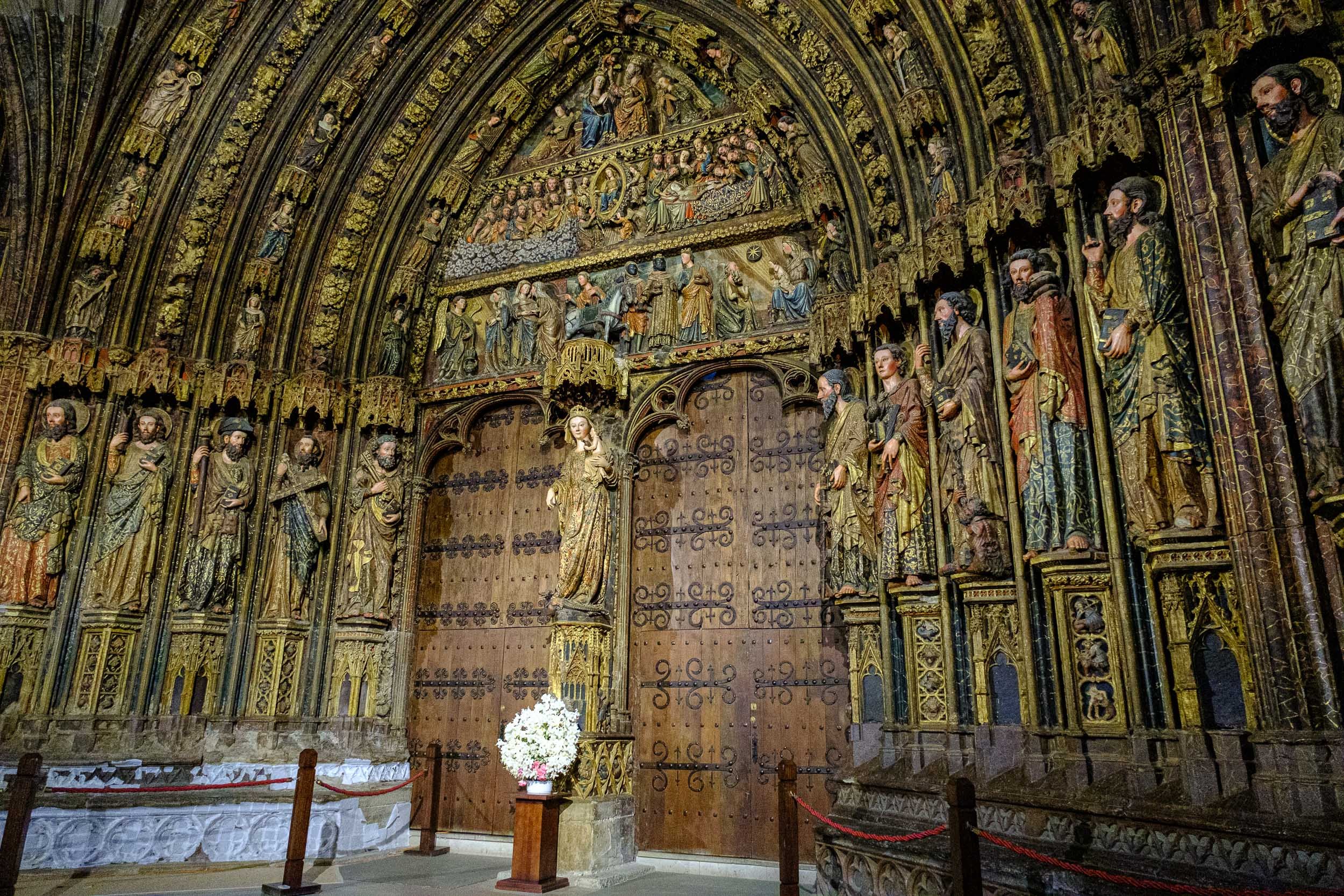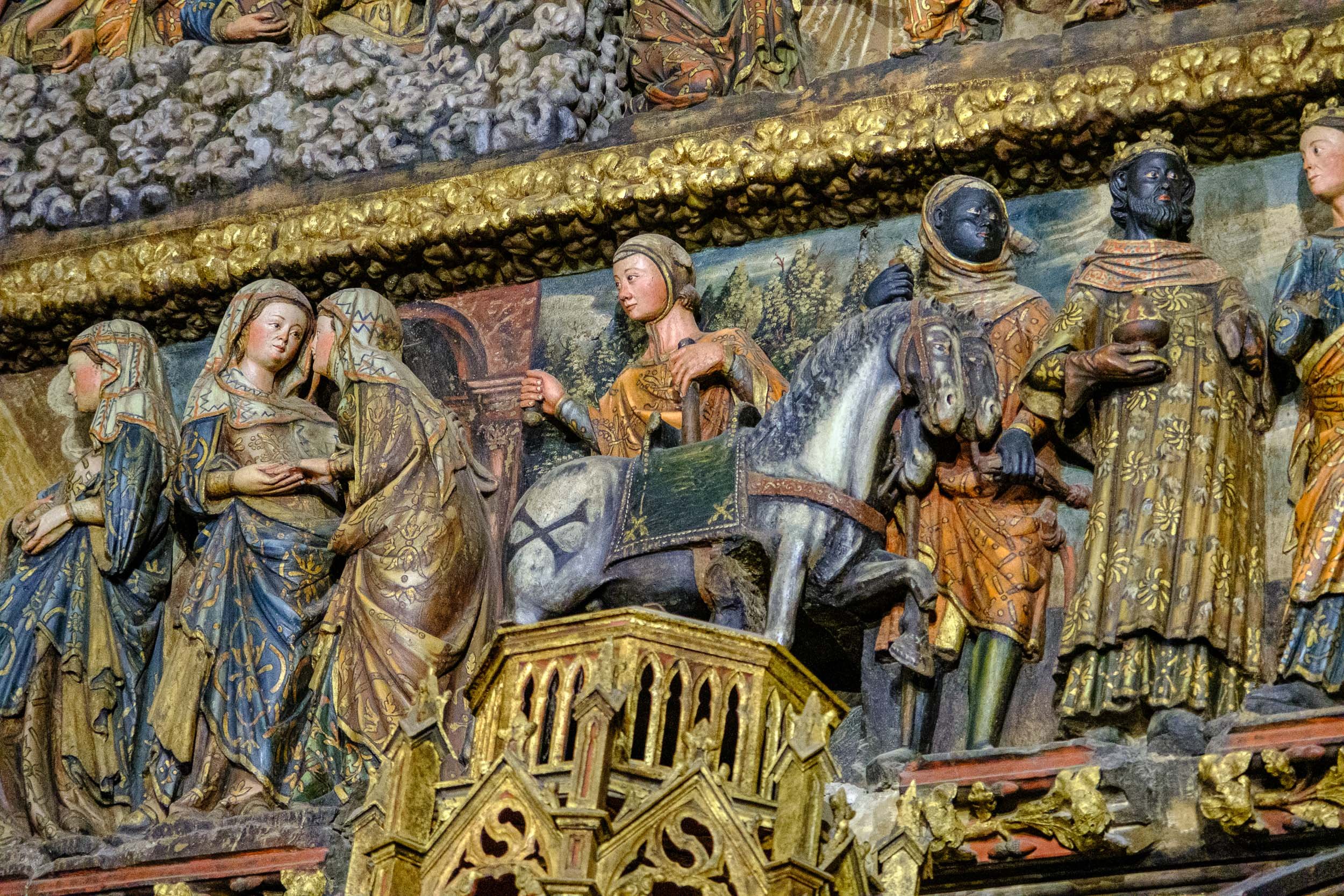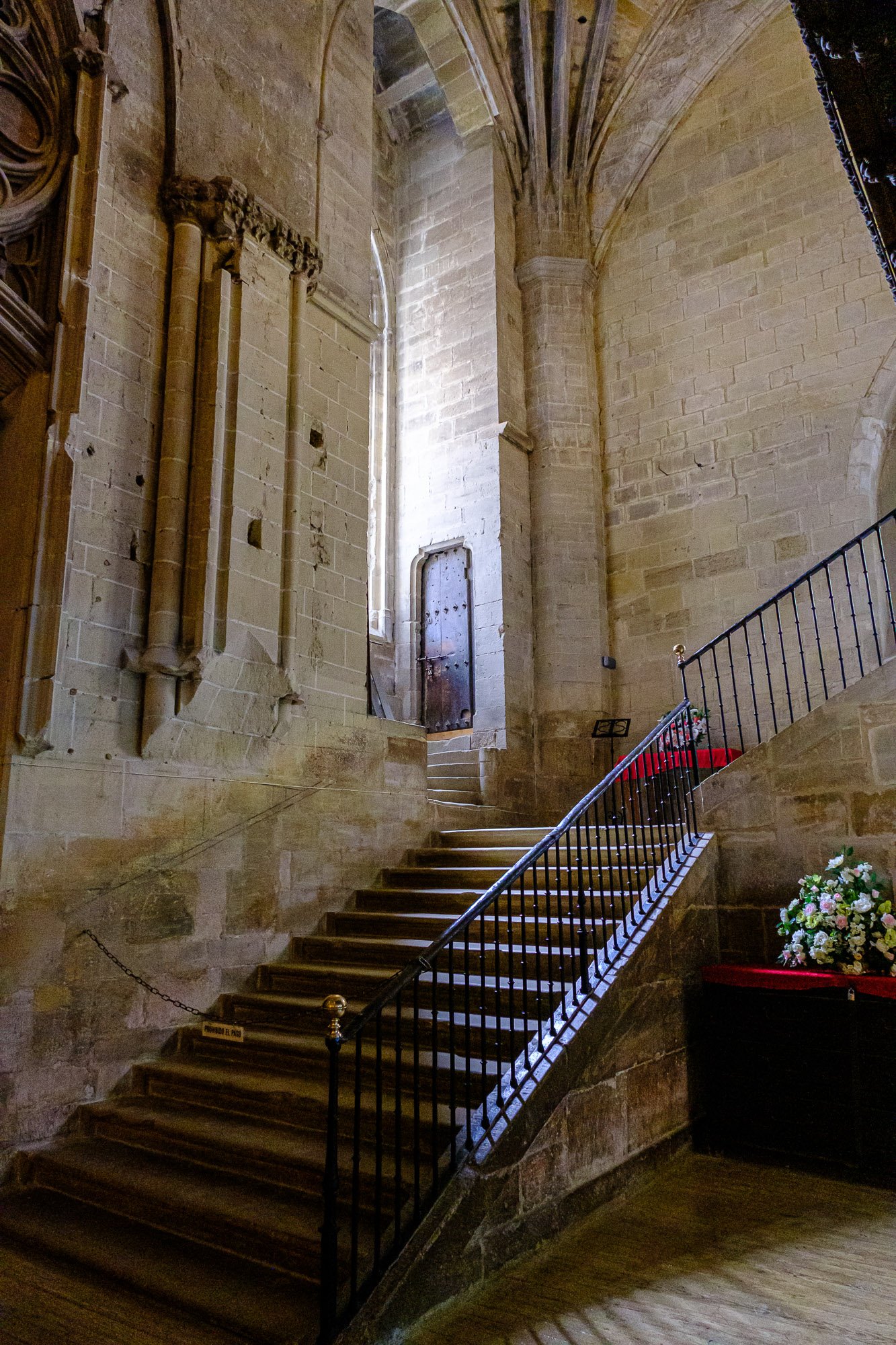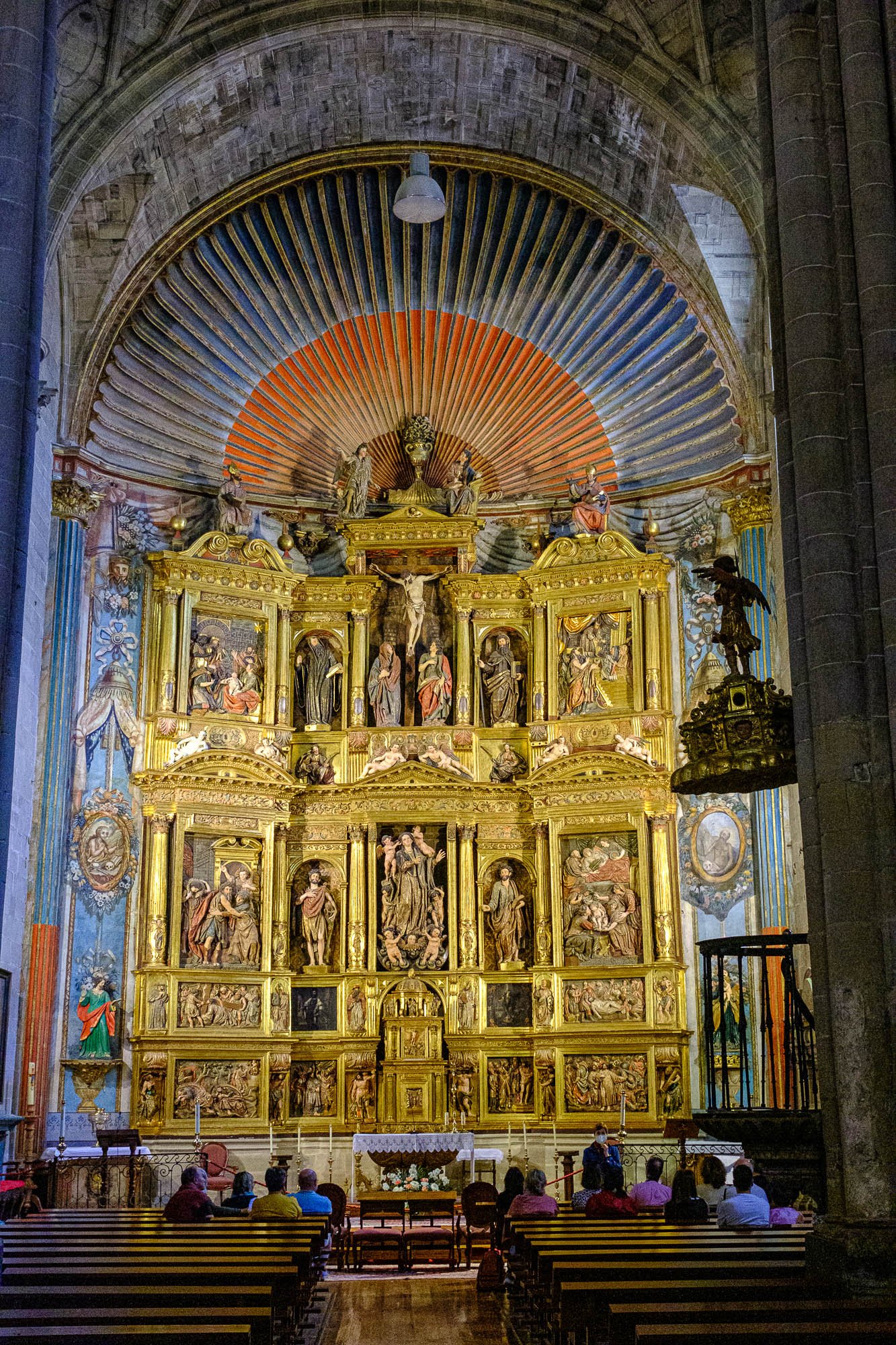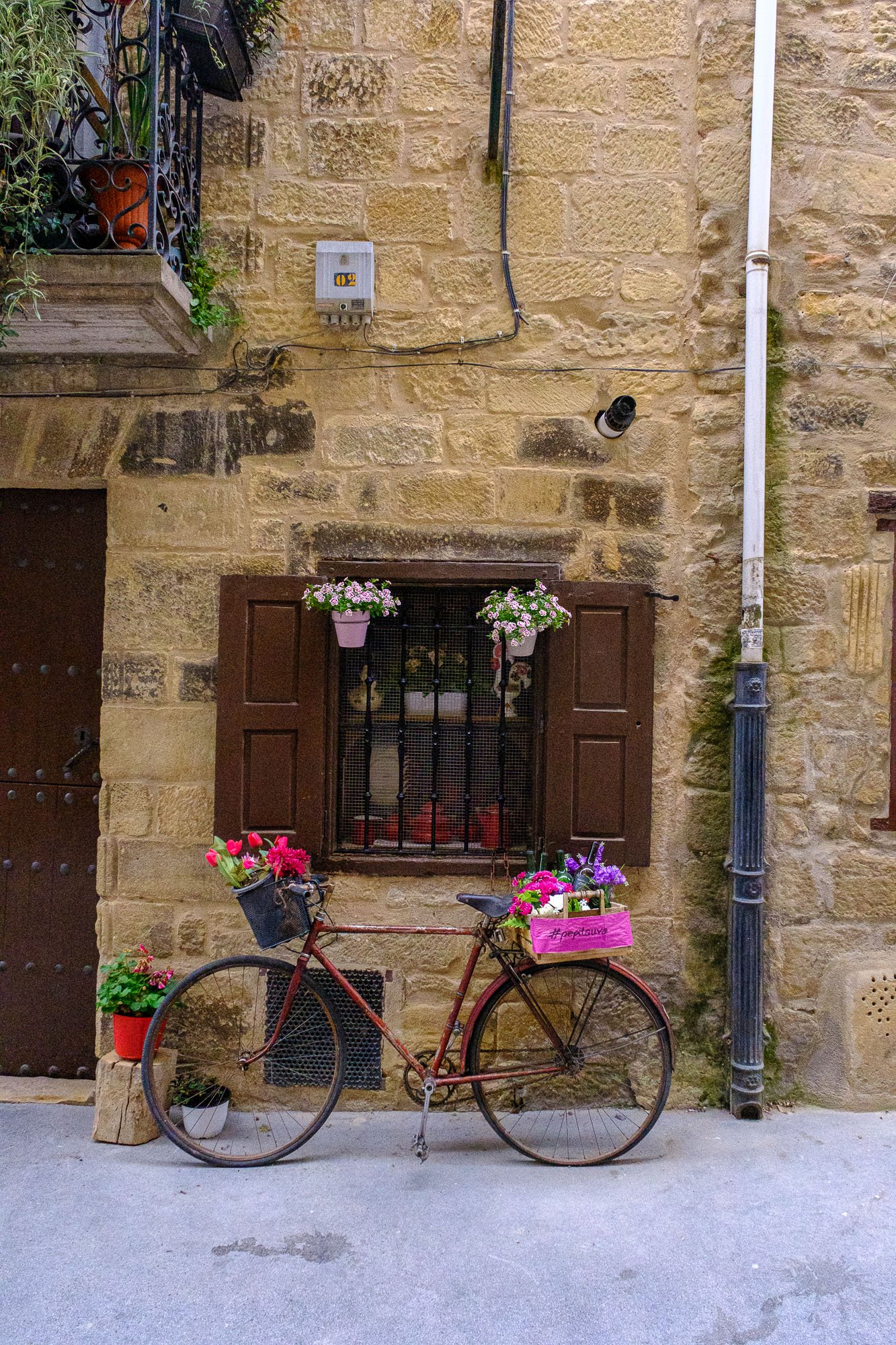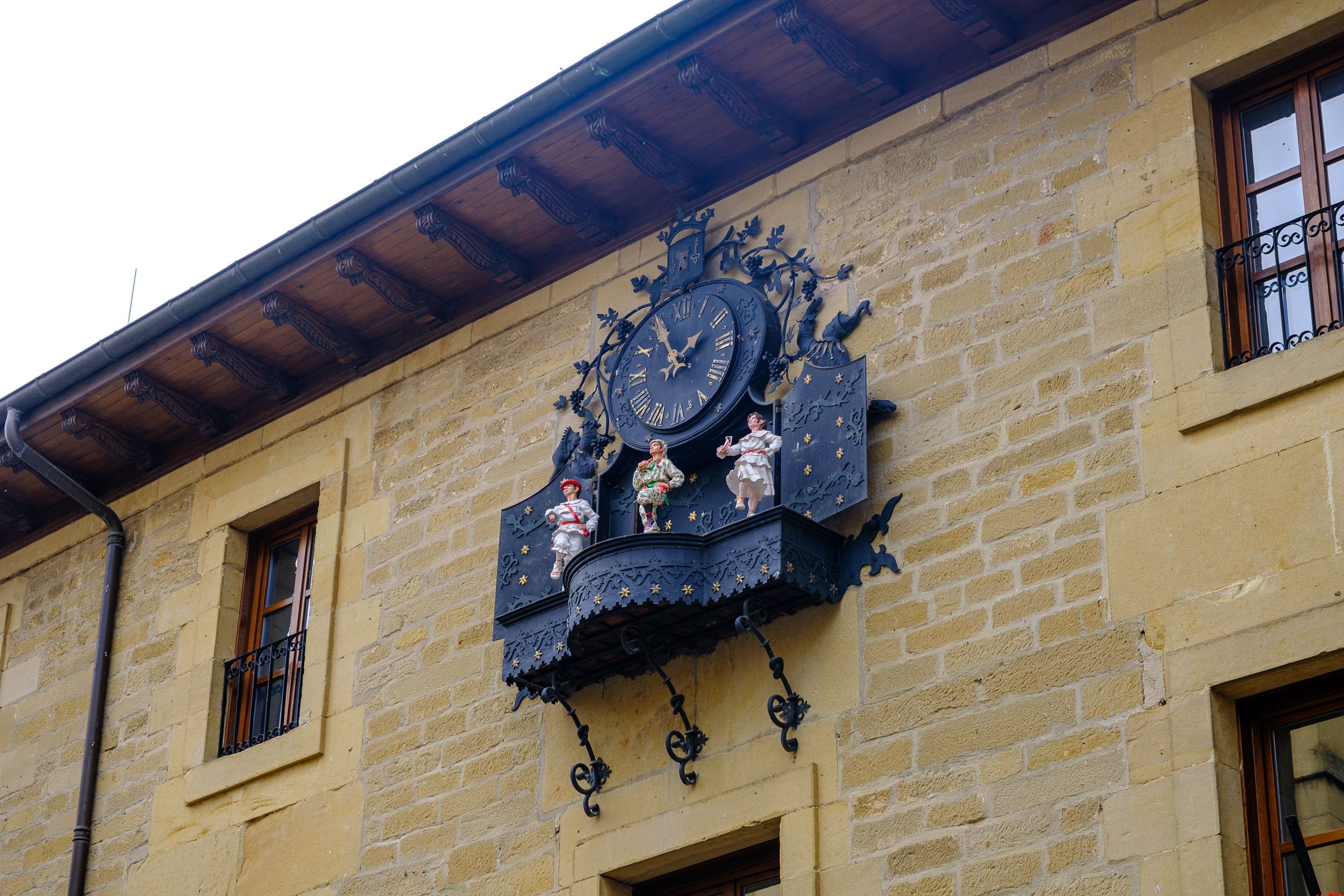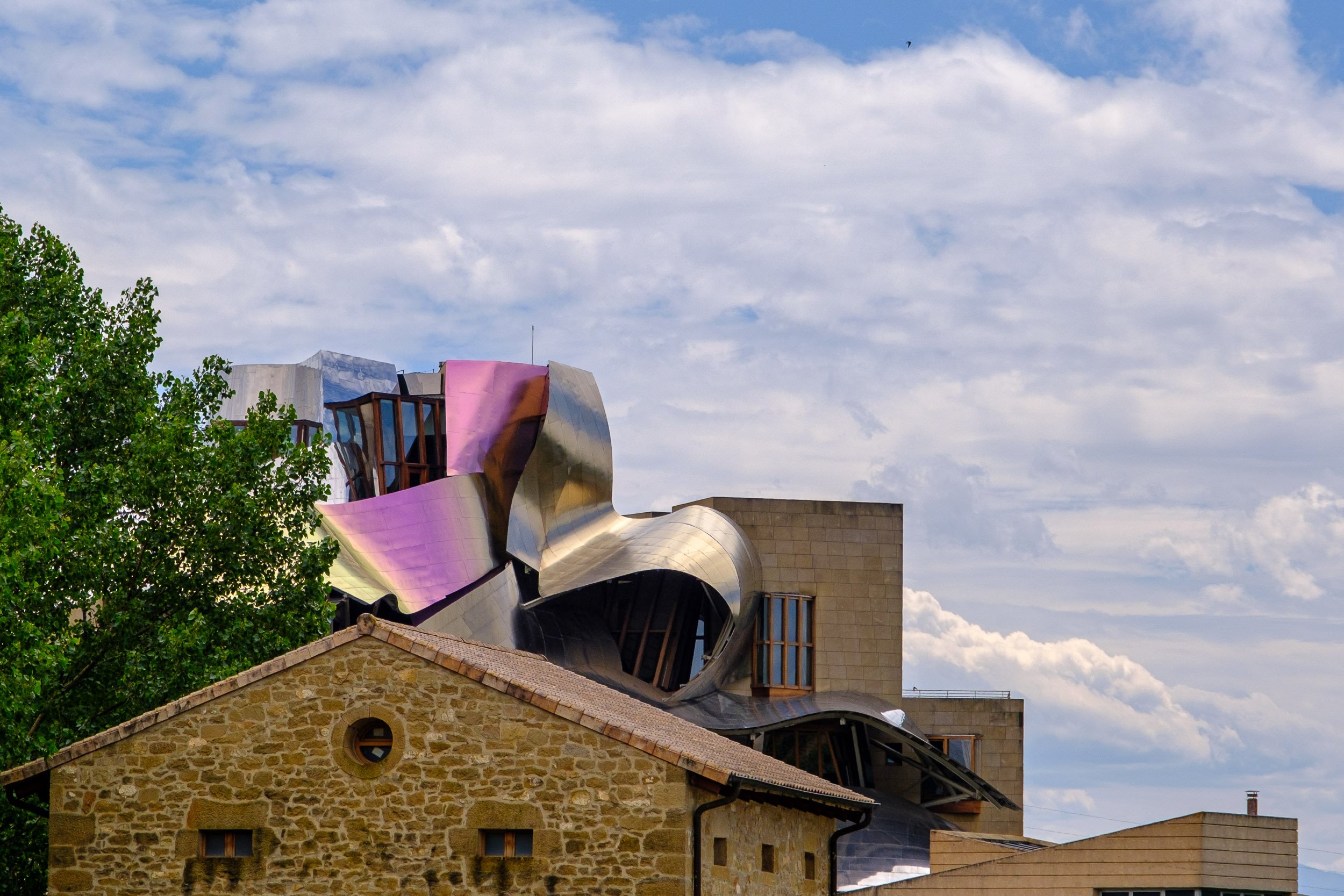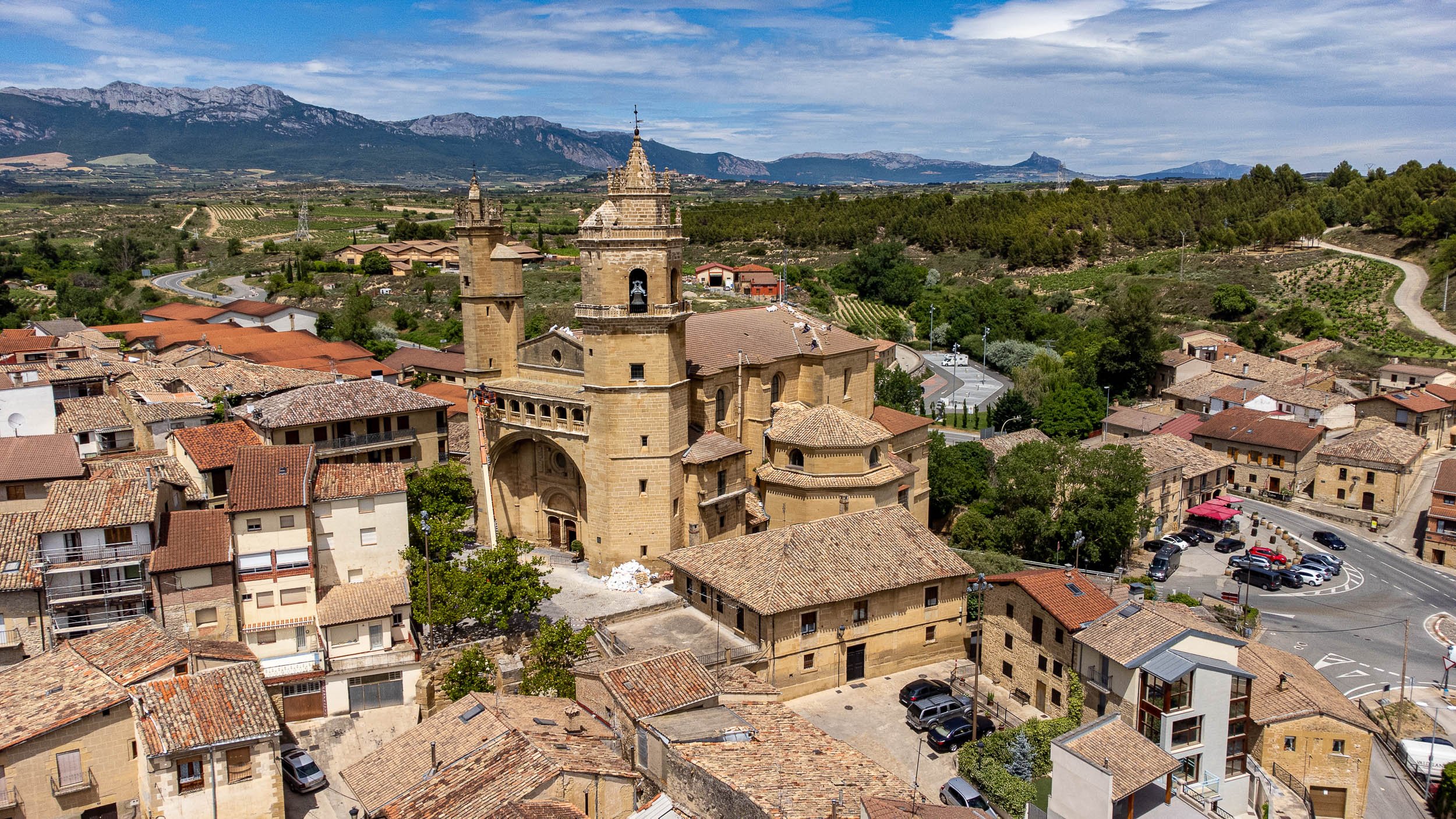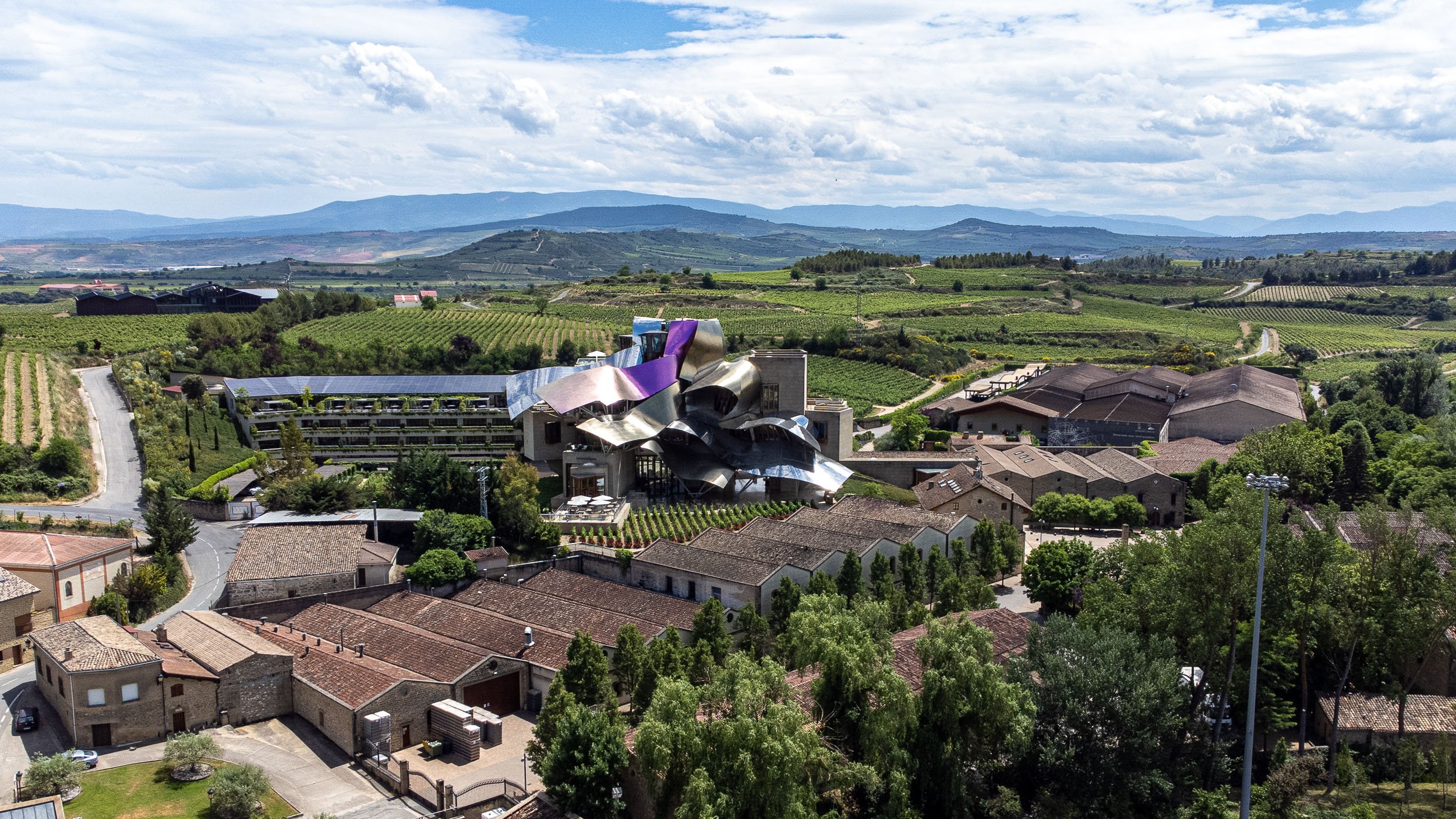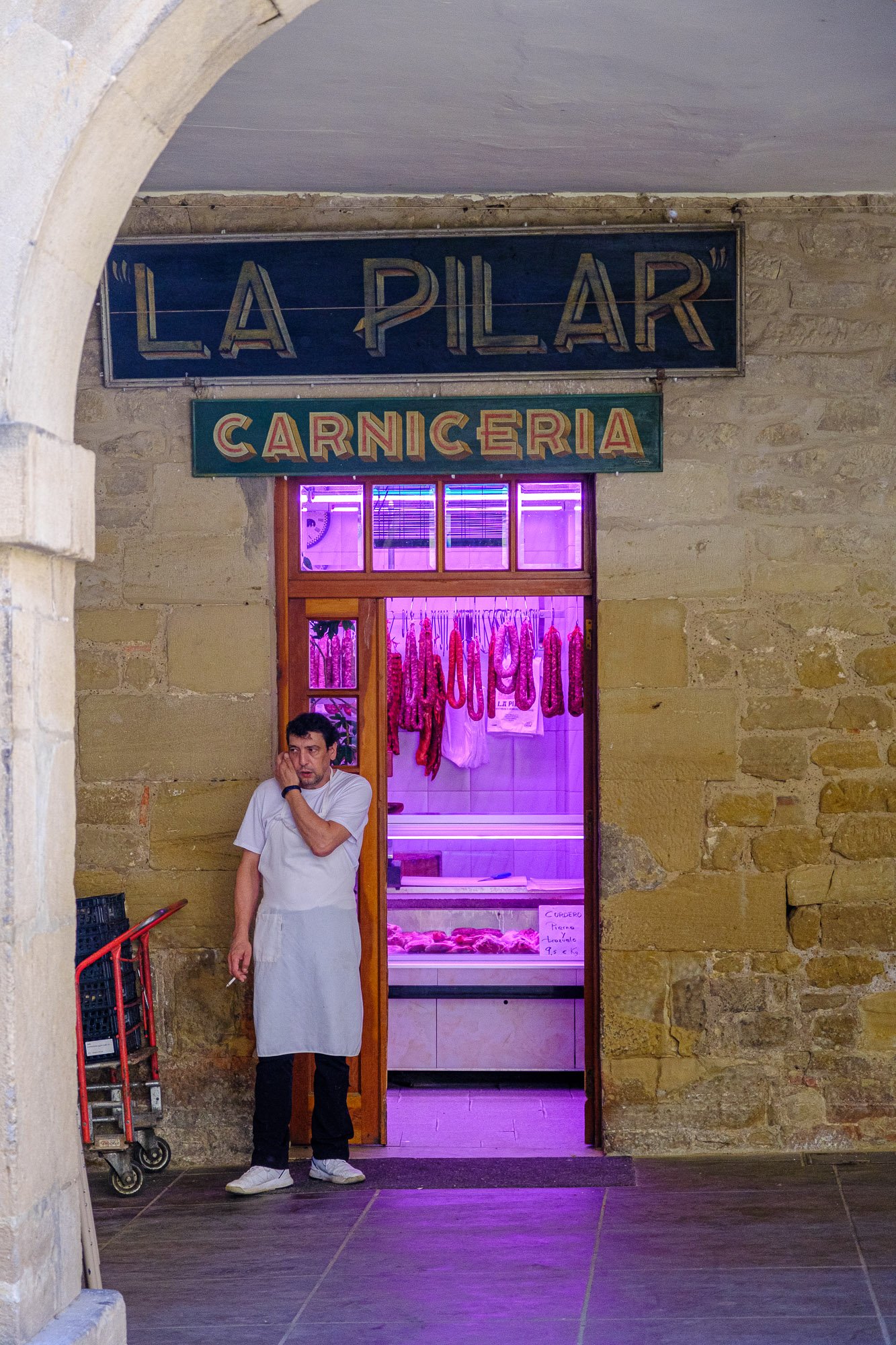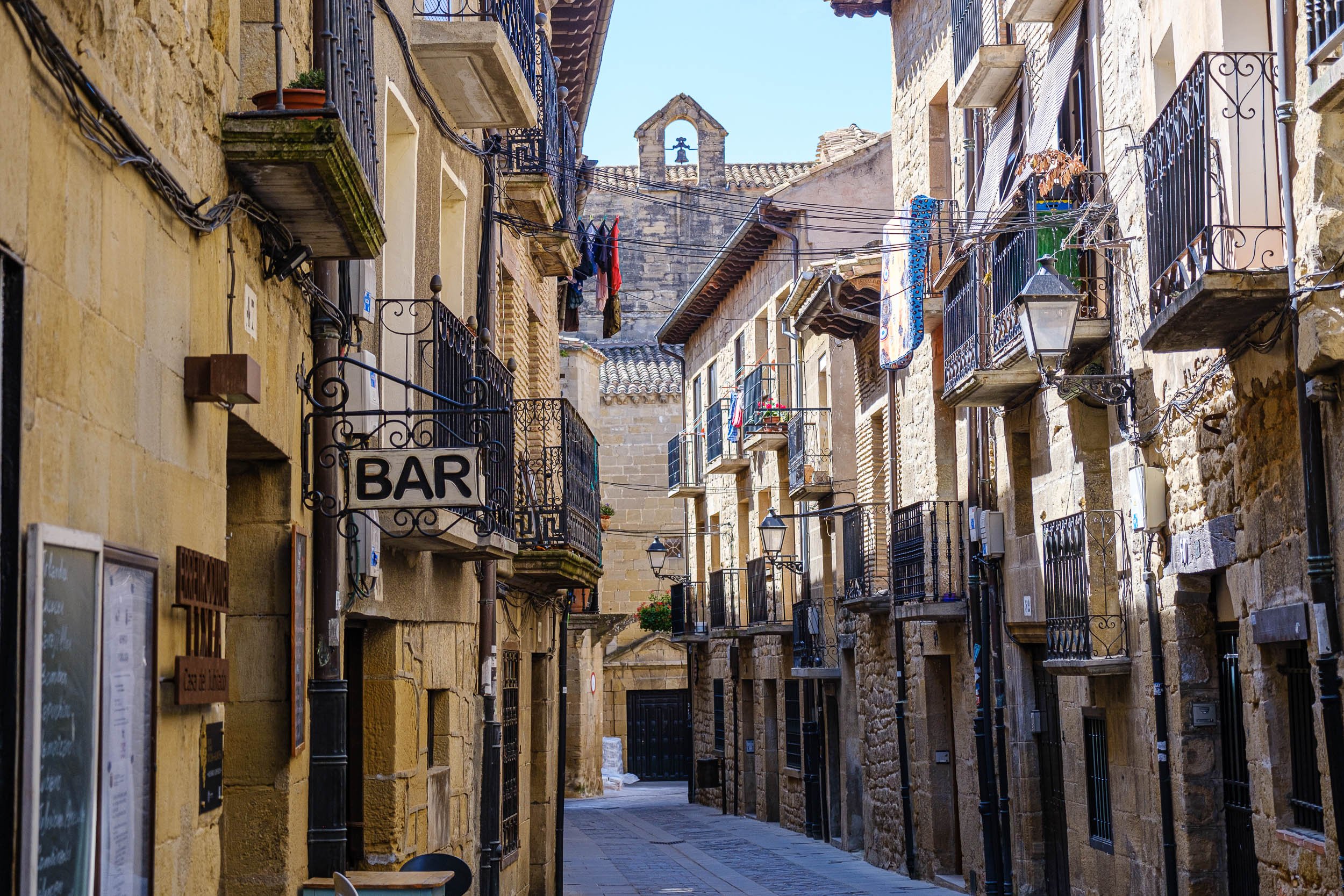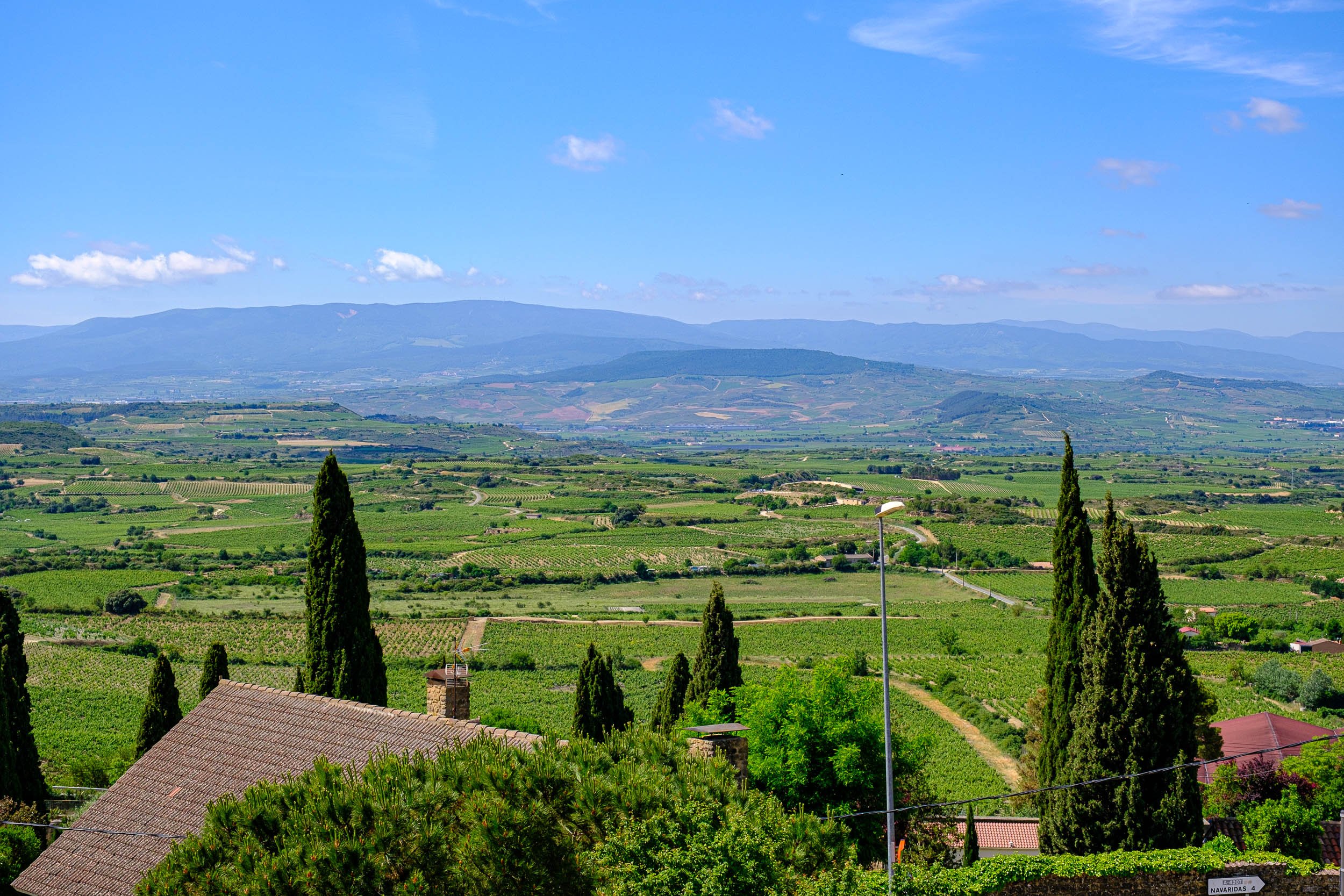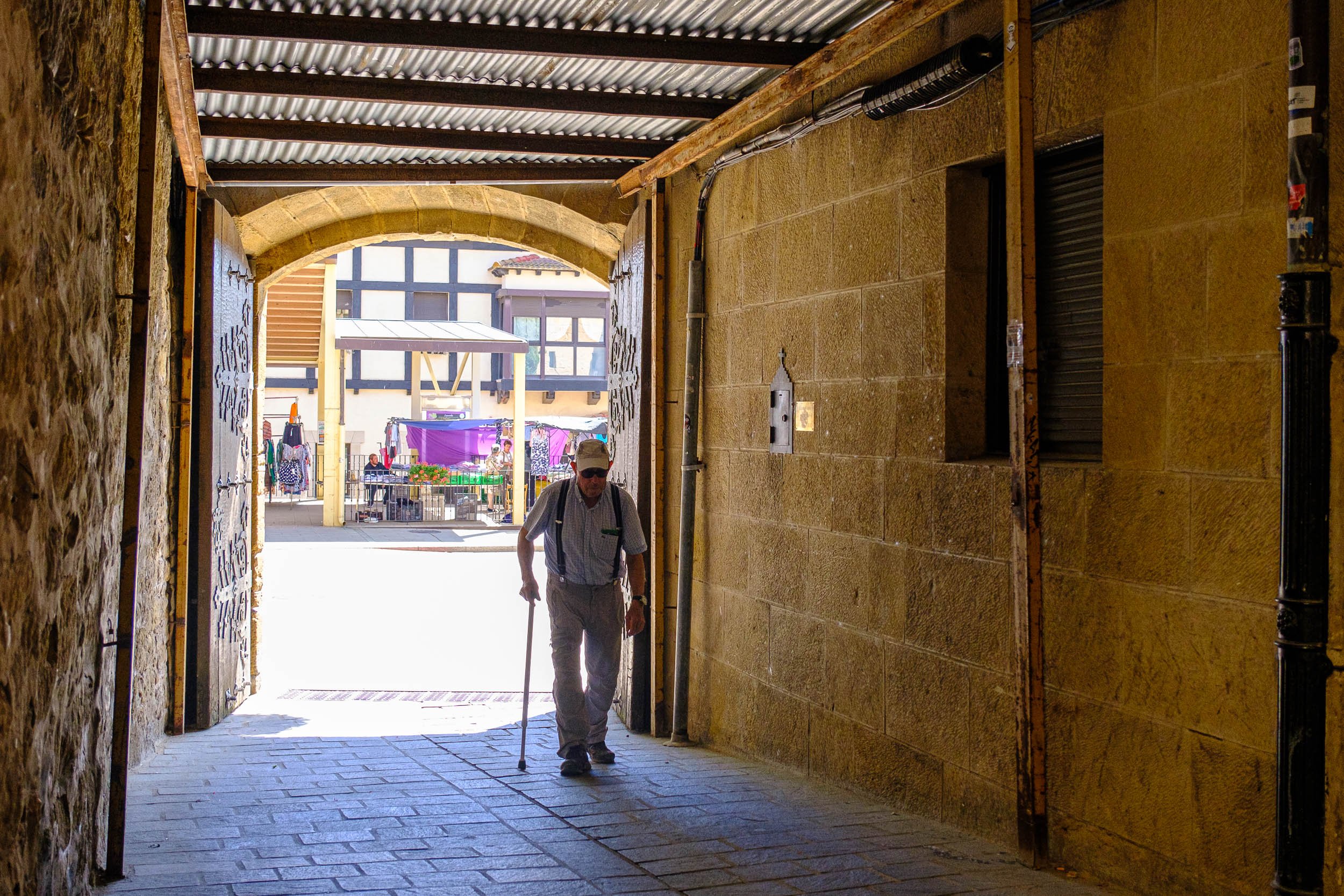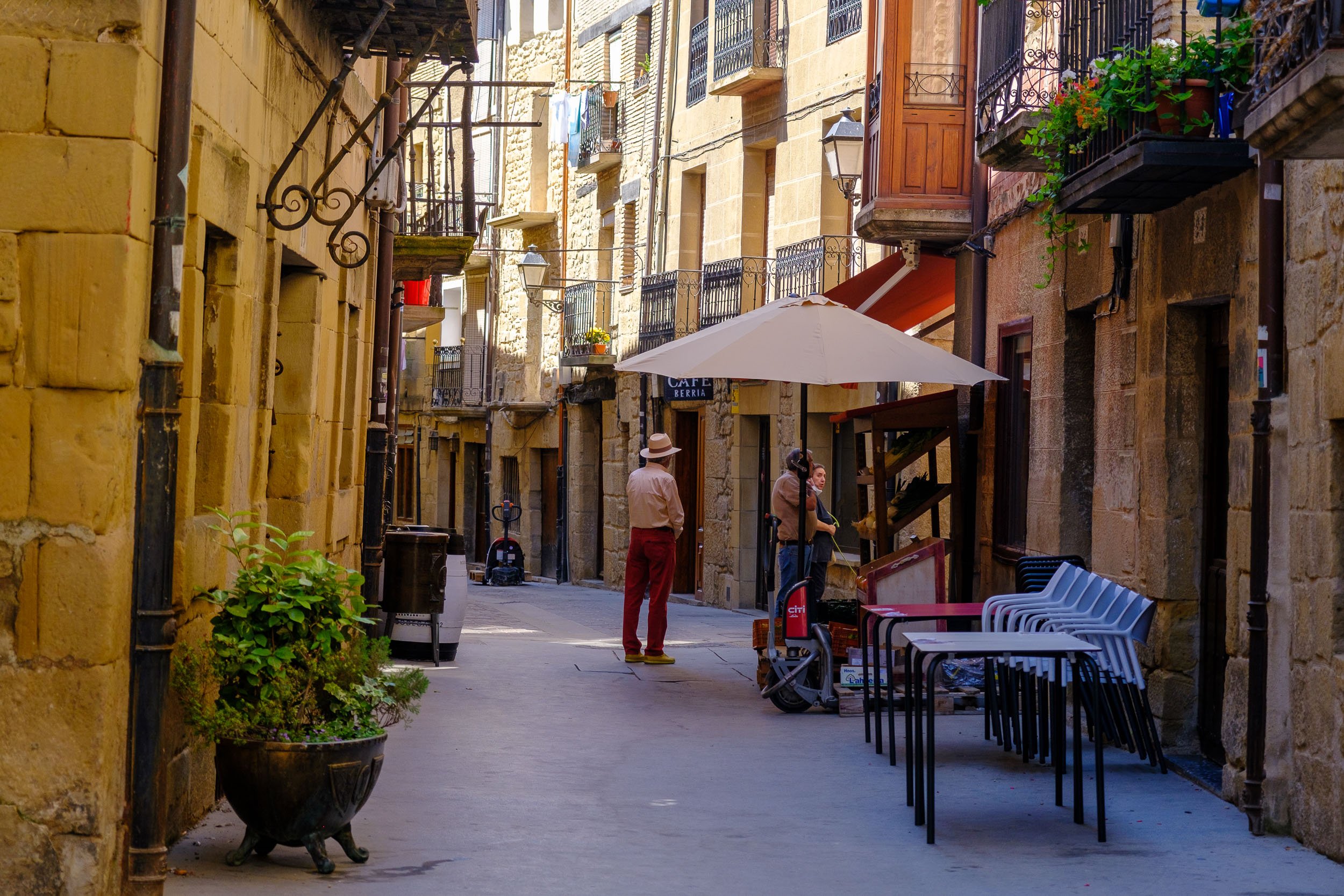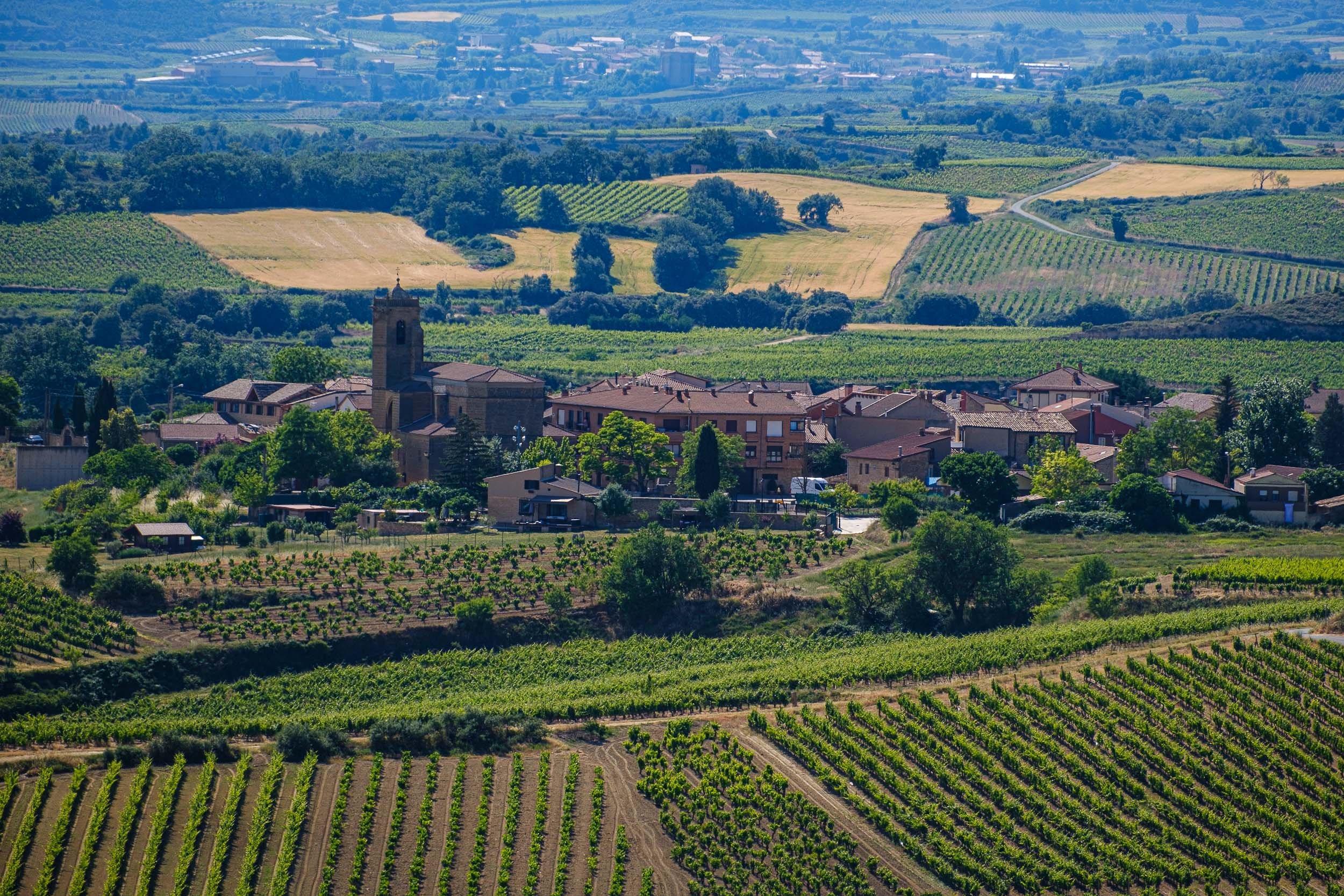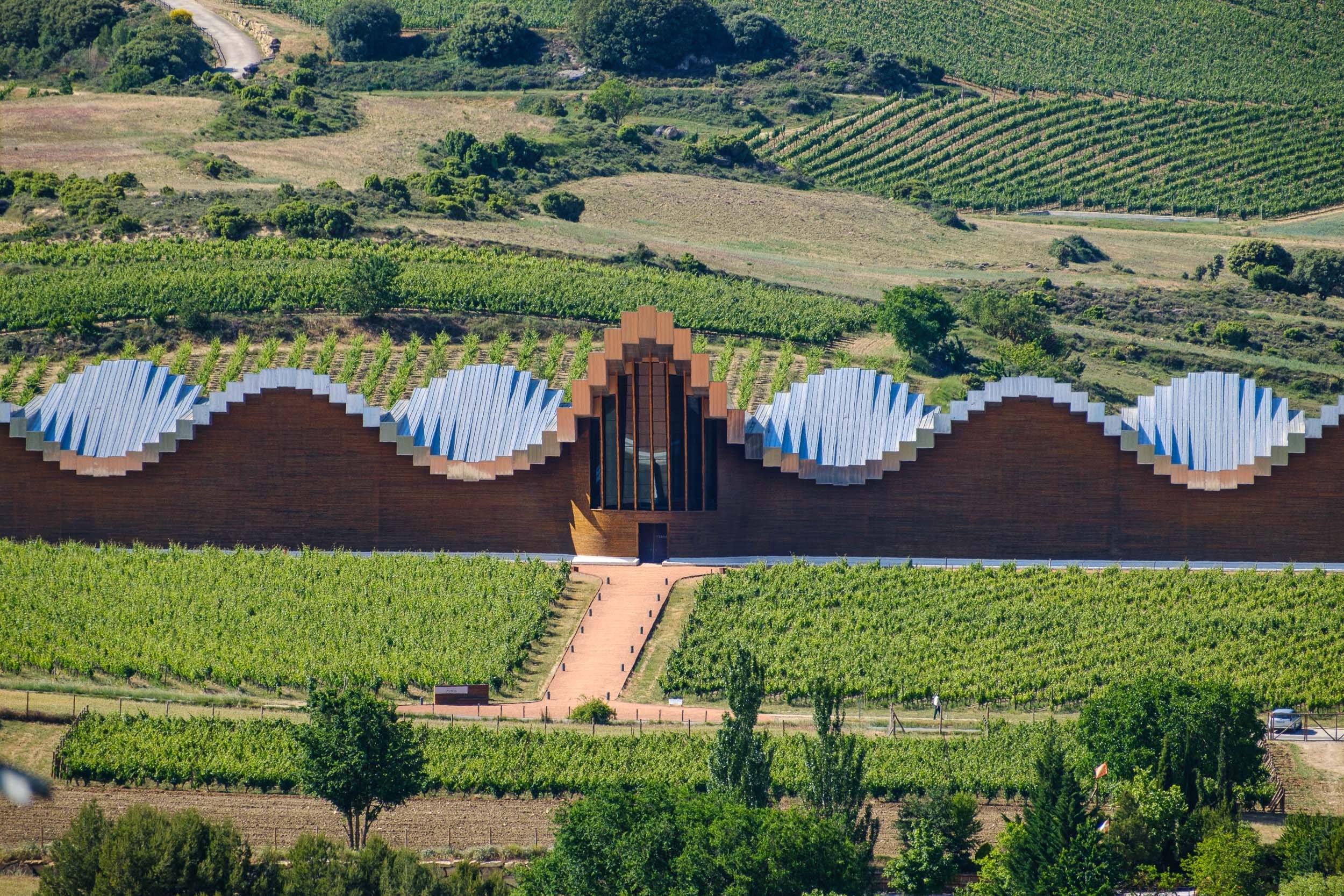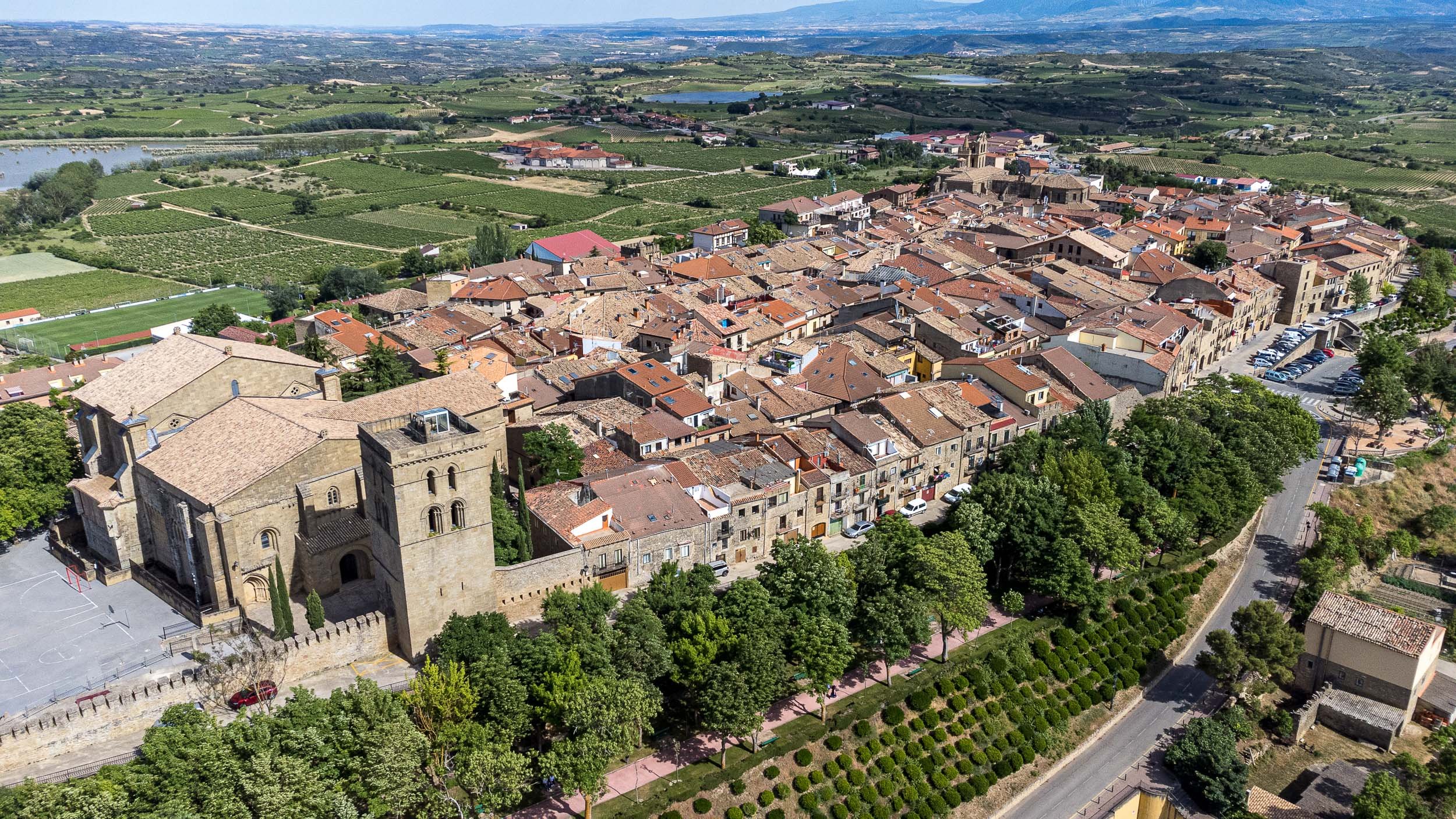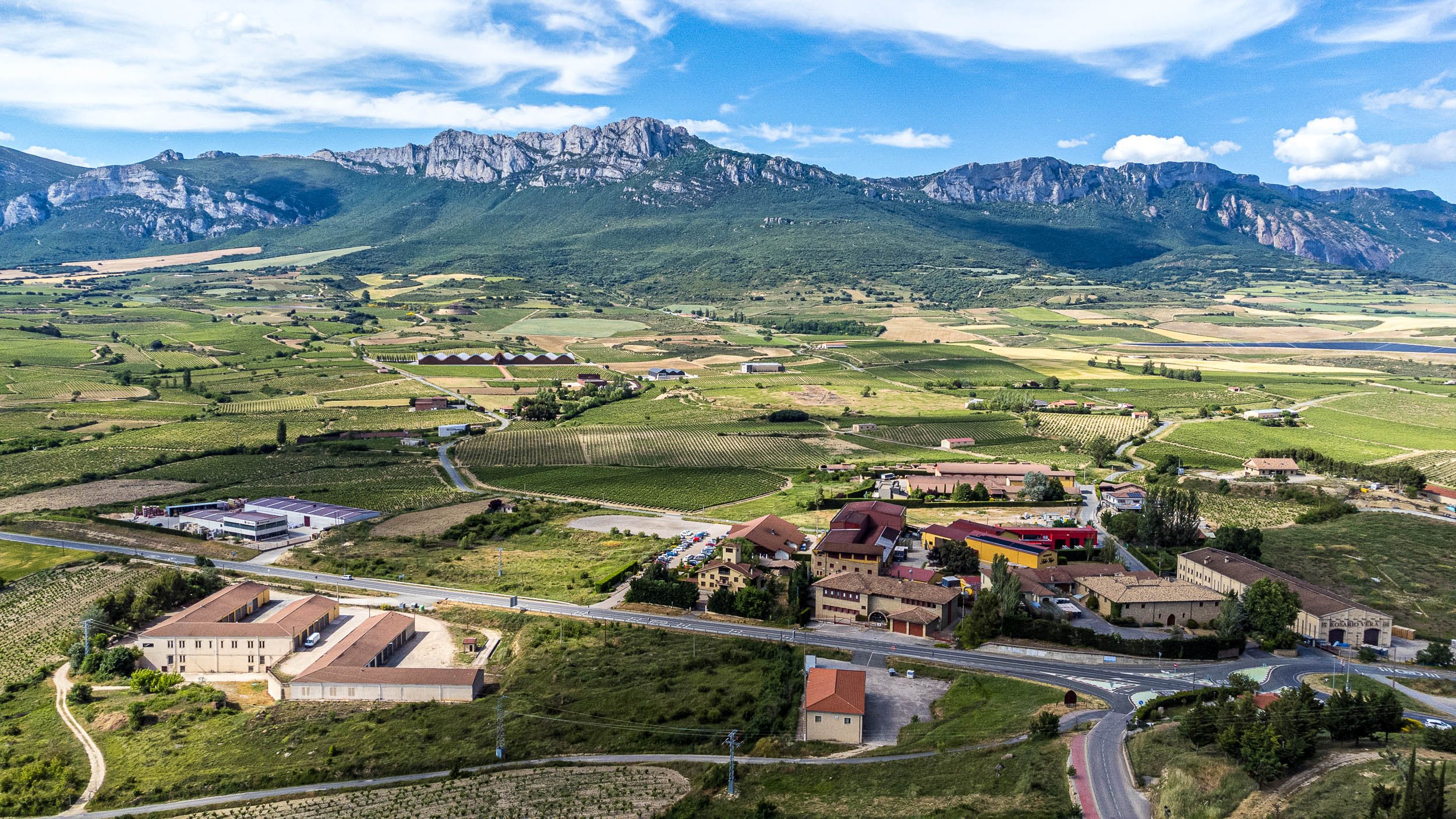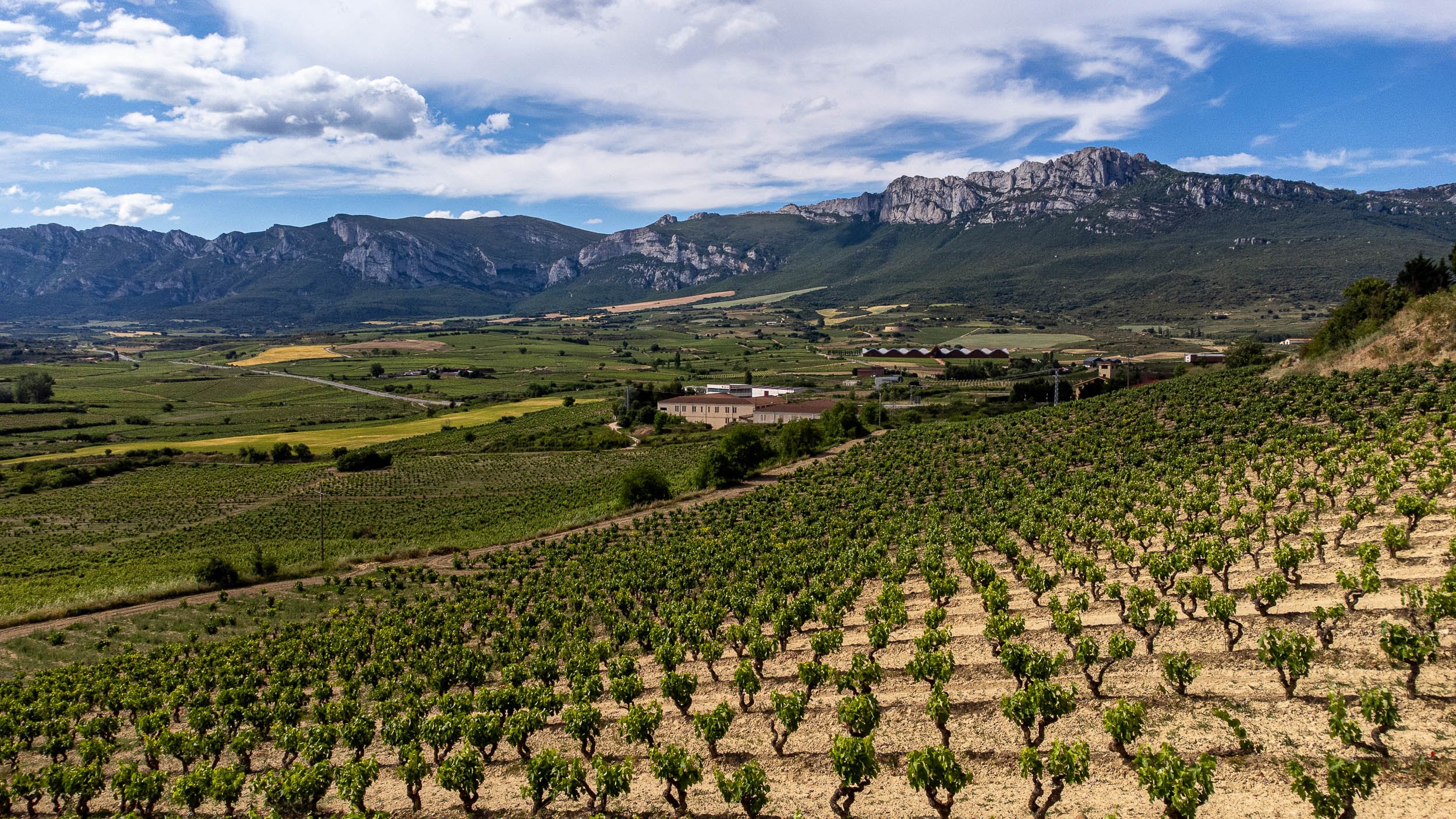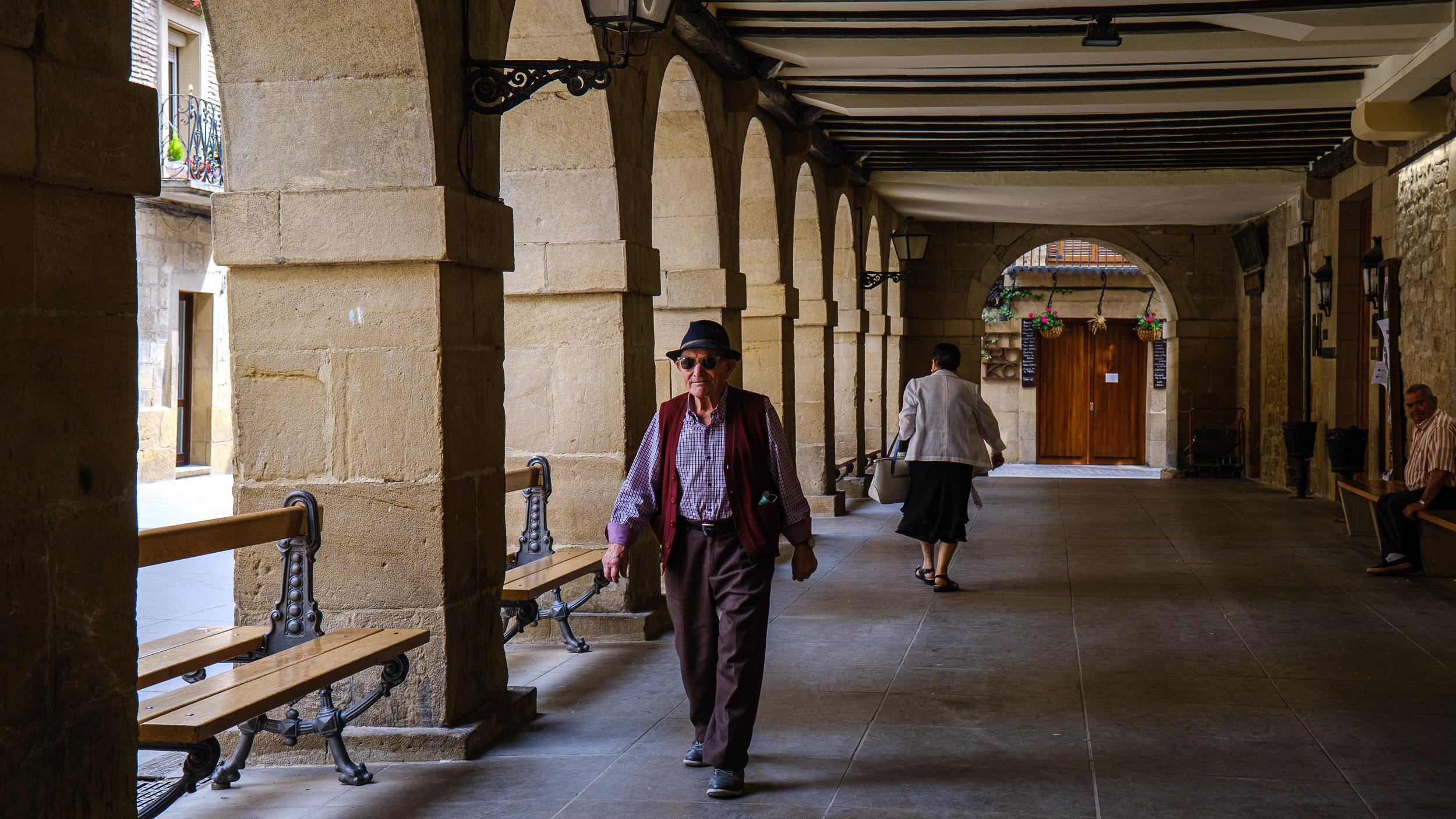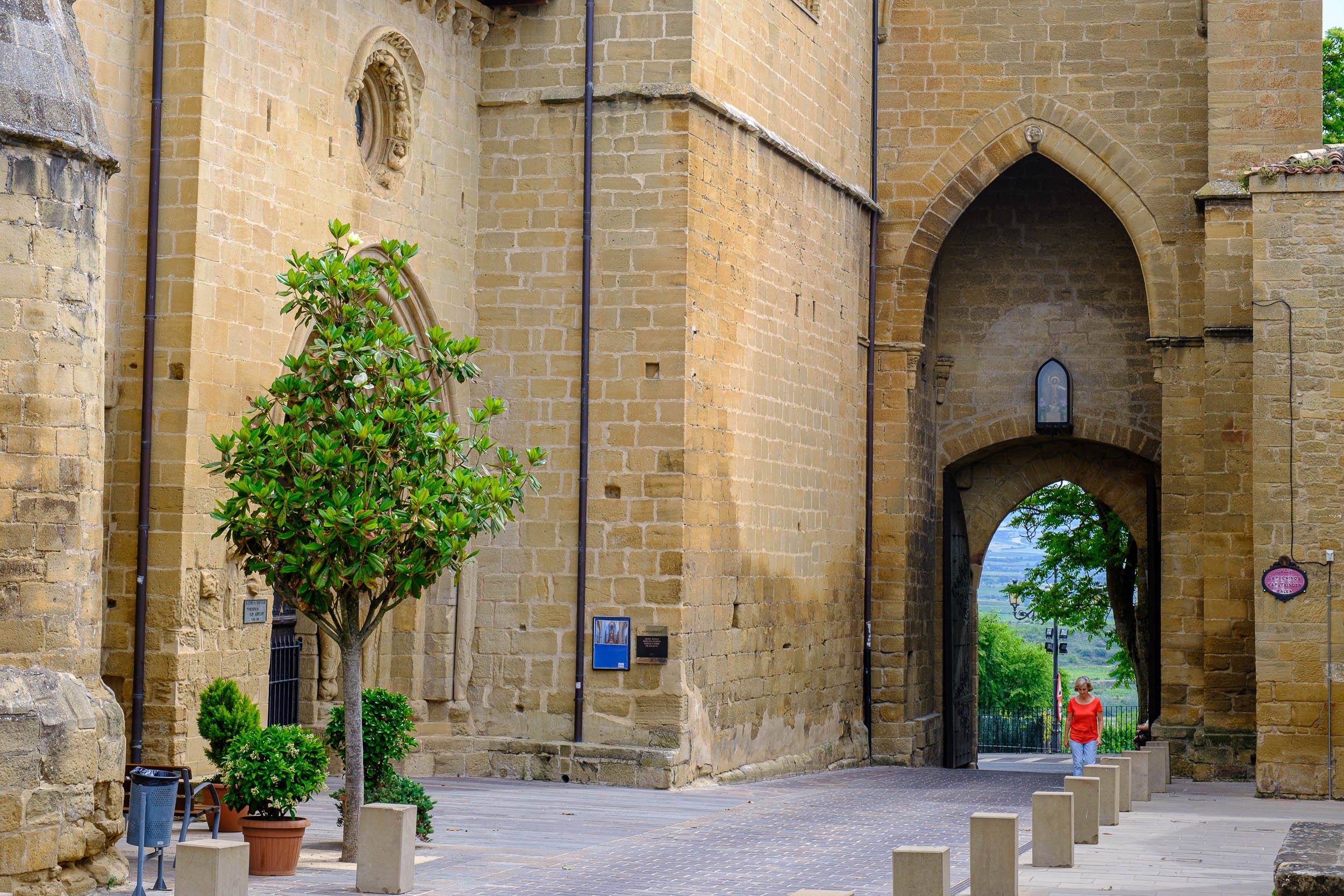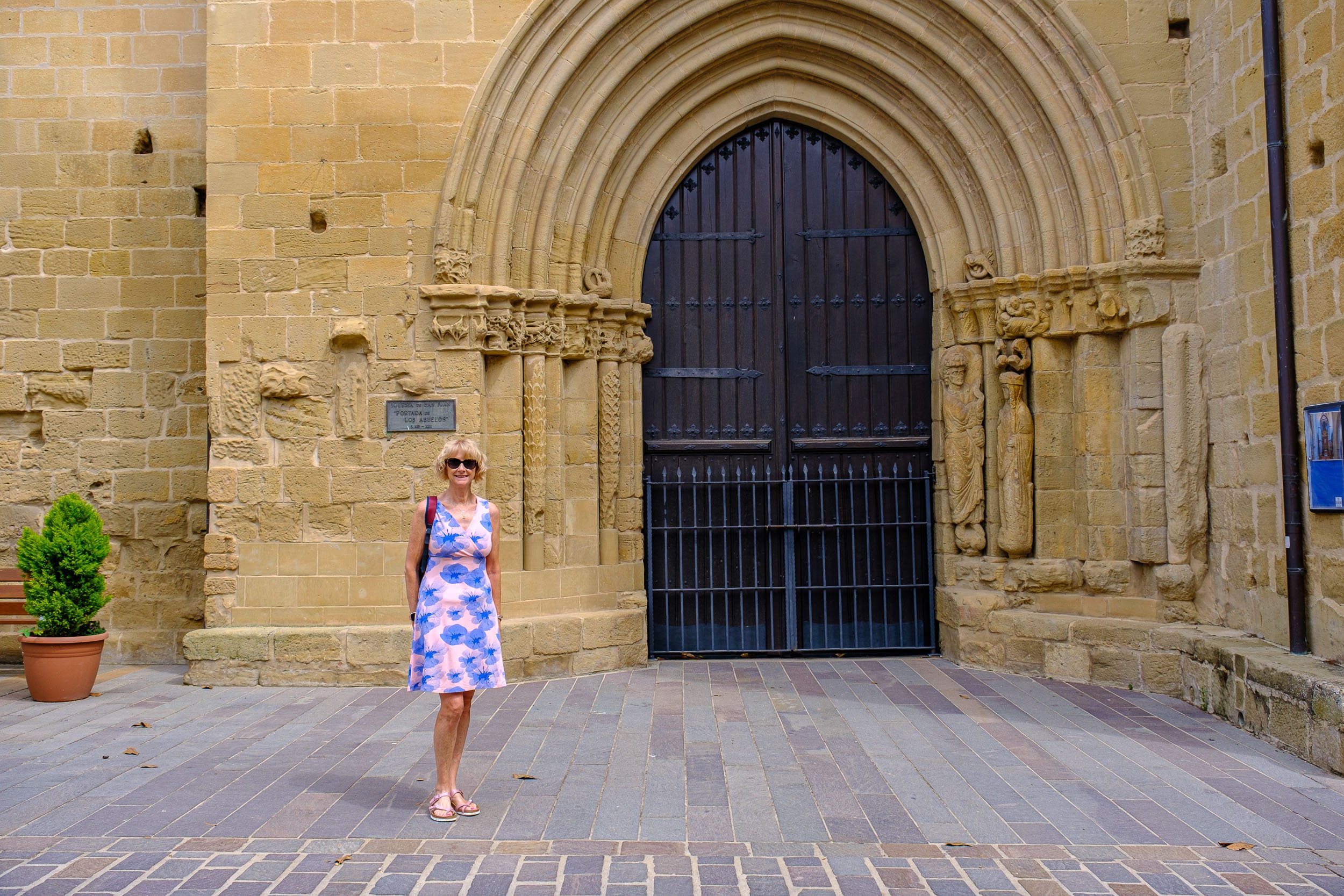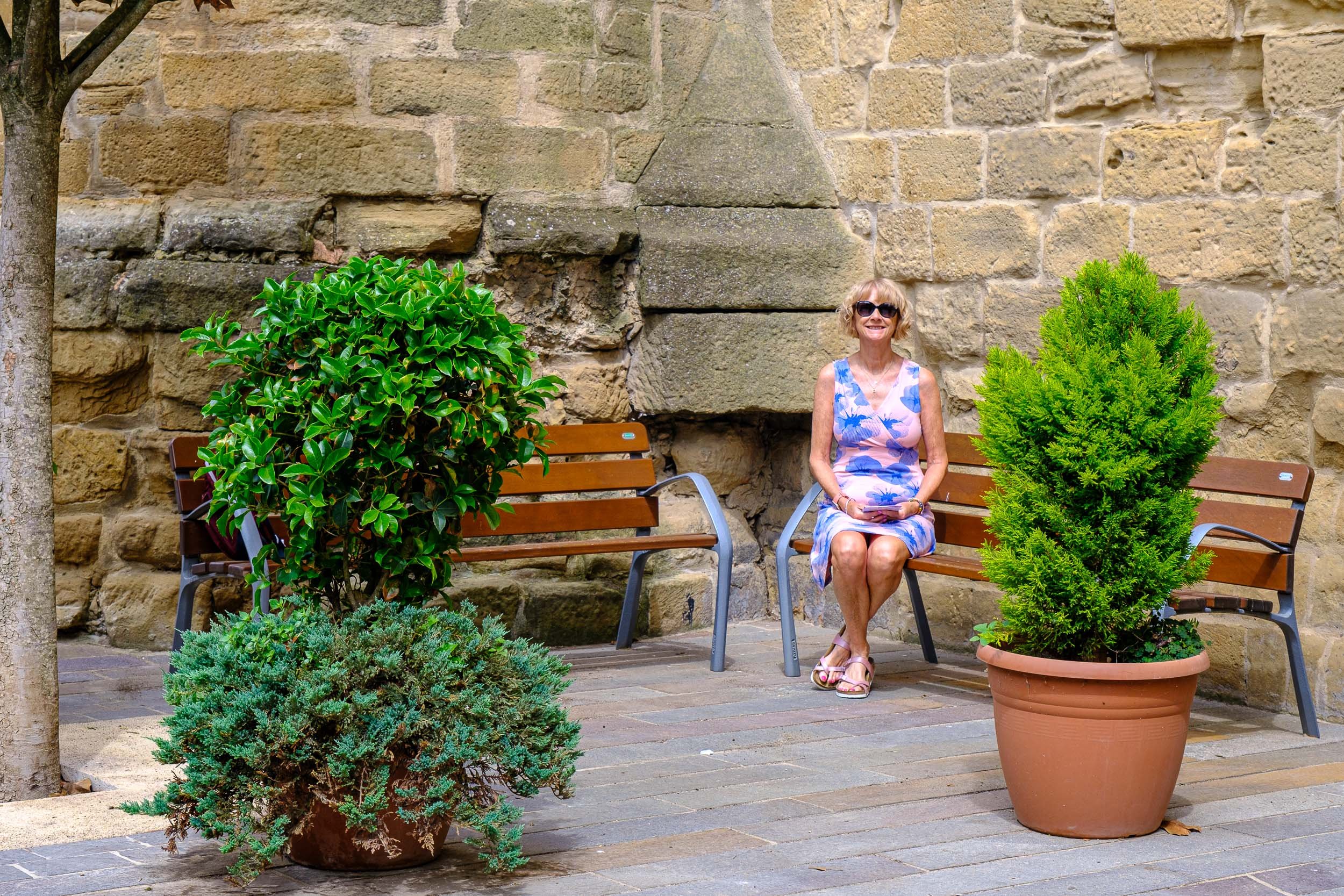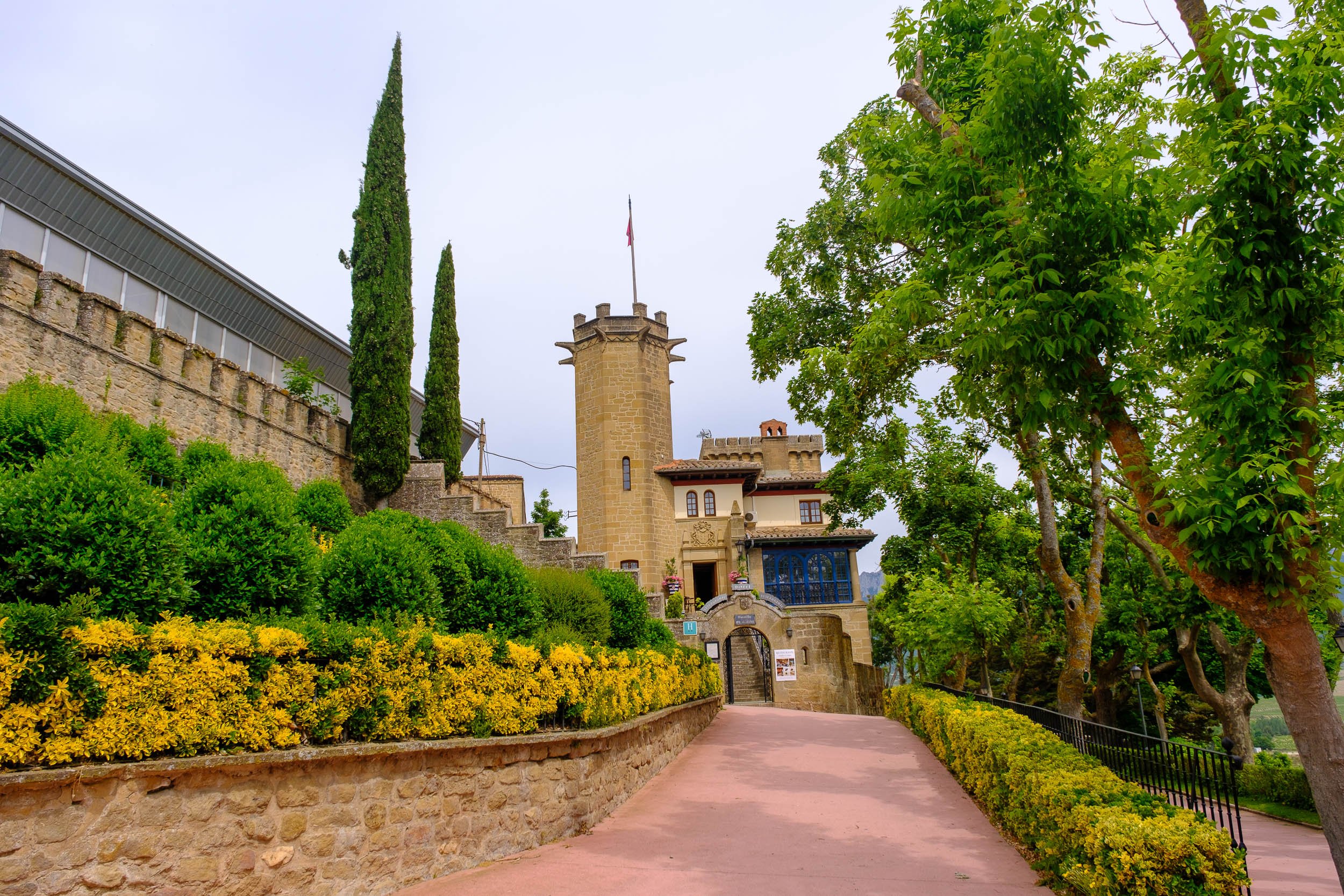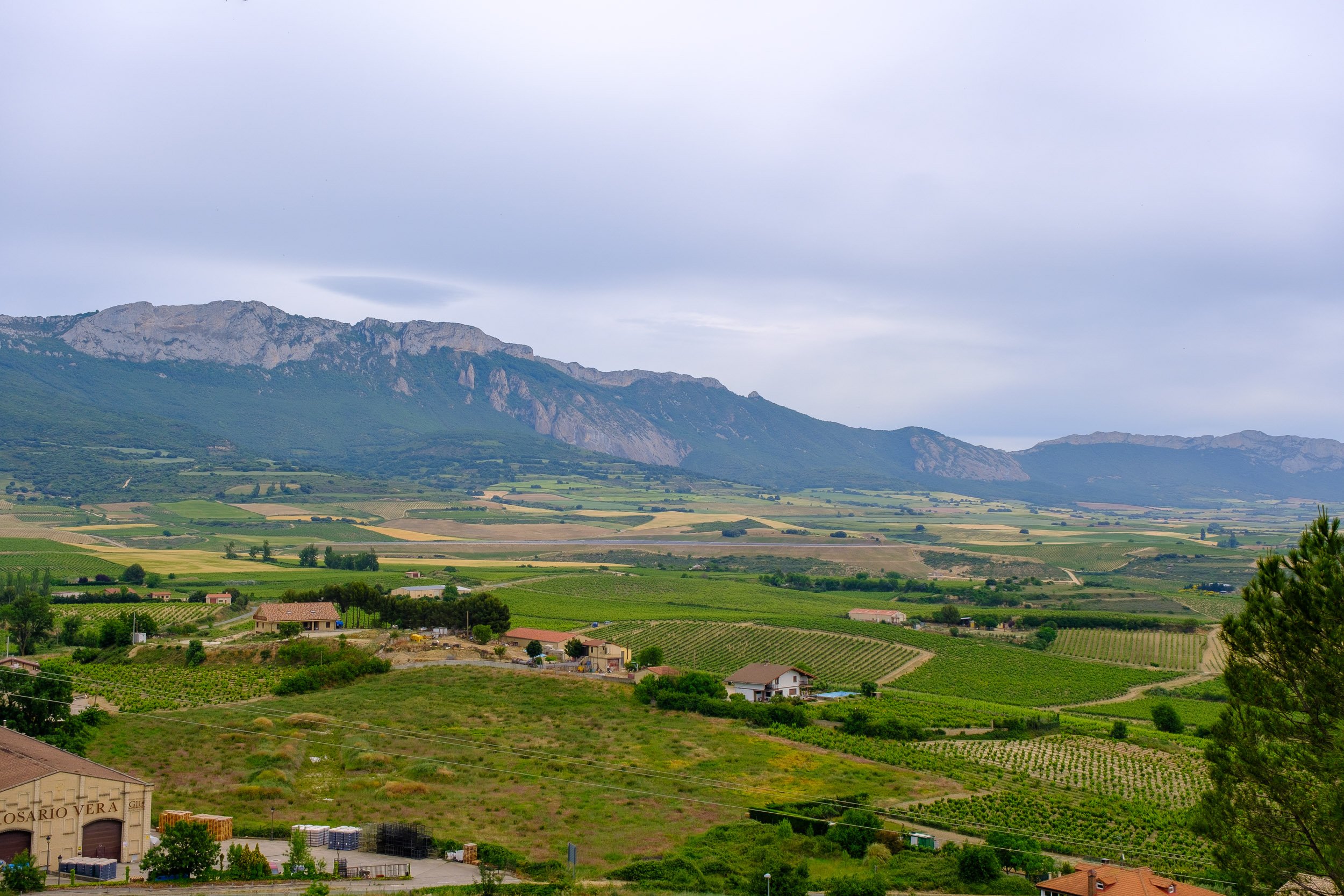Spain is like a second home to us, or more accurately Andalucia in southern Spain, where we have had a place for over 20 years. Andalucia is spectacular, we have beautiful cities like Granada, Malaga, Cordoba, Jerez, Huelva, Cadiz, Ronda and my favourite Seville within 2 hours drive. There are lovely white villages, beautiful beaches, fantastic food and drink, and the people are friendly and helpful.
But Spain is a big country and although I have visited many great cities in Spain (Barcelona, Valencia, Bilbao, San Sebastian) and some of the islands, I felt it would be nice to see other regions of mainland Spain. In 2018 we visited the La Rioja region, highly recommended, see Rebecca from Rioja Like a Native for a great tour. In 2019 we did a trip from Vallodolid, to Slamanca to Toledo. Follow the links to read about those visits.
In 2020 we had planned a trip to Austurias starting in Santiage de Compostela, but Covid put an end to that. So we changed the plans slightly and did a new tour of northern Spain in May/June 2022 flying into Bilbao and traveling through the regions of: Cantabria, Austurias, Castile y Leon and The Basque Country/La Rioja.
Fuente De
Our first visit for one night was the Picos de Europa, specifically Fuente De. The Picos de Europa is sprawling set of mountains with craggy peaks and formidable trails. There were beautiful views on the drive through the valleys and the little villages along the way. At Fuente De there is a cable car to take you to the peak which is over 750m high. The cable car journey is 1,850m and it takes about 3.5 minutes. At the viewing point is a restaurant and other facilities. The sights over the valley are amazing and there are beautiful walks across the whole area. The day was beautiful and just perfect. We stayed at the lovely Parador at the base of the cable car in the valley.
The following day we headed off to our next destination Covadonga on the far side of the Picos in Austurias, but we stopped in the lovely village of Potes along the way for lunch. Buried in the valleys with spectacular views and a lovely place to visit.
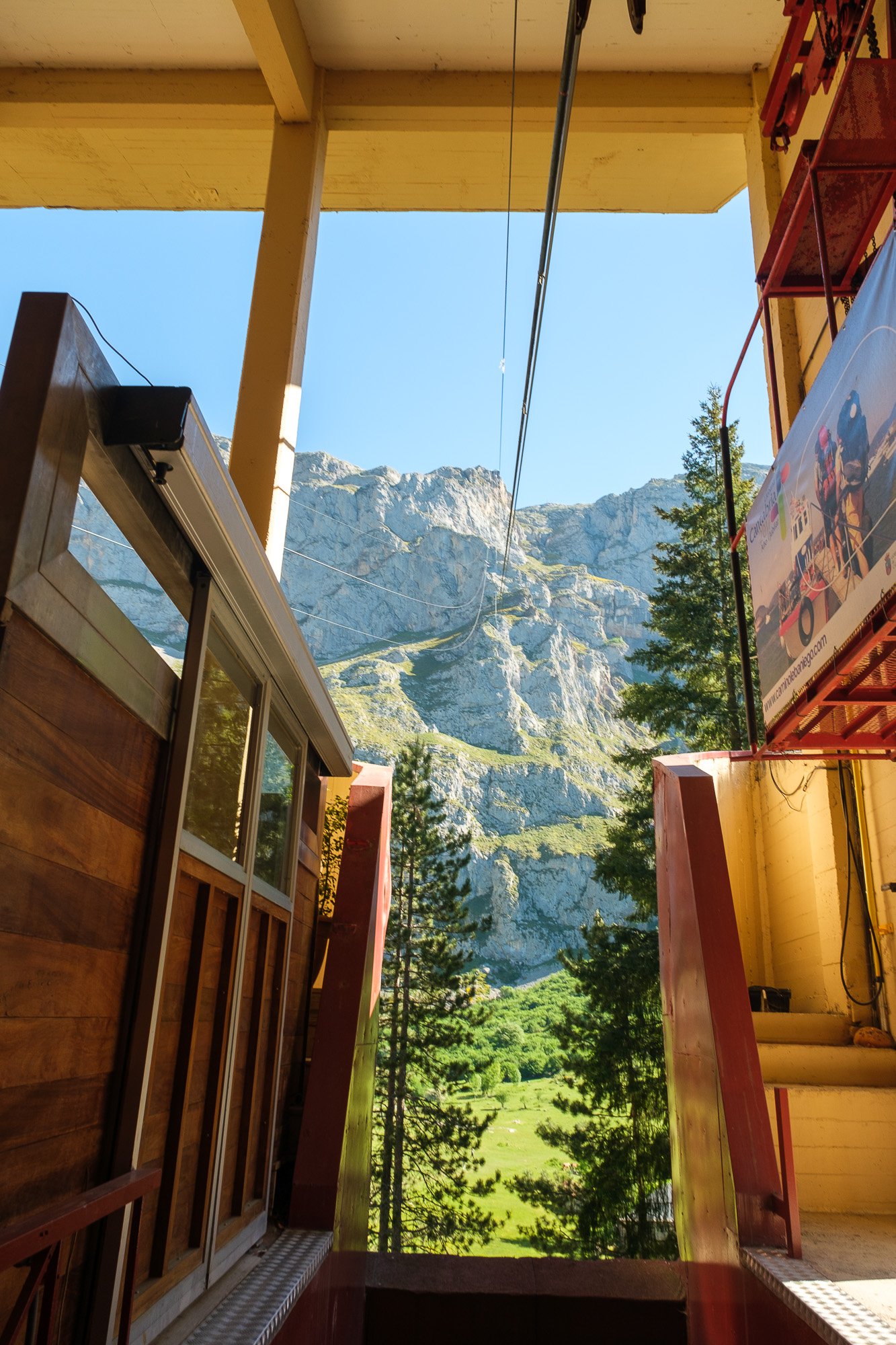
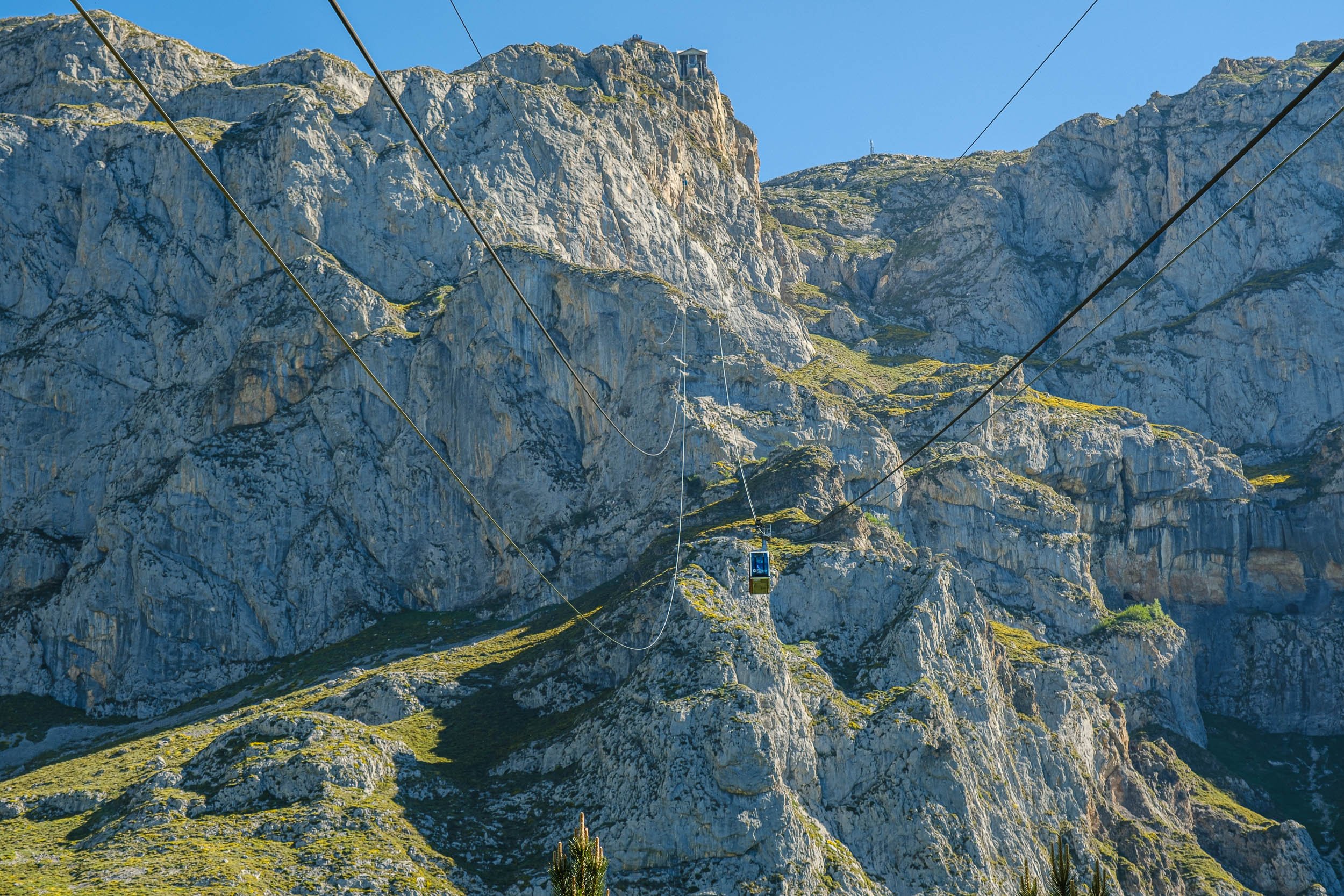
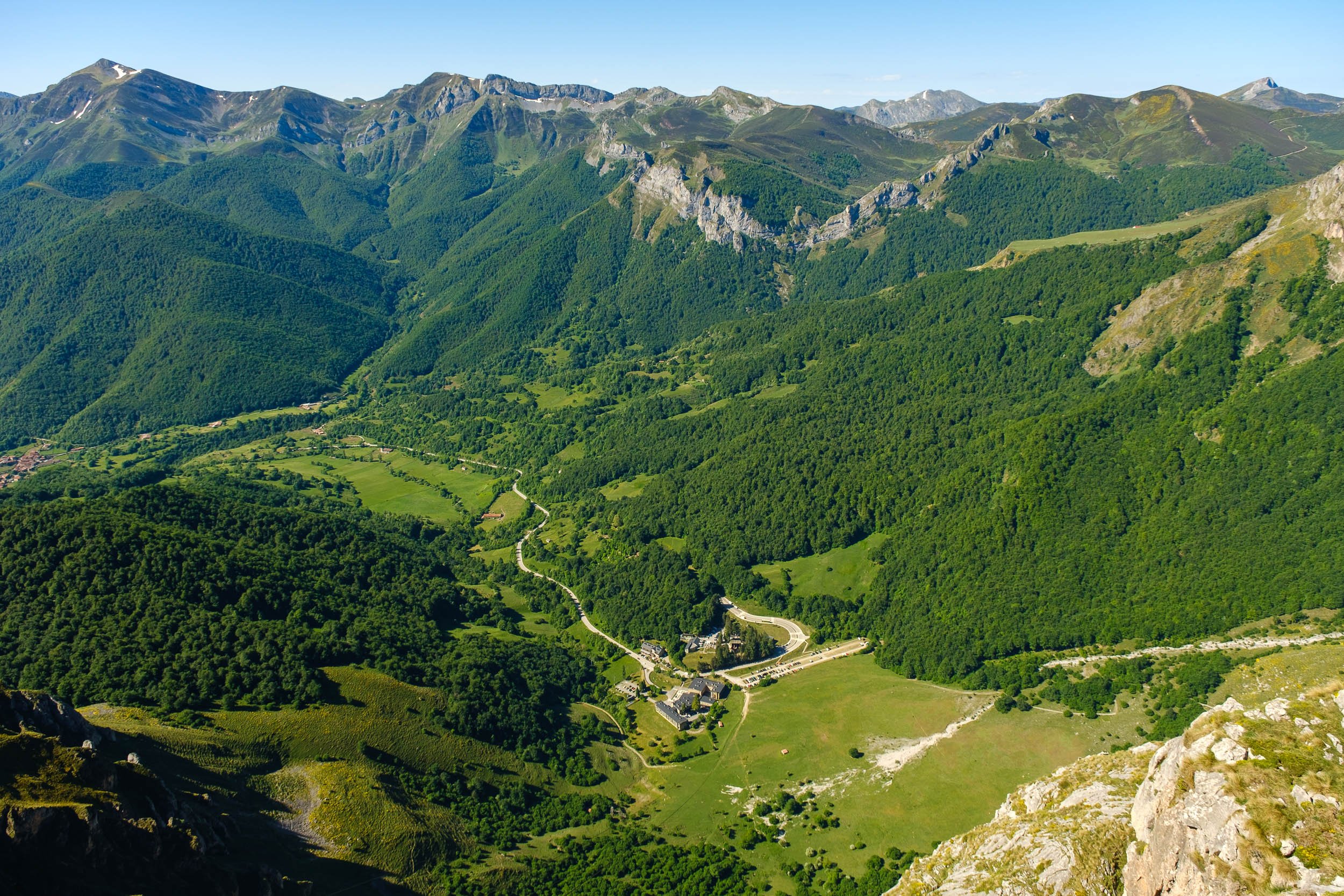
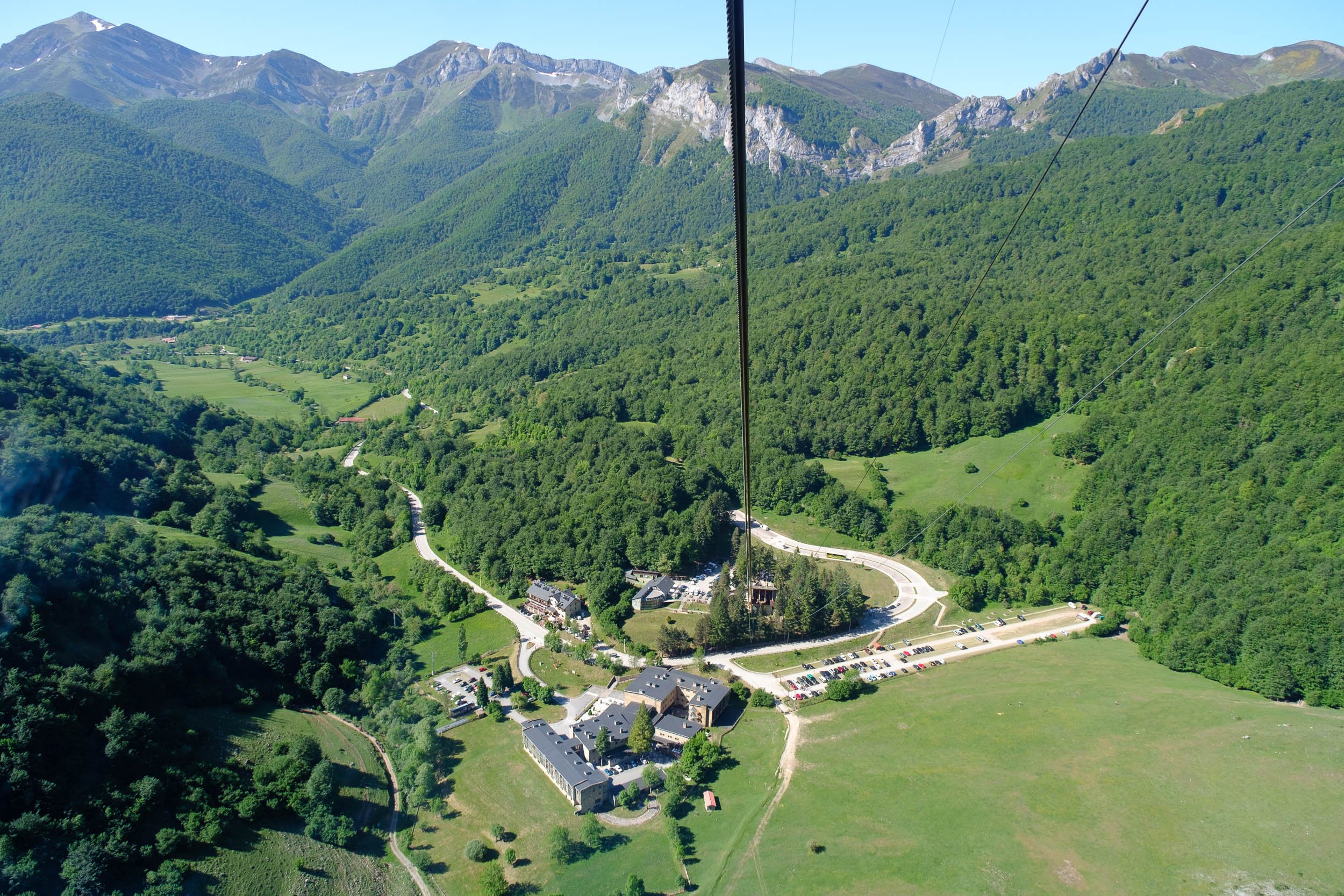
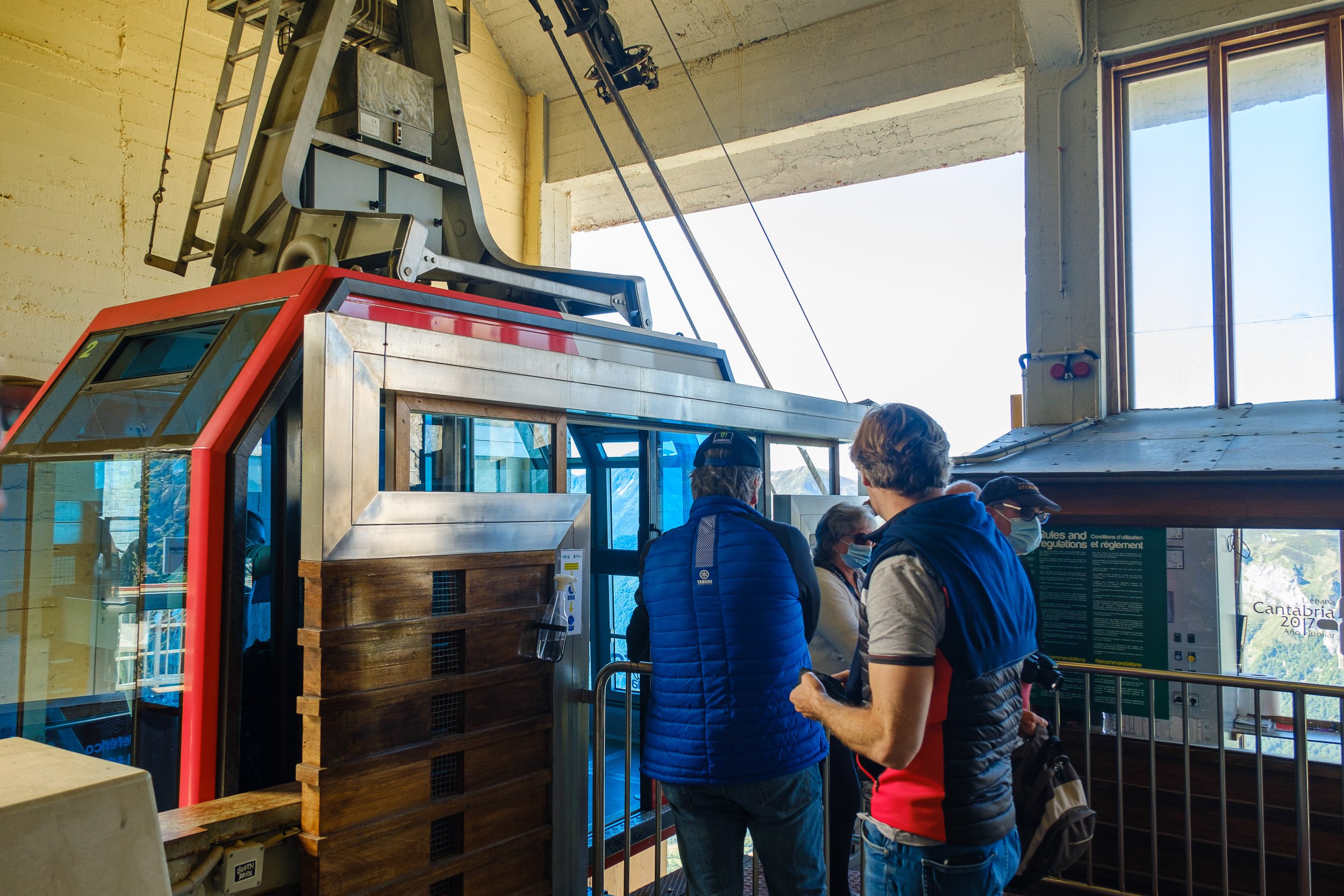
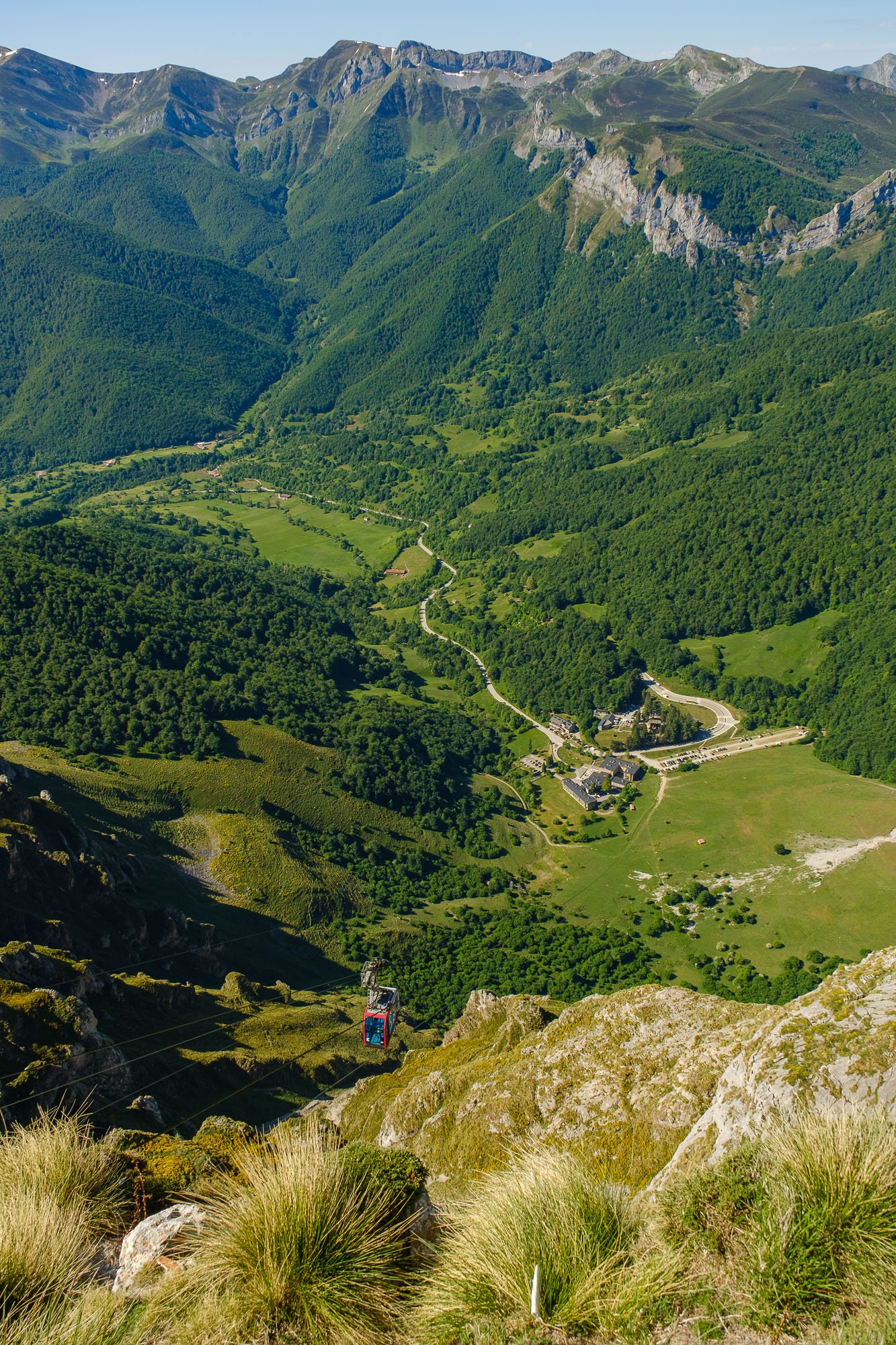
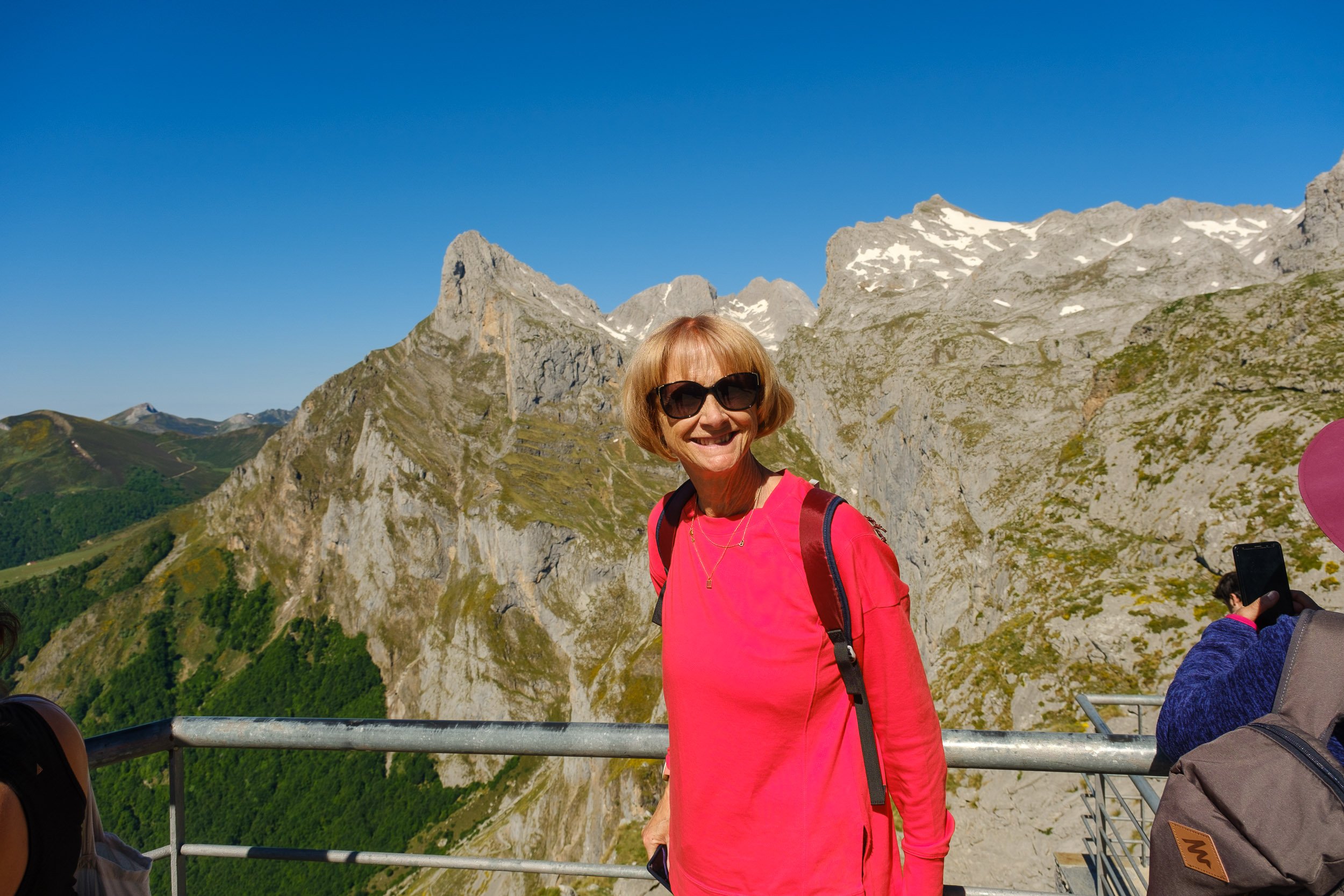
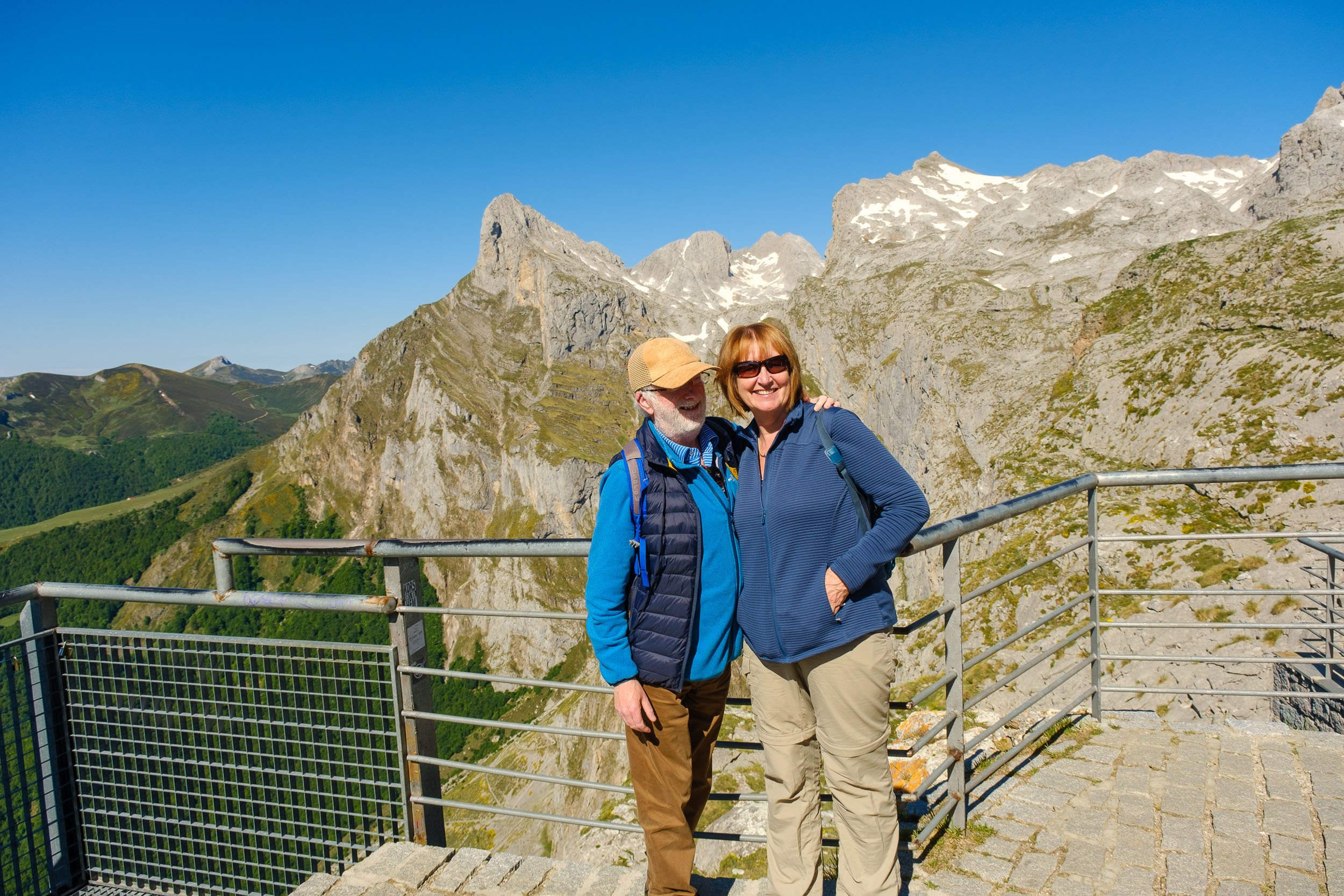
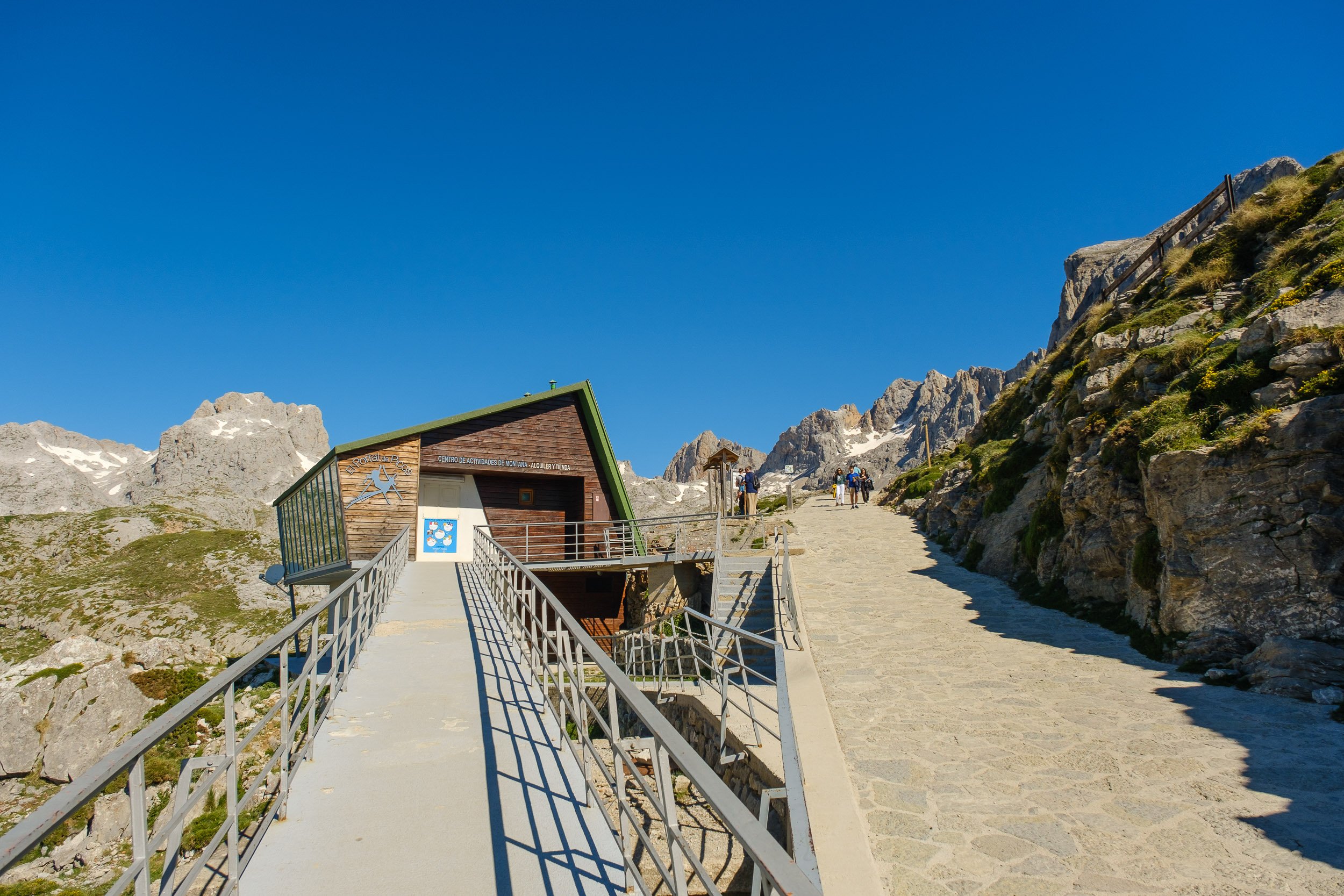
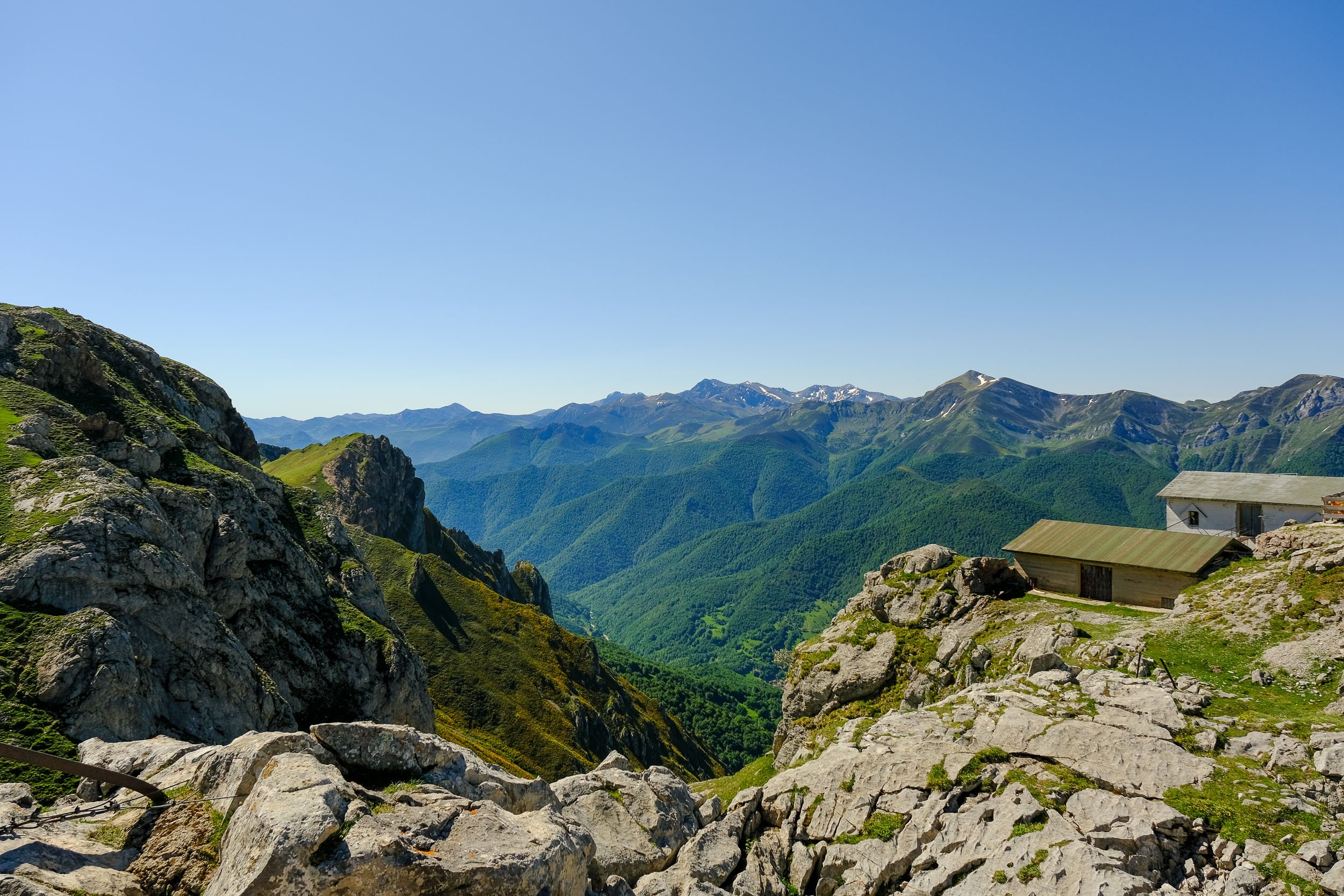

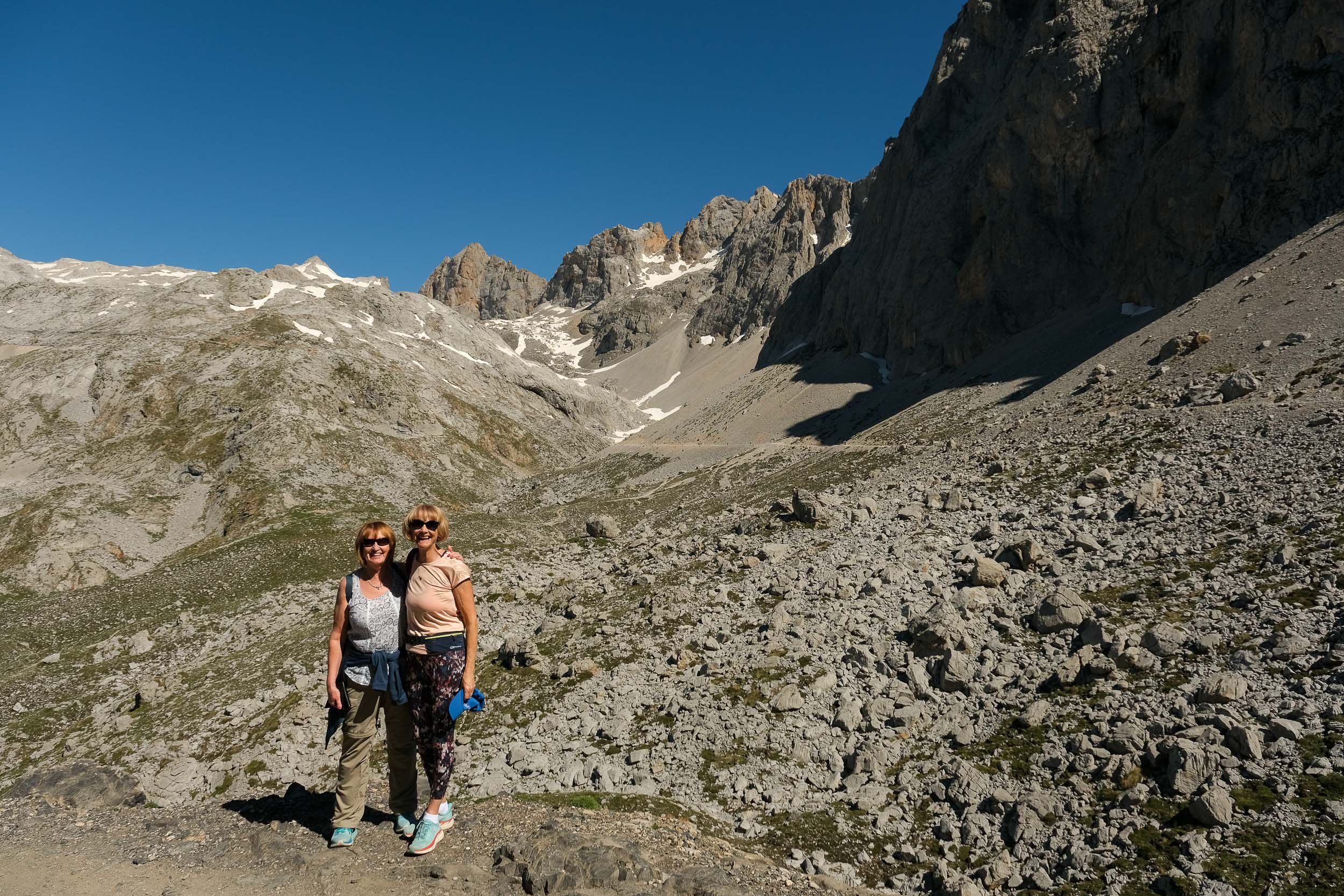
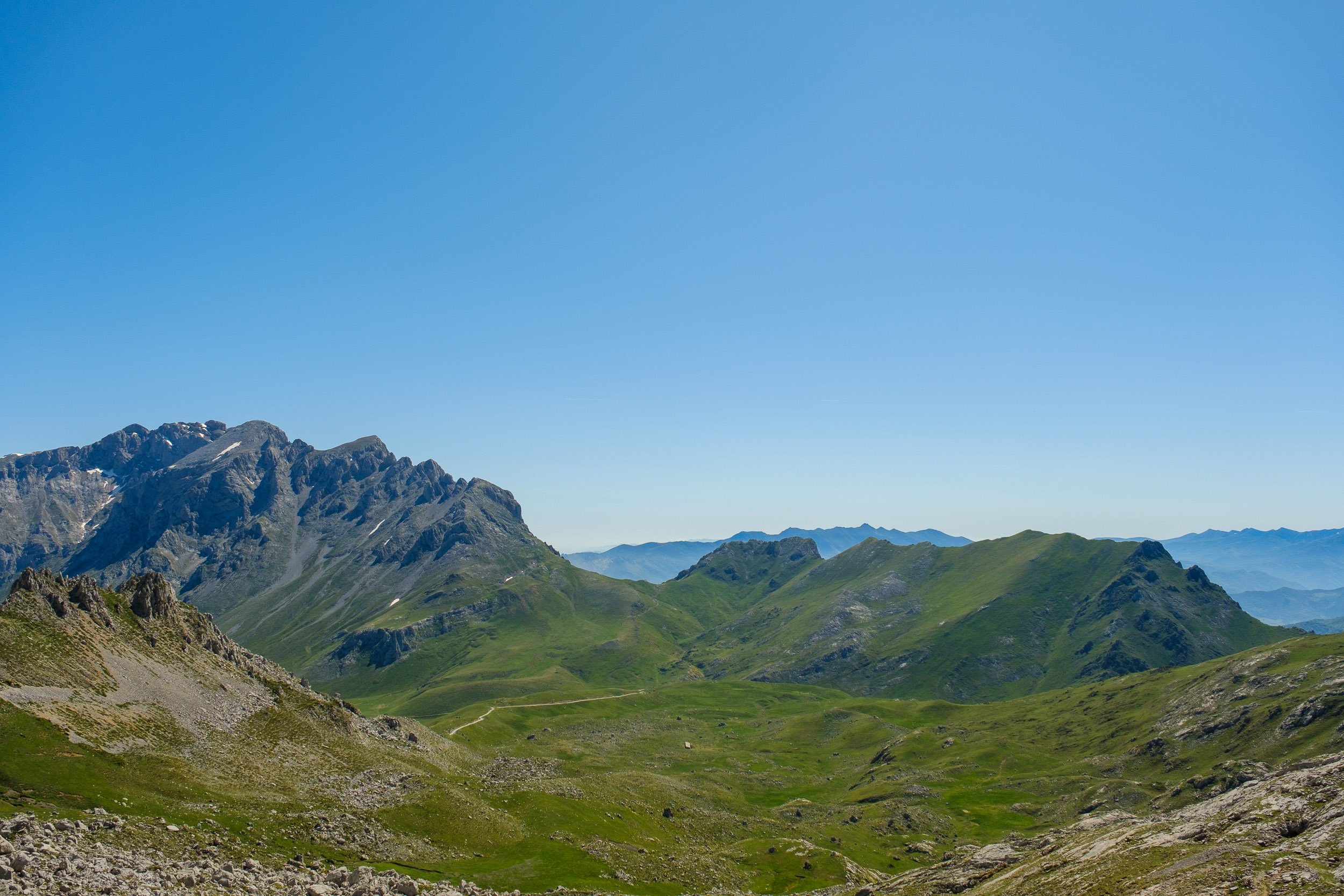
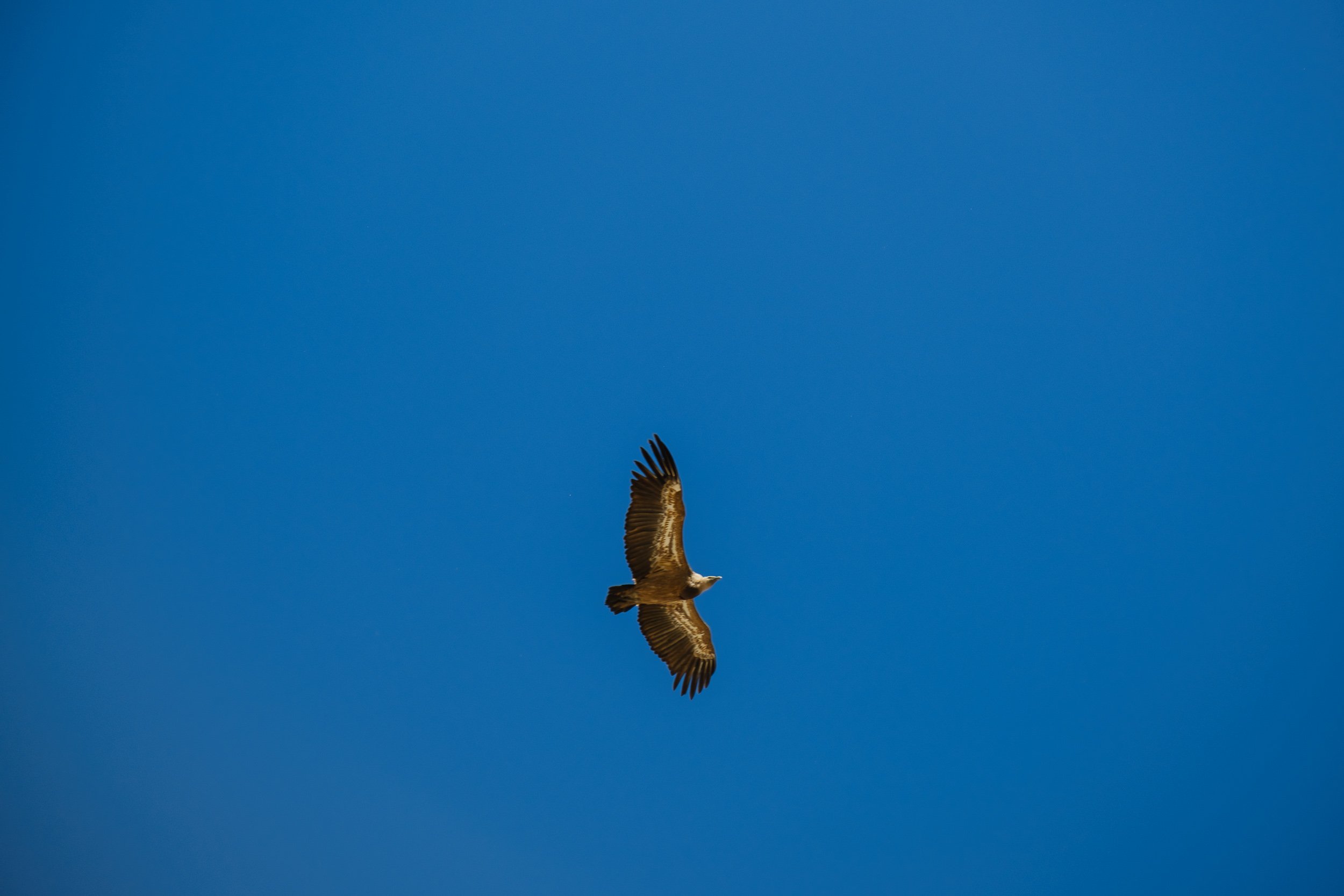
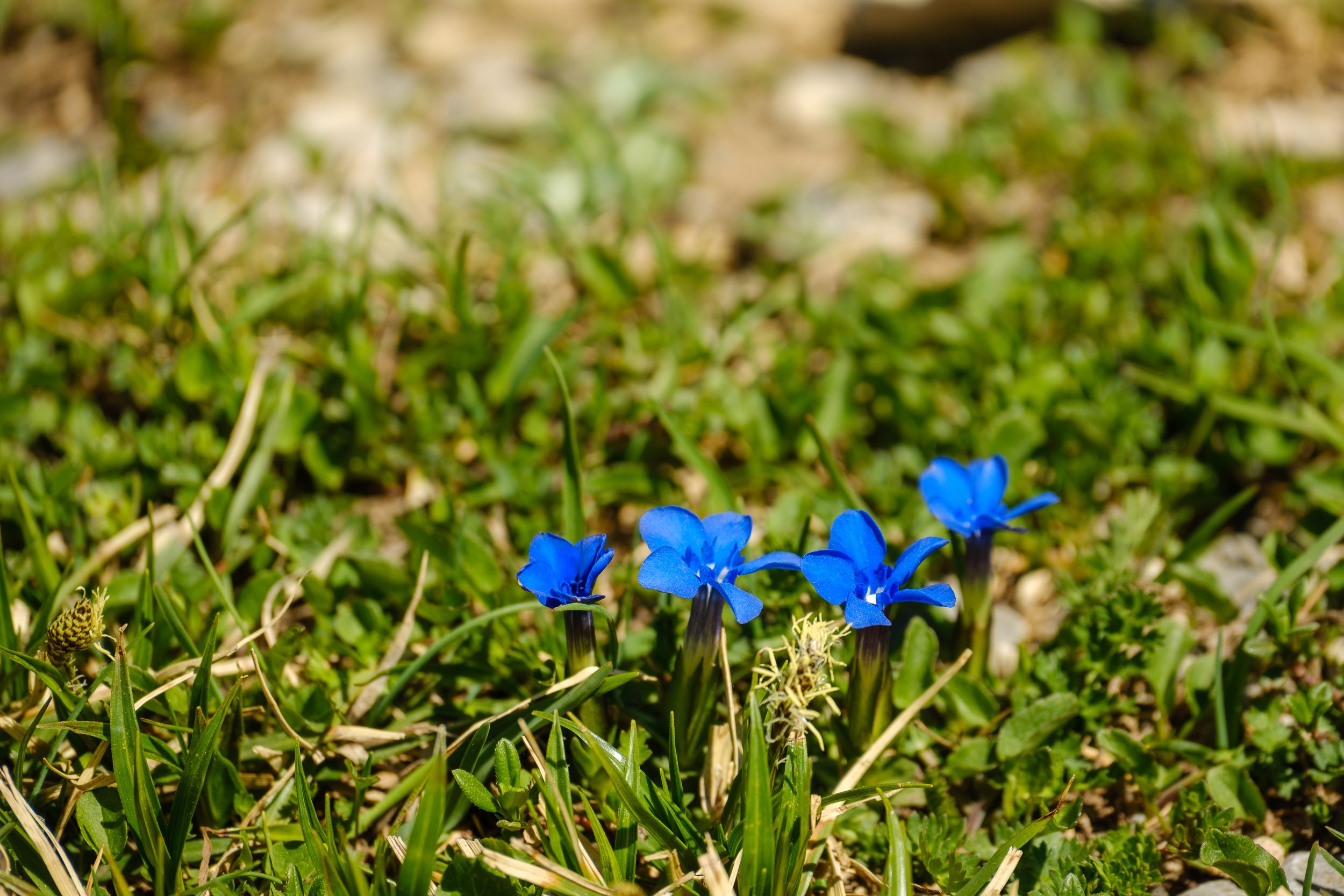
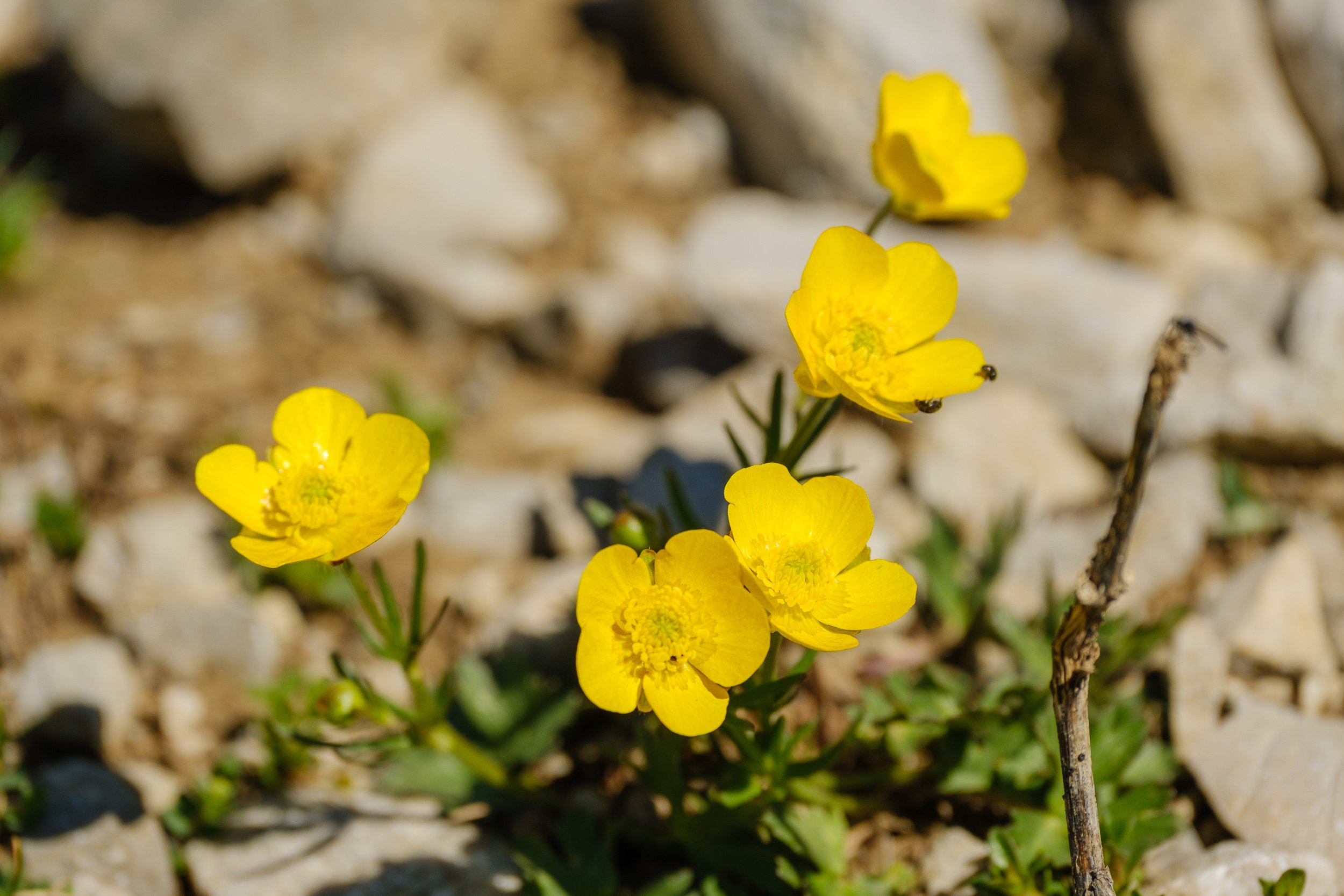
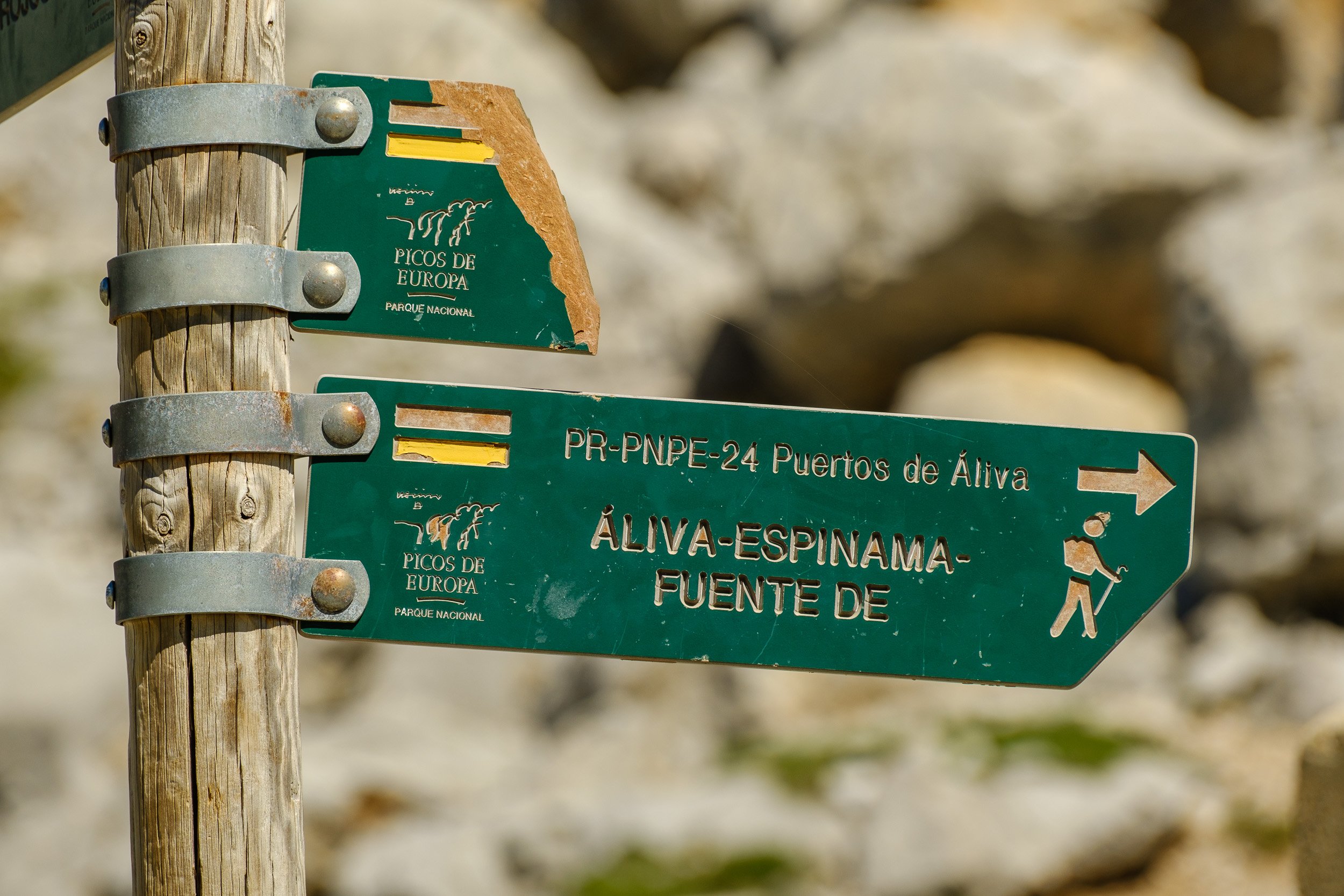
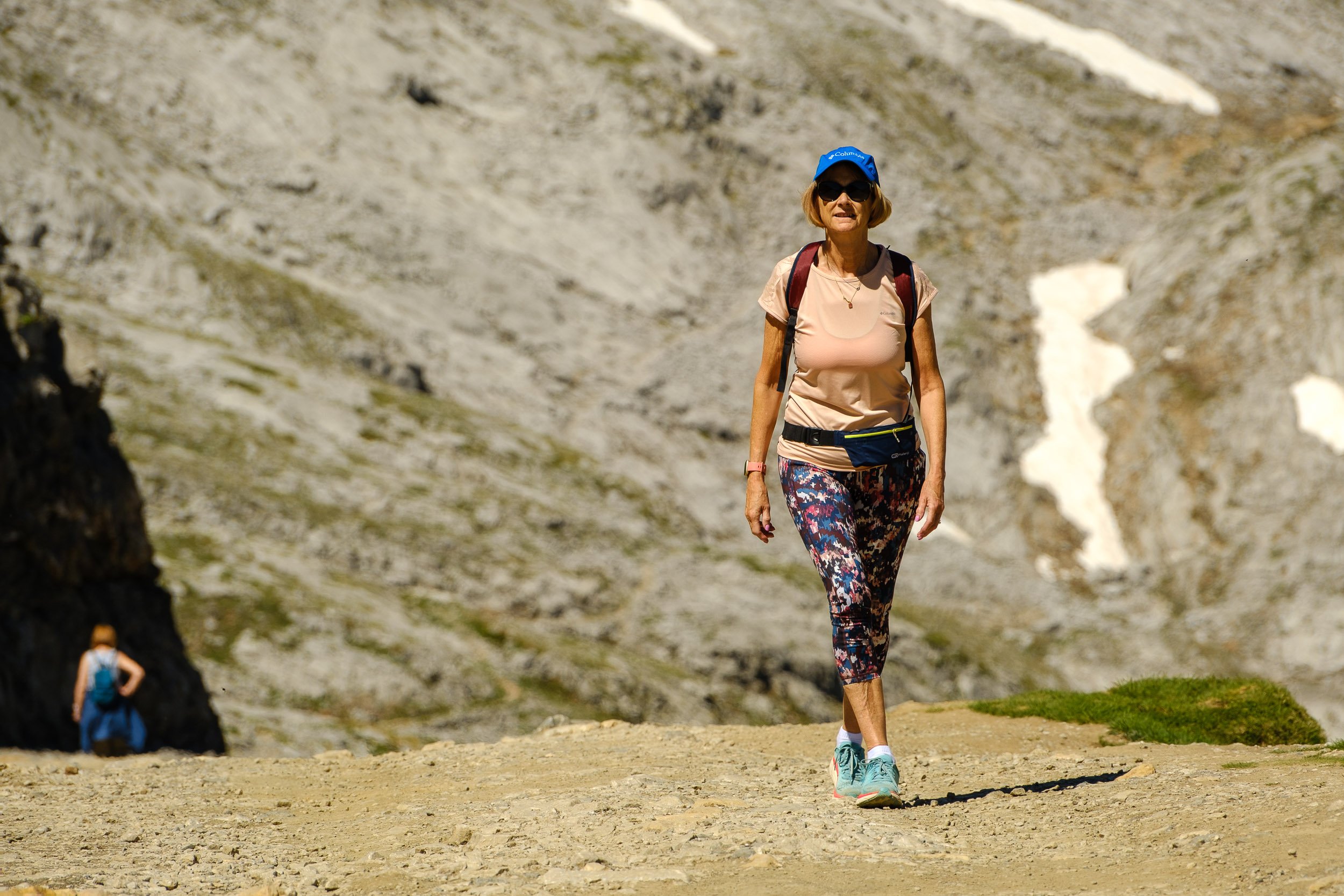
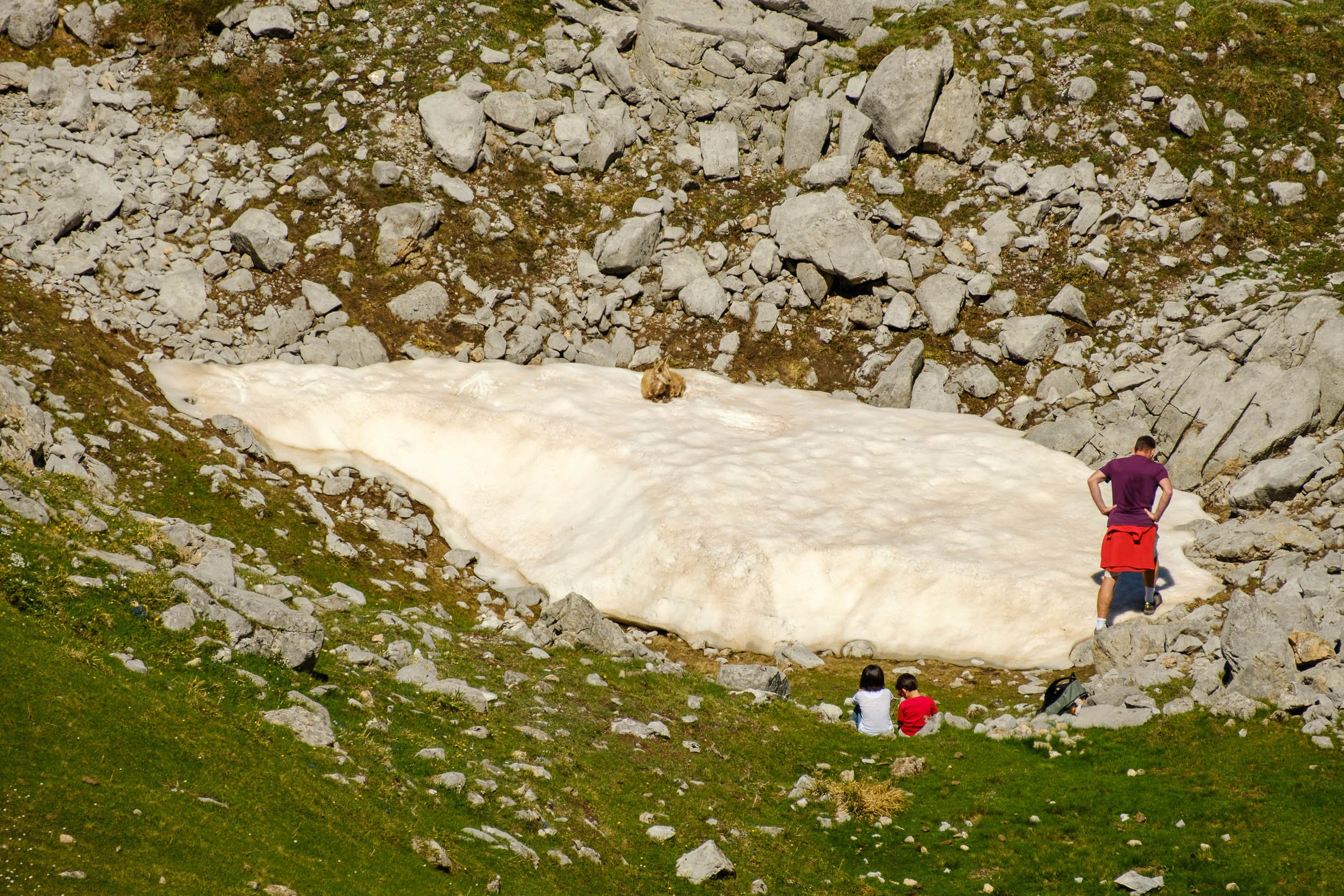
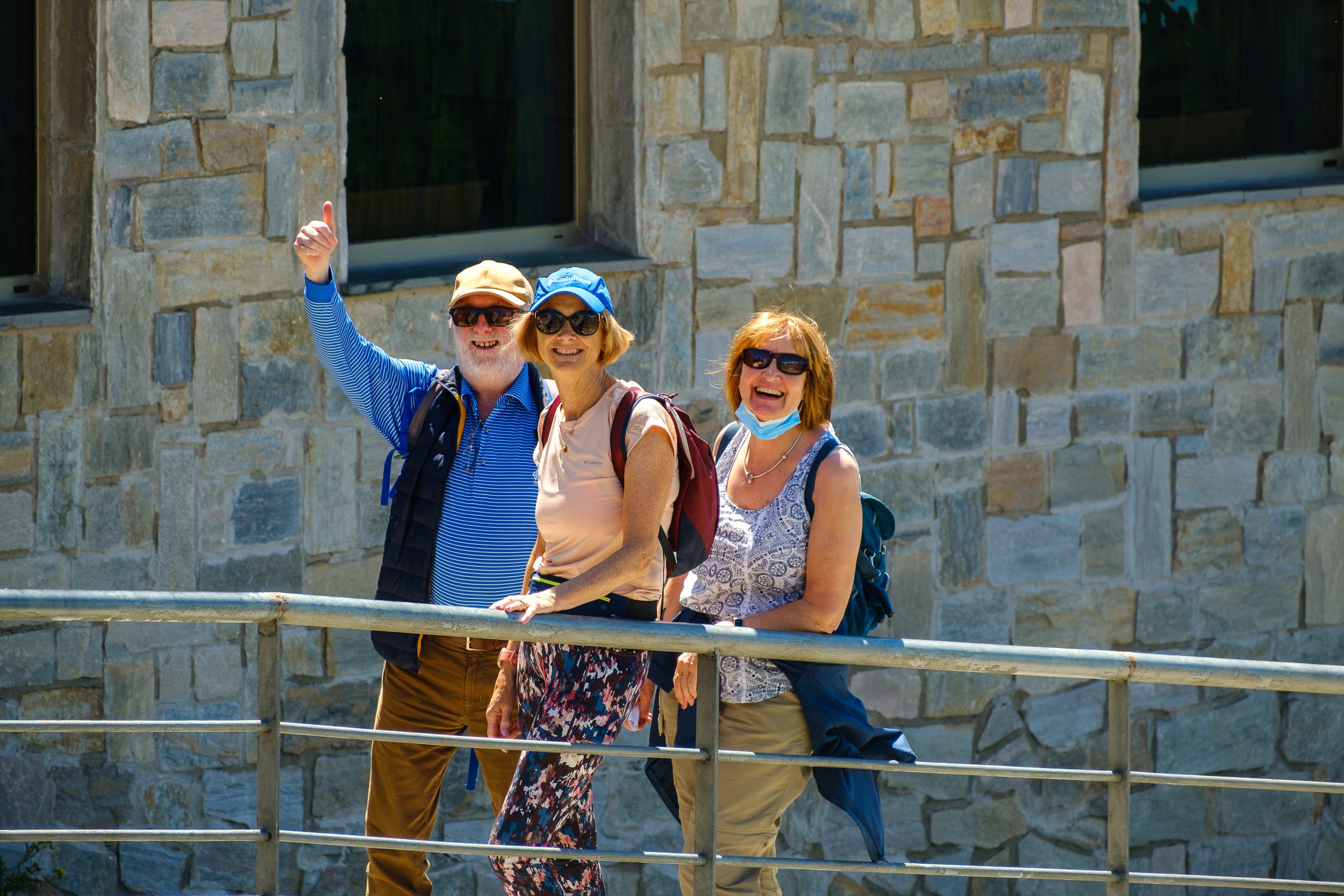
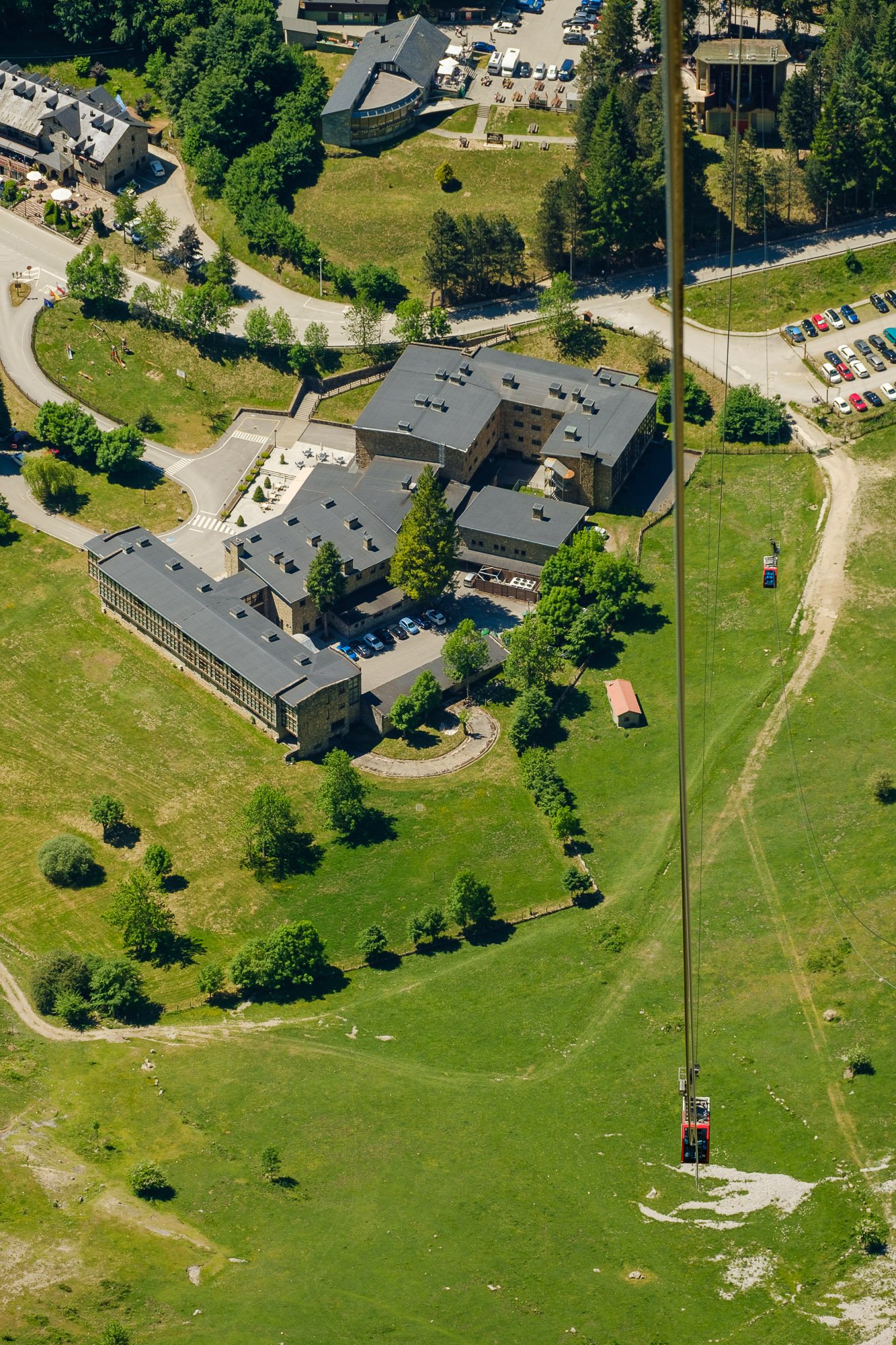
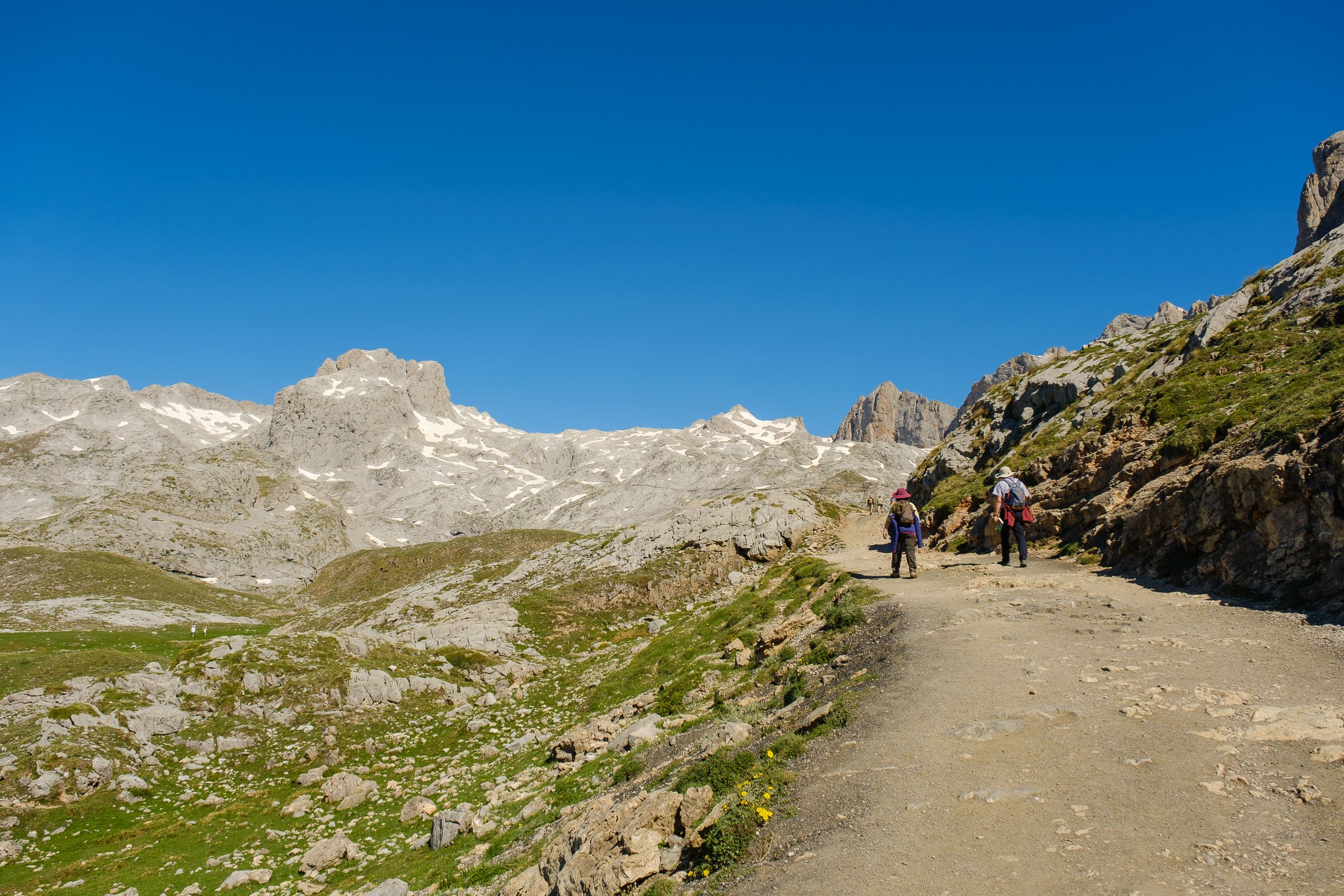
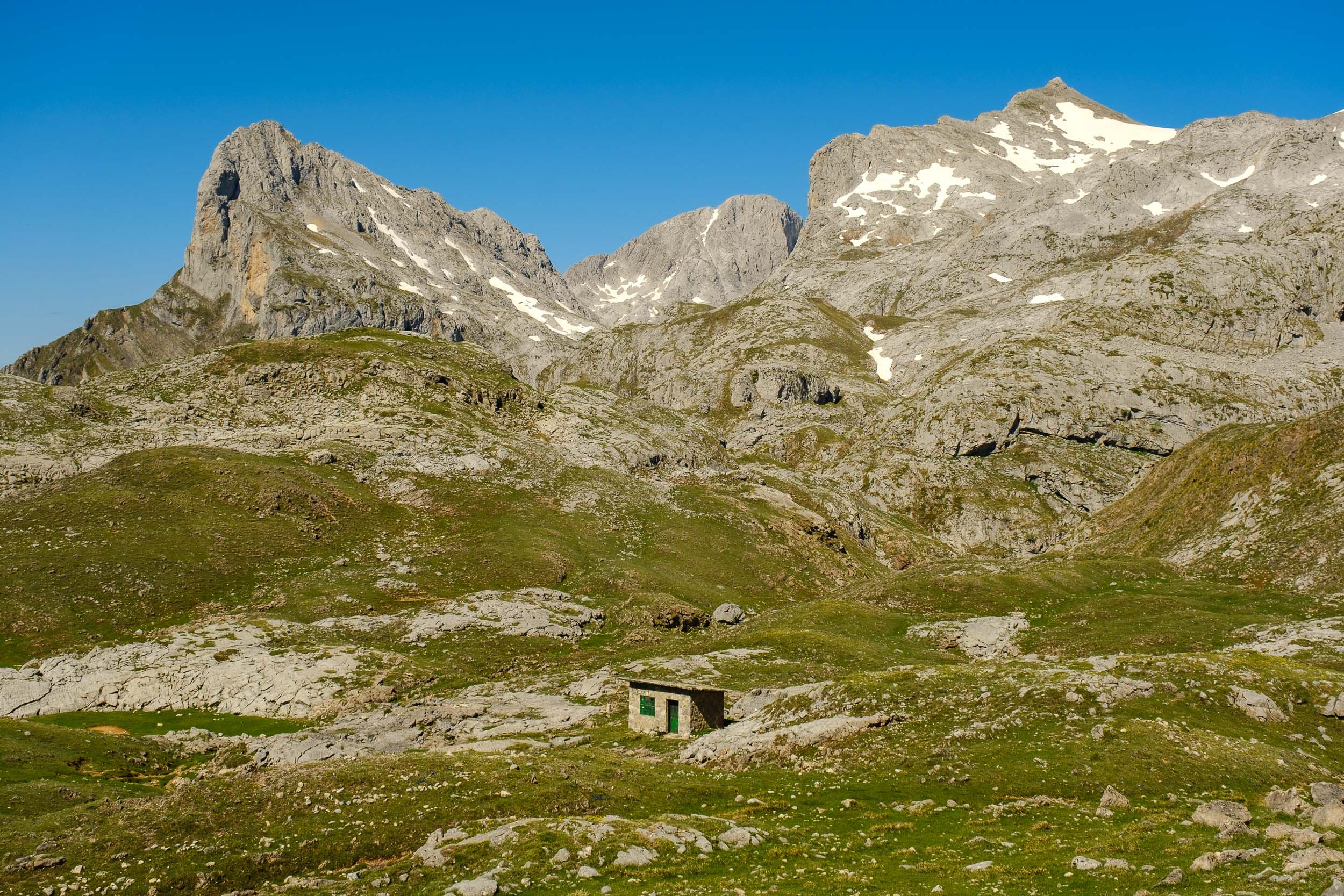
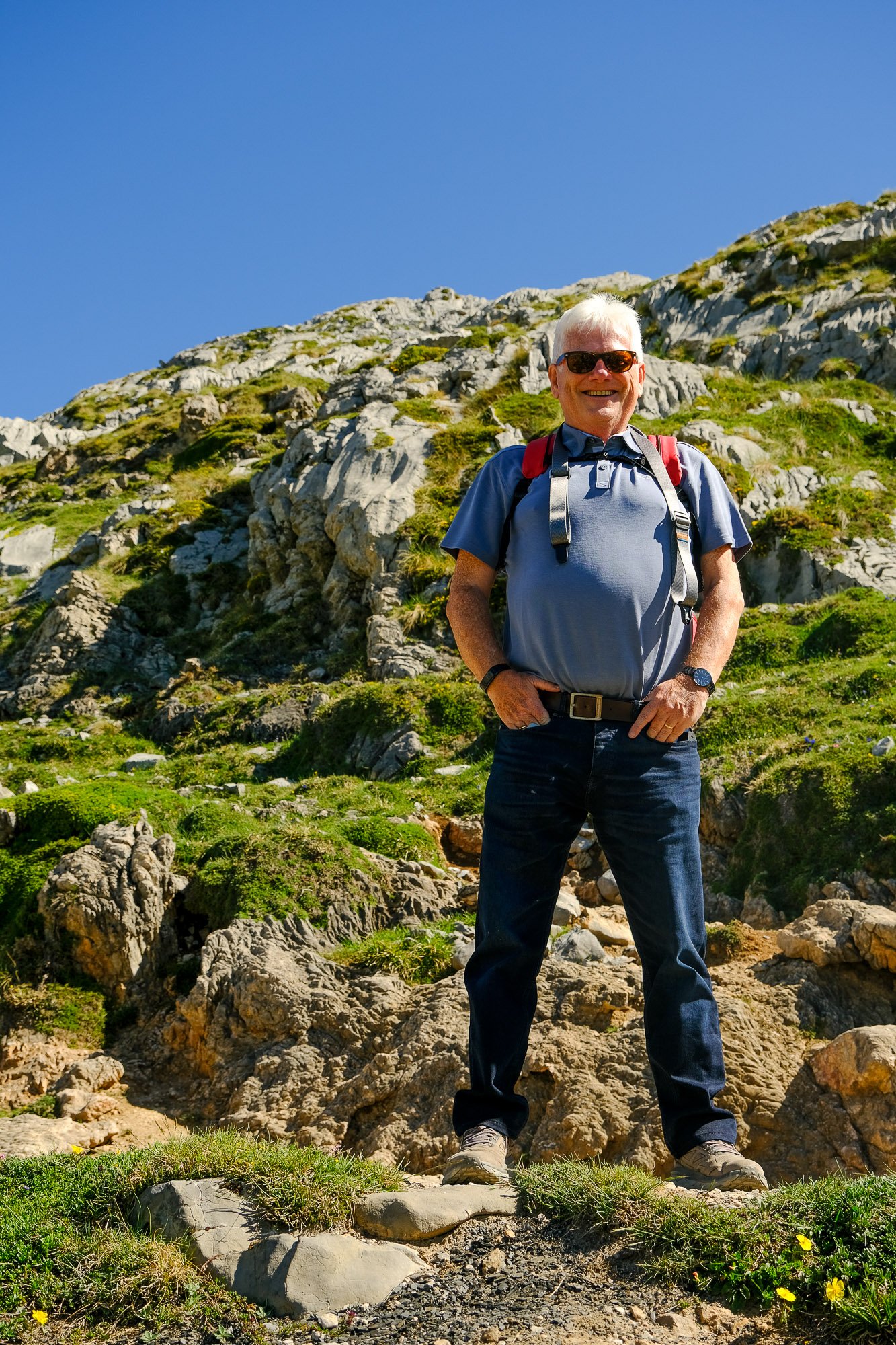
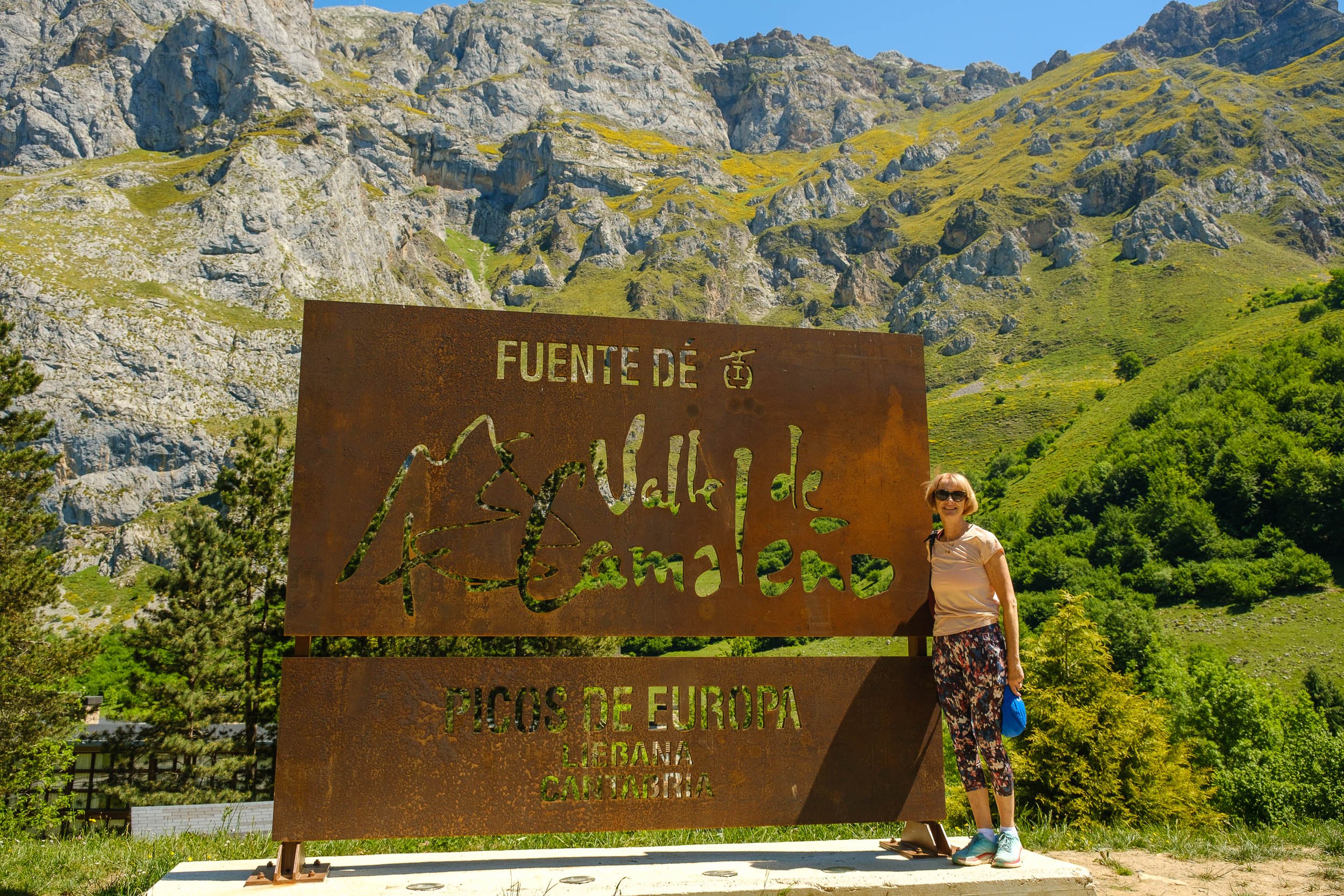
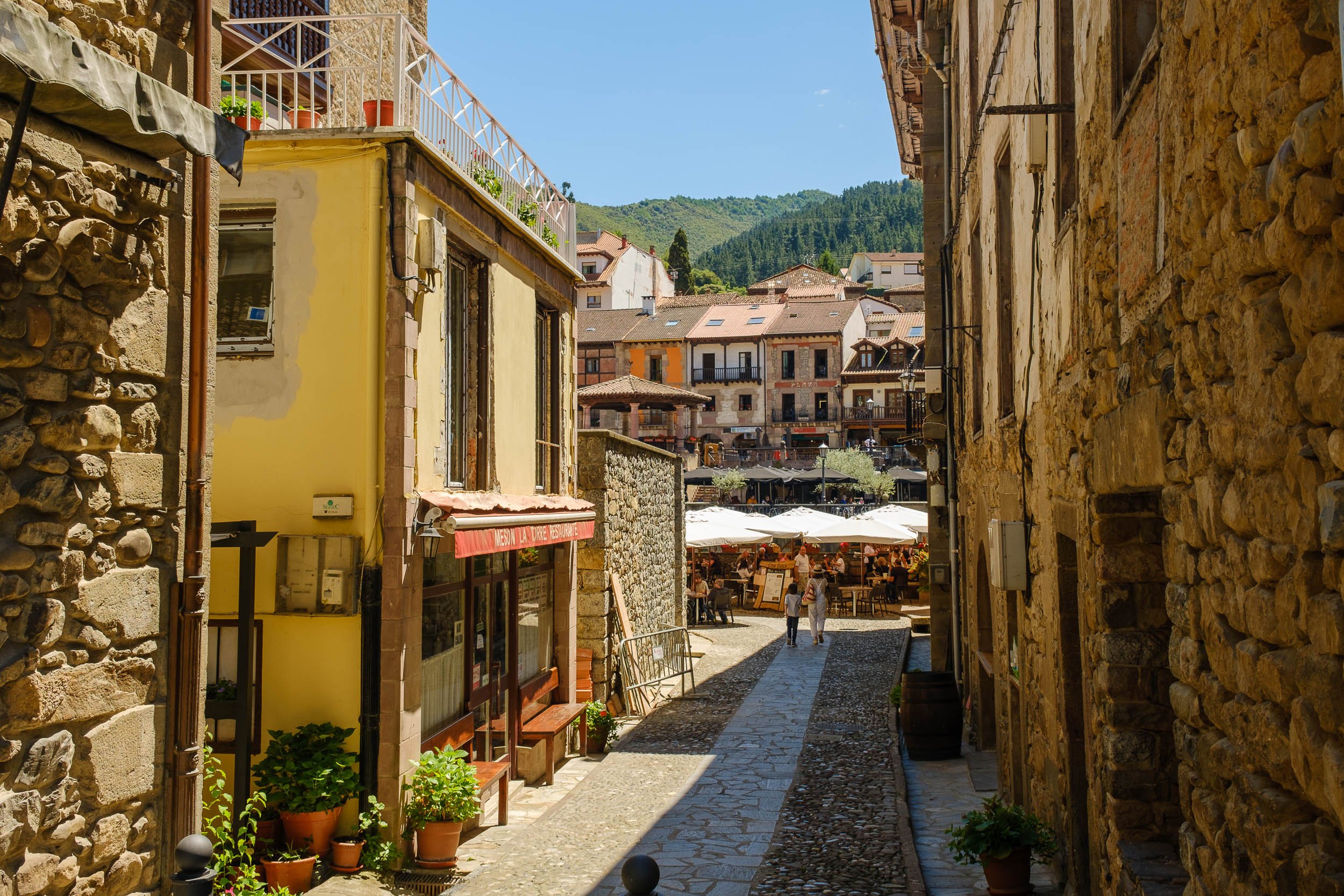
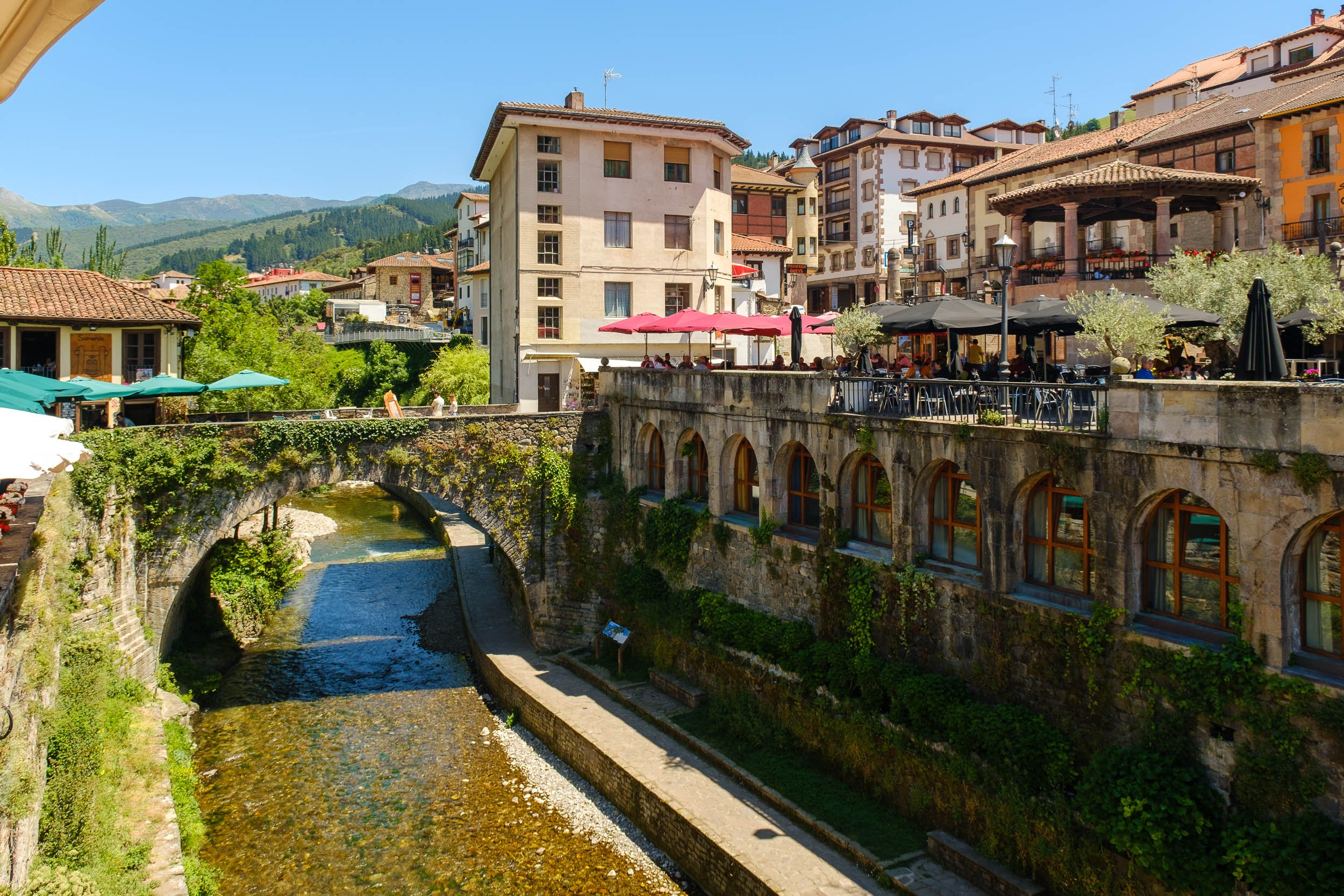
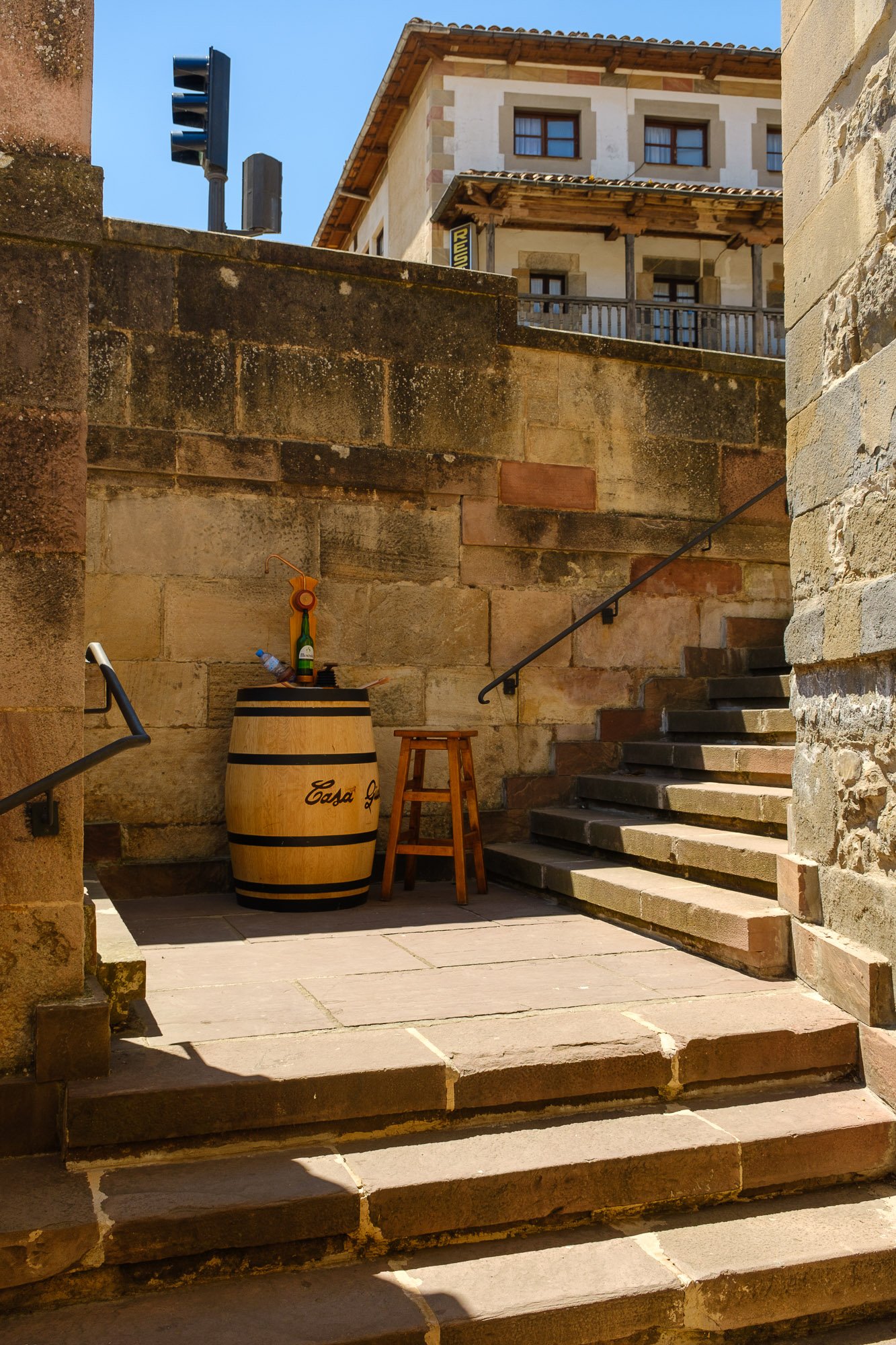
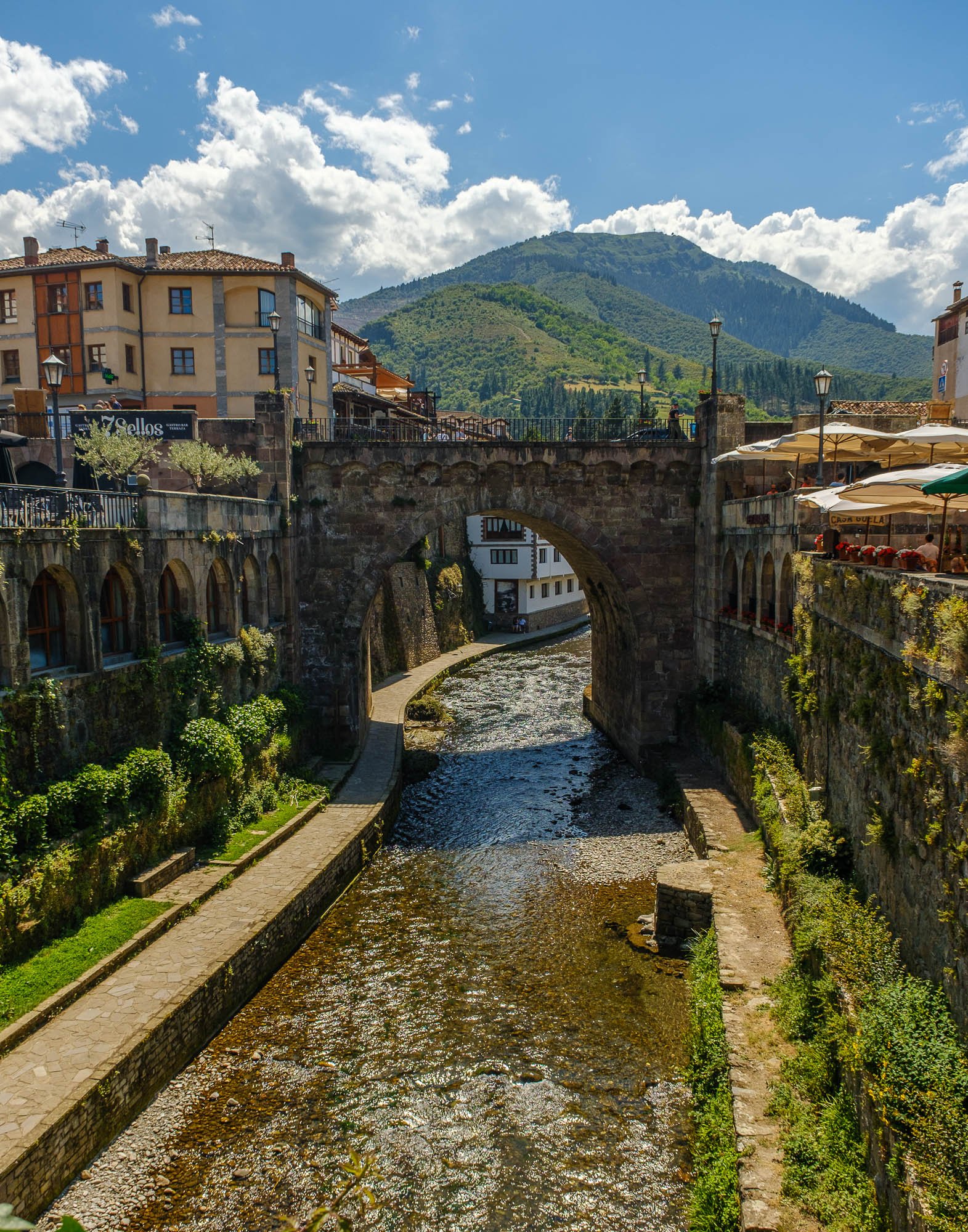
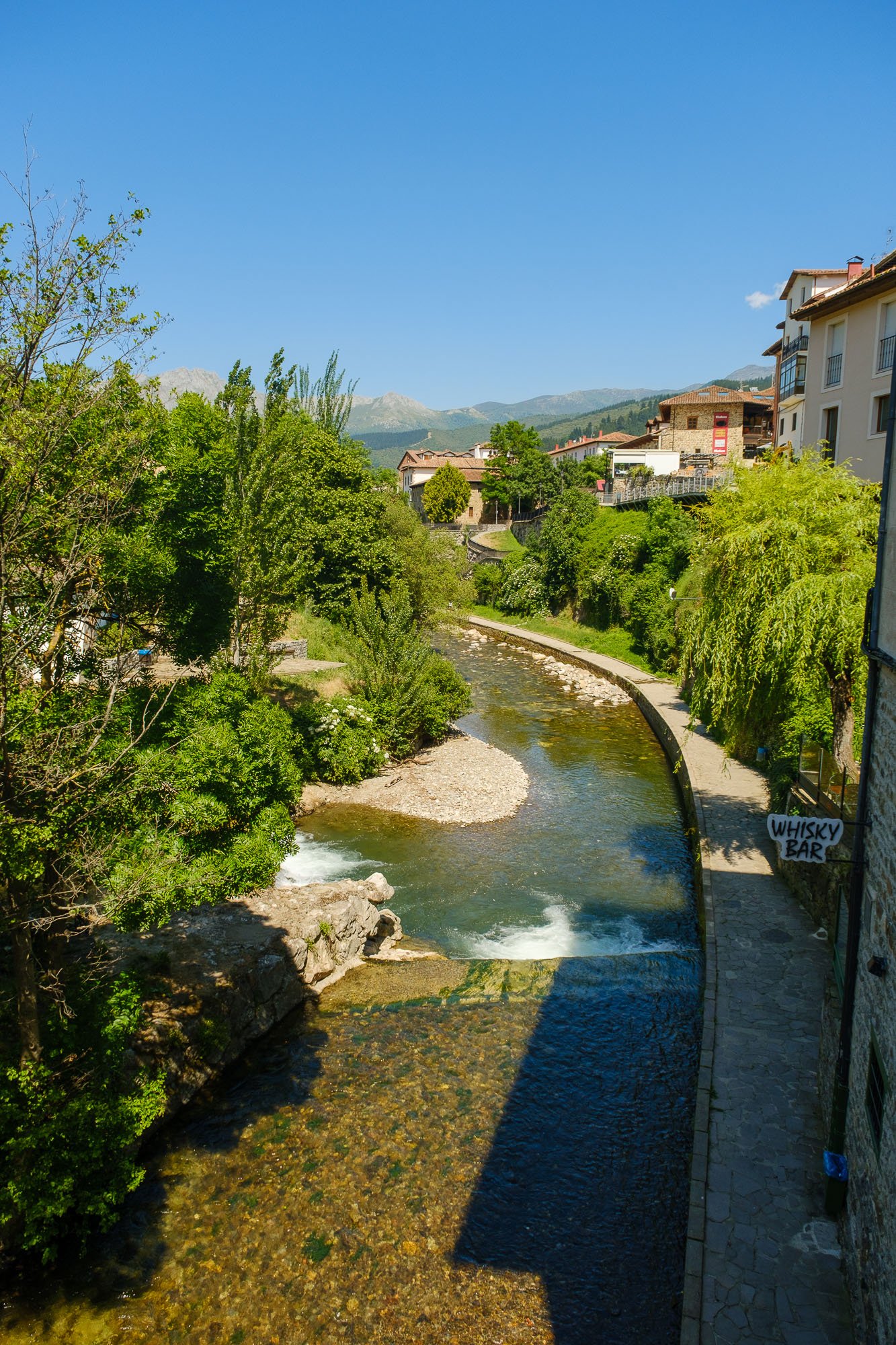
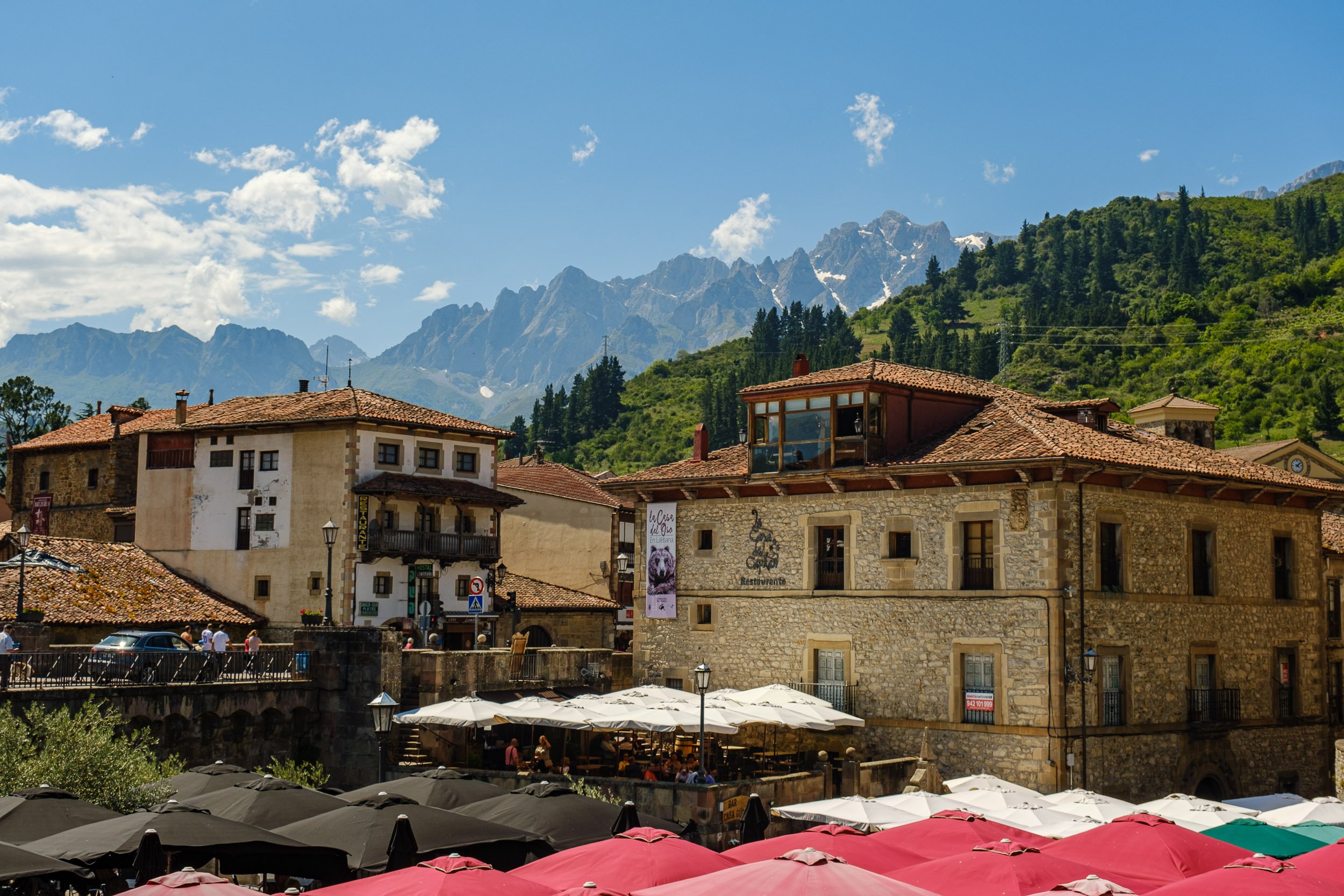
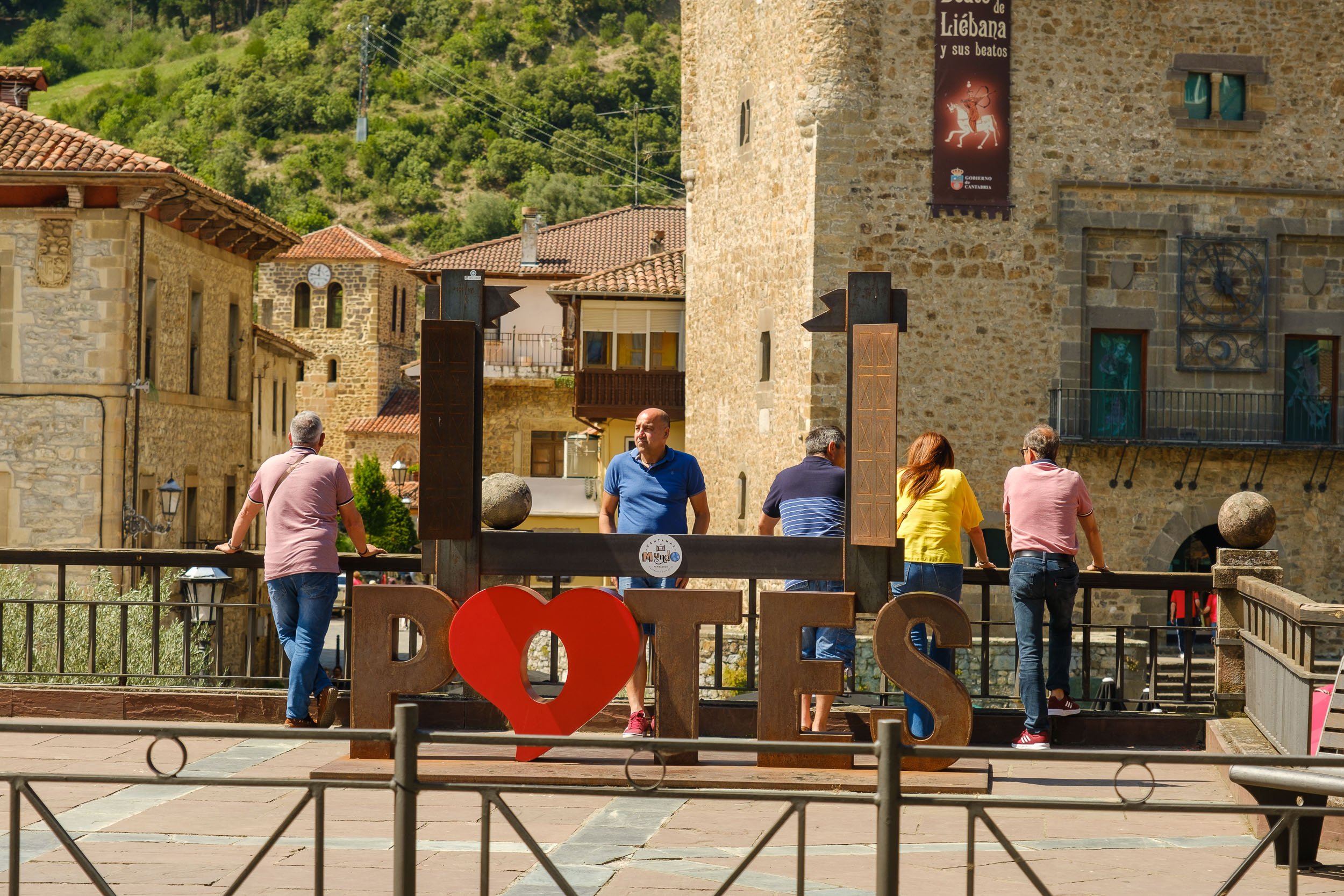
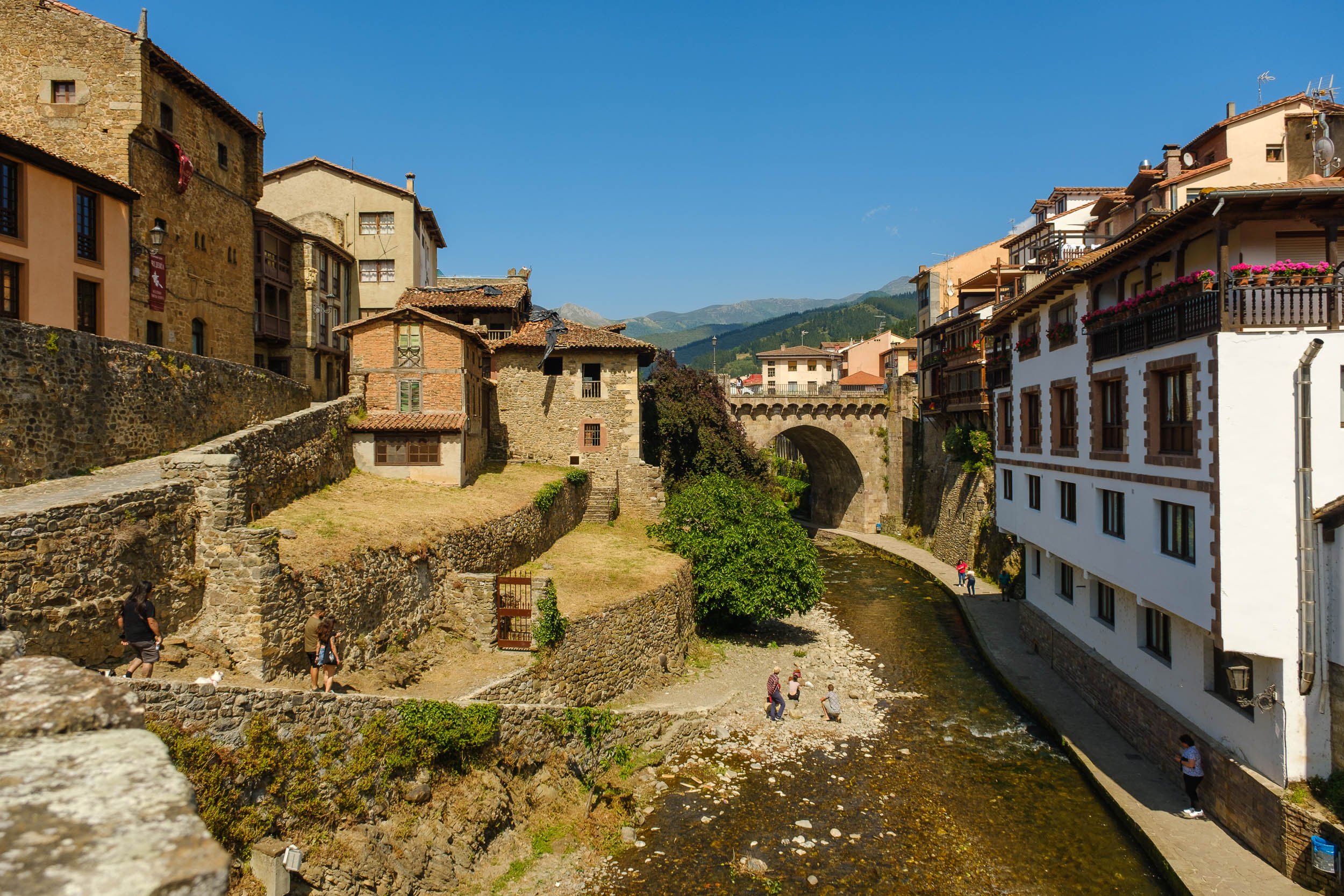
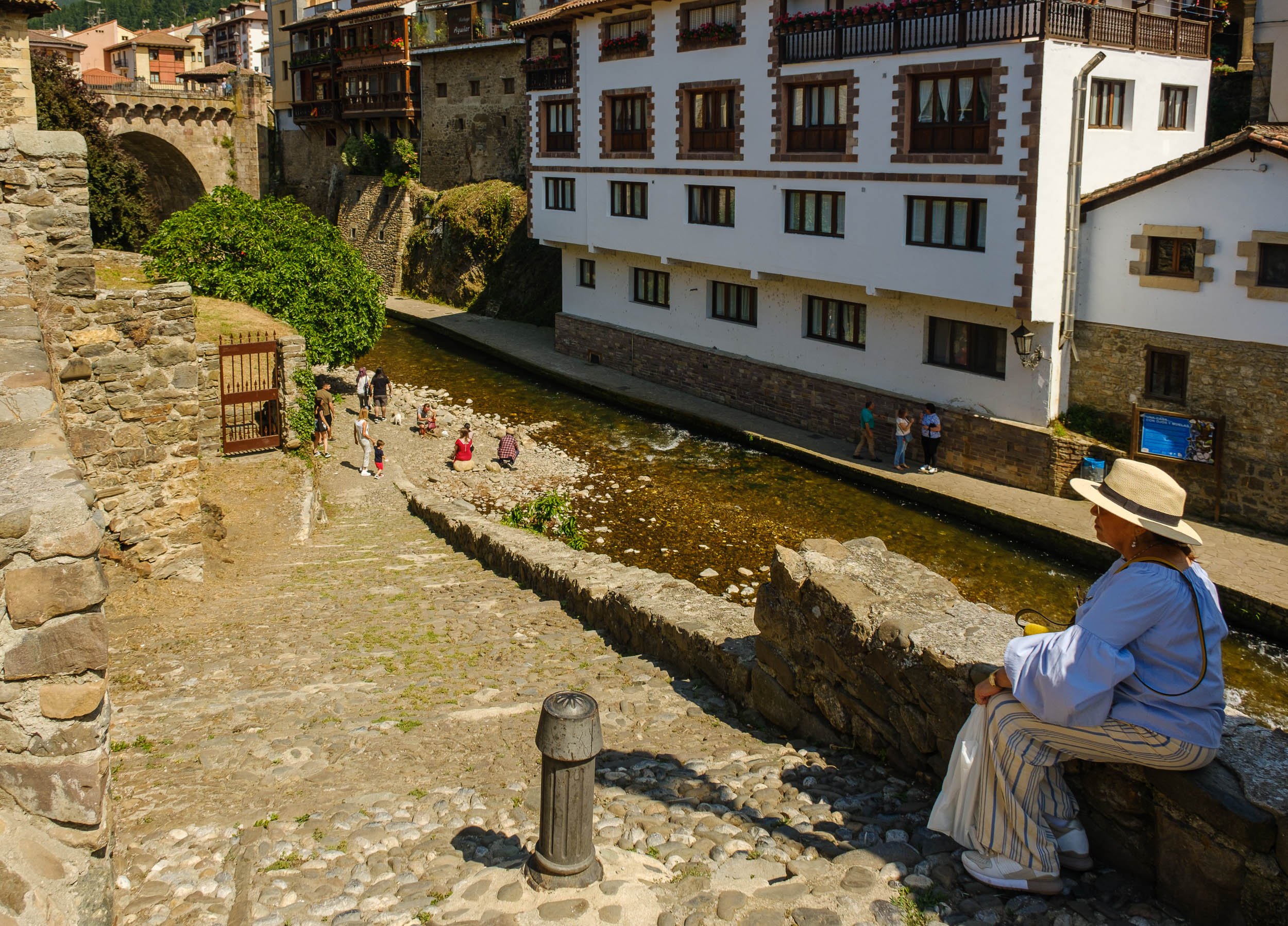
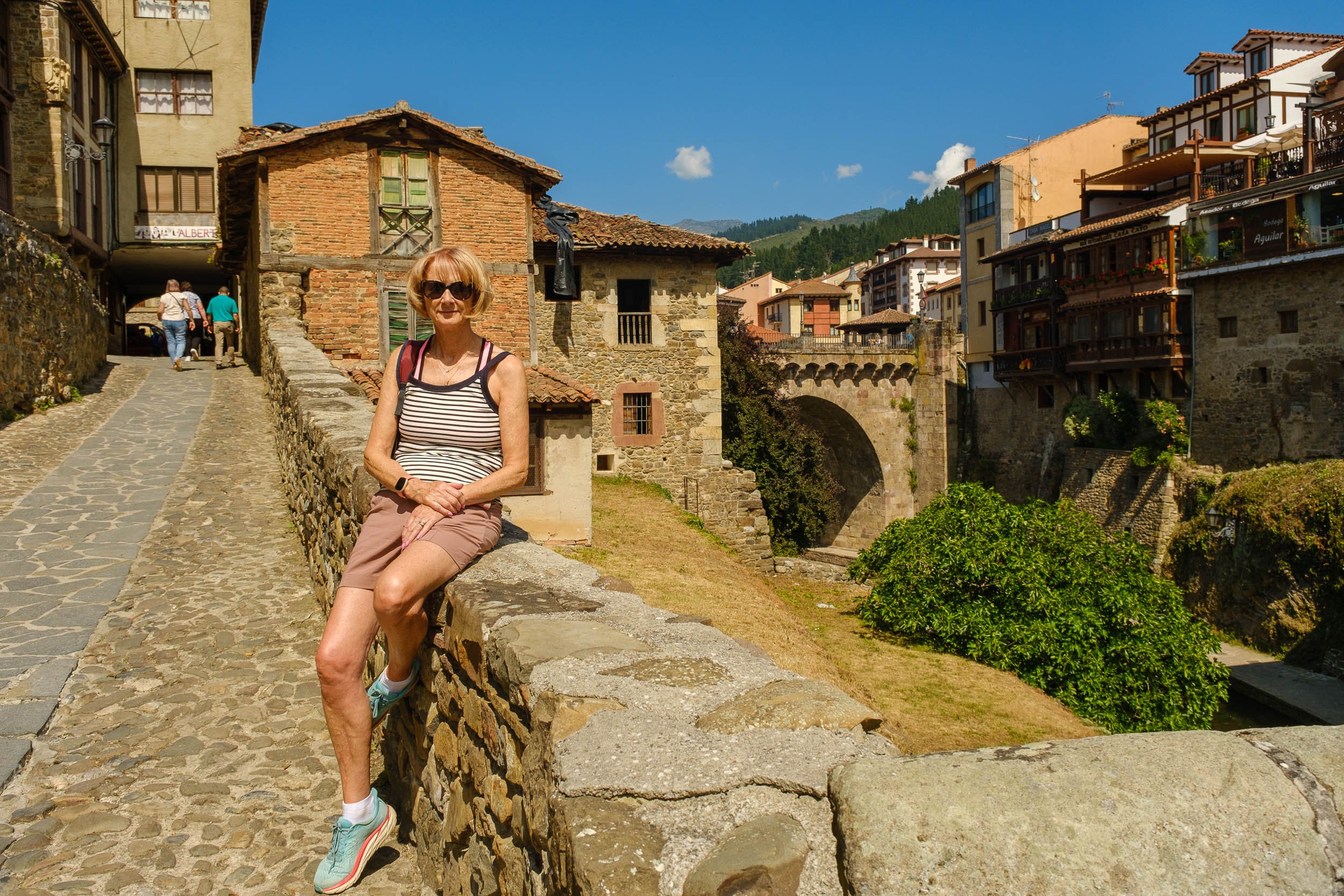
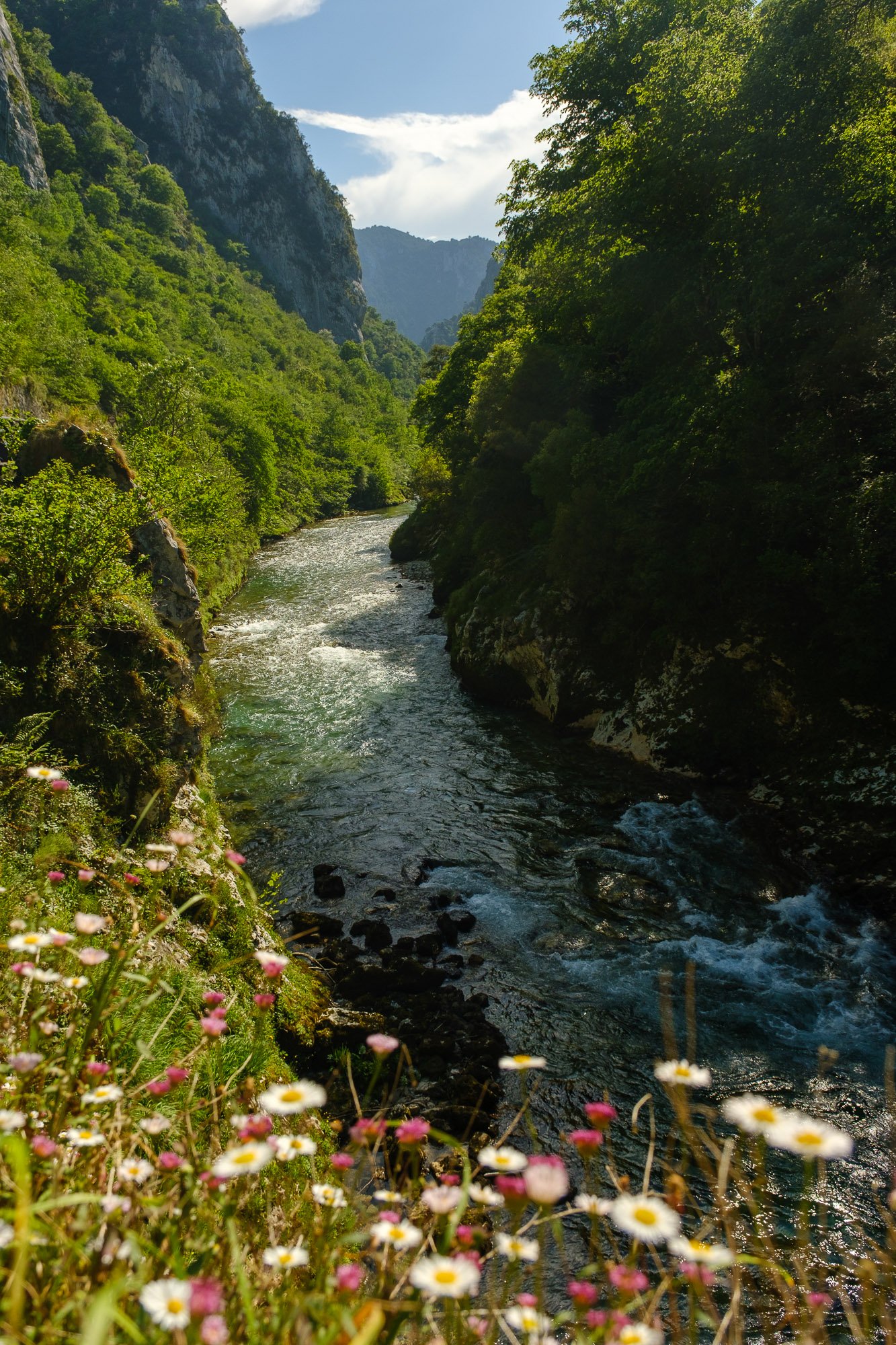
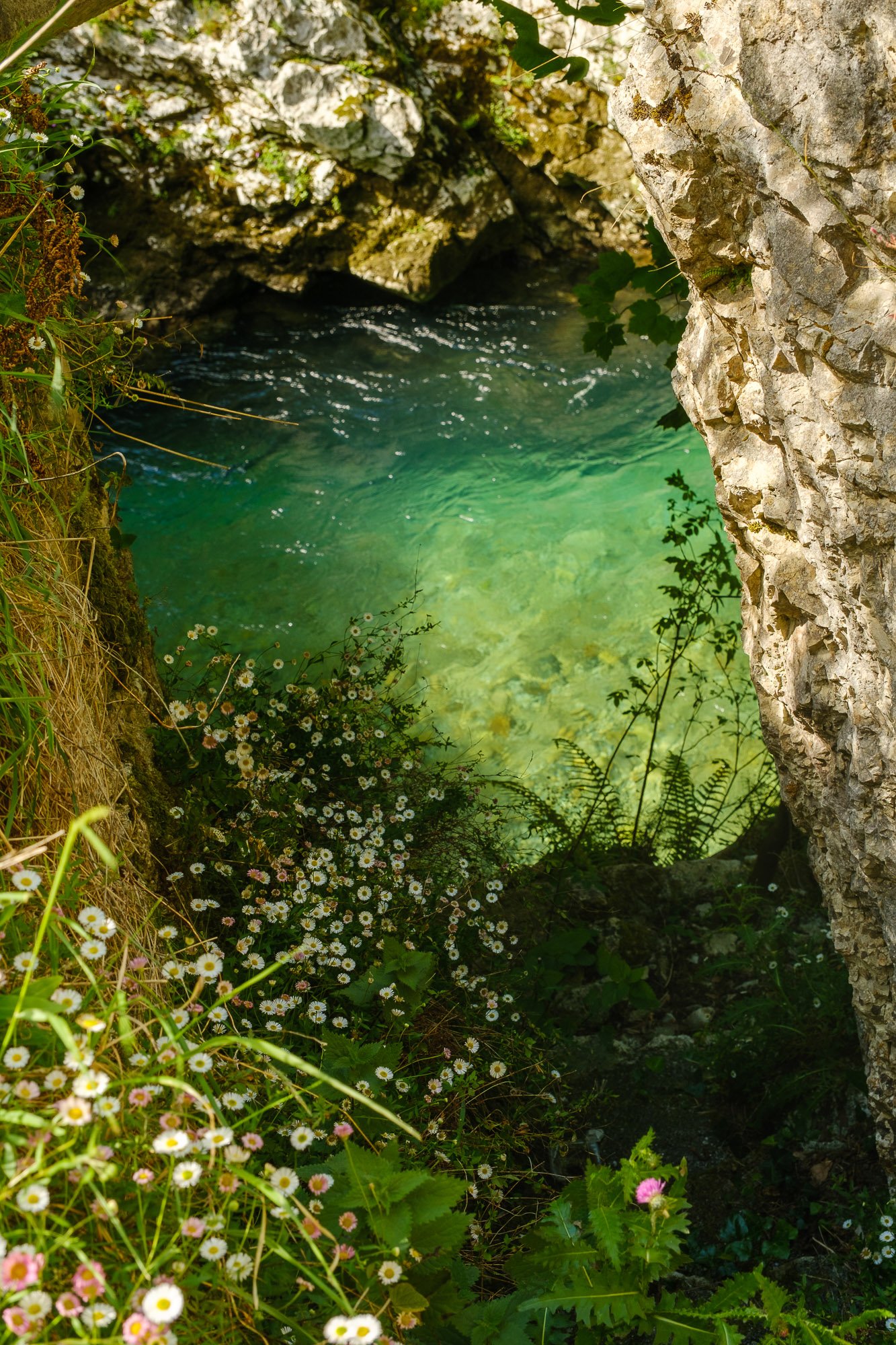
Covadonga
Covadonga has a famous place in Spanish history. In the early 700s nearly all of Spain, except Austurias had been conquered by the Moors. The Cantabrian mountains made it difficult to take Austurias. Pelayo, a nobleman or prince in Austurias managed with only a few hundred soldiers to fend off and defeat a major attack from the Moors in the narrow valleys of Covadonga. The vast majority of the large attacking force were annihilated. Pelayo was soon made King of Austurias and the battle started the one hundred year war to recapture Spain from the Muslim Moors and return it to Christianity.
Basilica of Saint Mary the Royal of Covadonga, a church built in the 19th century stands proudly in the valley. While we were there the mists rolled in over the hills giving it a mystic feeling. We went to visit the lakes of Covadonga, driving through a very thick mist on a narrow road with coaches coming in the opposite direction which was a harrowing experience. When we stopped and asked another visitor, where were the lakes, he said just there the other side of you car! We just couldn’t see it the mist was so thick. So we turned around and headed back to our hotel. We visited Cangas de Onis another local town where we had a lovely day.
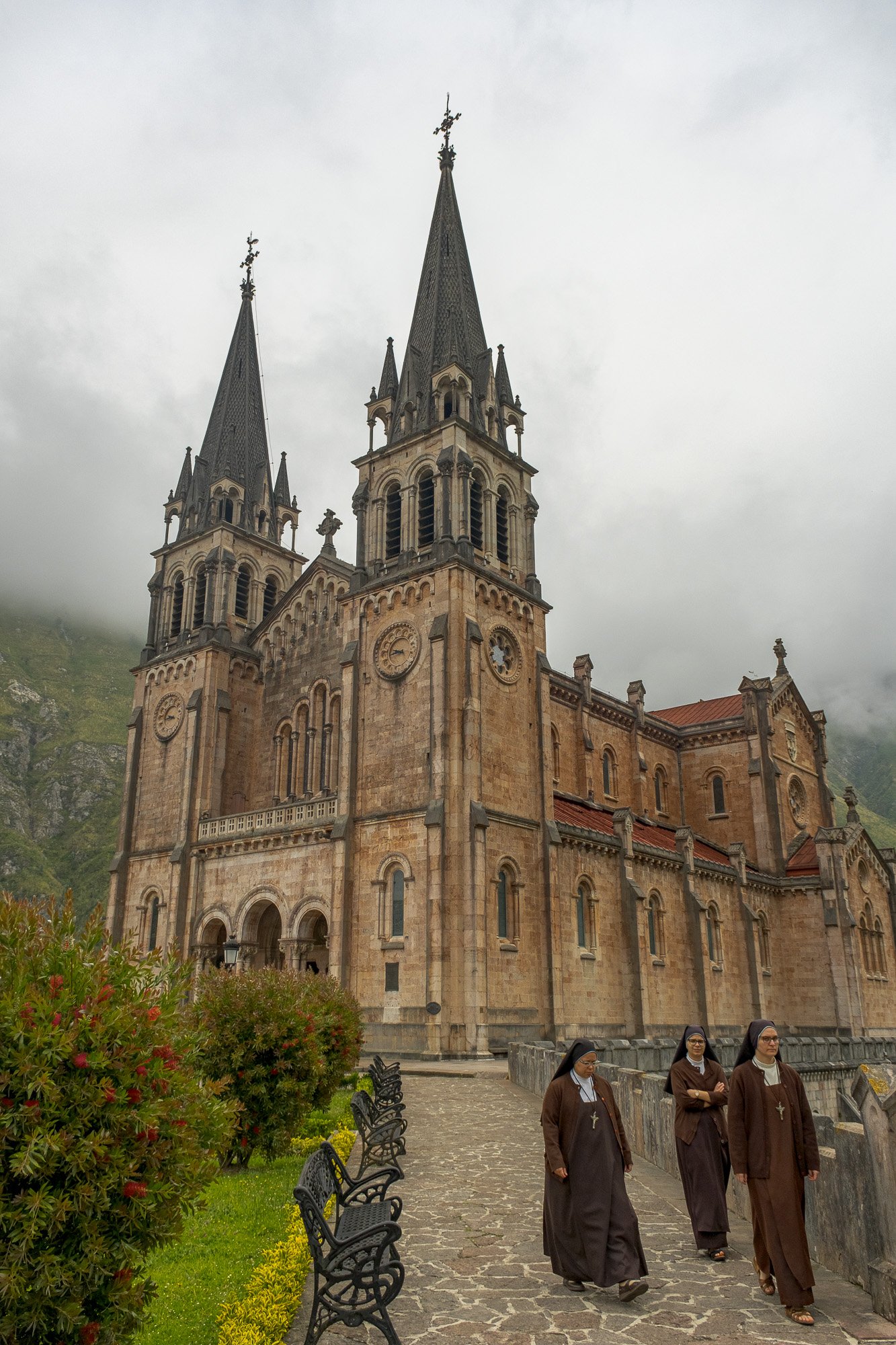

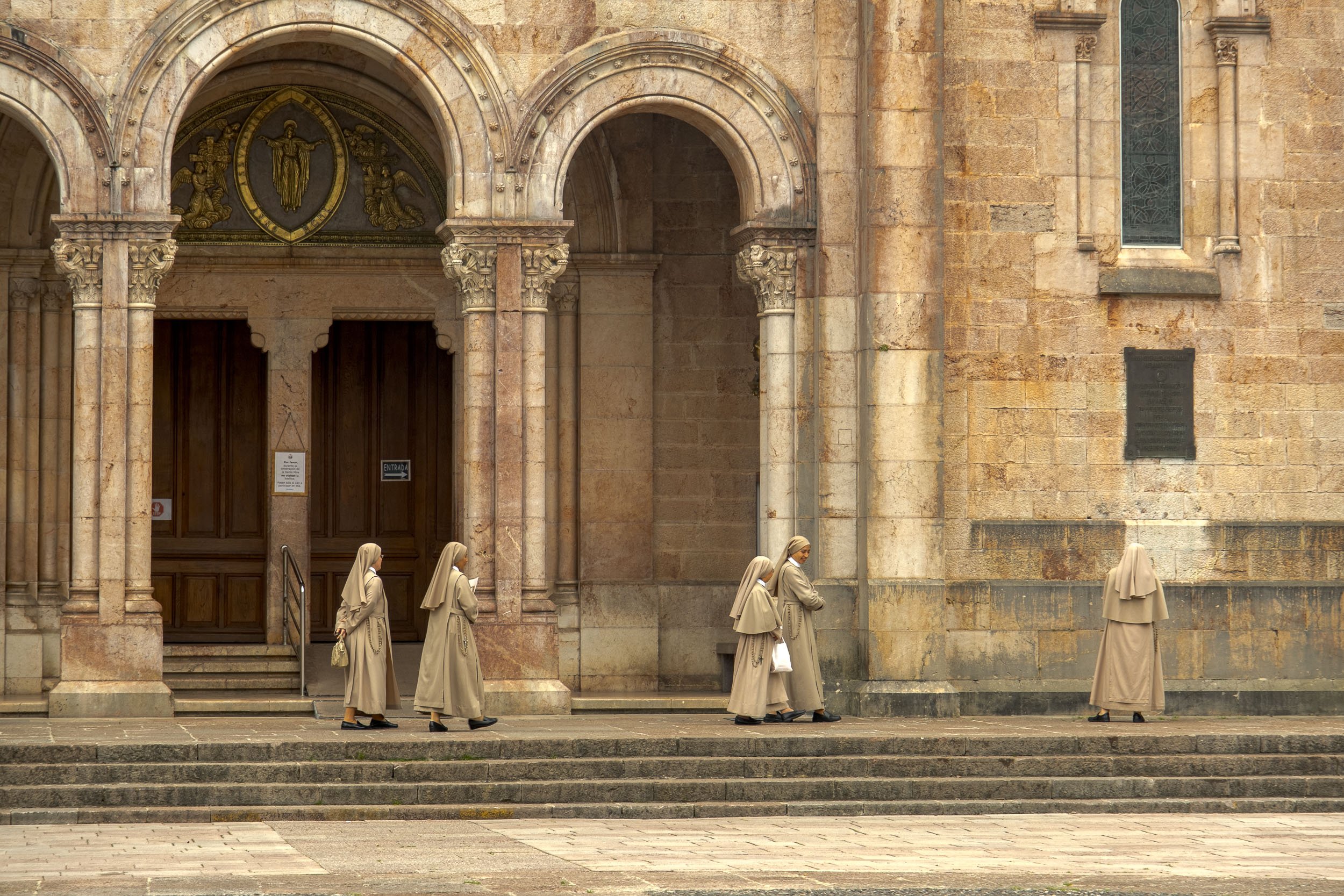
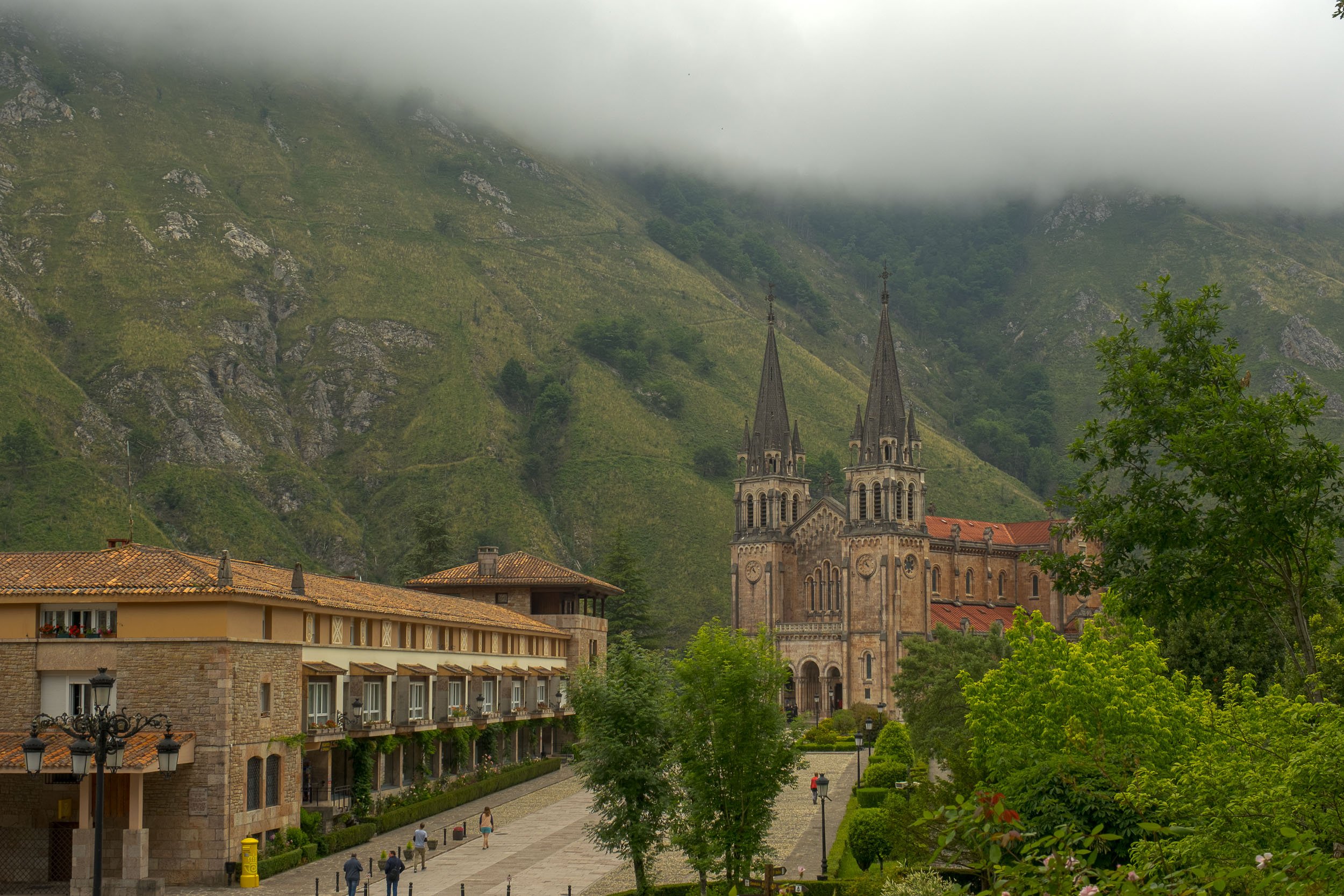

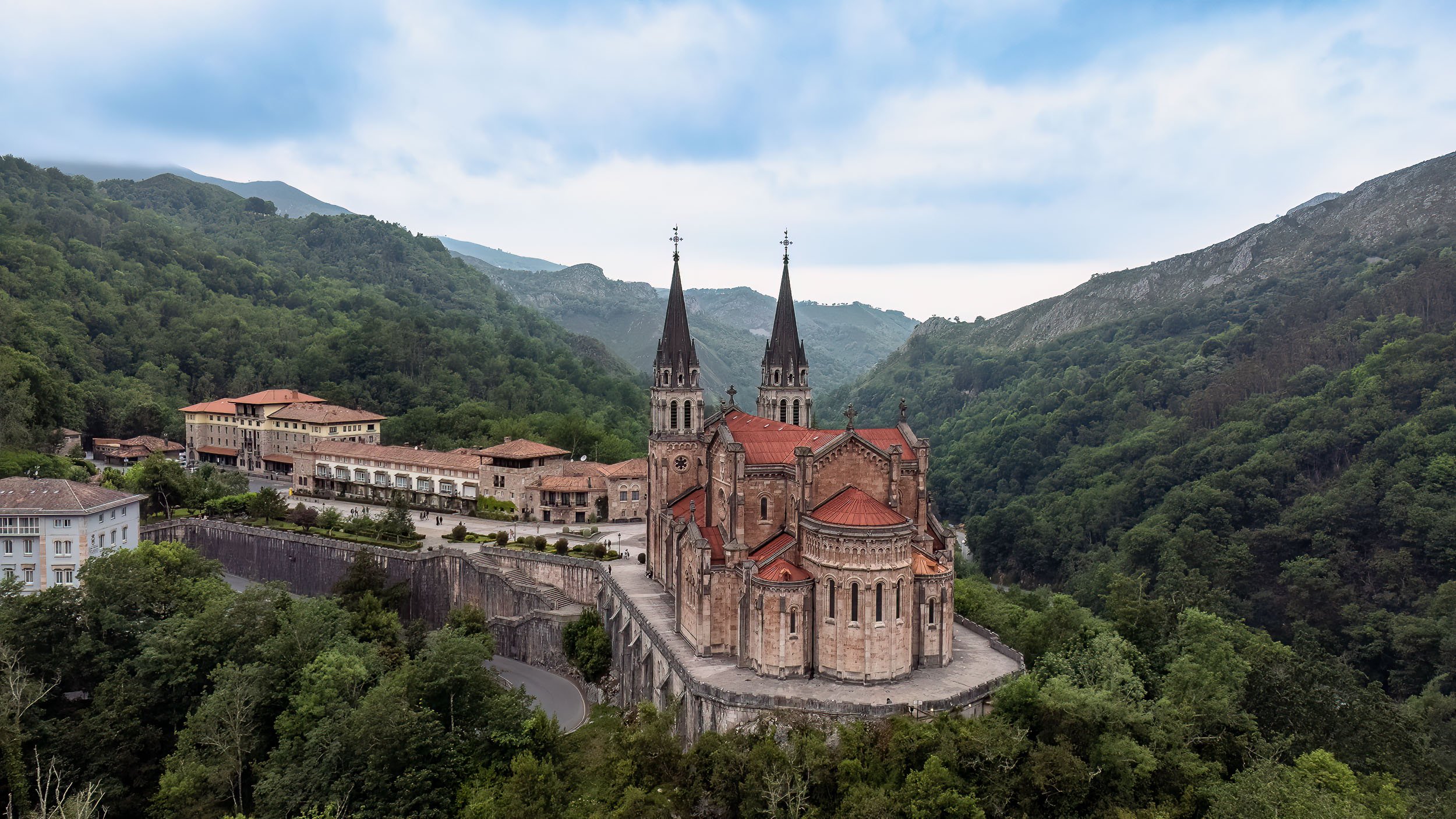
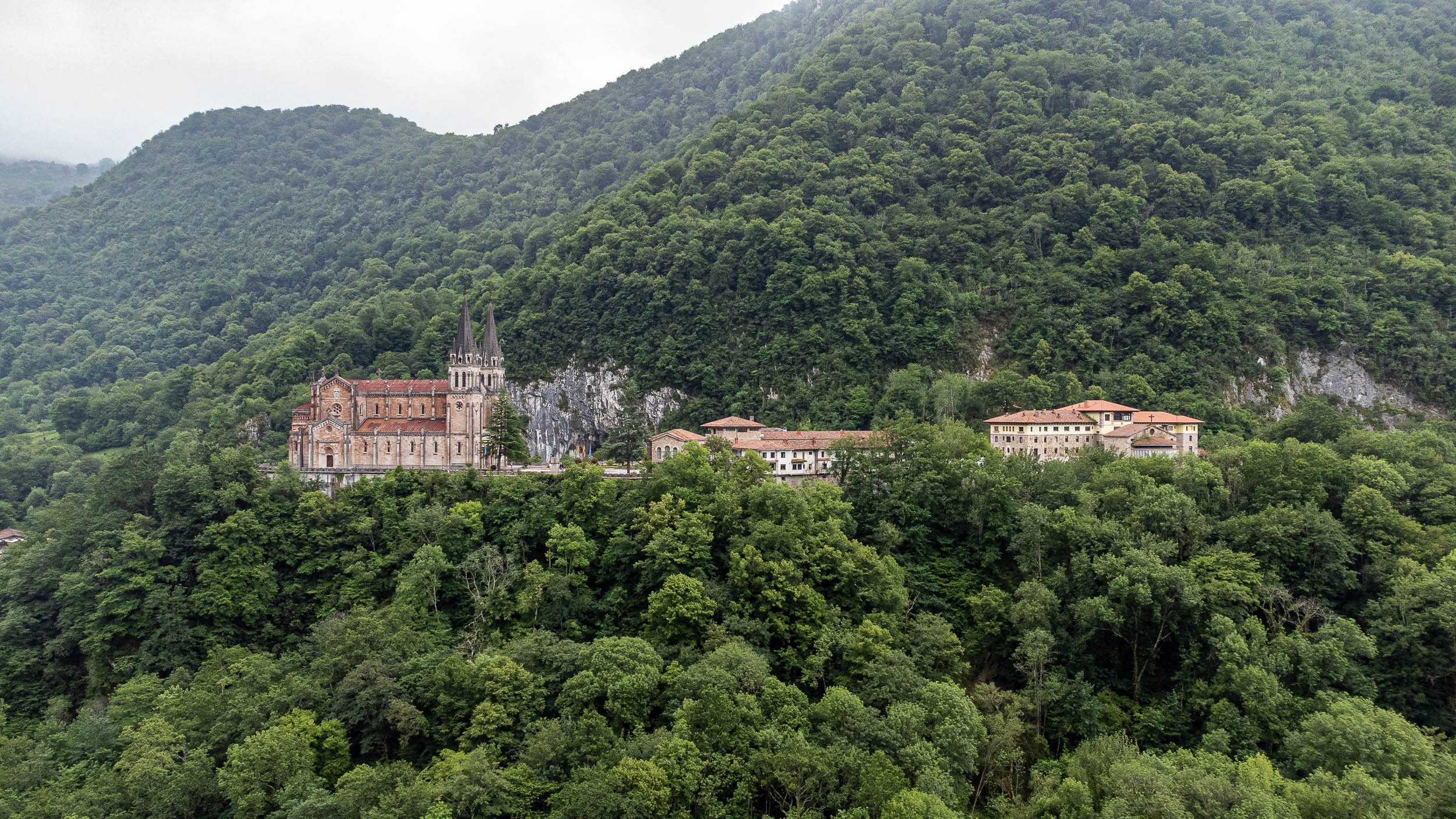
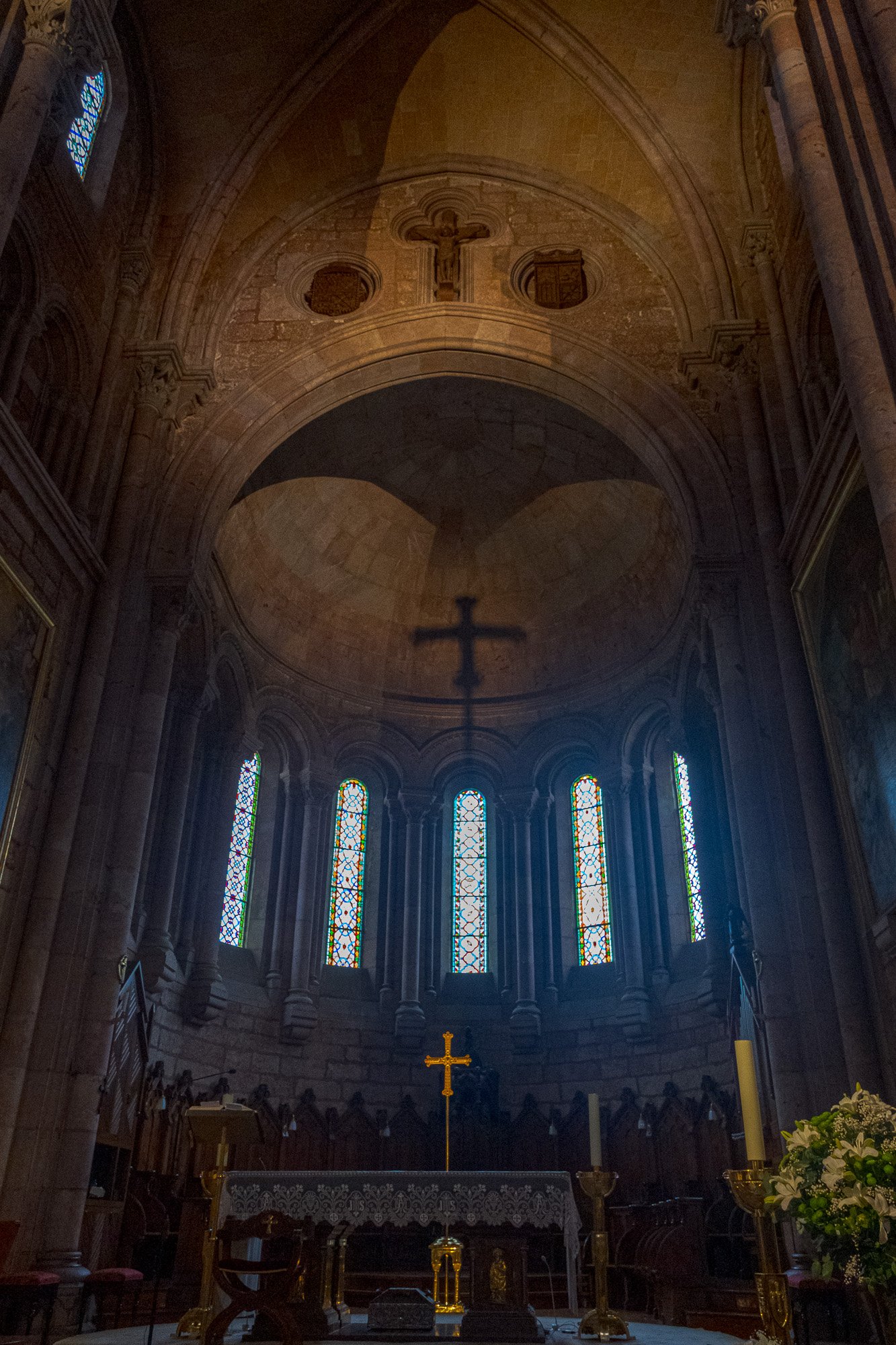
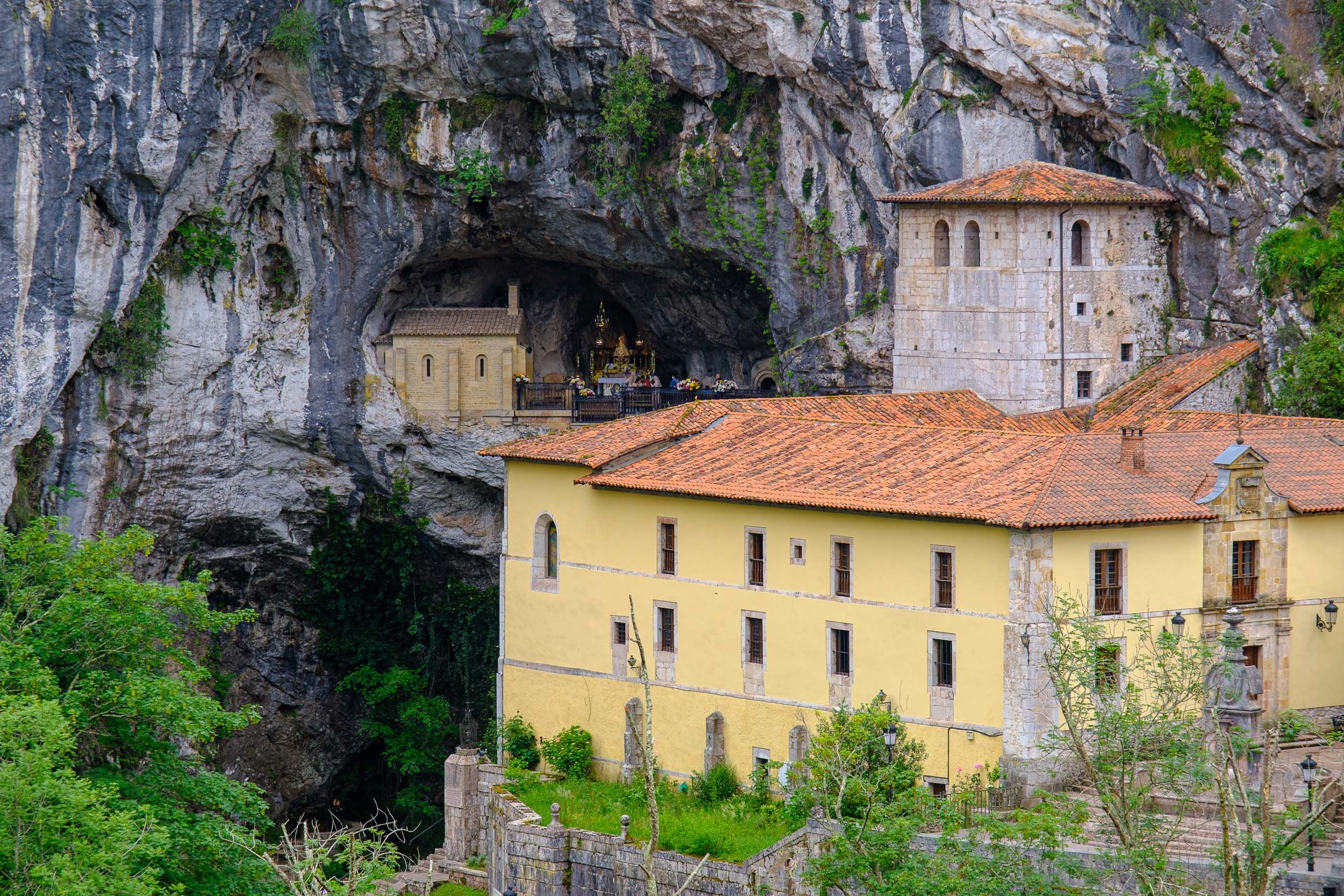
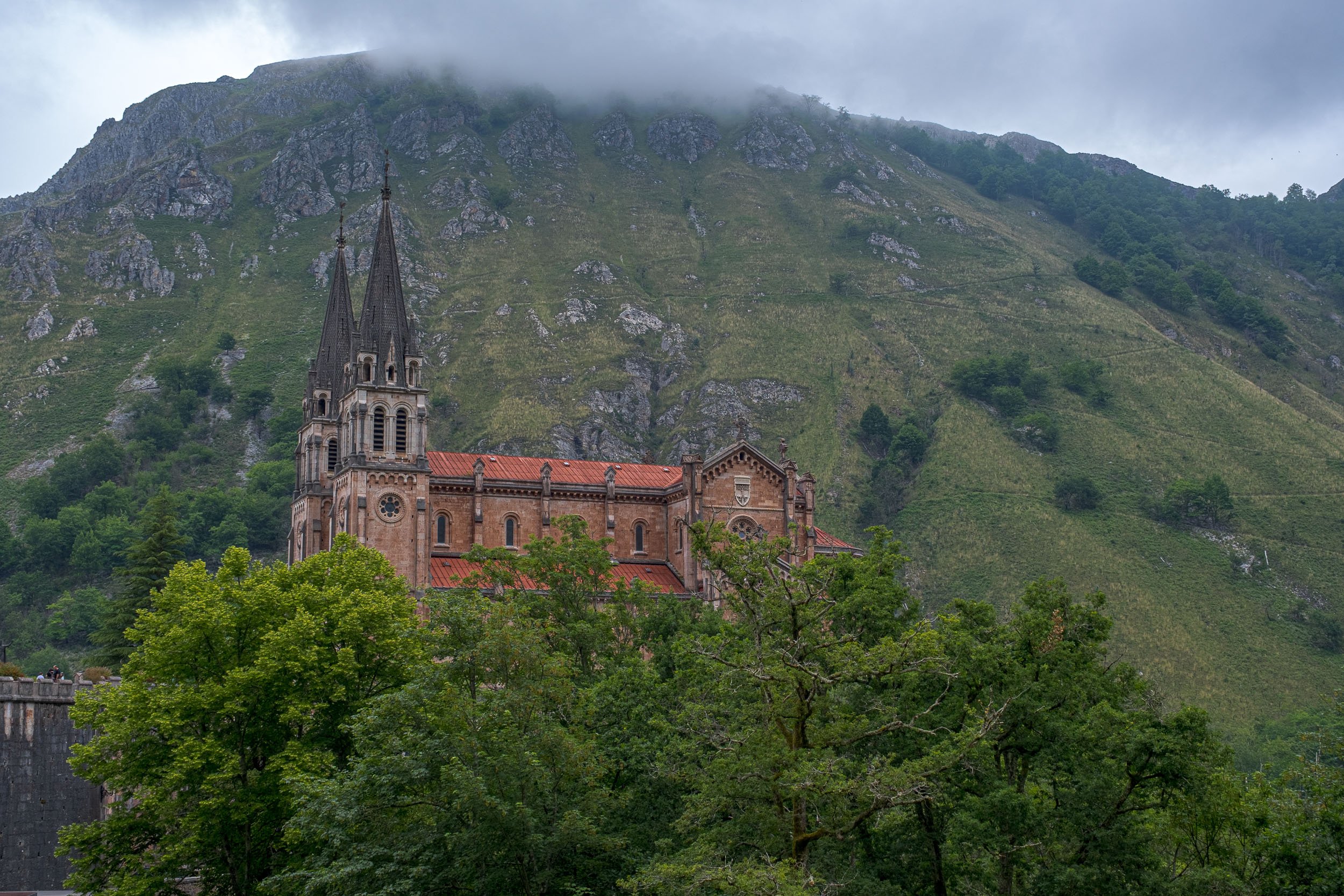
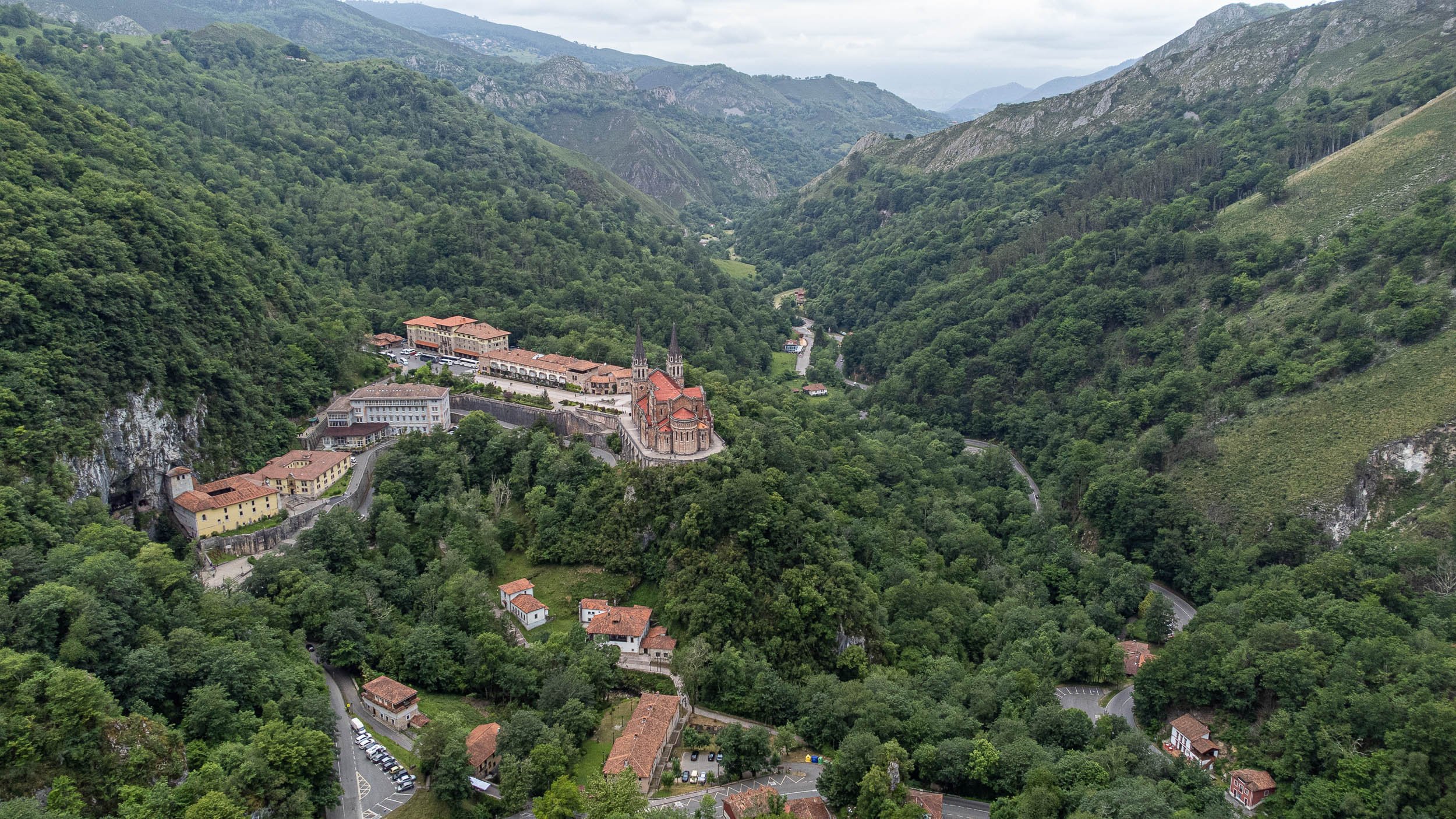
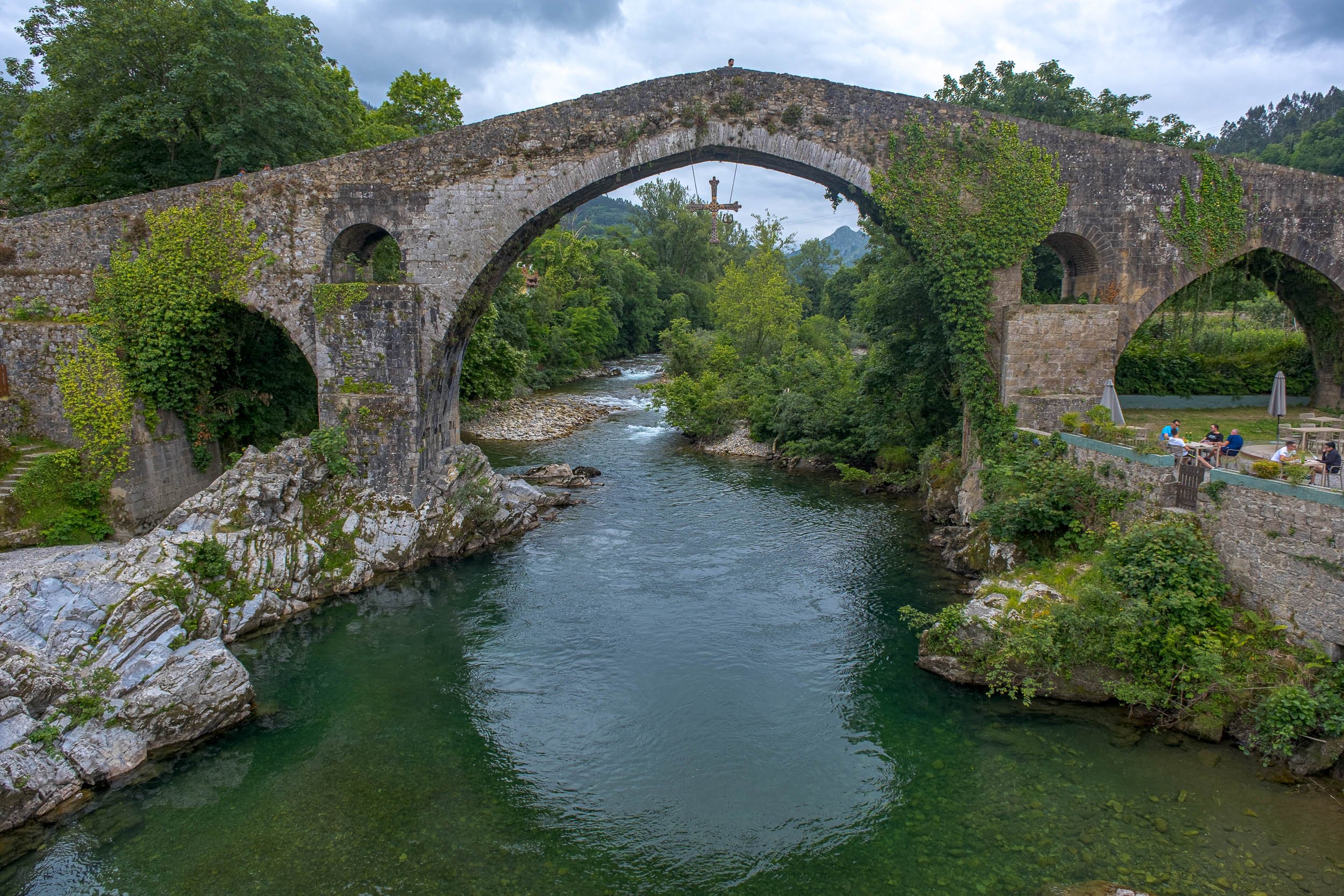

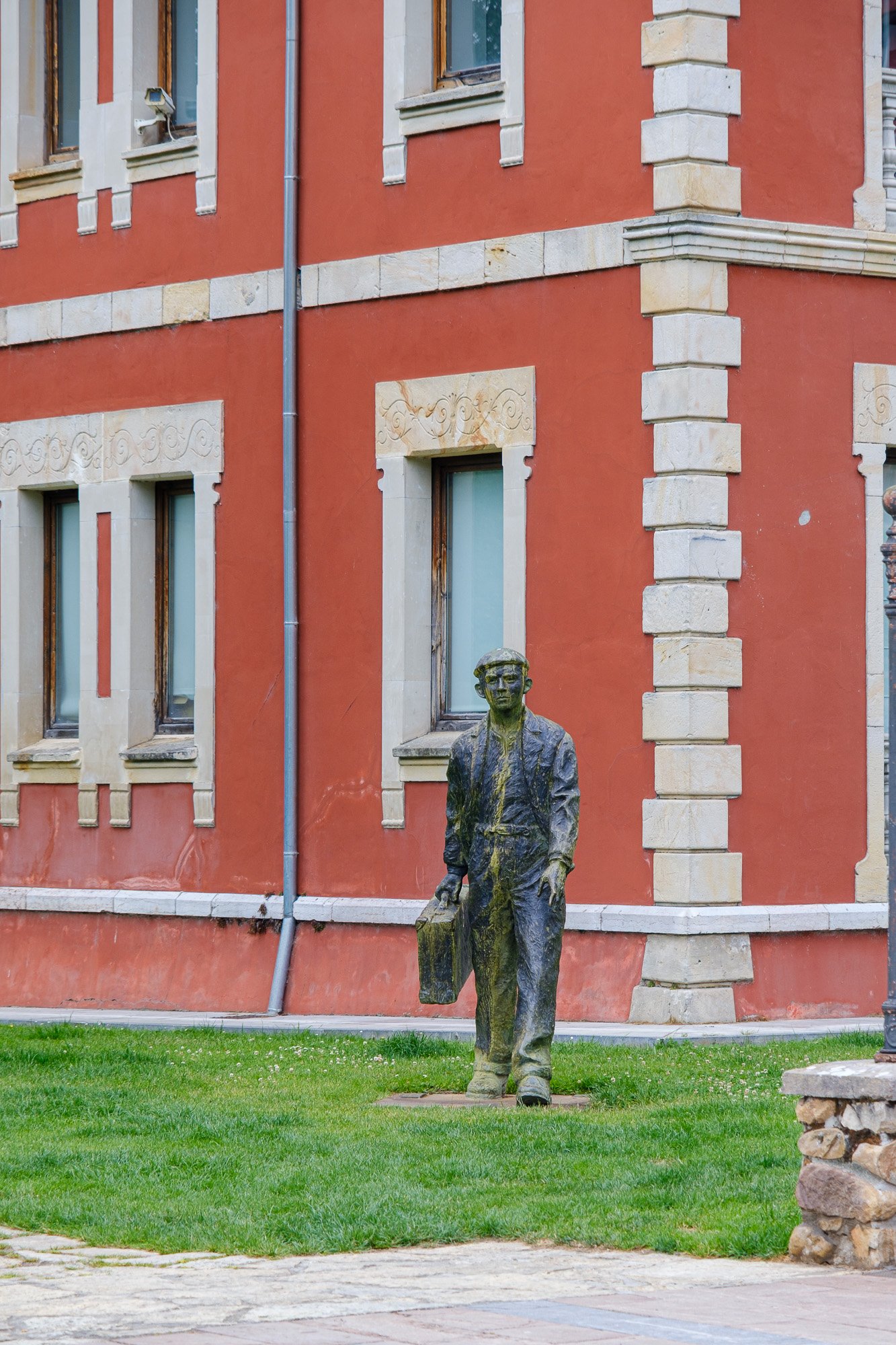
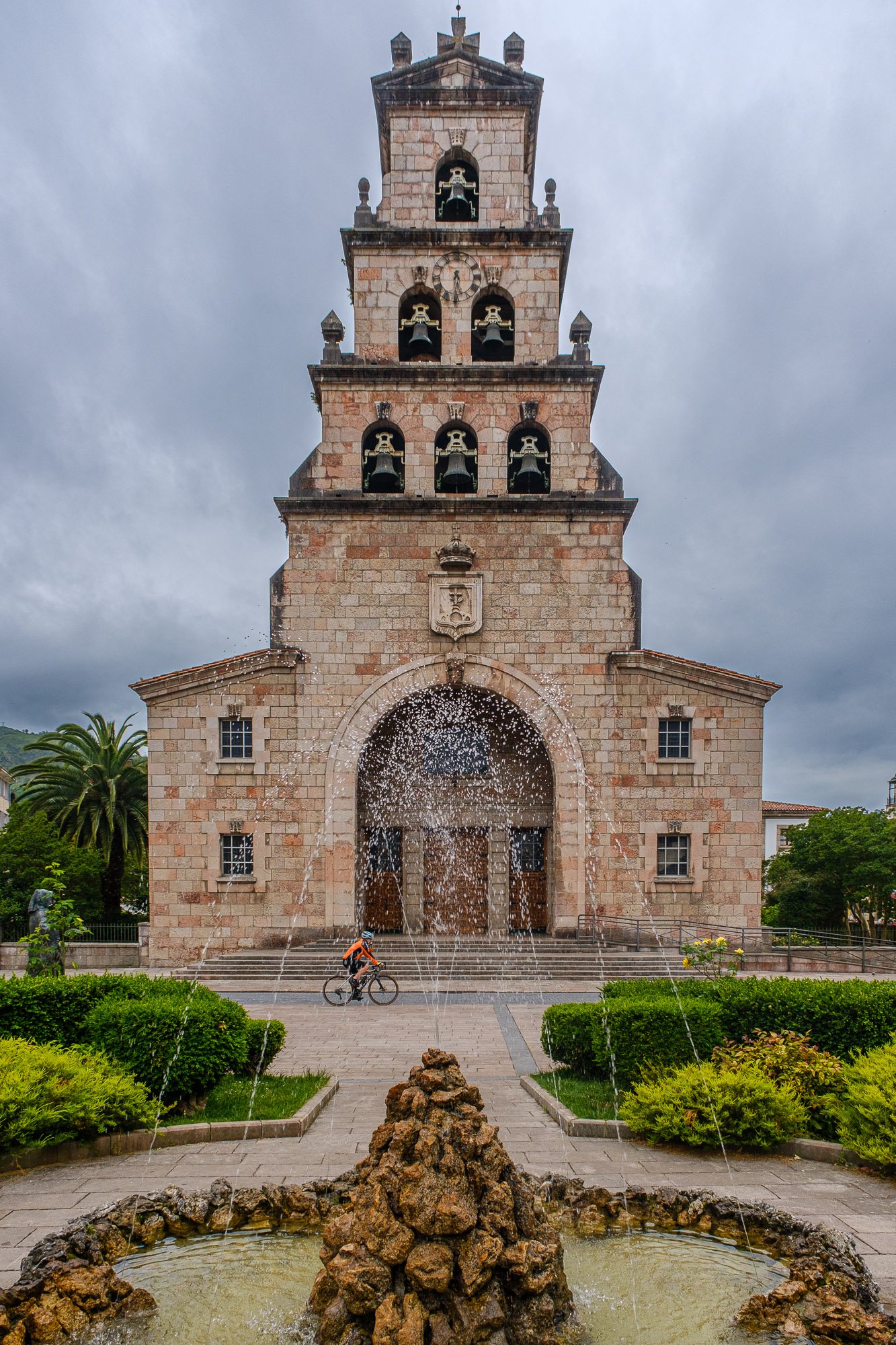
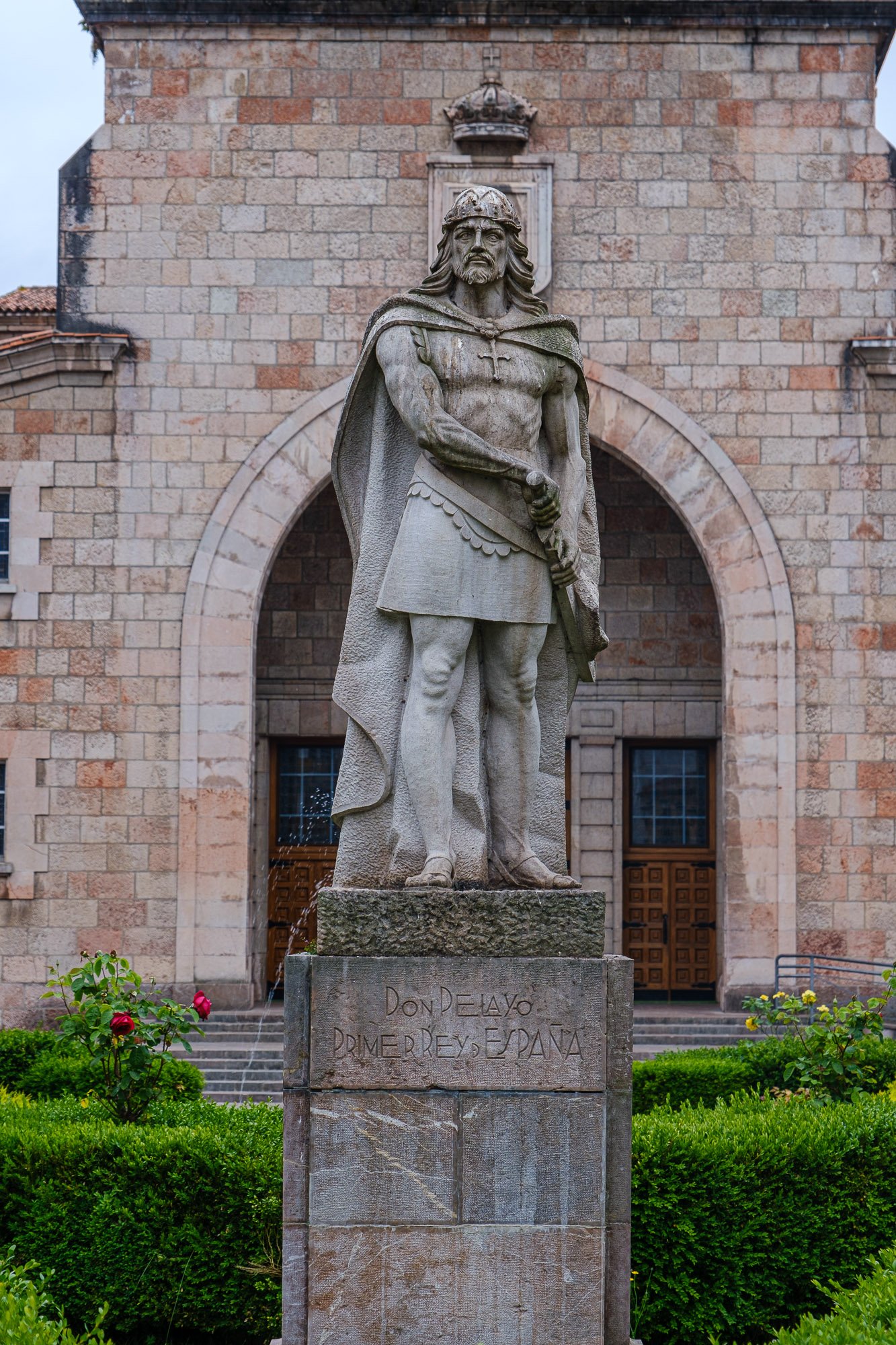

Gijon
Next we headed to Gijon on the northern coast of Spain and Austurias. We spent 3 days here and the idea was to use this as a base to visit the coastal villages east and west of Gijon. The weather here wasn’t the kindest, it being partly overcast with some rain, but we did get some sunny weather too. We visited some lovely villages, Cudillero, Llanes, and the magnificent beach at Playa del Silencio where we were blessed with beautiful sunshine.
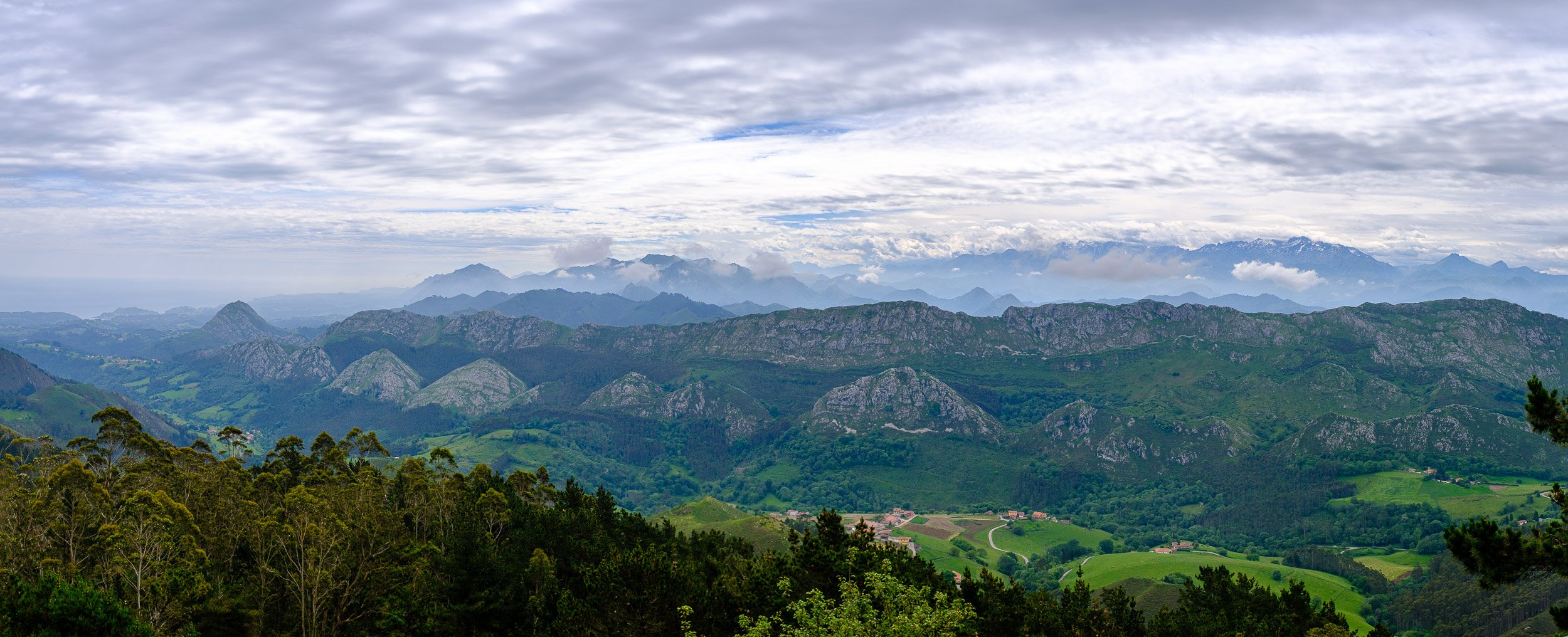

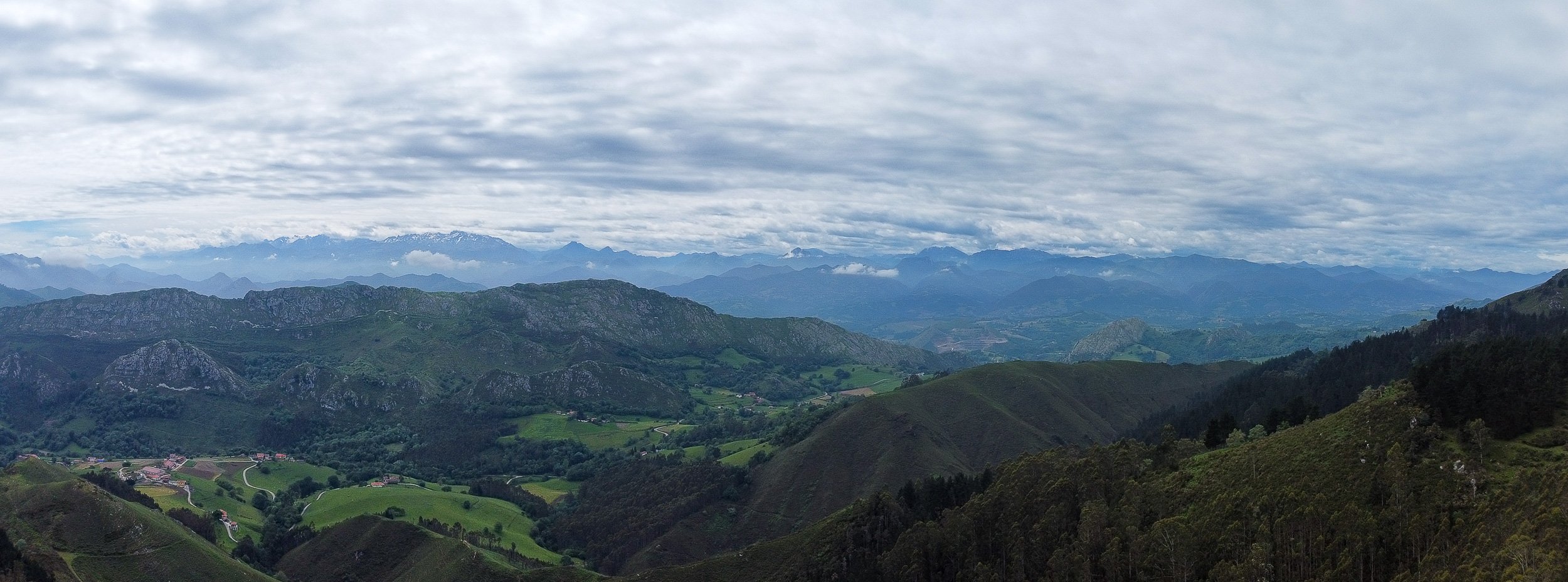

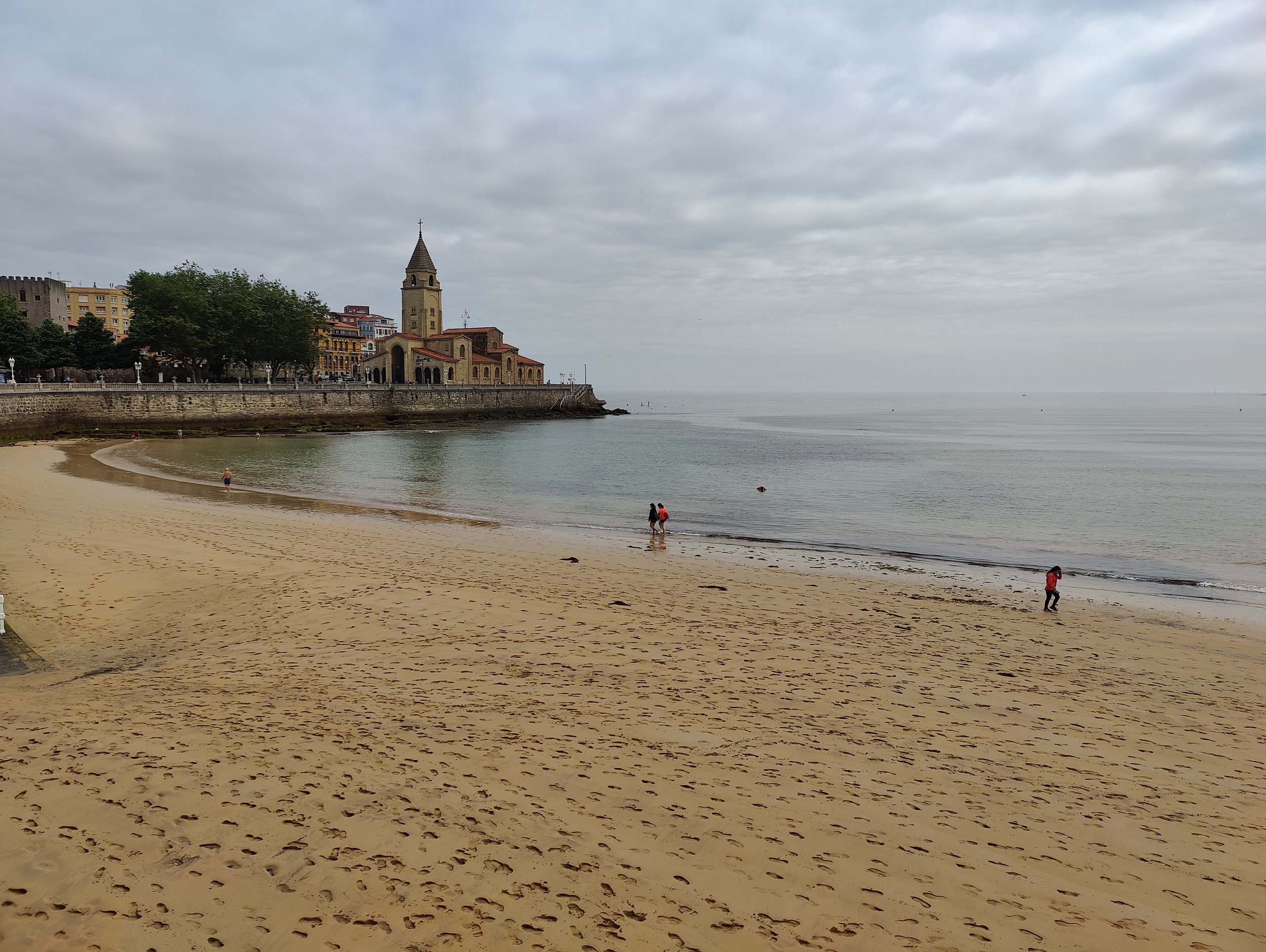
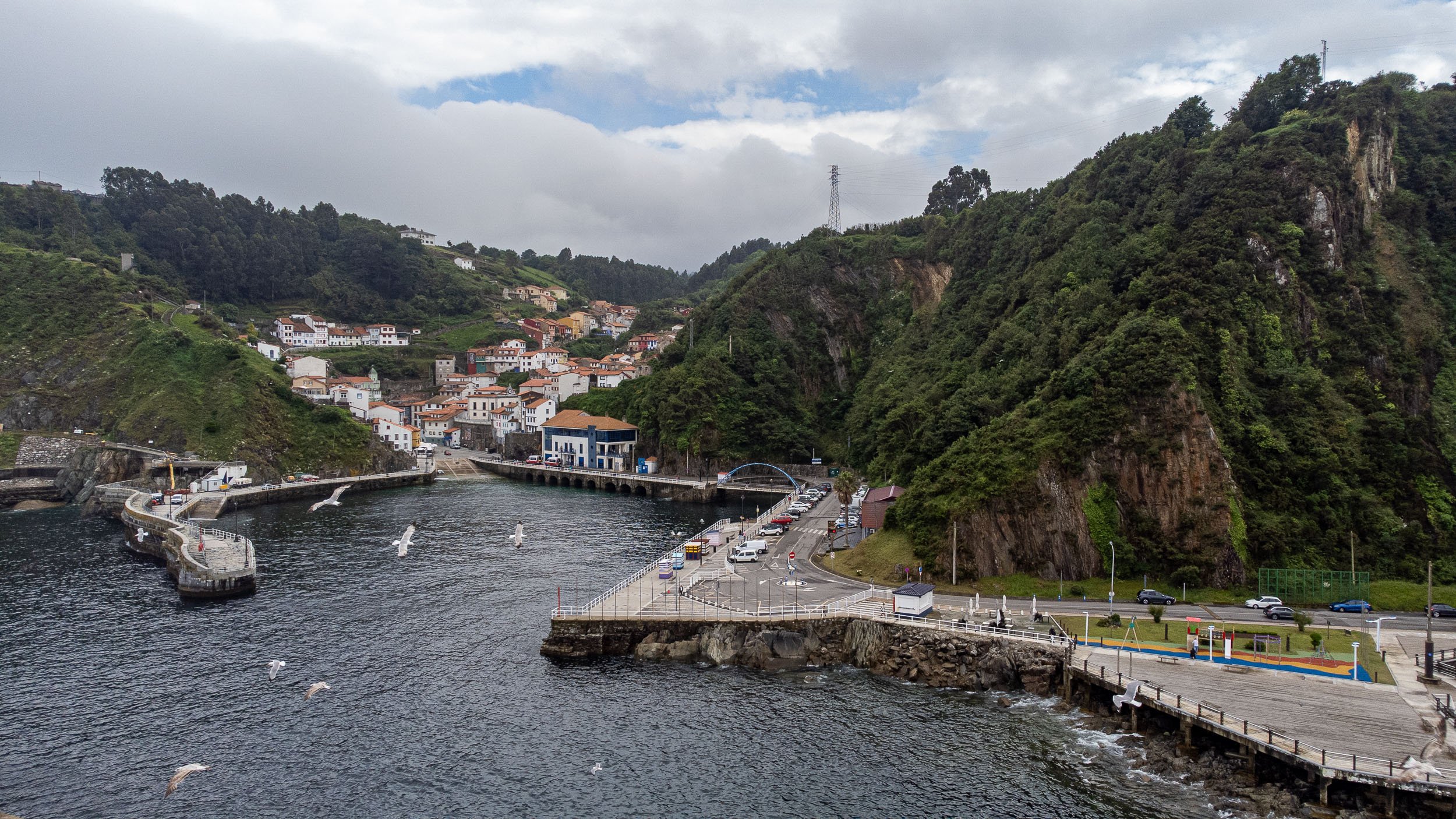
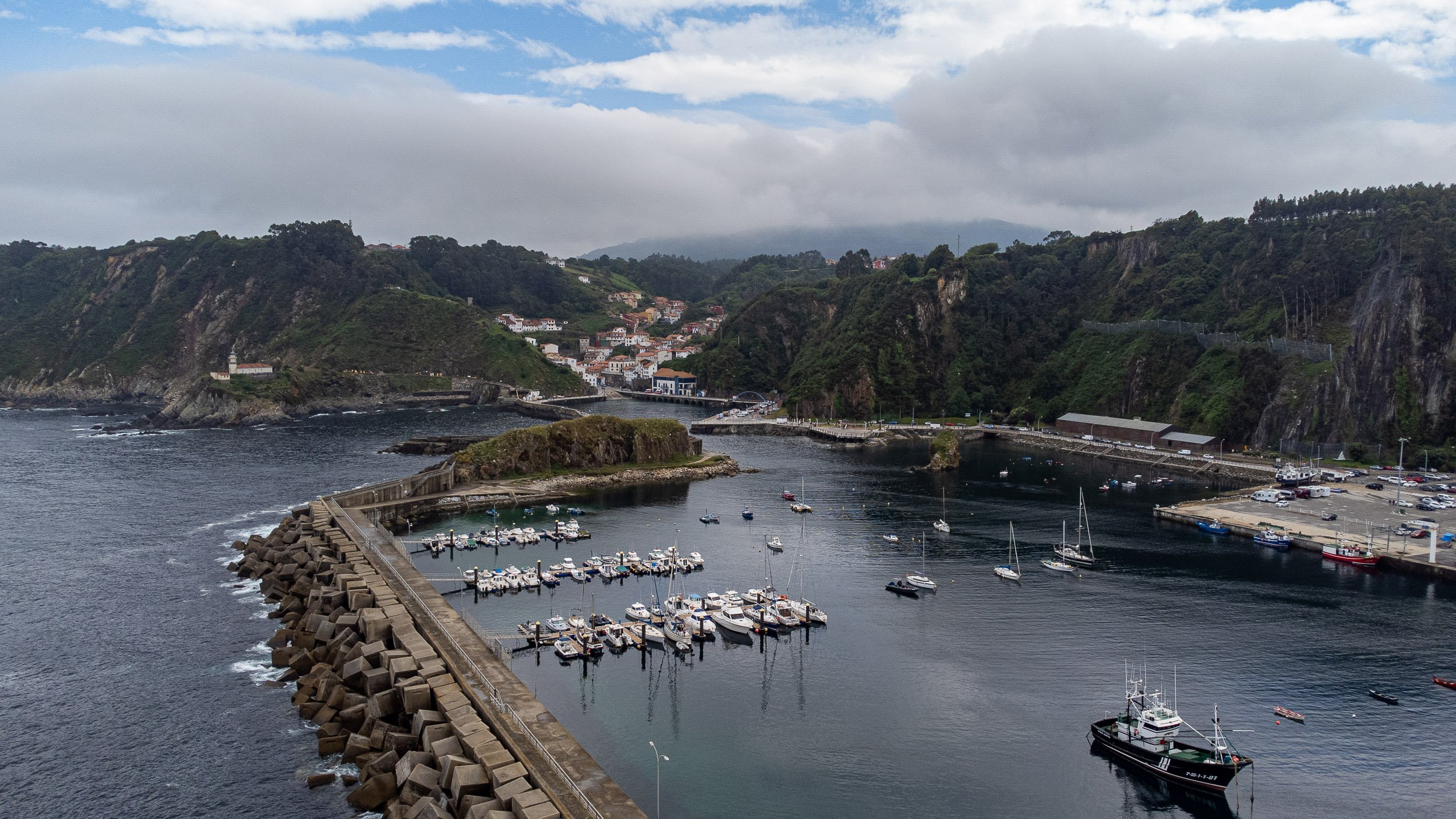
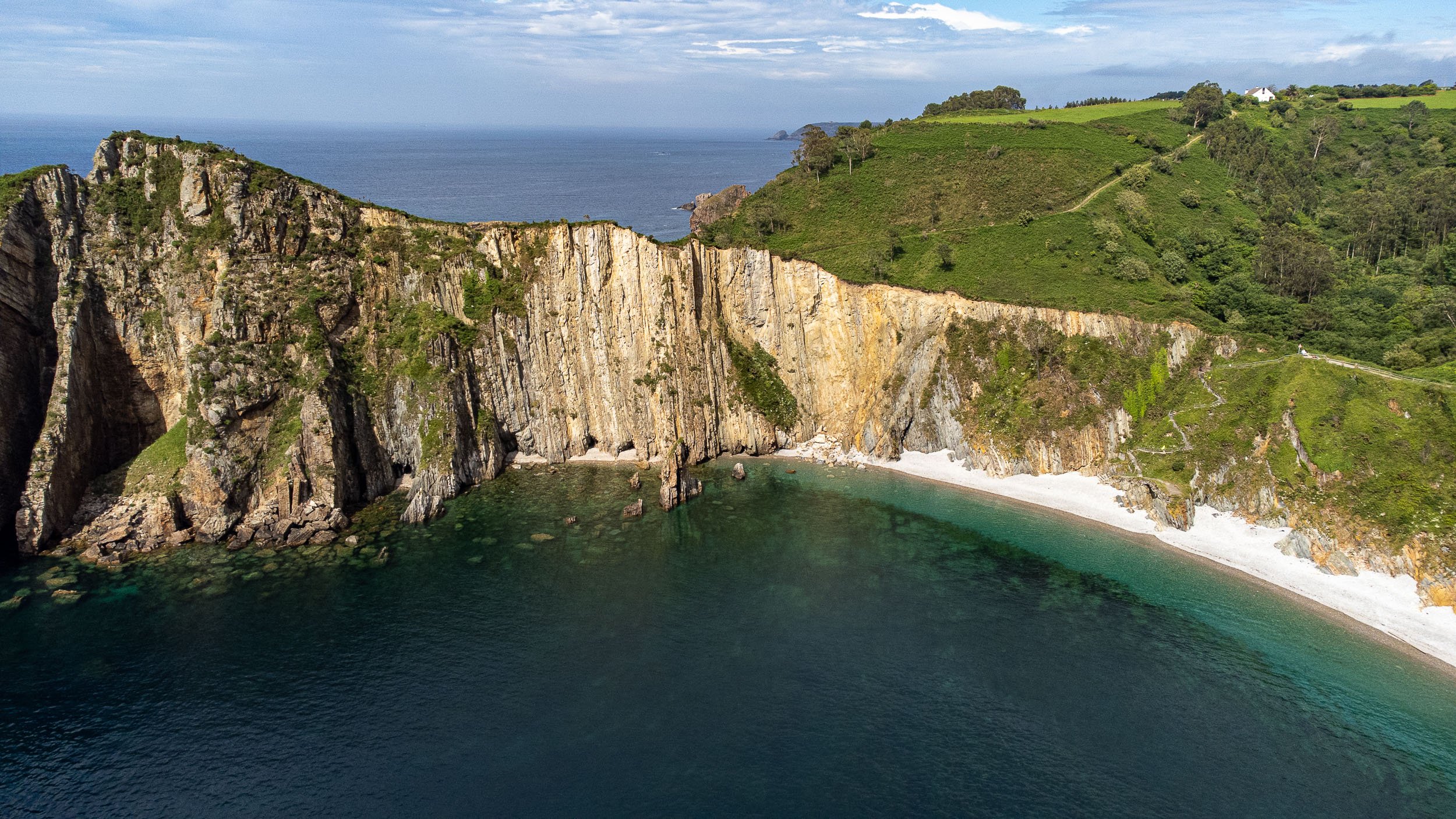
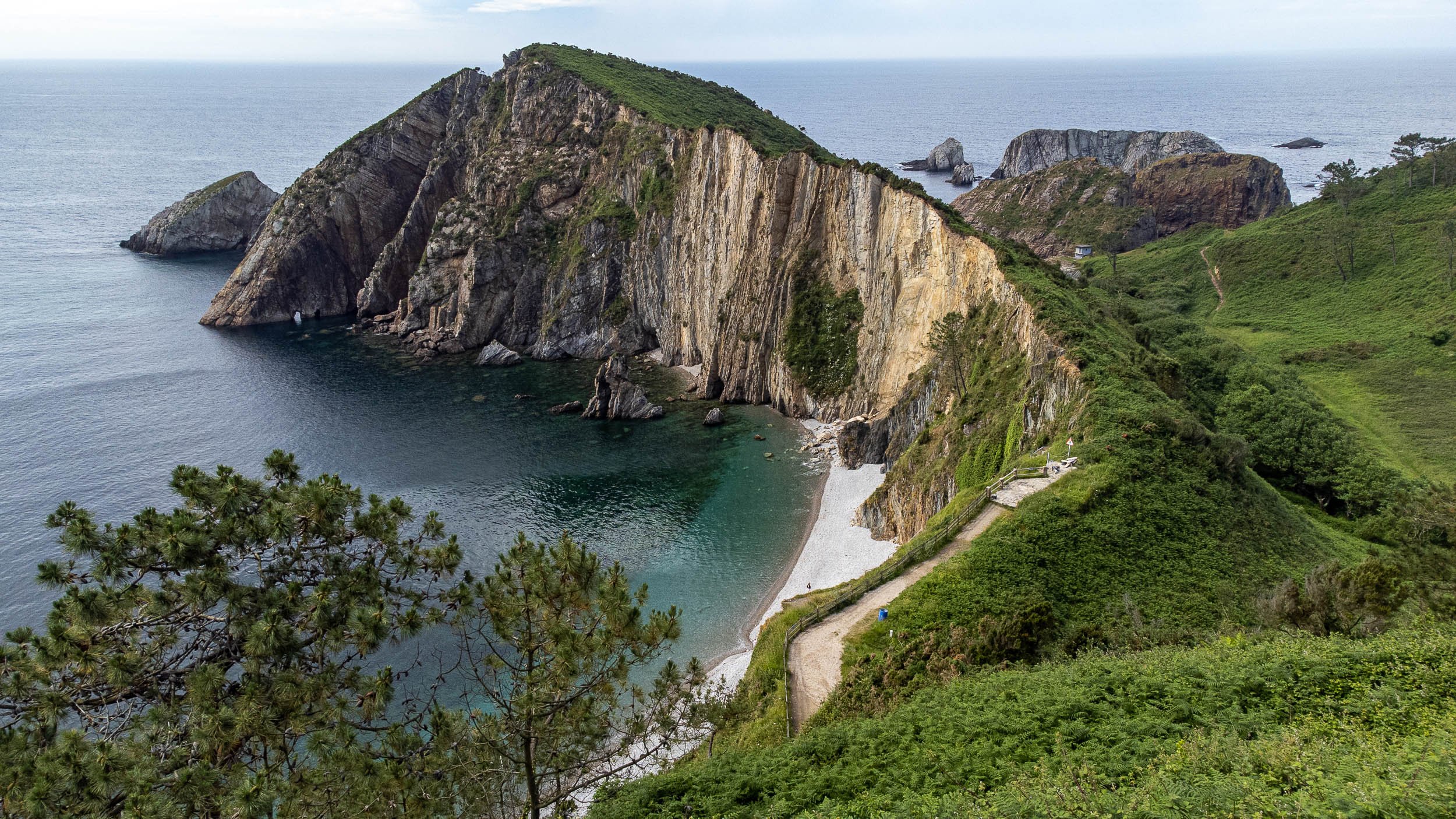
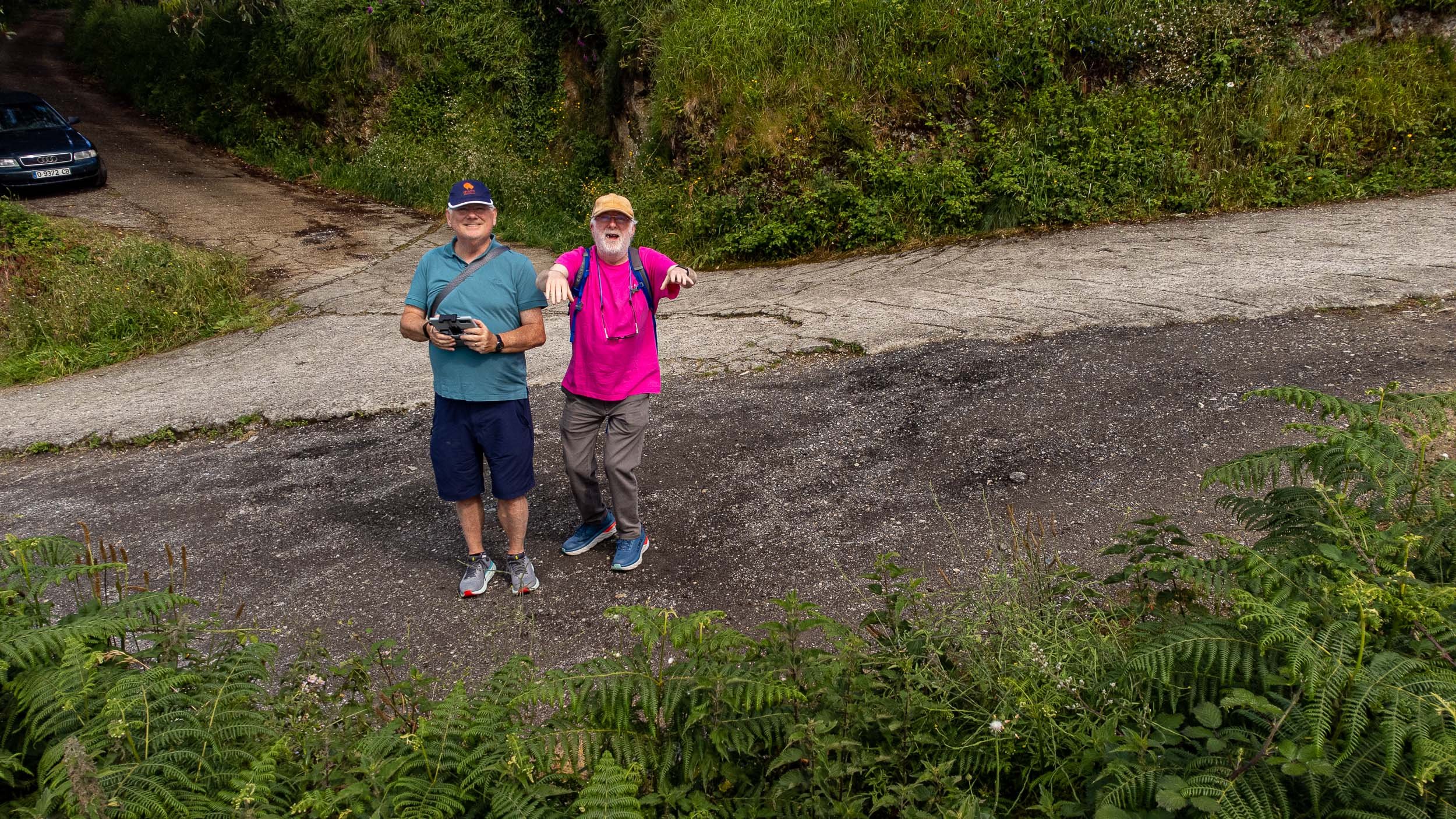
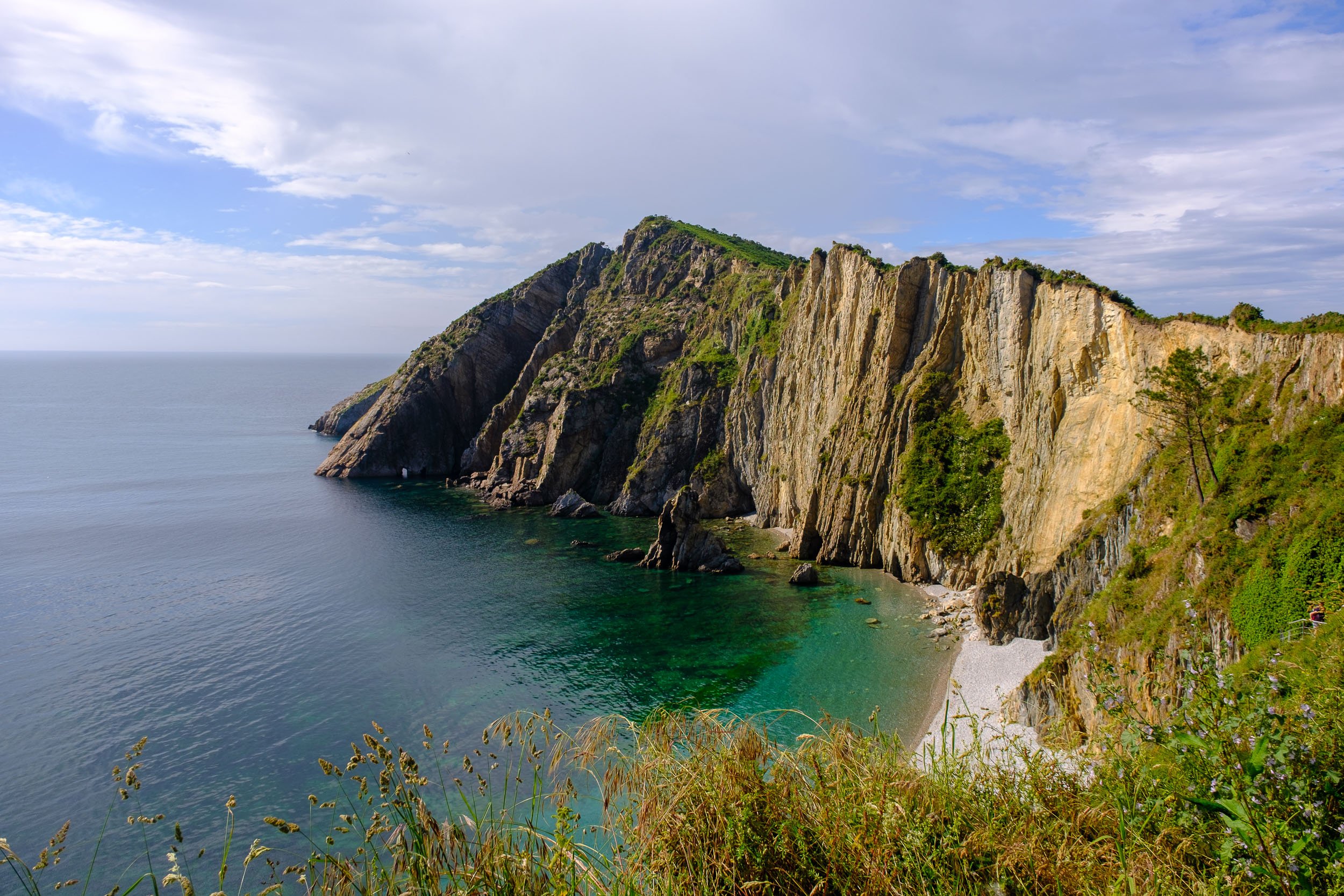
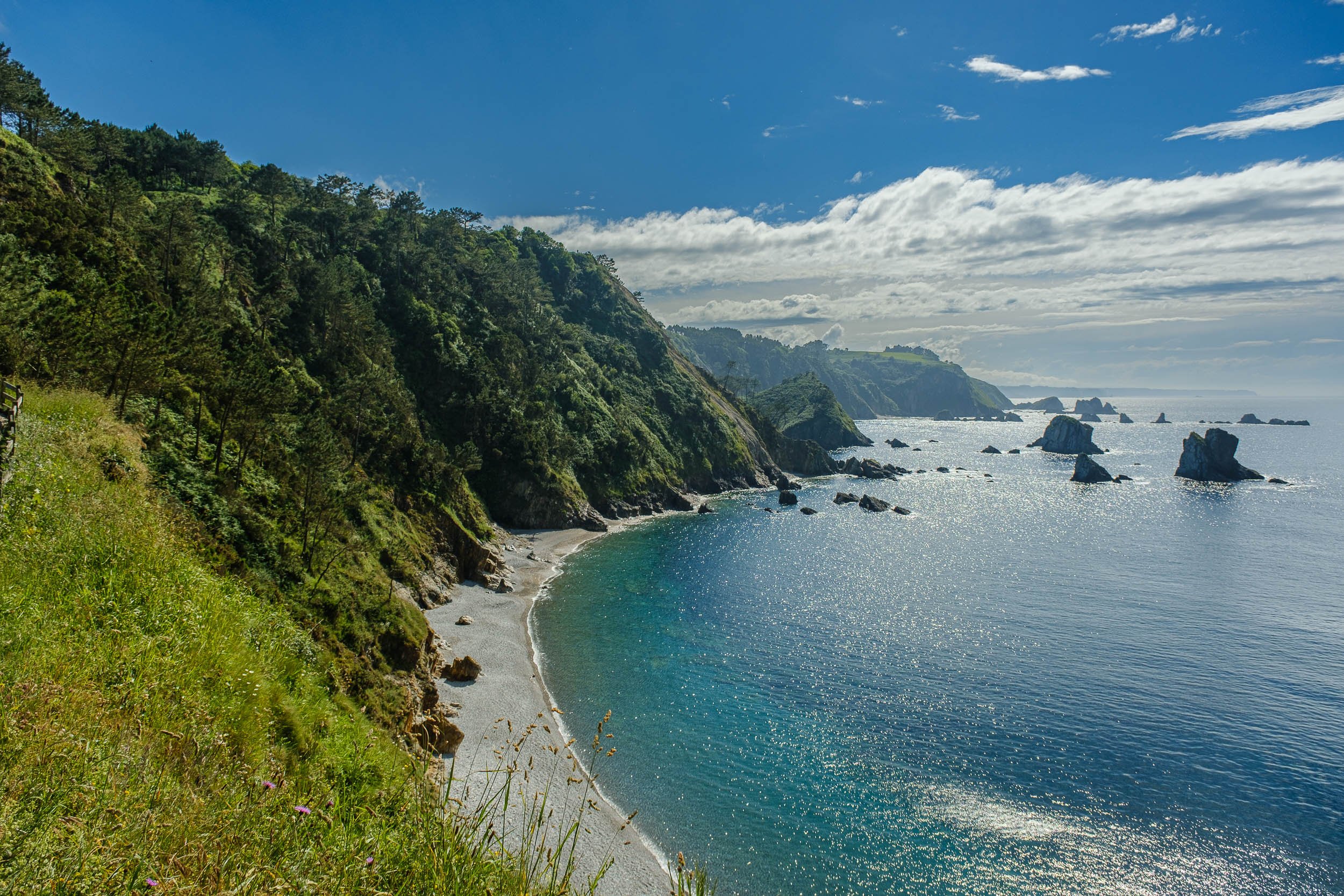
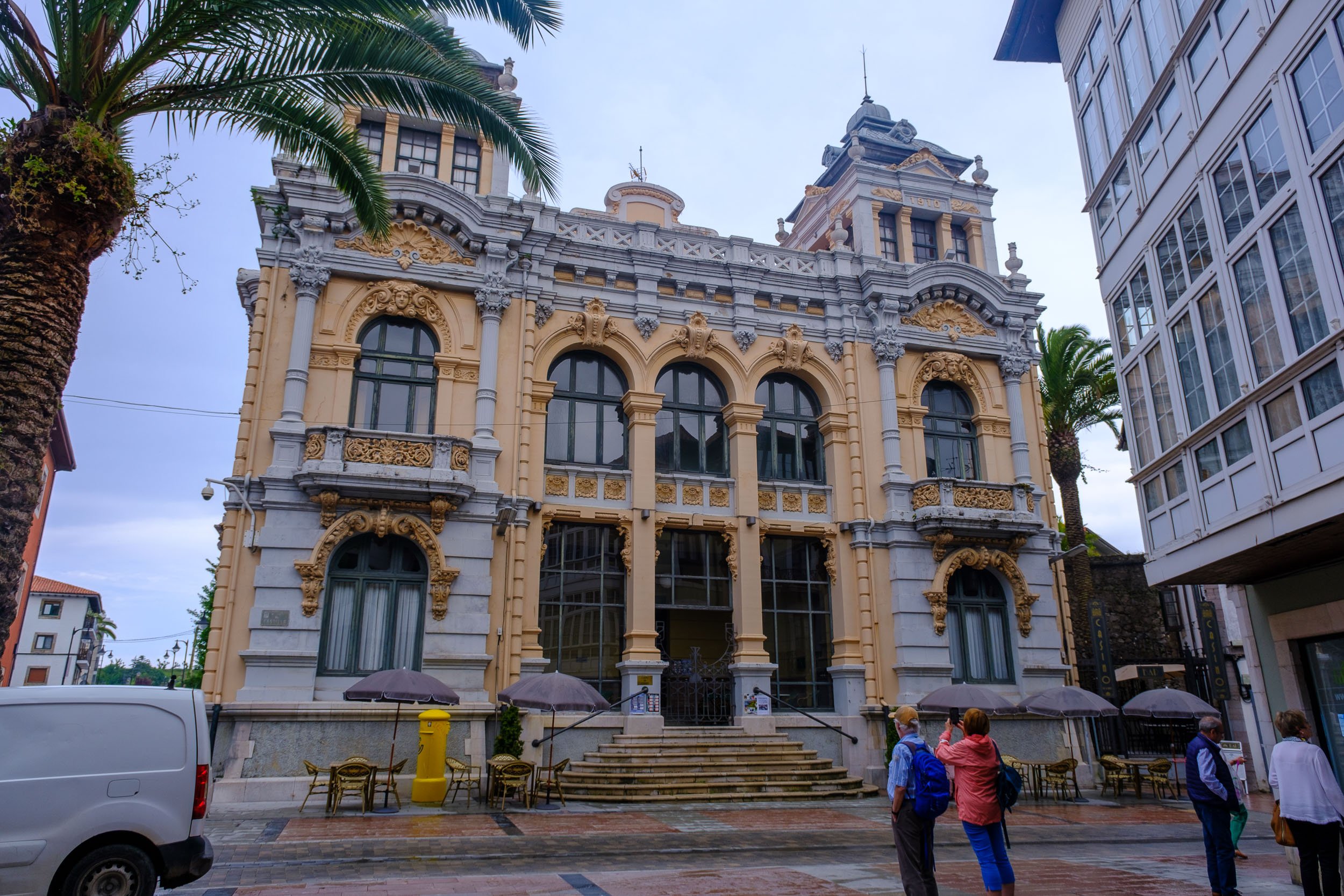
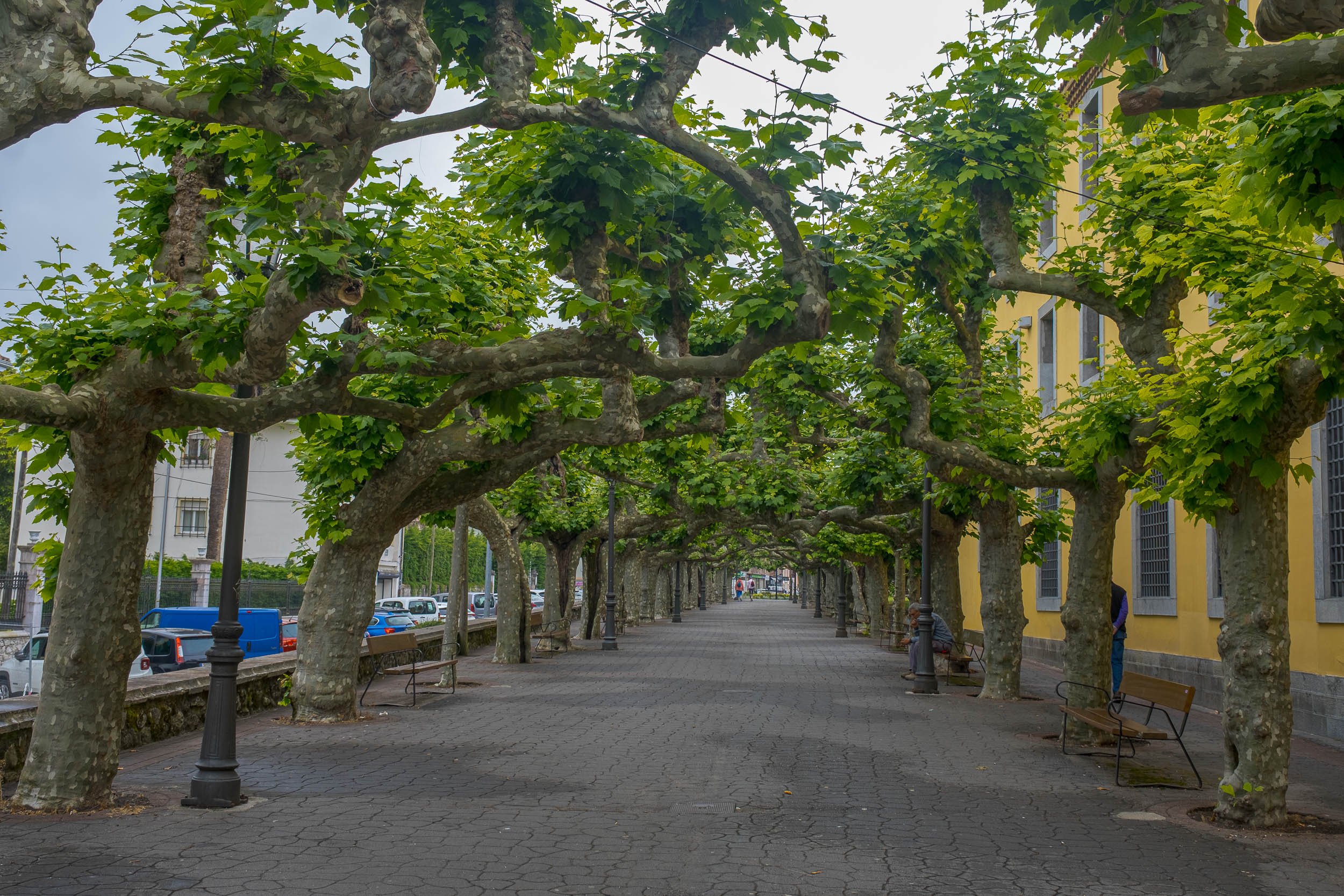
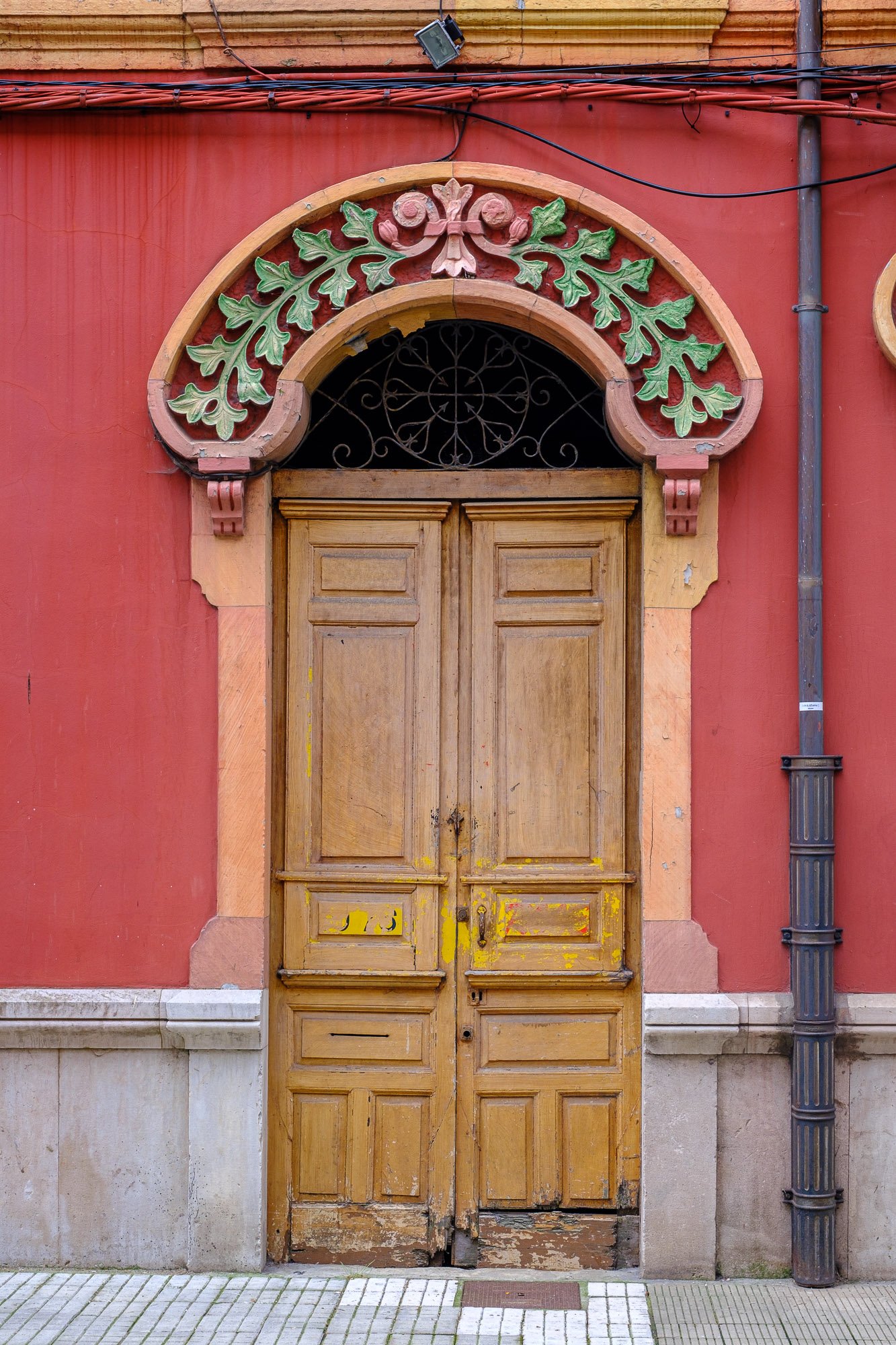

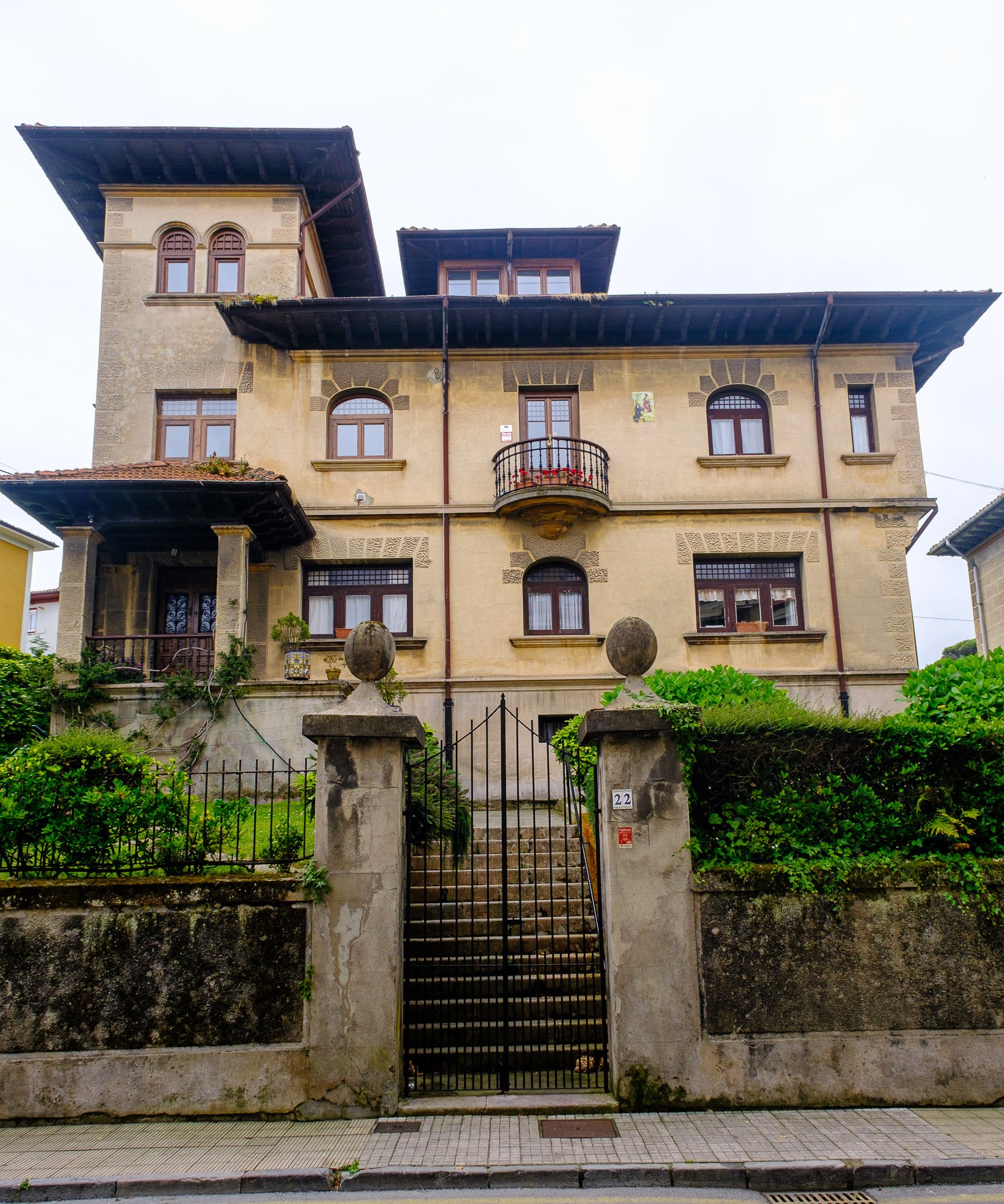
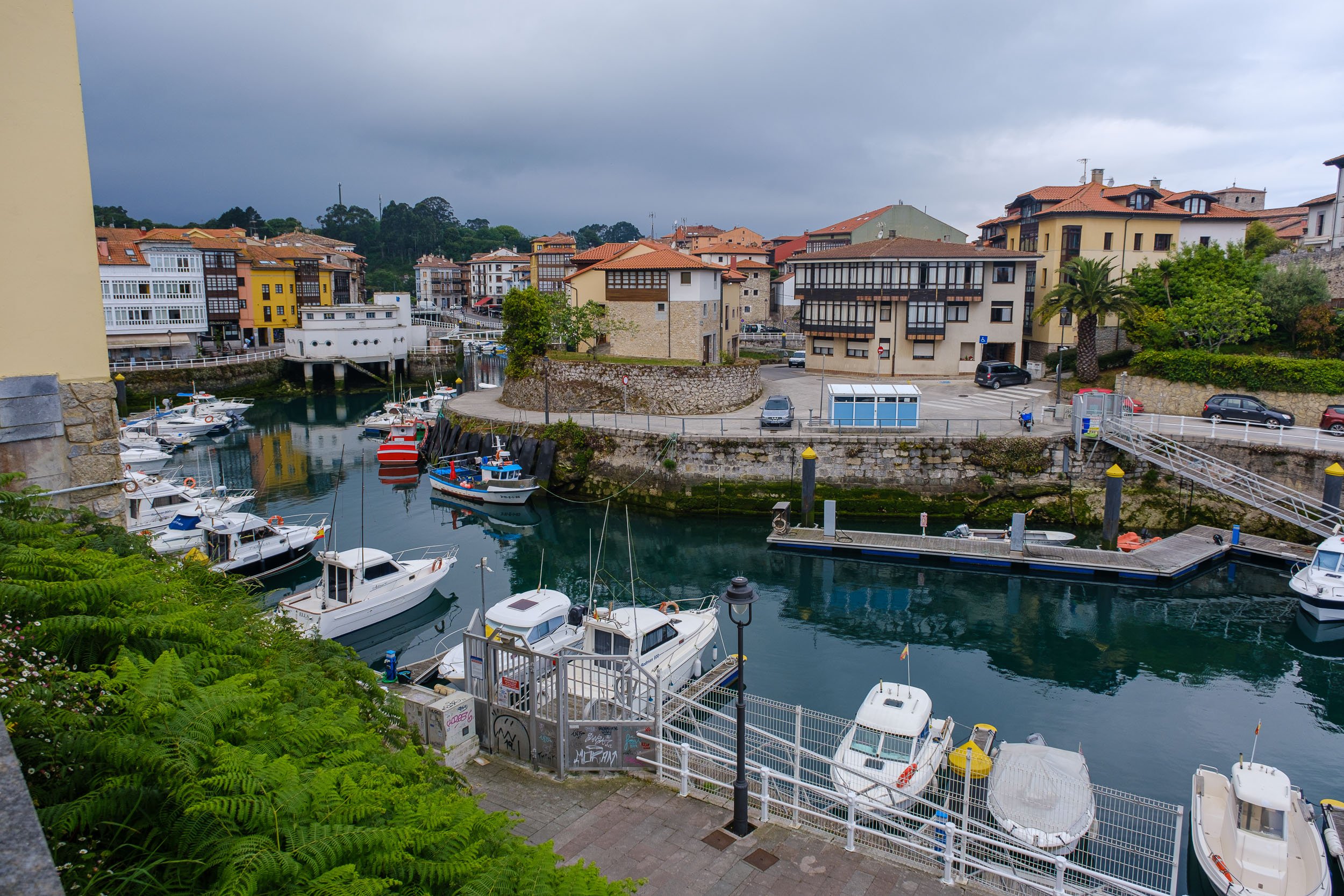
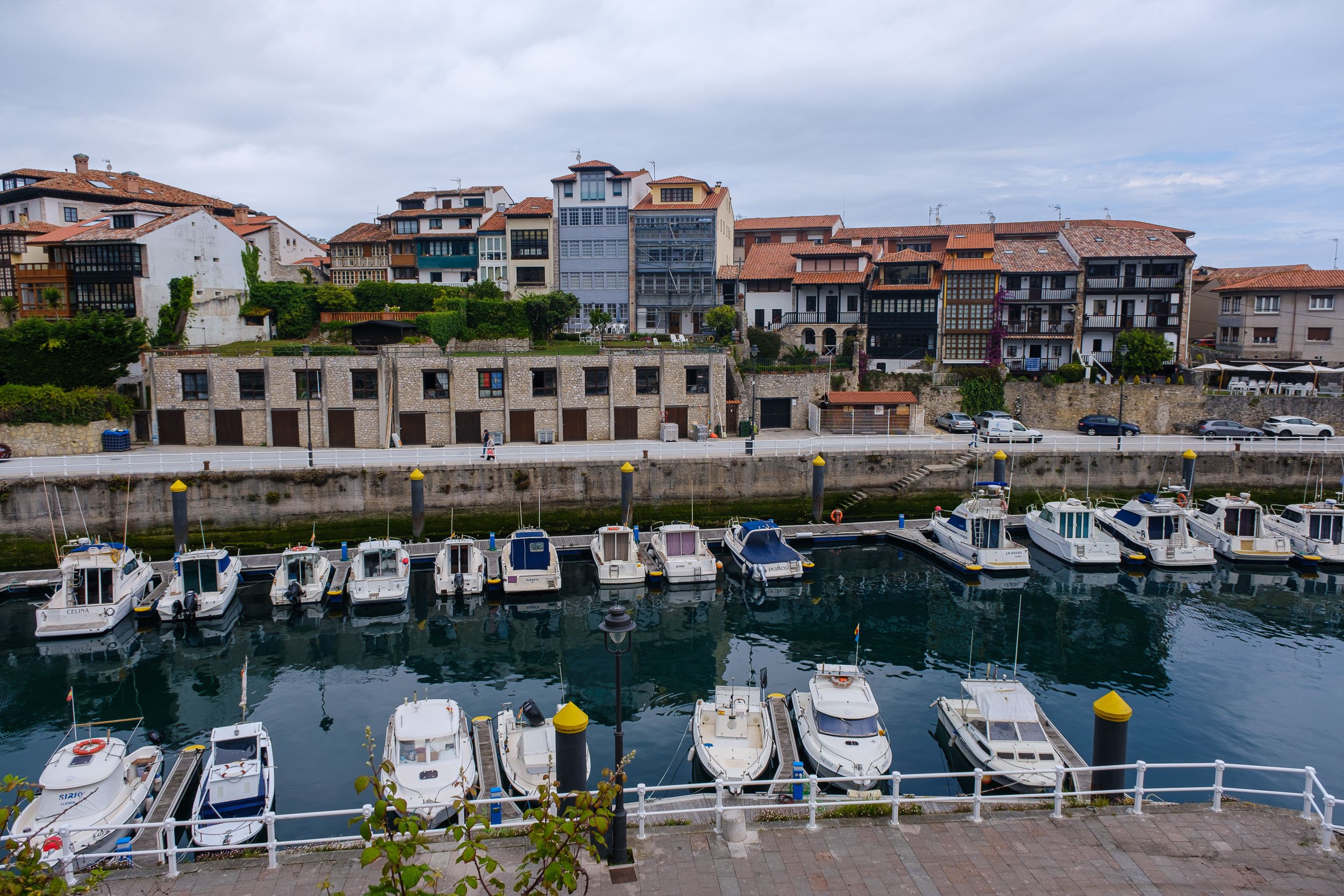
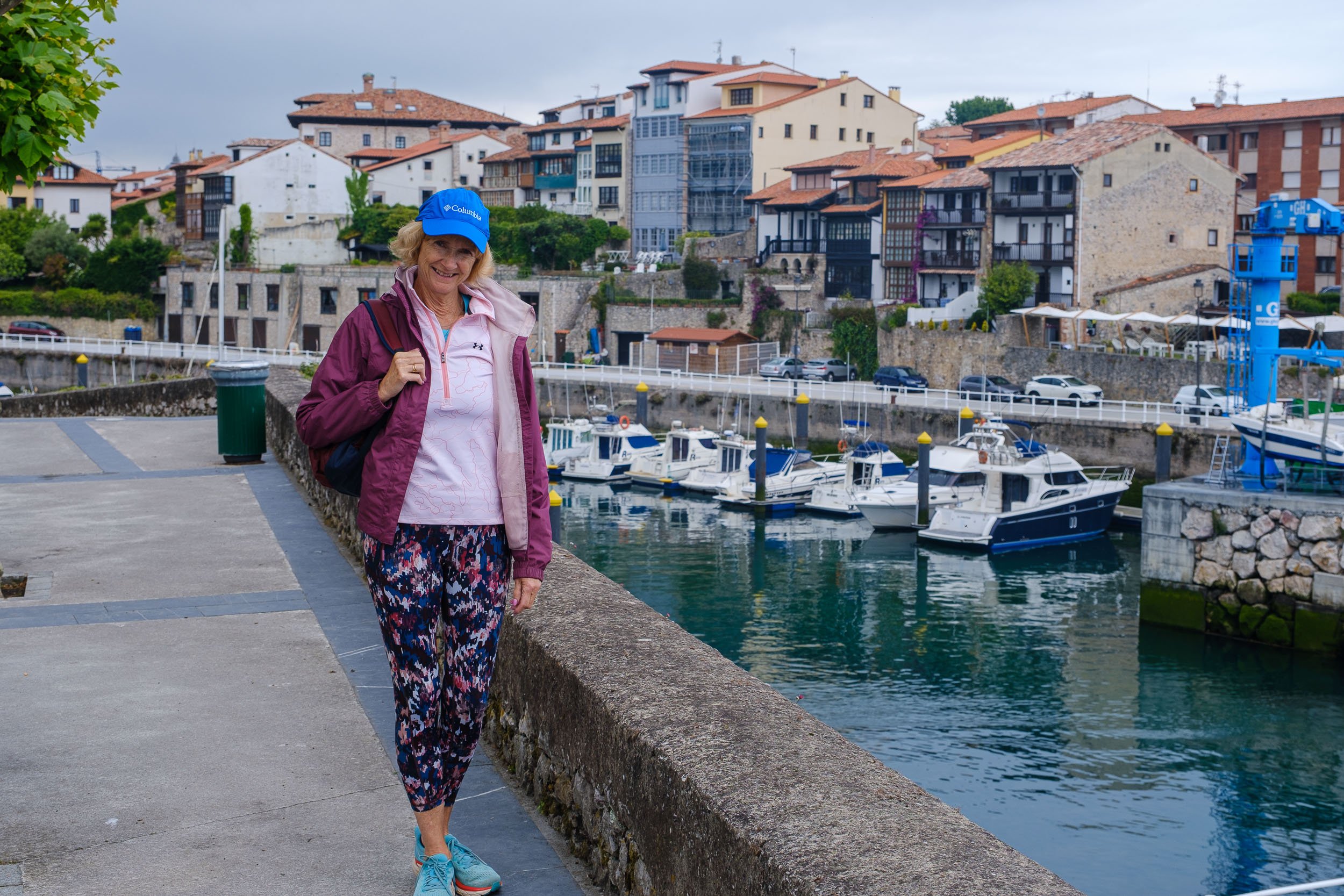
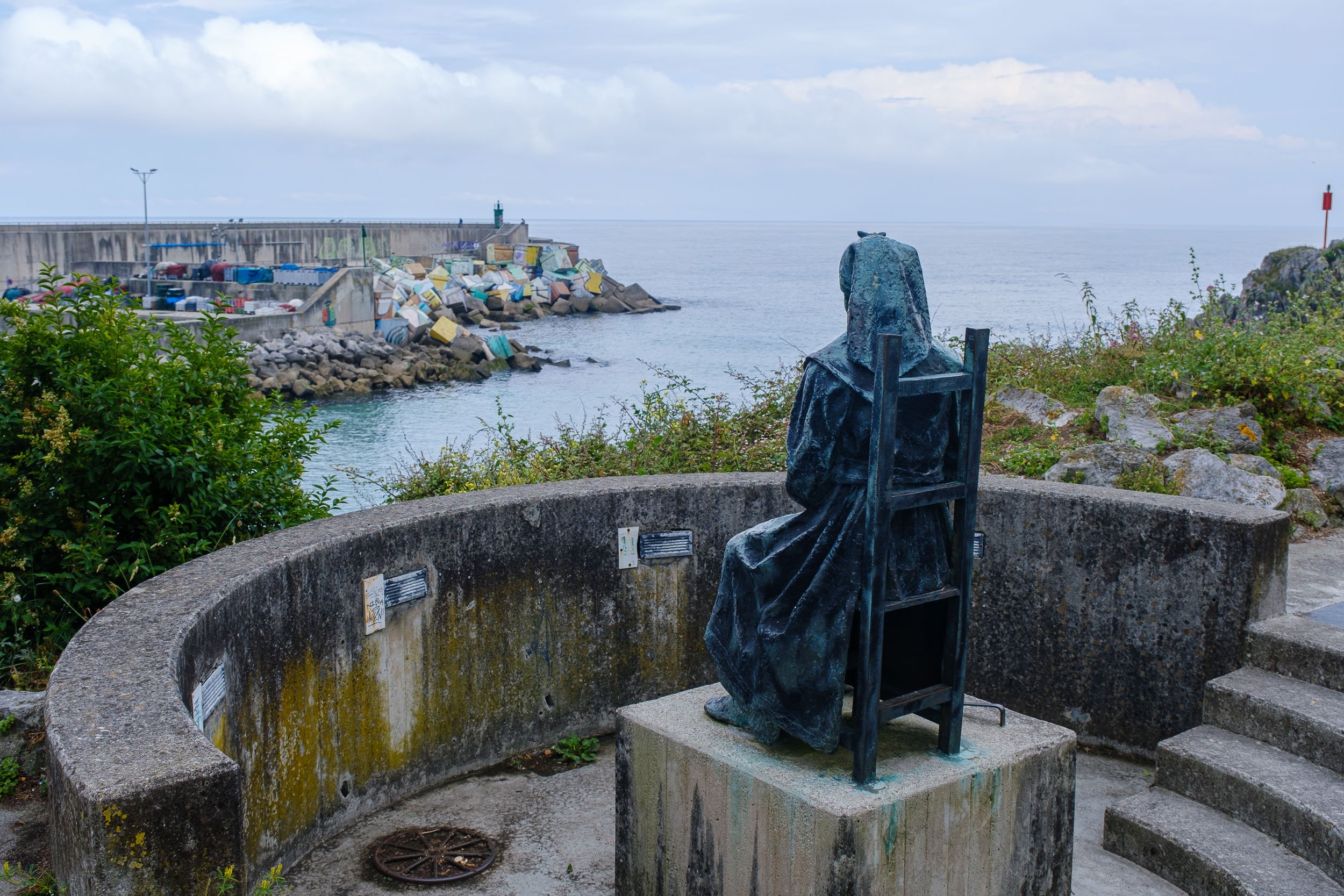
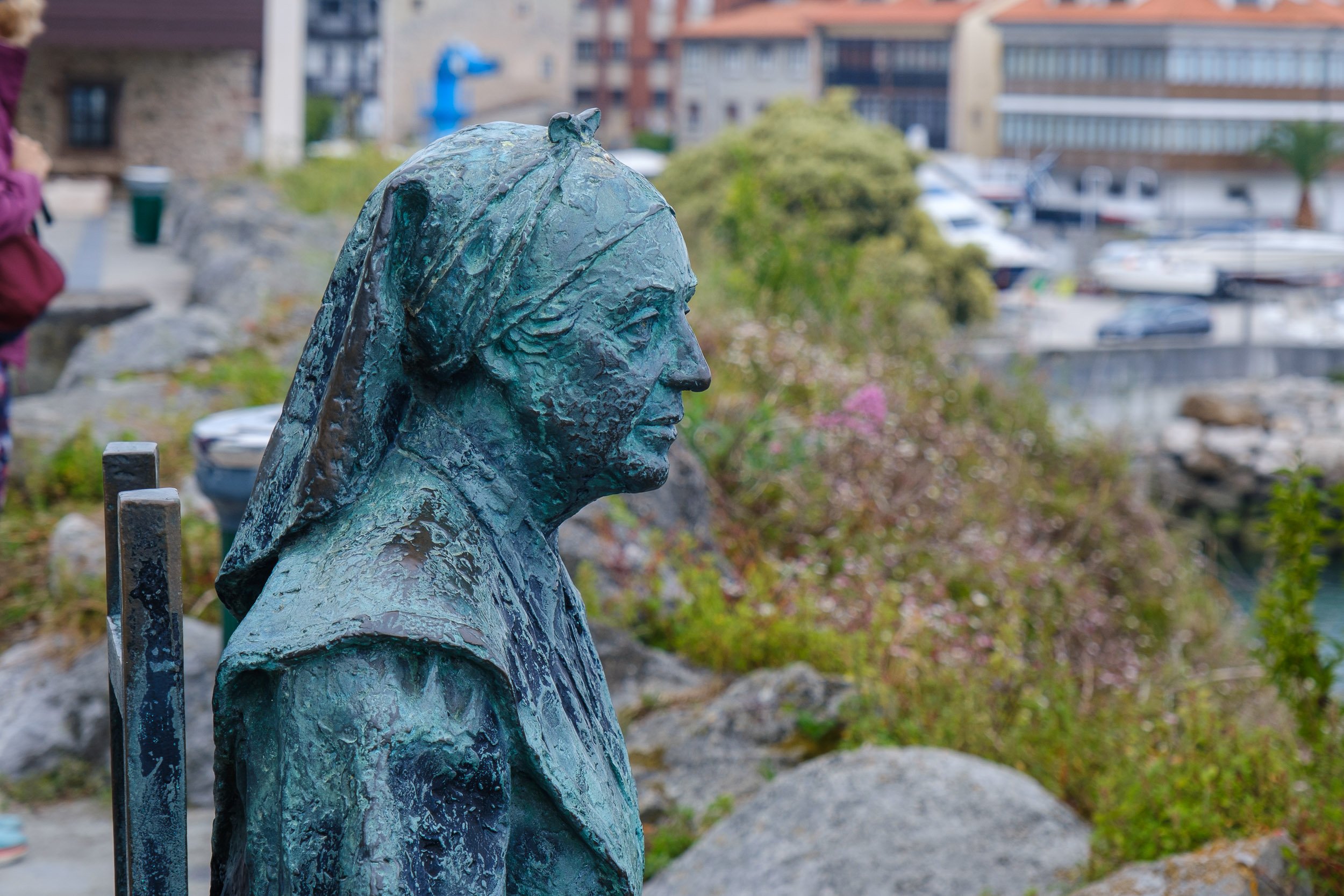
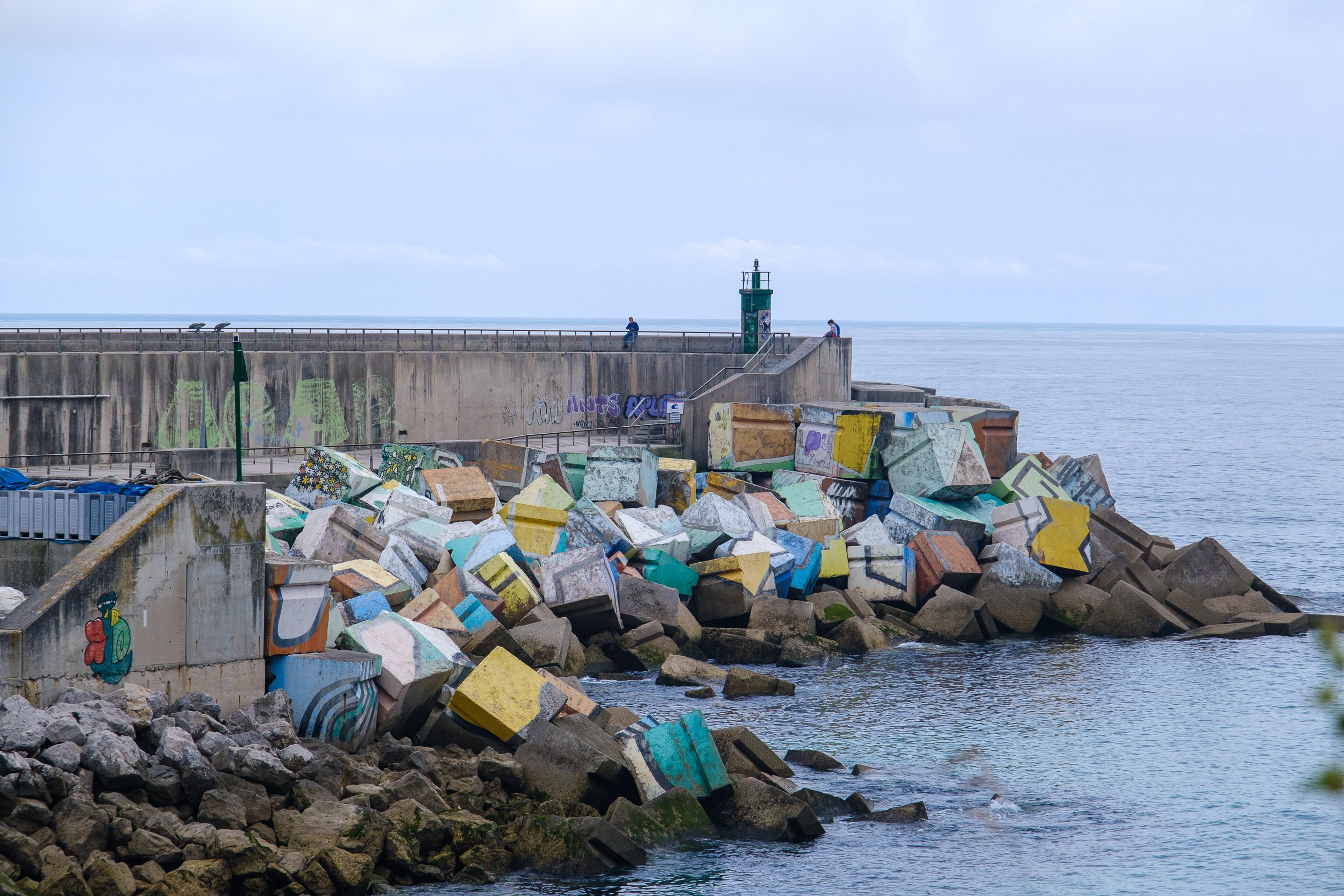
Playa del Silencio
Leon
We spent a night in the City of Leon, our hotel was in a great location in the Plaza Mayor. It is a bustling and busy city with some great architecture. It’s one of the few places where tapas are still free with your drink and they are really good. Plenty of young people with some stag and hen parties in busy night spots. It was a great atmosphere. We woke up on Saturday morning to see the square had been replaced with a huge market. By the late afternoon it was gone and all cleaned up like you would never know it was there. Well worth a visit for a night or two.
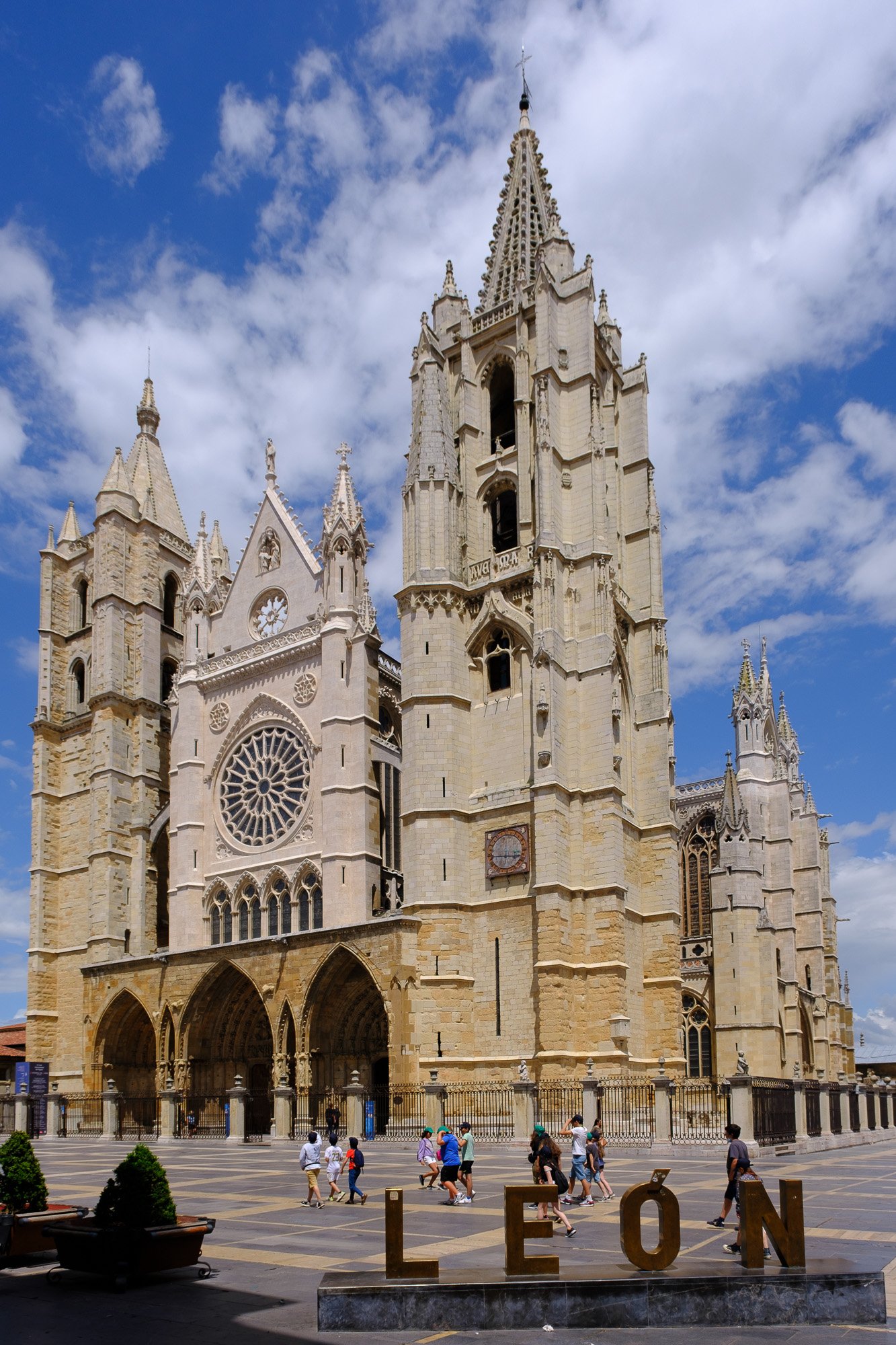

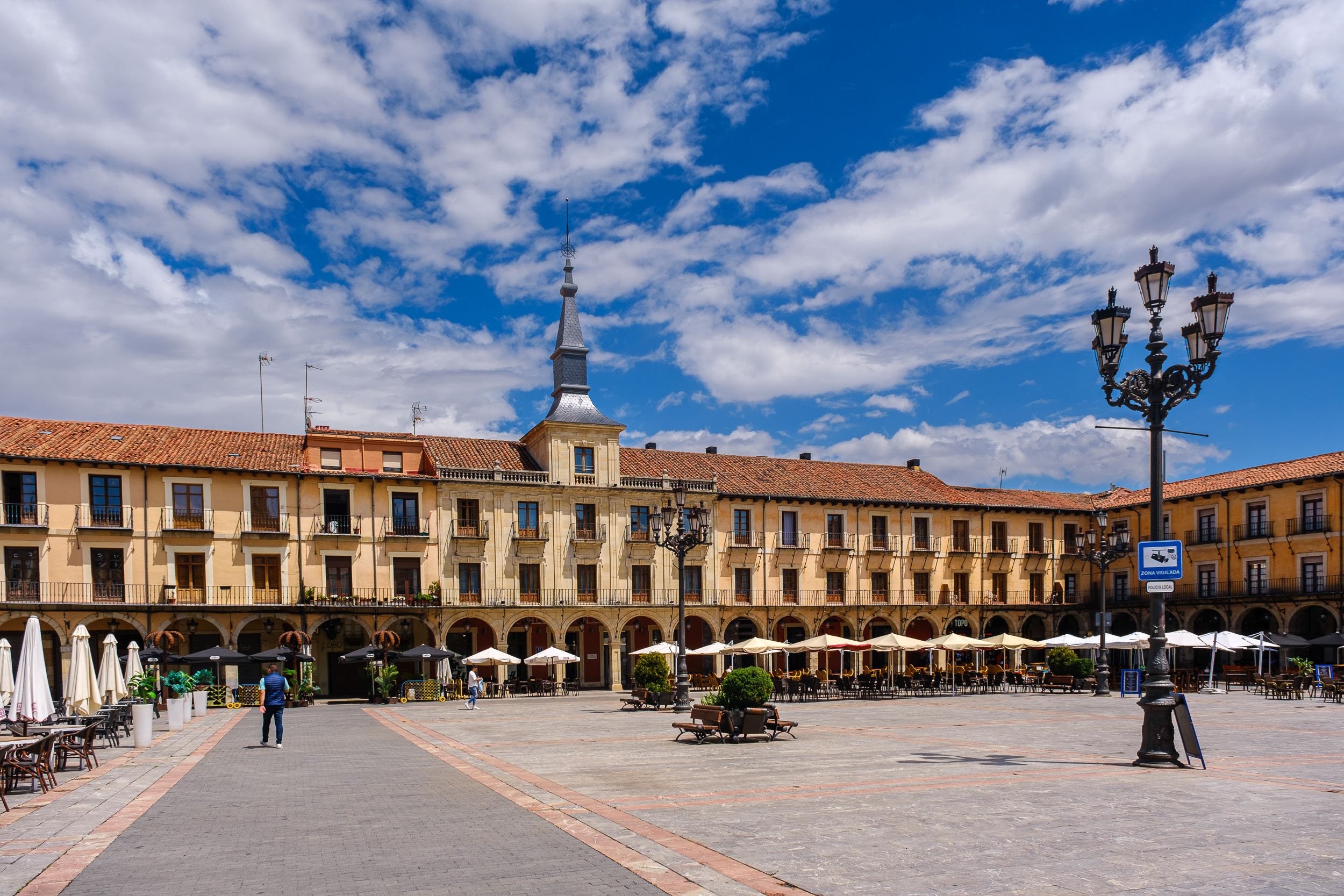
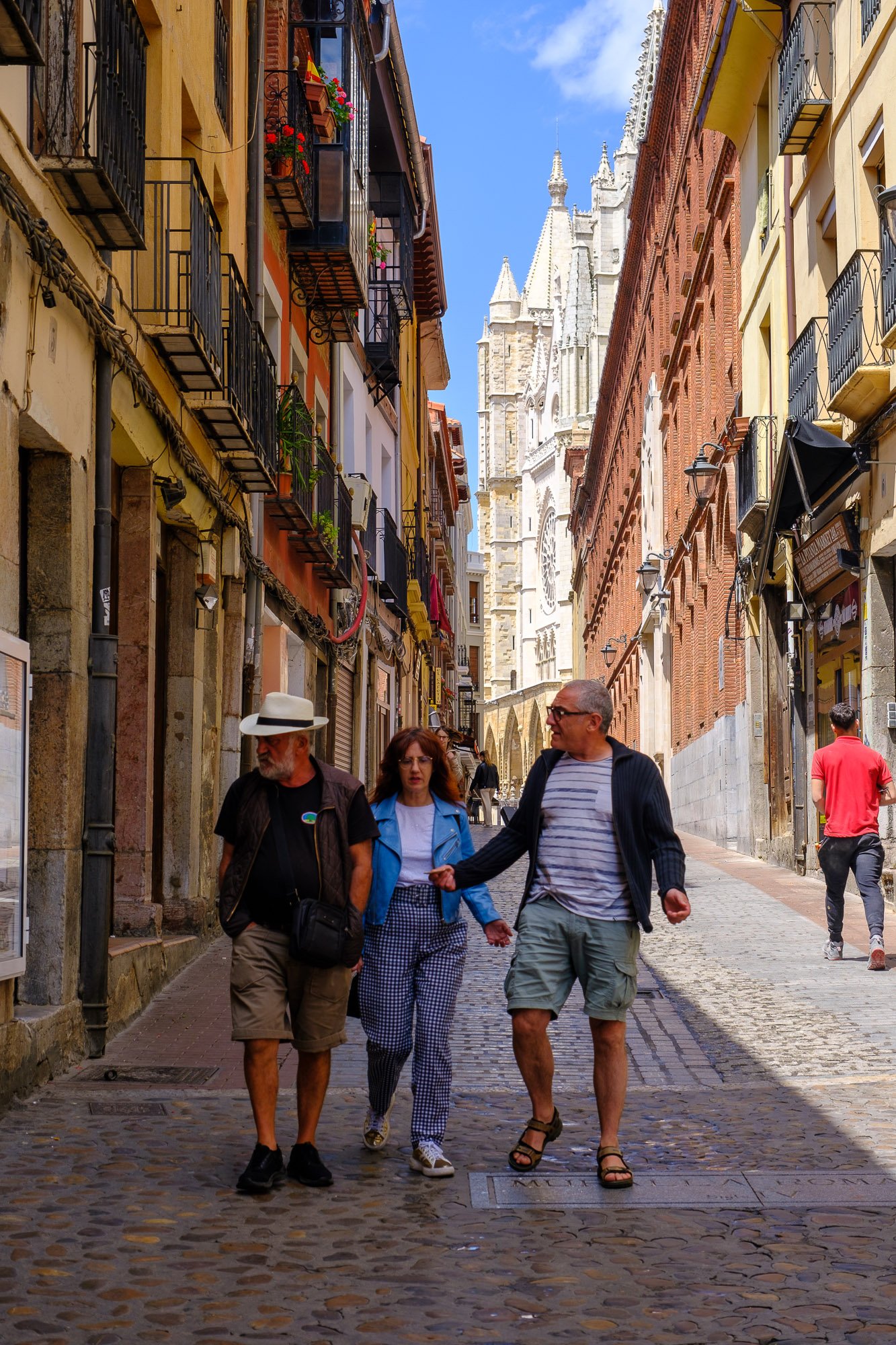
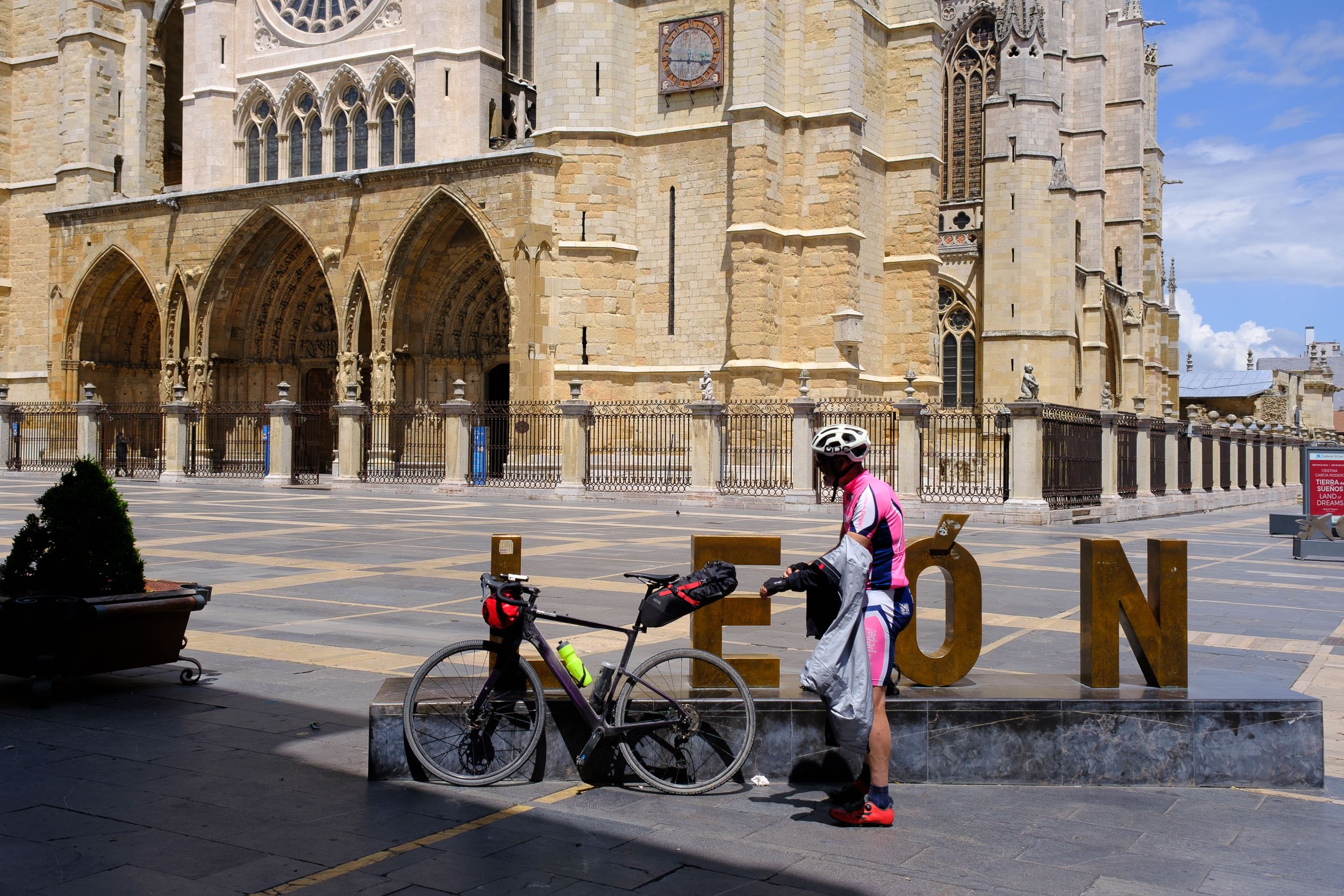
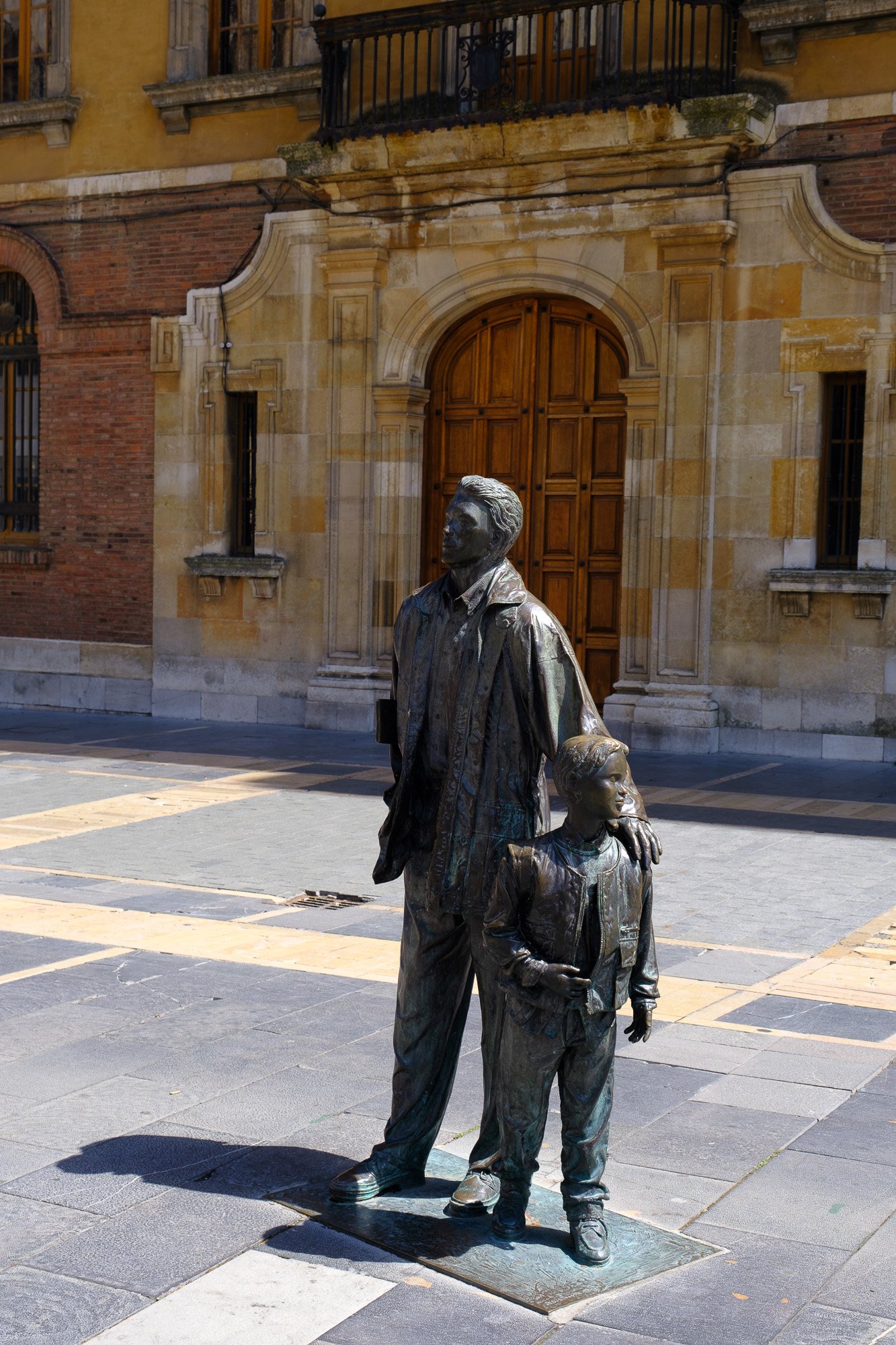
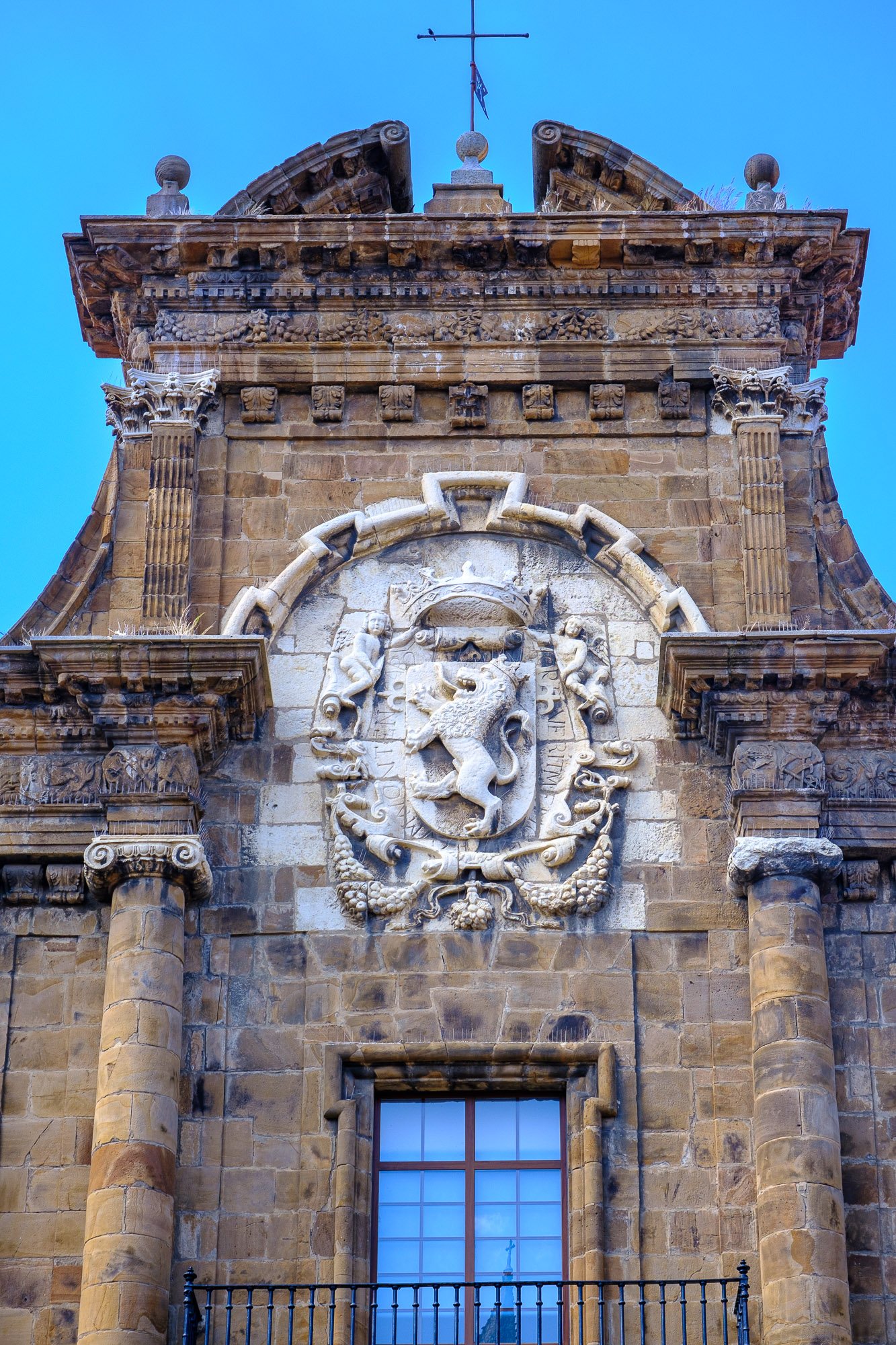
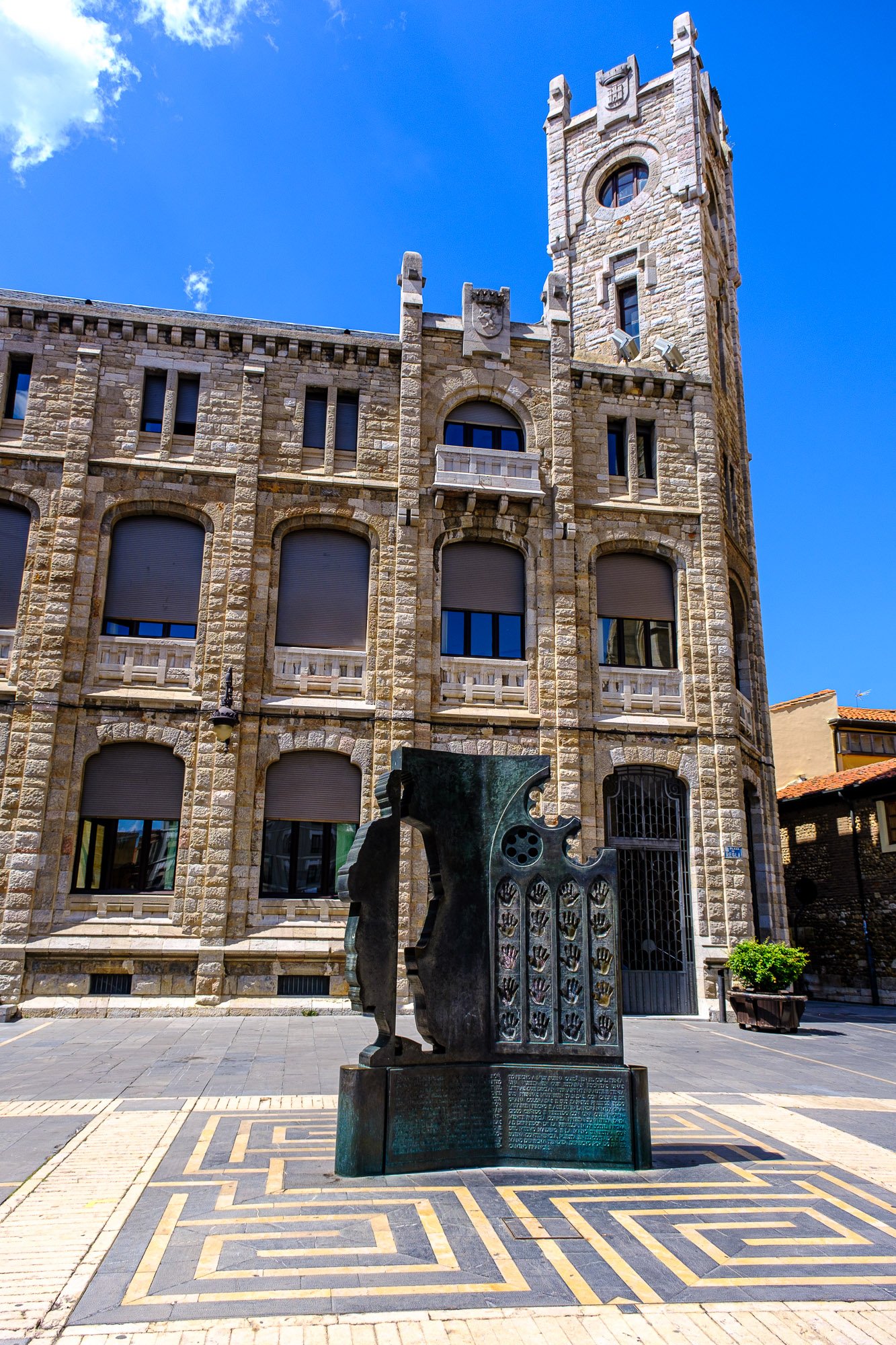

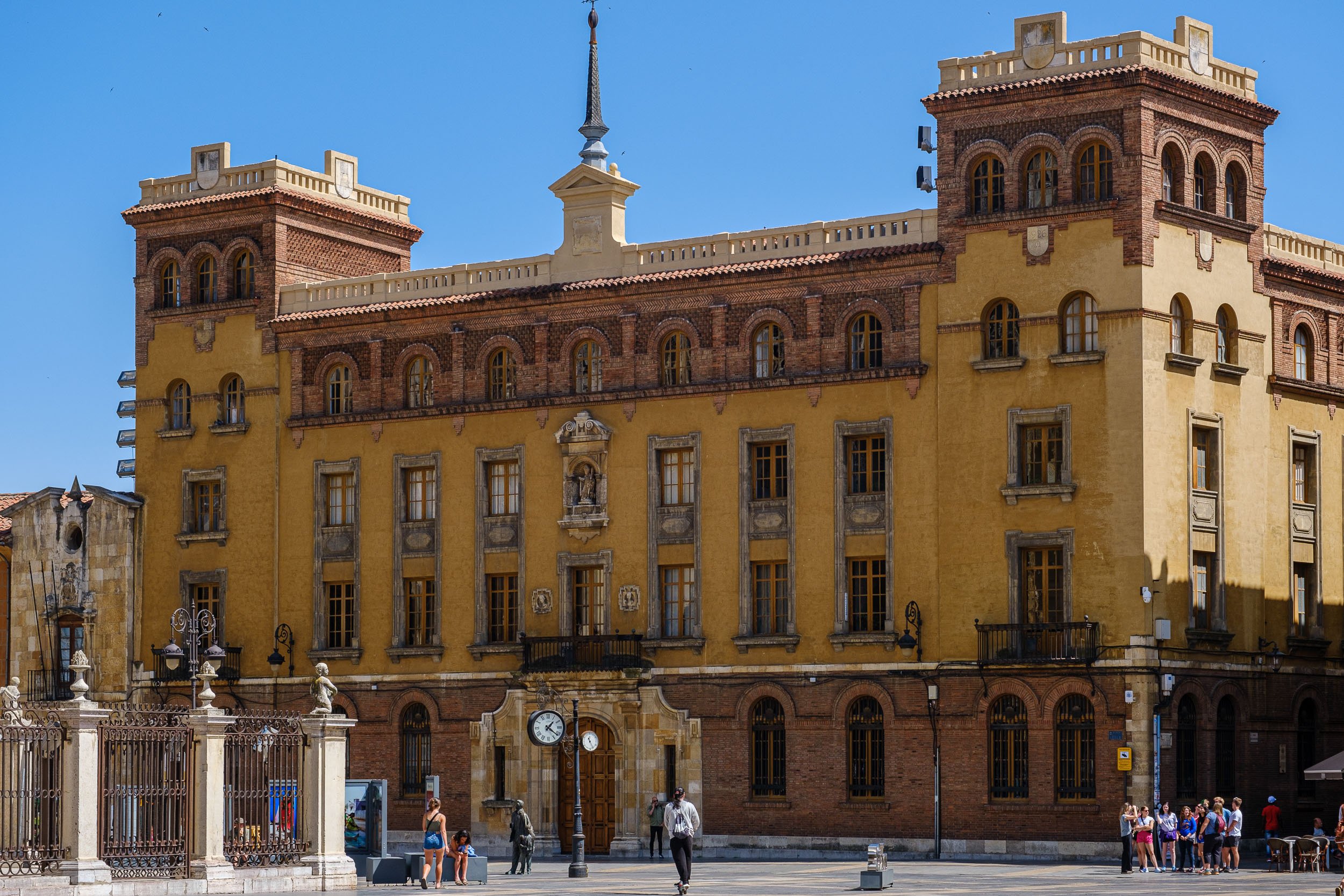
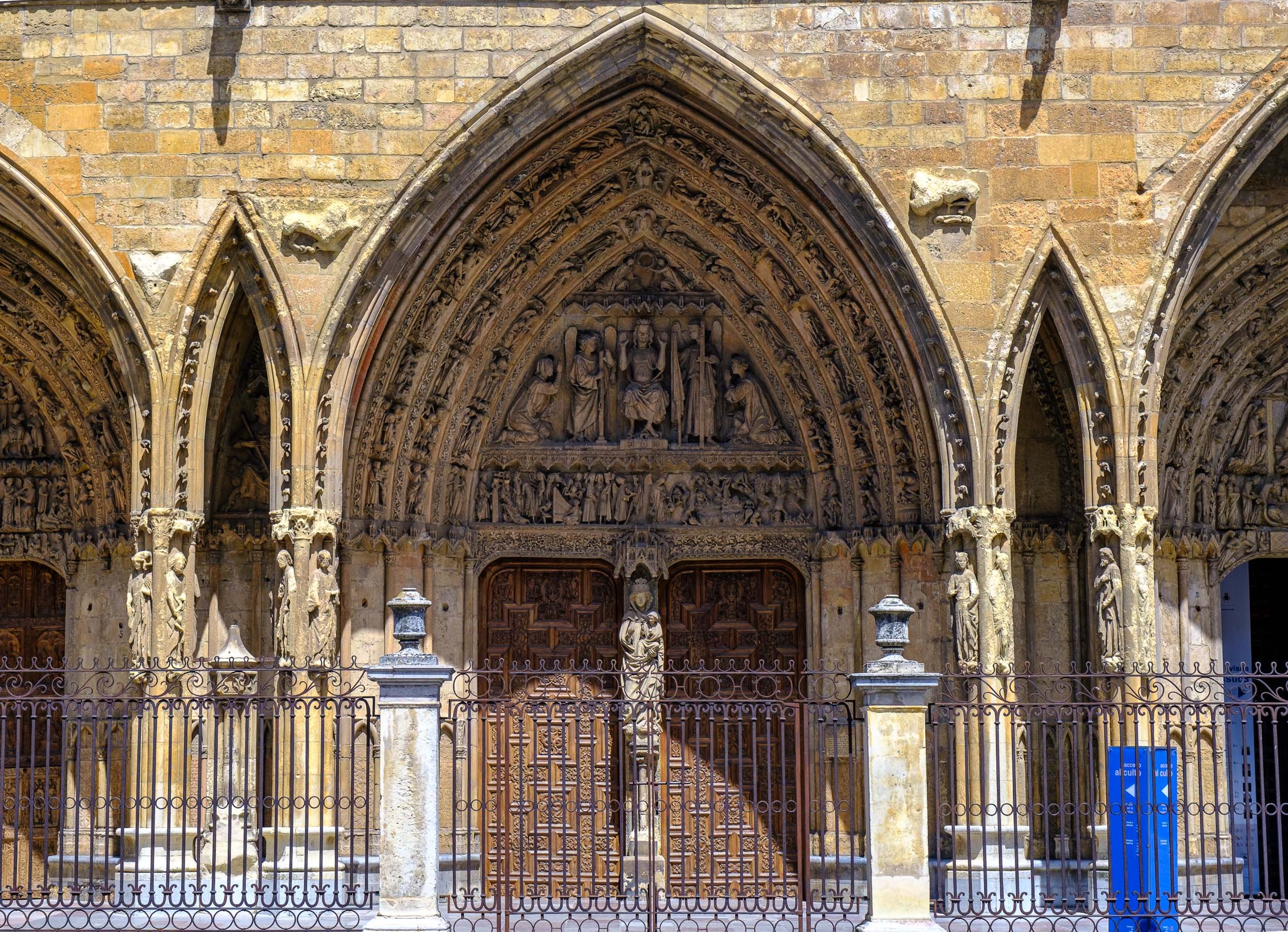
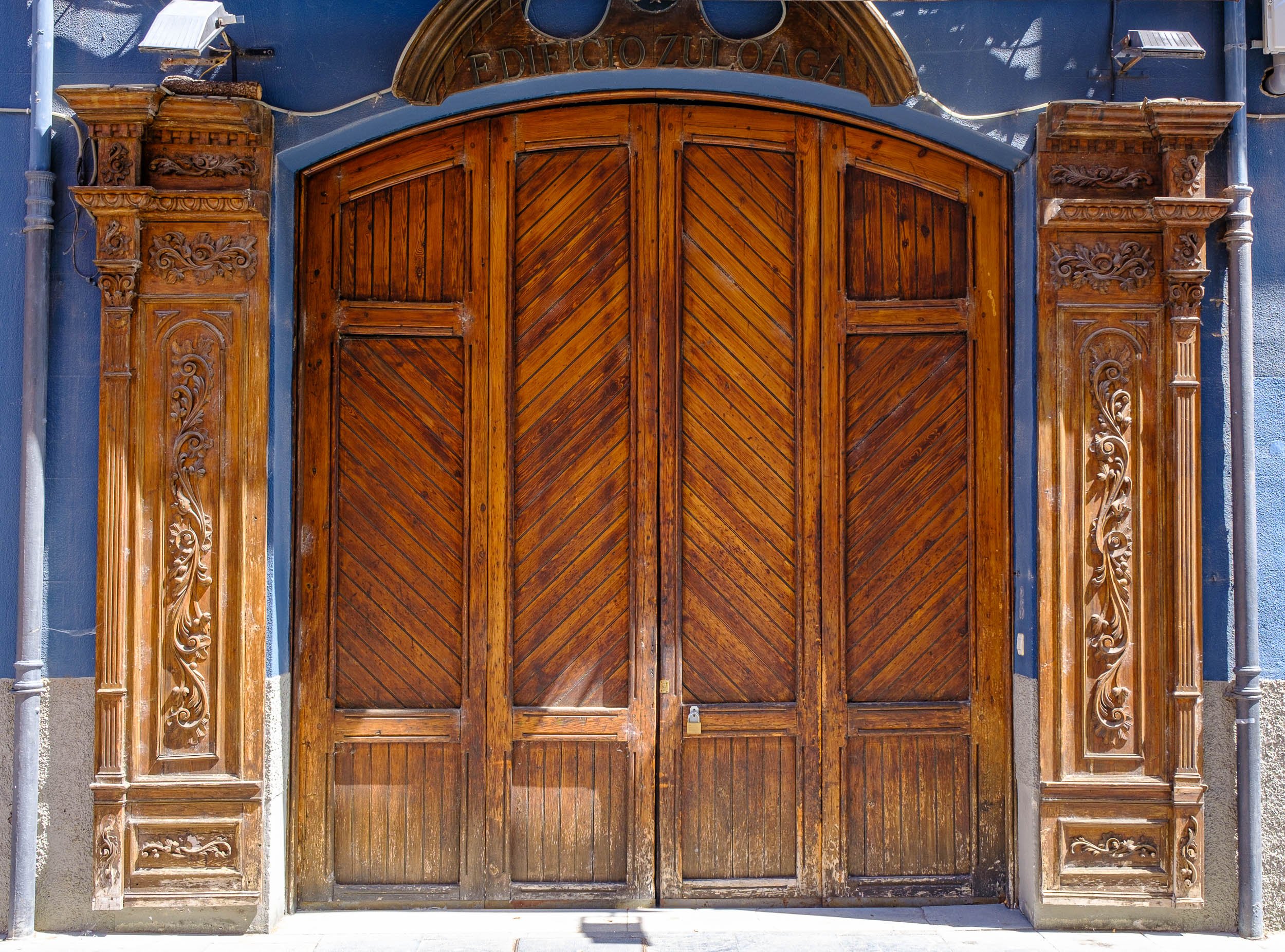
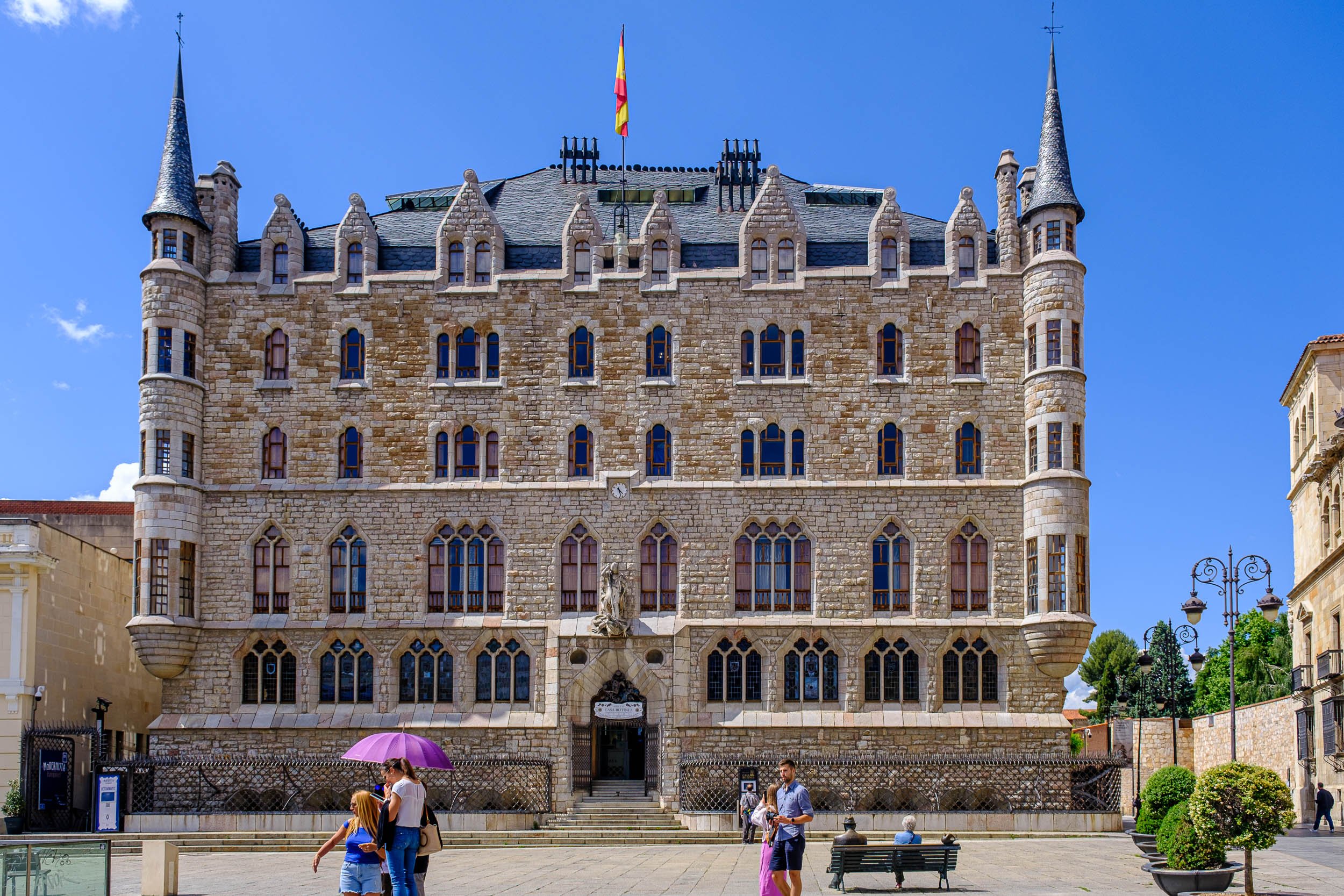
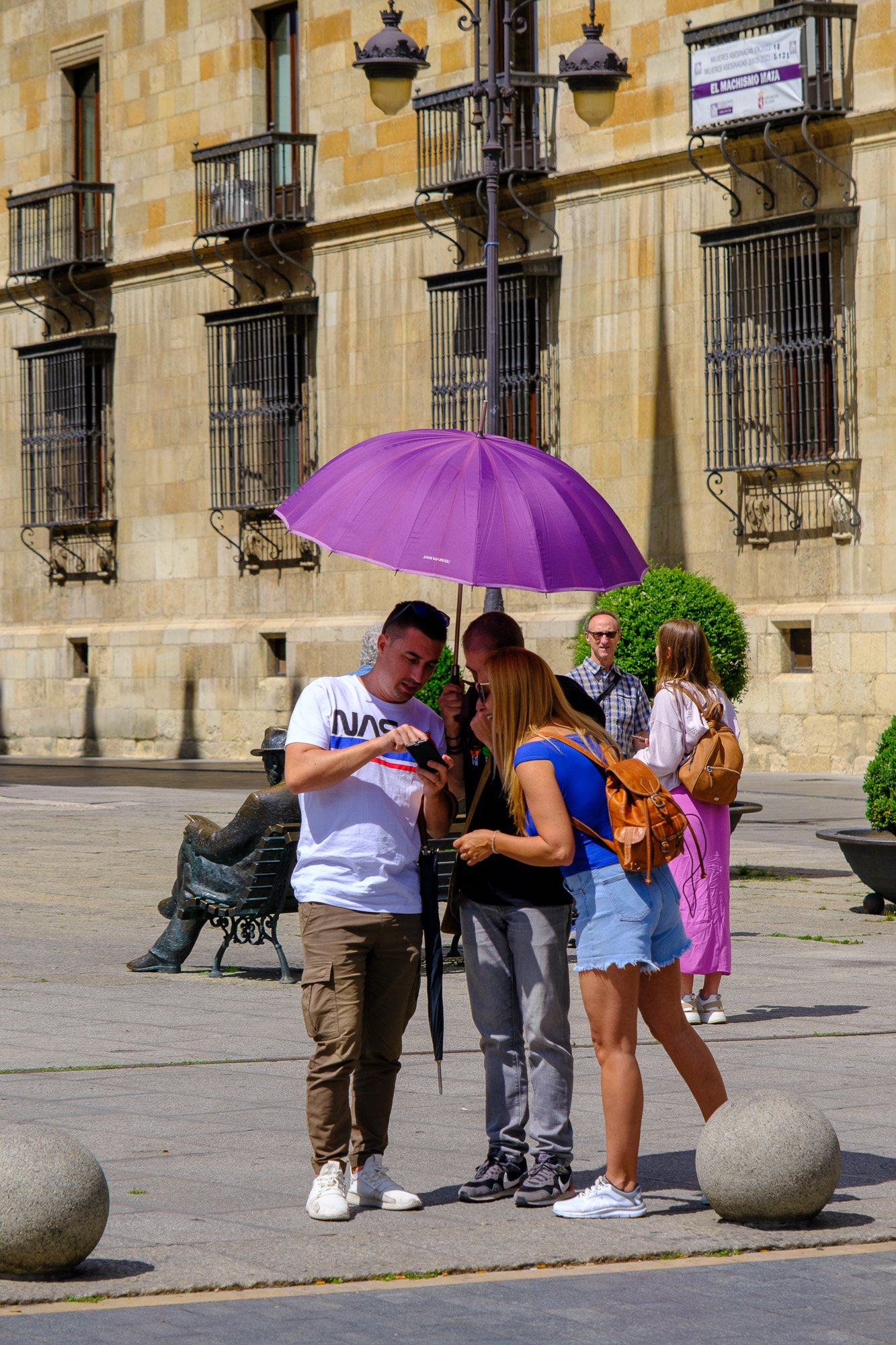
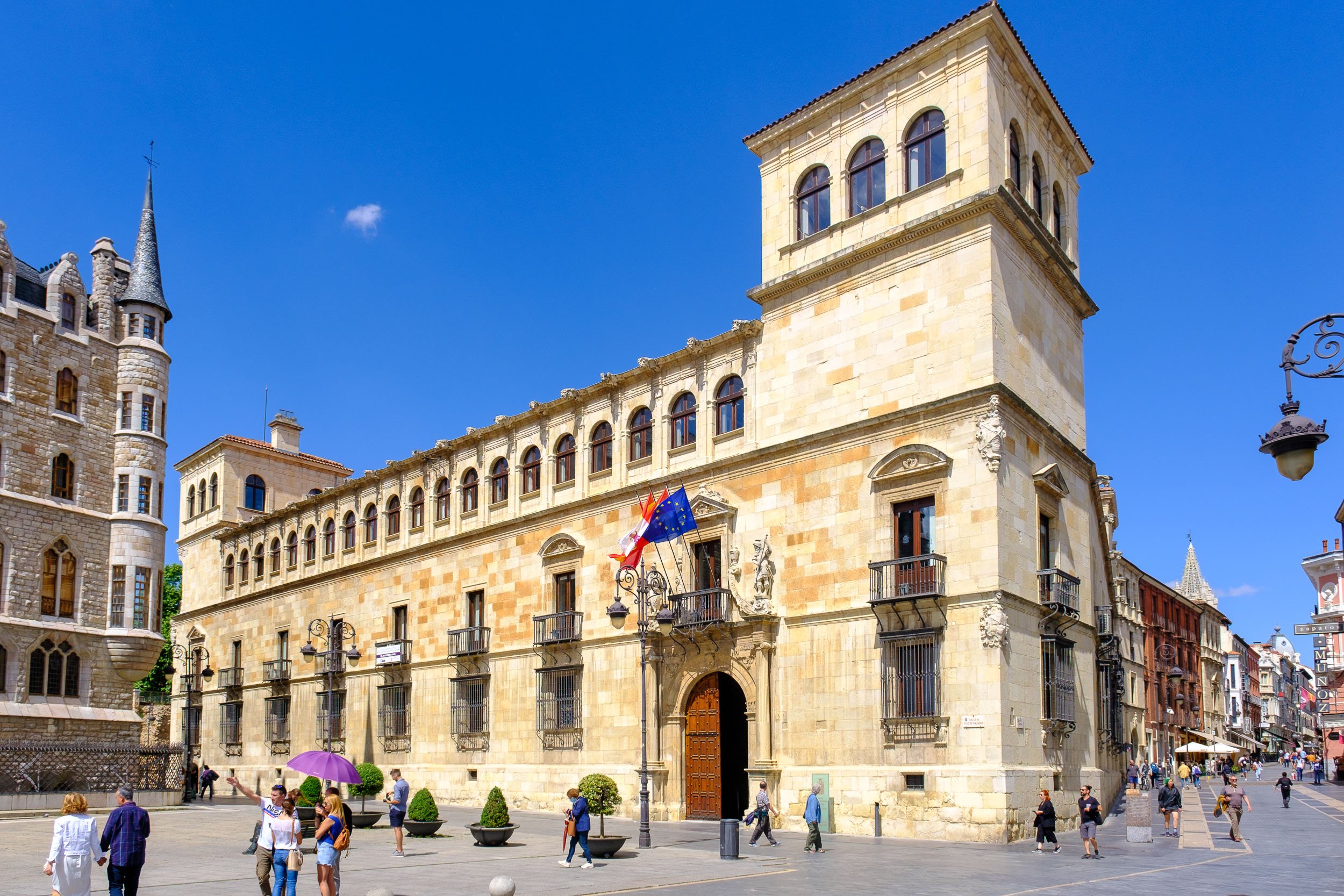
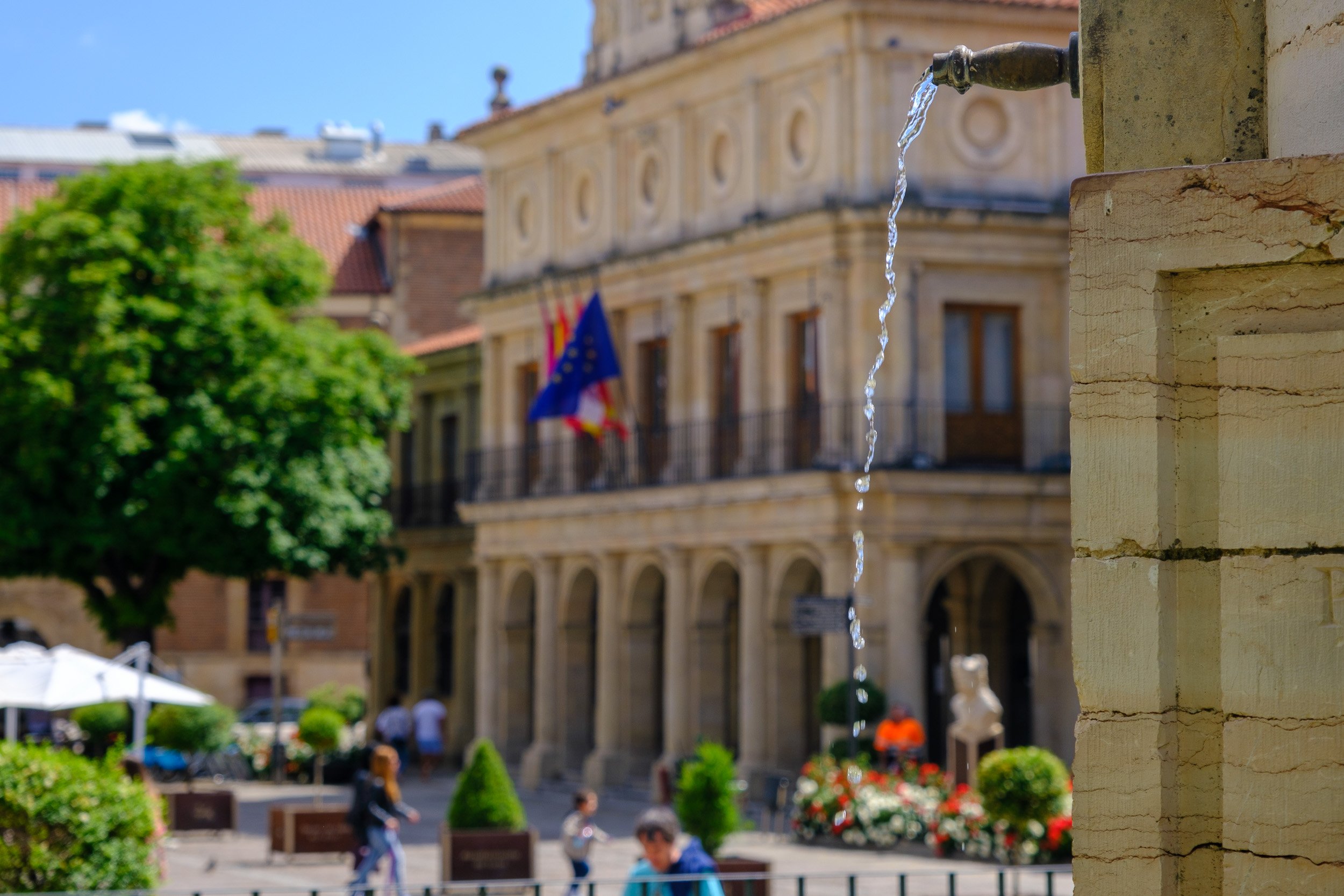
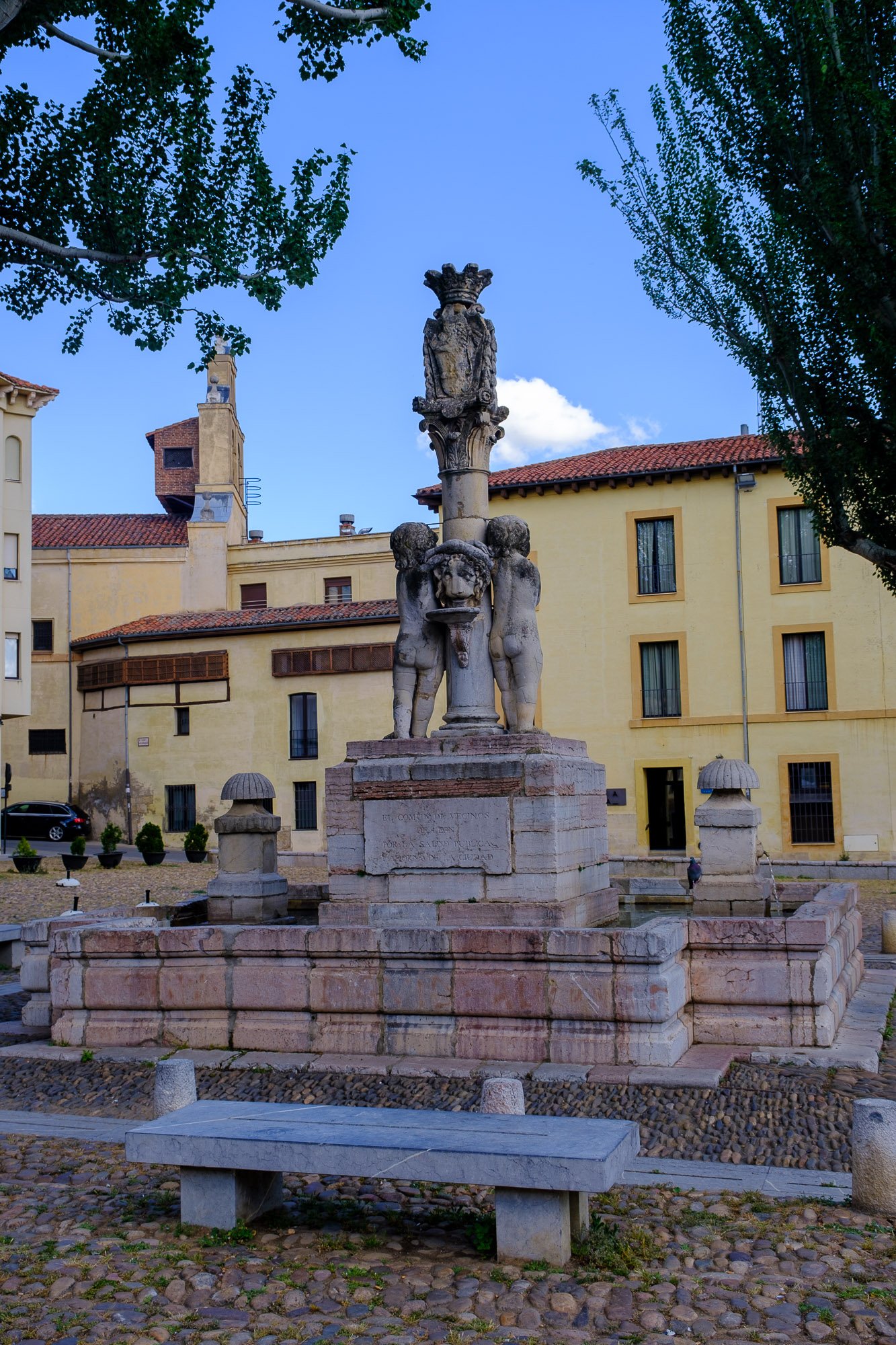
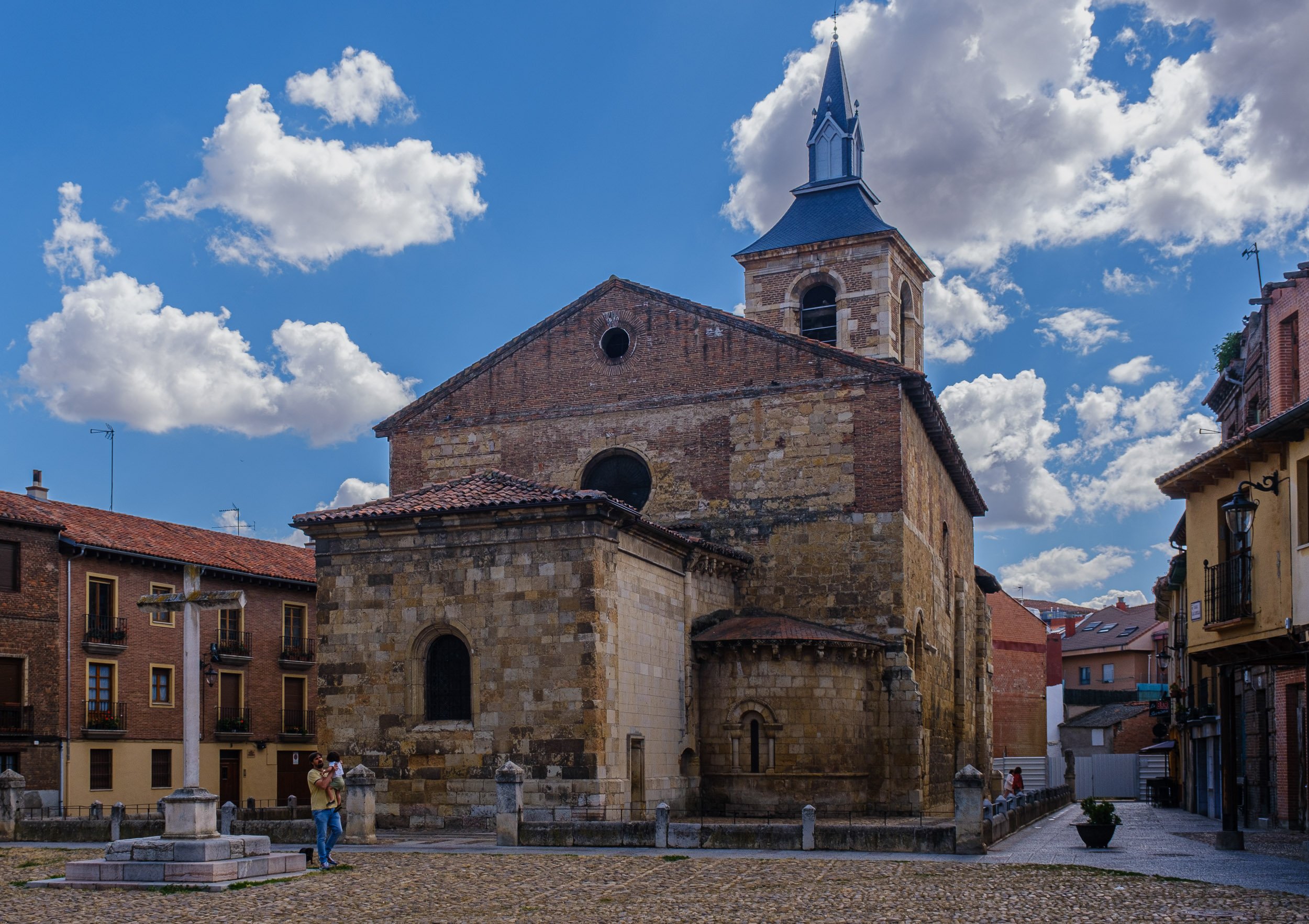
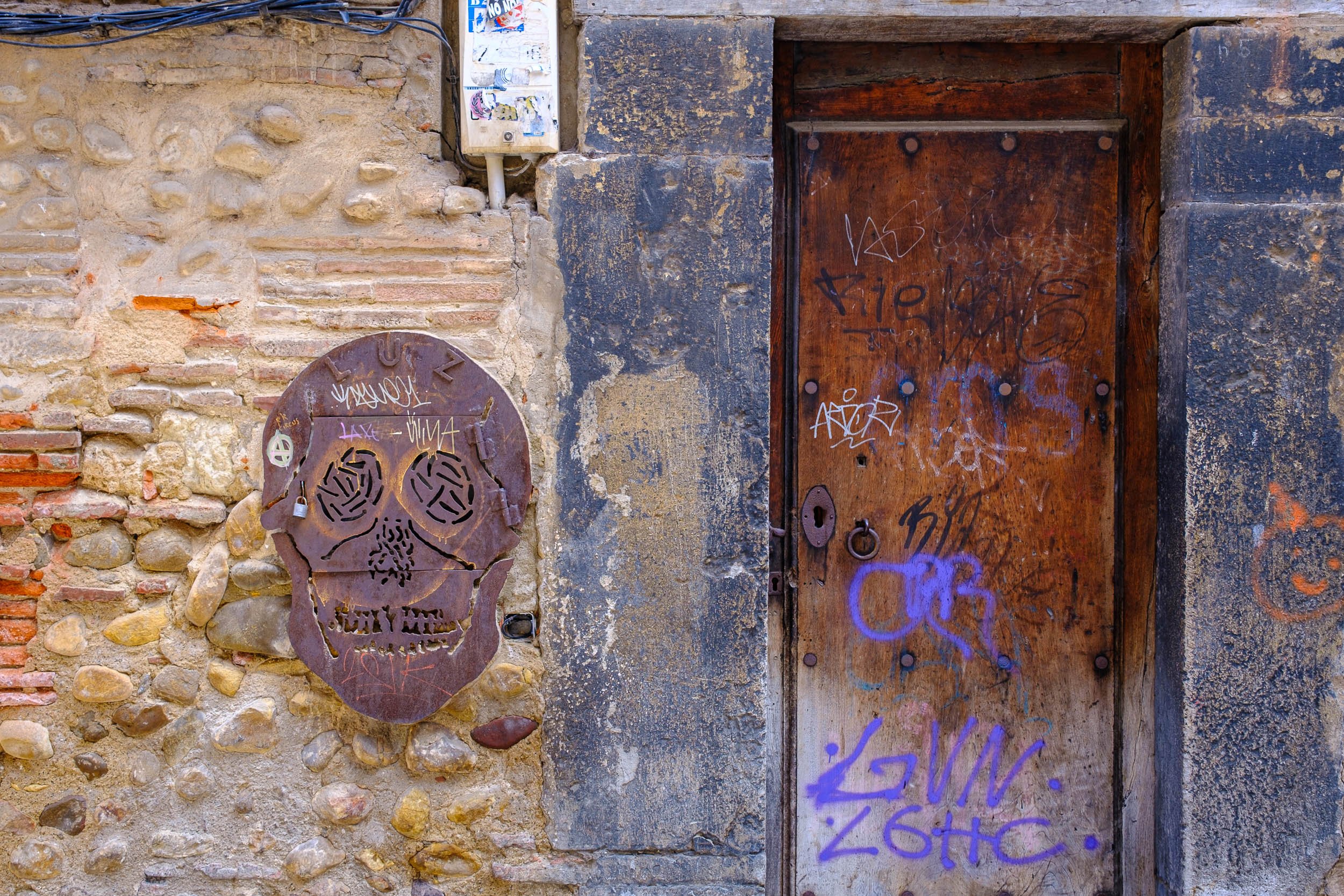
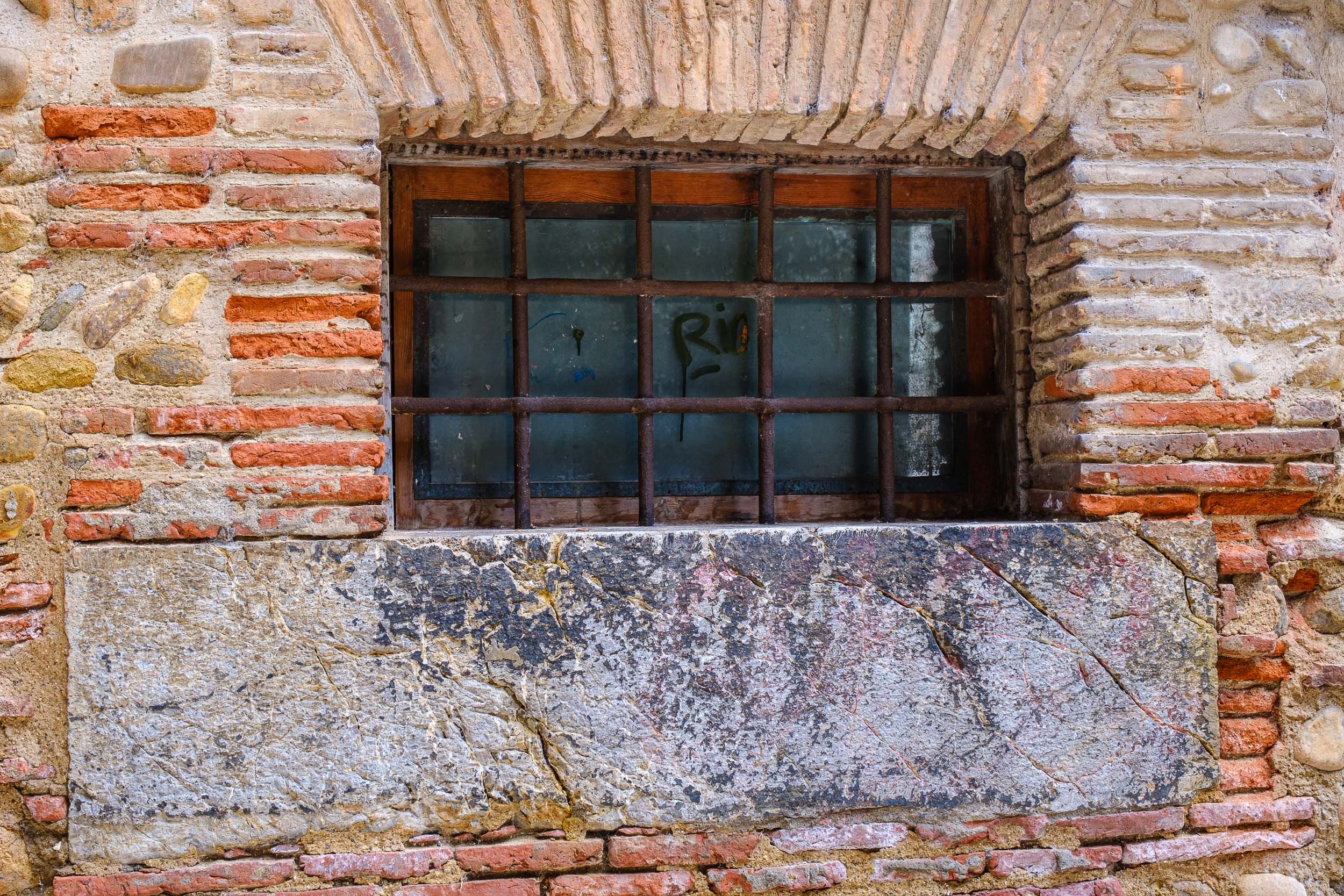
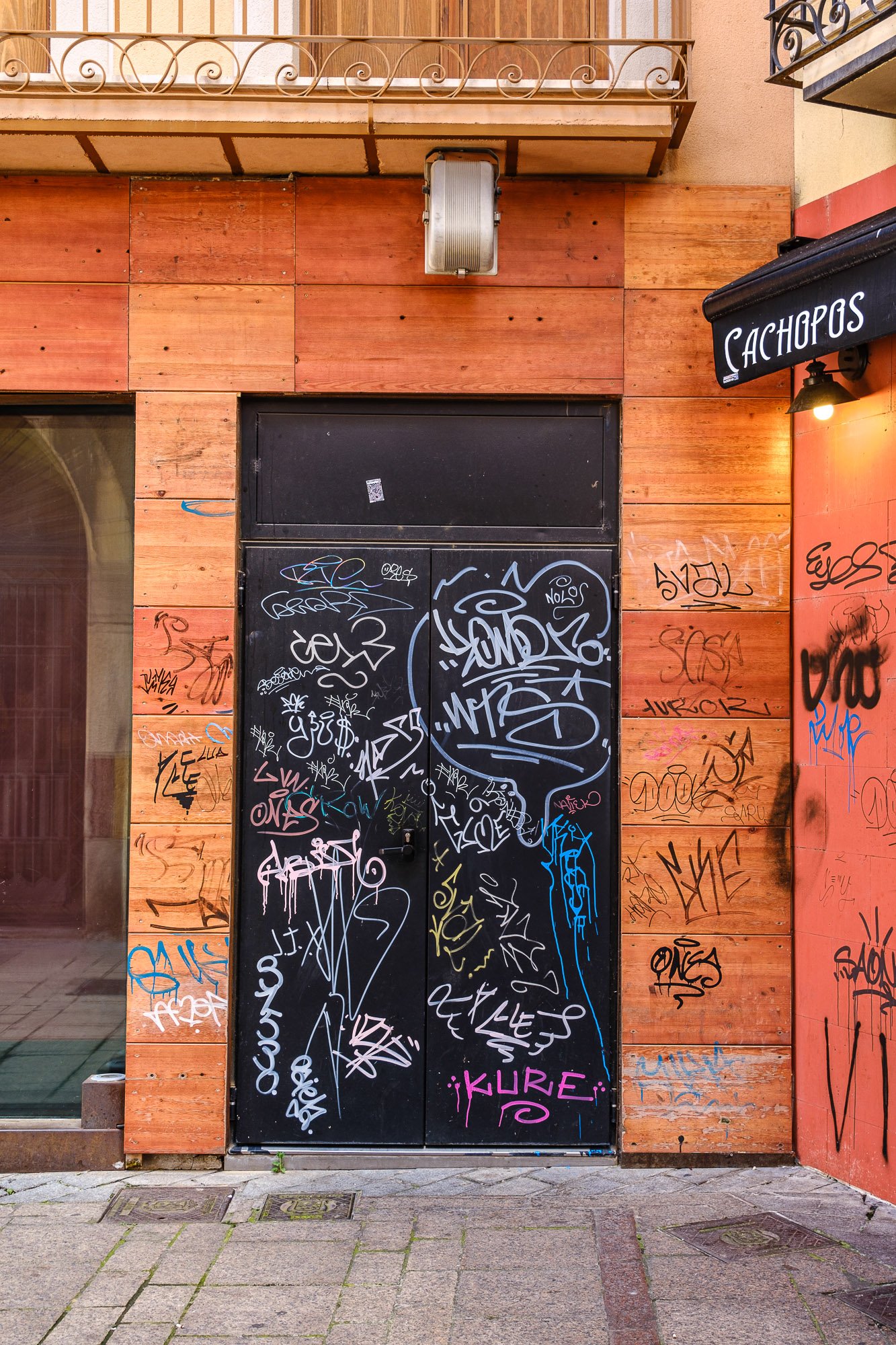
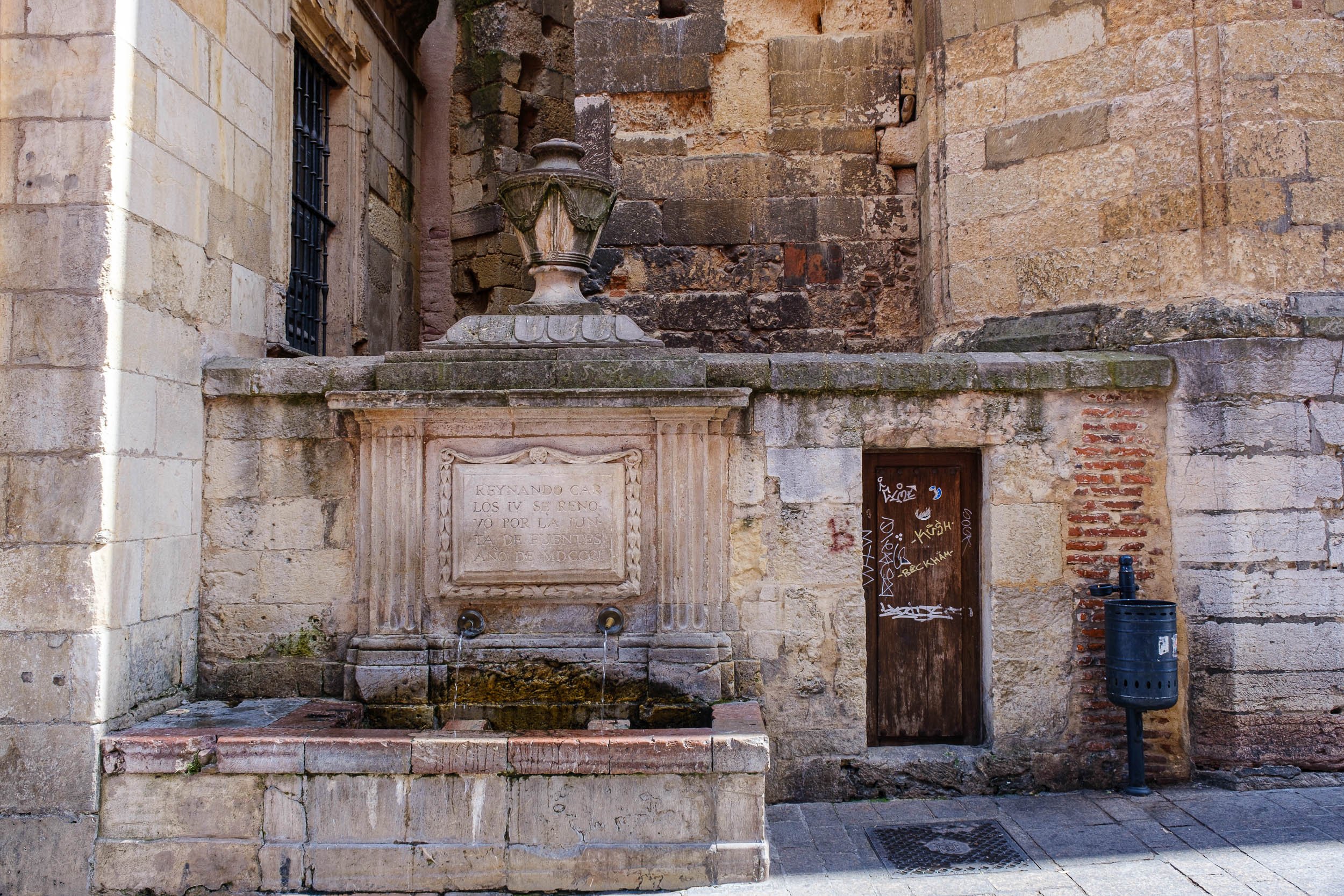


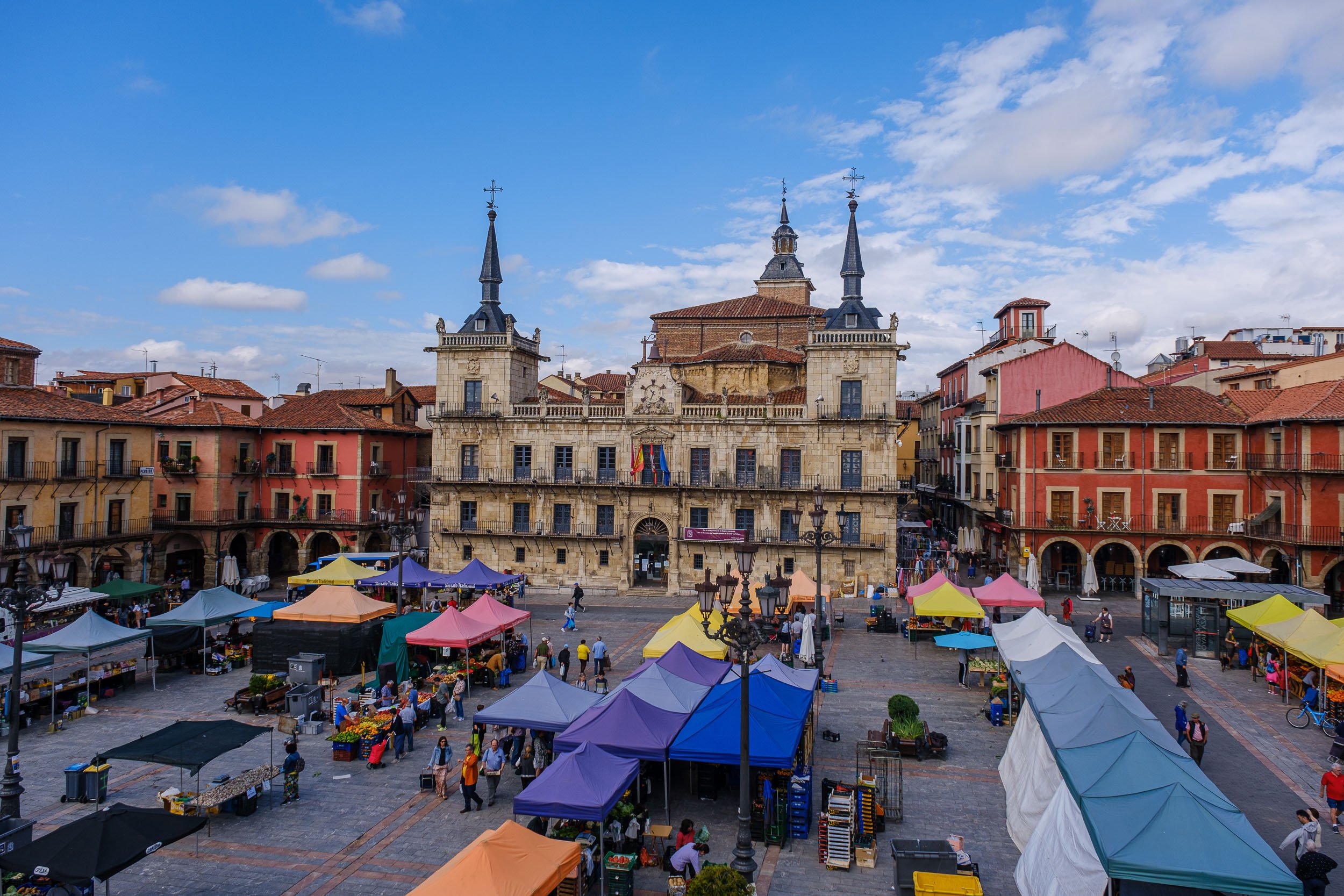
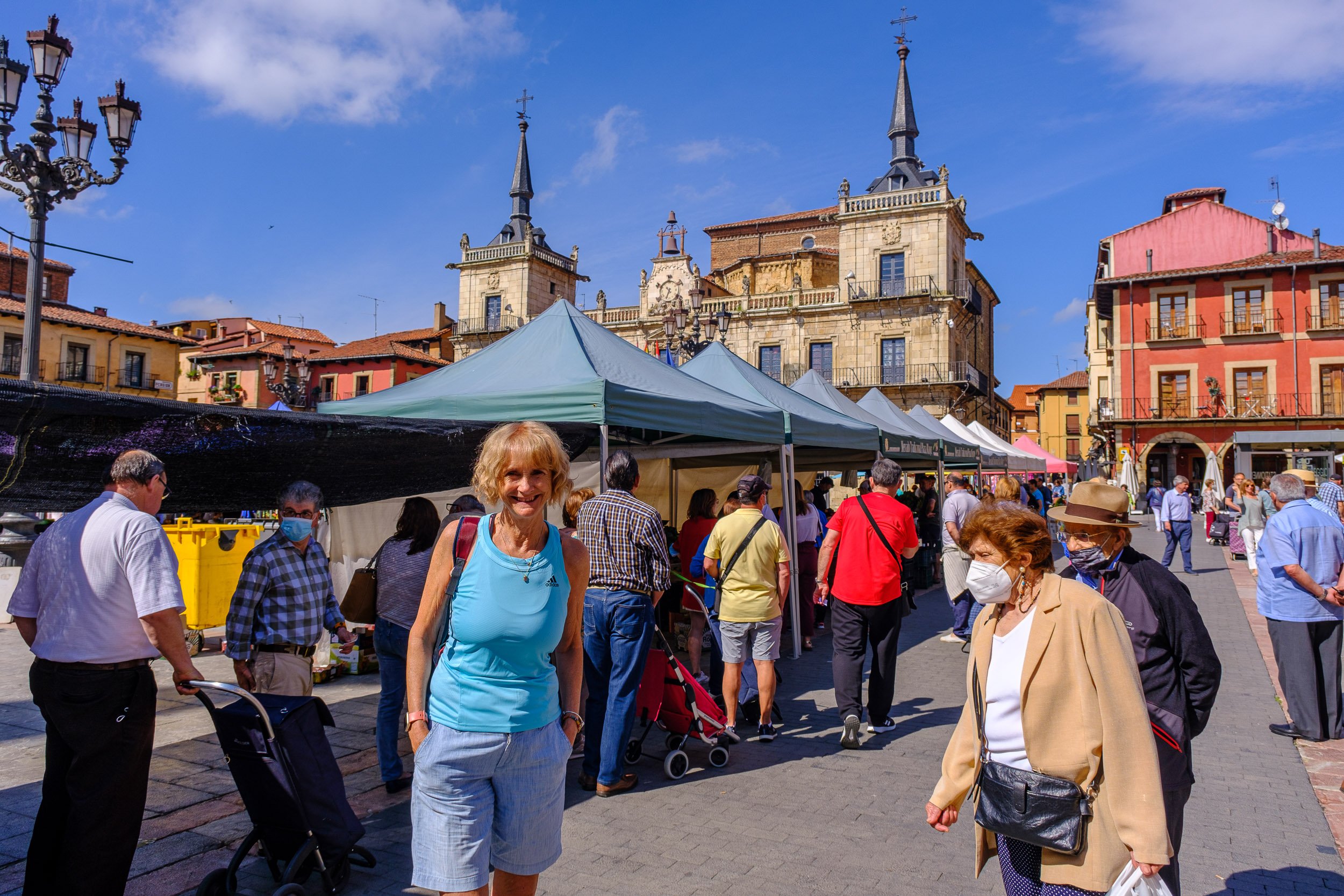
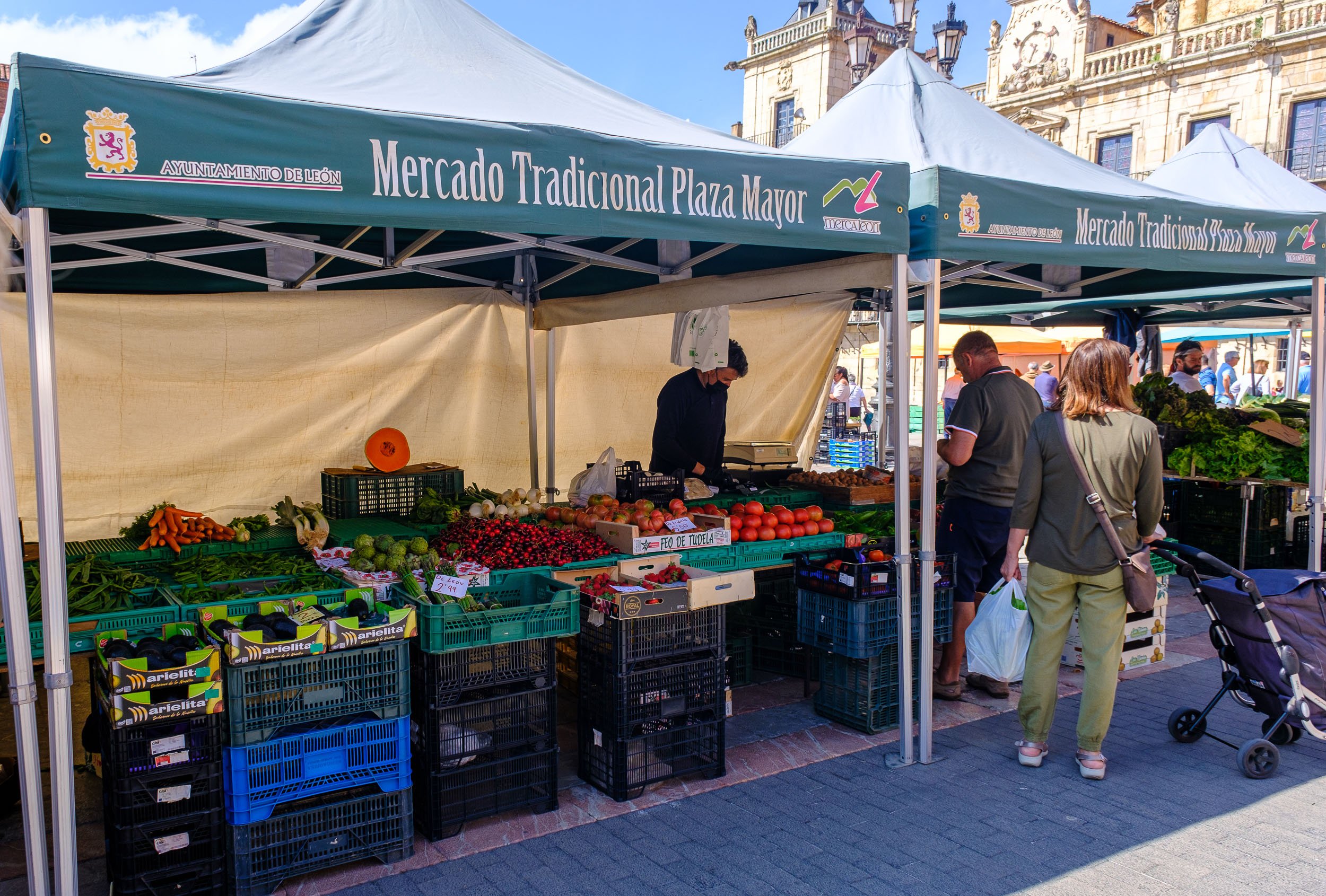
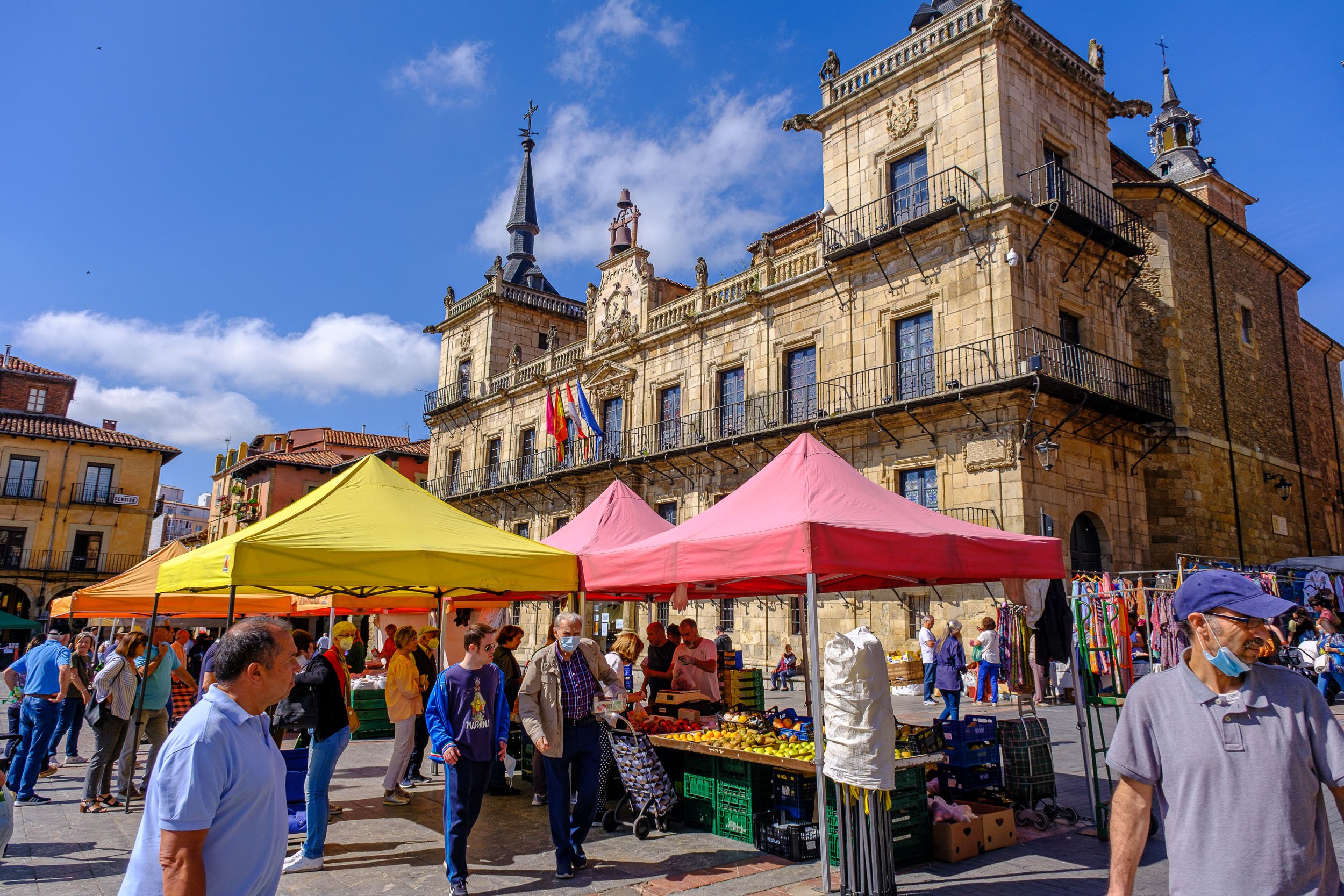
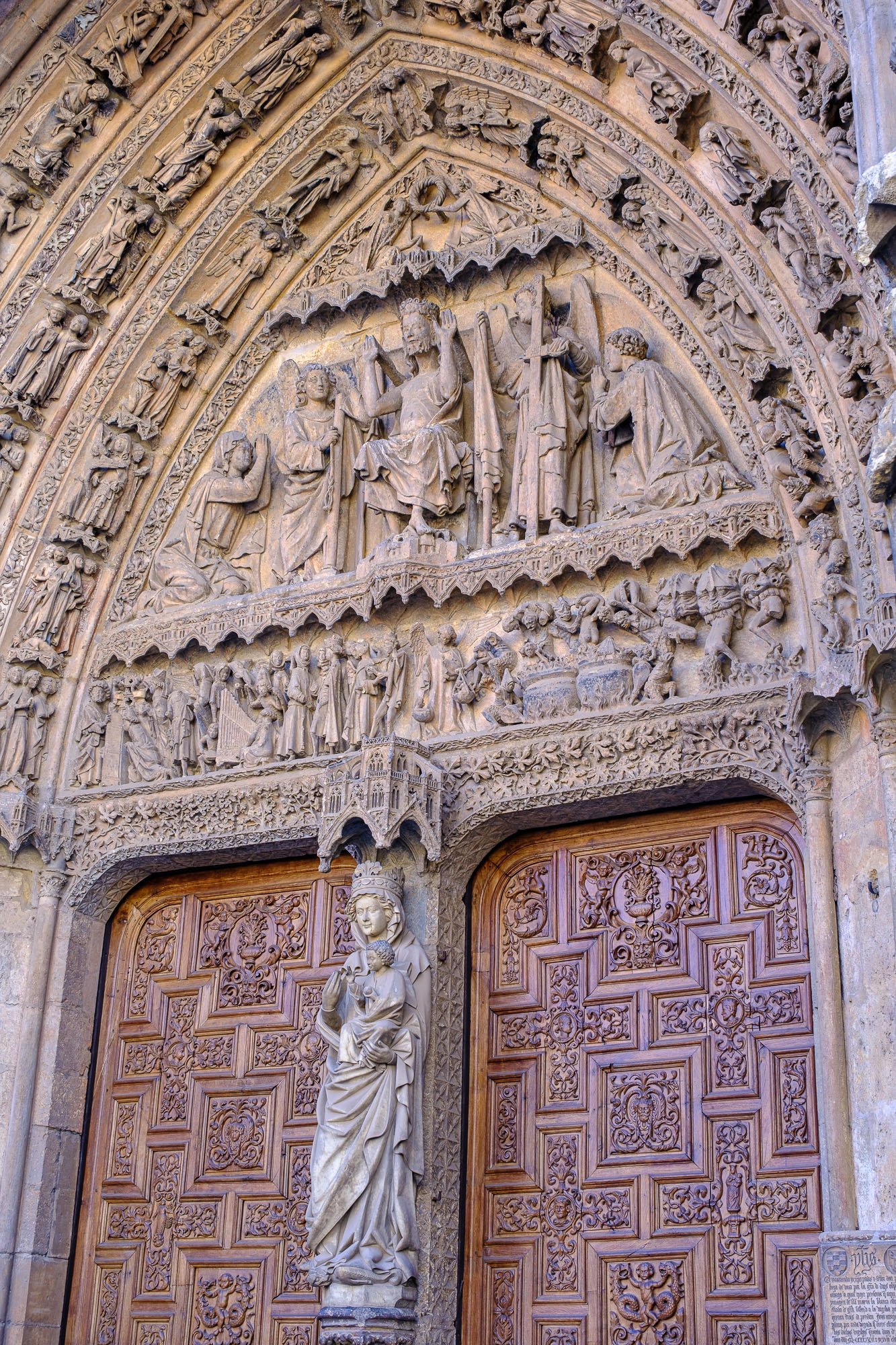
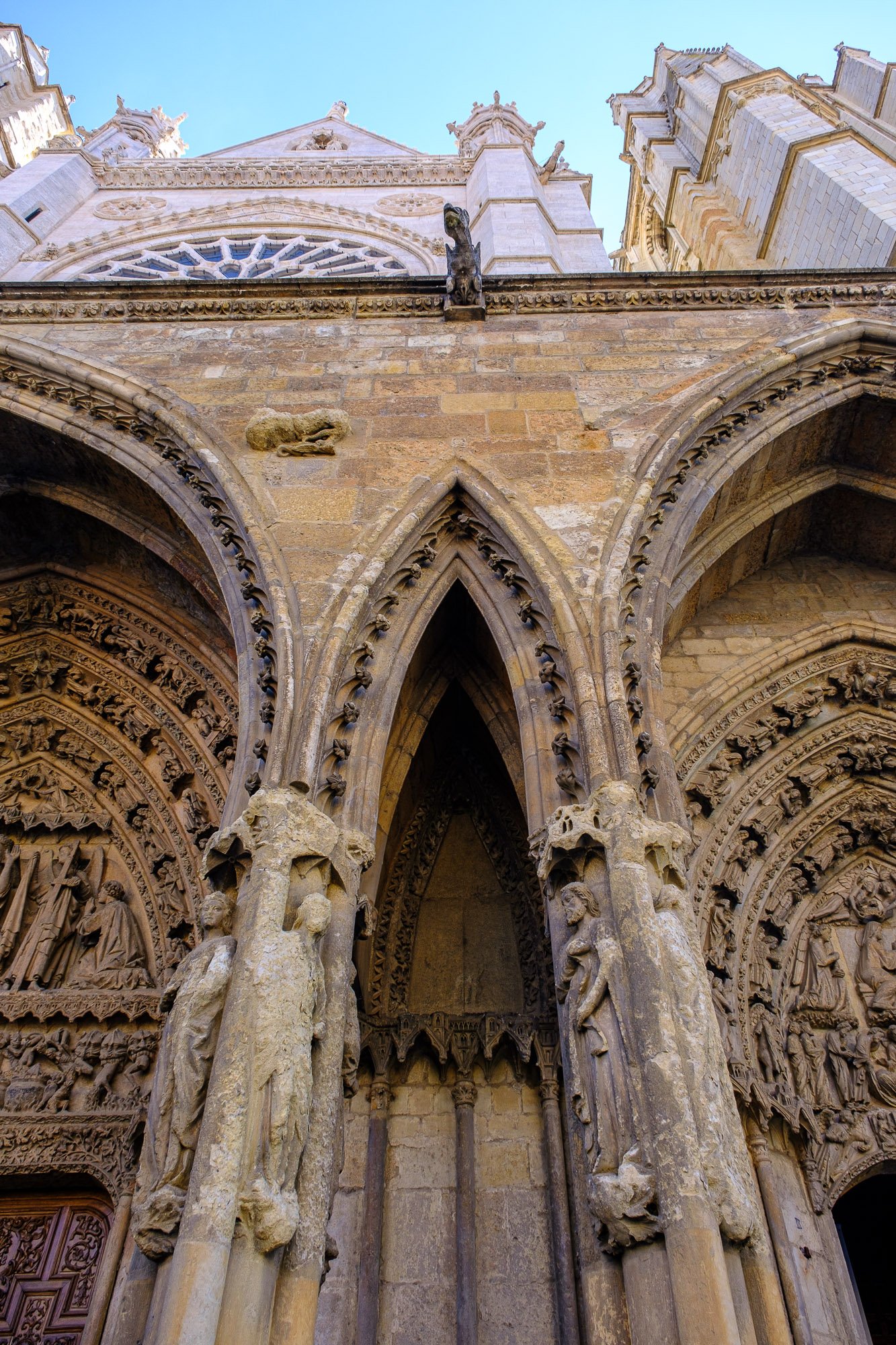
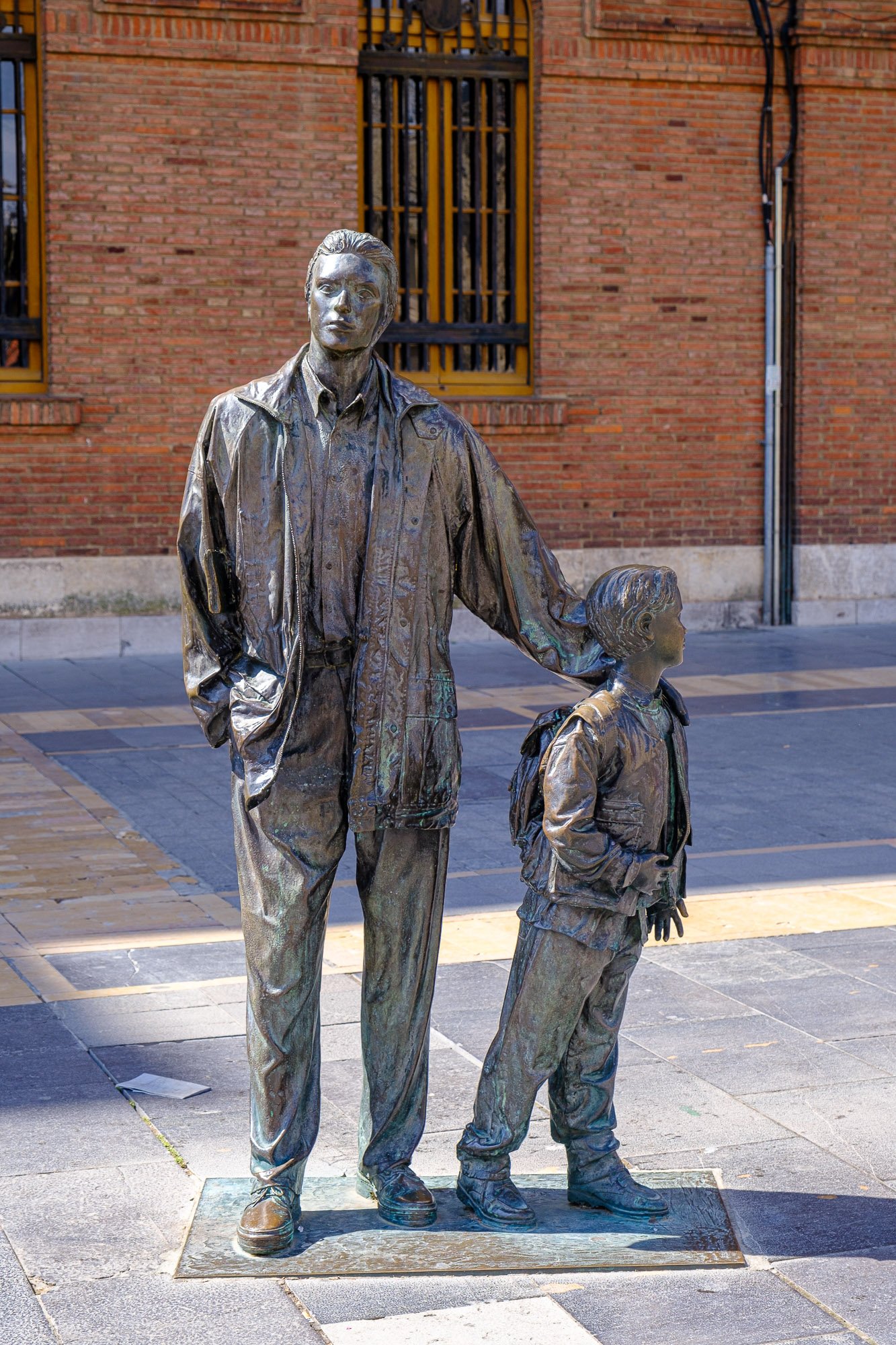
Laguardia
We drove to our next destination, Laguardia, but we took in the city of Burgos on the way for a quick look around. There was a large military event on at the Plaza Mayor, and it was a bustling and busy Sunday. We did a quick look around the city and it’s a city we would like to spend more time in. However, Laguardia was our destination. In 2018 we had visited this village, which although officially is in the Basque Country, it overlooks the vineyards and towns of La Rioja. We had previously visited here, for lunch, on our tour with Rebecca from Rioja Like a Native. The tour itself of a couple of Vineyards was amazing and it is well recommended, but it was Laguardia that stole my heart and I promised to revisit it again on another trip, which is why we came here for 3 days to sit back and relax and take this place all in. It is a walled town, set atop a hill in the middle of the valley surrounded on all sides by vineyards, with the backdrop of the Cantabrian Mountains in the background. I’ve heard it described as one of the most beautiful villages in Spain and I wouldn’t disagree.
Founded in the 10th century as a defence town for the kingdom of Navarra. It is famous for its tunnels originally built to keep the inhabitants safe during battles. Today though they are the perfect temperature for storing wine. It has narrow streets and no traffic is allowed, the main square has the town hall and a famous pendulum clock that opens and 3 figures come out to dance to a traditional song. I really enjoyed our 3 days relaxing here.

